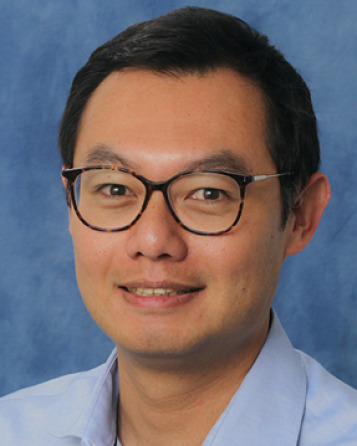Hold the Date
Colloquium: Dr. Malena Rice
×Insights from the Orbital Architectures of Planetary Systems
Dr. Malena Rice
Assistant Professor
Dept. of Astronomy
Yale University
The current configurations of planetary systems each provide a snapshot in time, encoding fossilized clues about the prevalence and diversity of systems’ evolutionary pathways. Orbital architectures, therefore, offer fundamental insights into the physical processes sculpting planetary systems at both the individual and population level. In this talk, I will describe recent advances in our understanding of the 3D orbital architectures of planetary systems, outlining both observational constraints and their theoretical implications. I will discuss how the dynamic relationship between stars, planets, and minor planets informs the underlying processes shaping diverse planetary systems, drawing from the interconnected subfields of exoplanet and solar system science.
Host: Dr. Ilaria Pascucci
LPL Colloquium: Dr. Thomas Purcell
×Creating Automated Workflows for Functional Materials Discovery
Dr. Thomas Purcell
Assistant Professor, Chemistry & Biochemistry
University of Arizona
Artificial intelligence (AI) creates models that can accelerate the discovery of functional materials. An open question is selecting the relevant materials features (descriptive parameters that characterize the material, that should be used to represent the material's function of interest, especially when there is a paucity of good-quality data. Here we present an approach that combines symbolic regression, and other regressors, with feature importance methods such as SHAP to select an optimal subset of primary features from a large pool of candidate inputs for a given dataset. We then test the approach on two different problems: thermal conductivity and electron mobility. For thermal conductivity we use a set of primary features related to different aspects of thermal conductivity and use the models plus importance metrics to learn the conditions needed for a computational funnel style workflow. We then supplement this dataset with information about the DFT calculated electronic bandstructure to learn the experimentally measured electron mobilities of 64 materials. For this example, the reduced dataset not only preserves the main signal found by SISSO, but also significantly enhances the model performance. Finally, we highlight how this approach can be used as a feature-selection criteria before learning a final model. The presented approach highlights how explainable AI techniques can not only act as a post hoc explanation generator for machine learning but also improve the training of models for smaller datasets.
Host: Dr. Mark Marley
University of Arizona Professors Develop Astronomy Curriculum Materials to Aid Visually Impaired Students
× 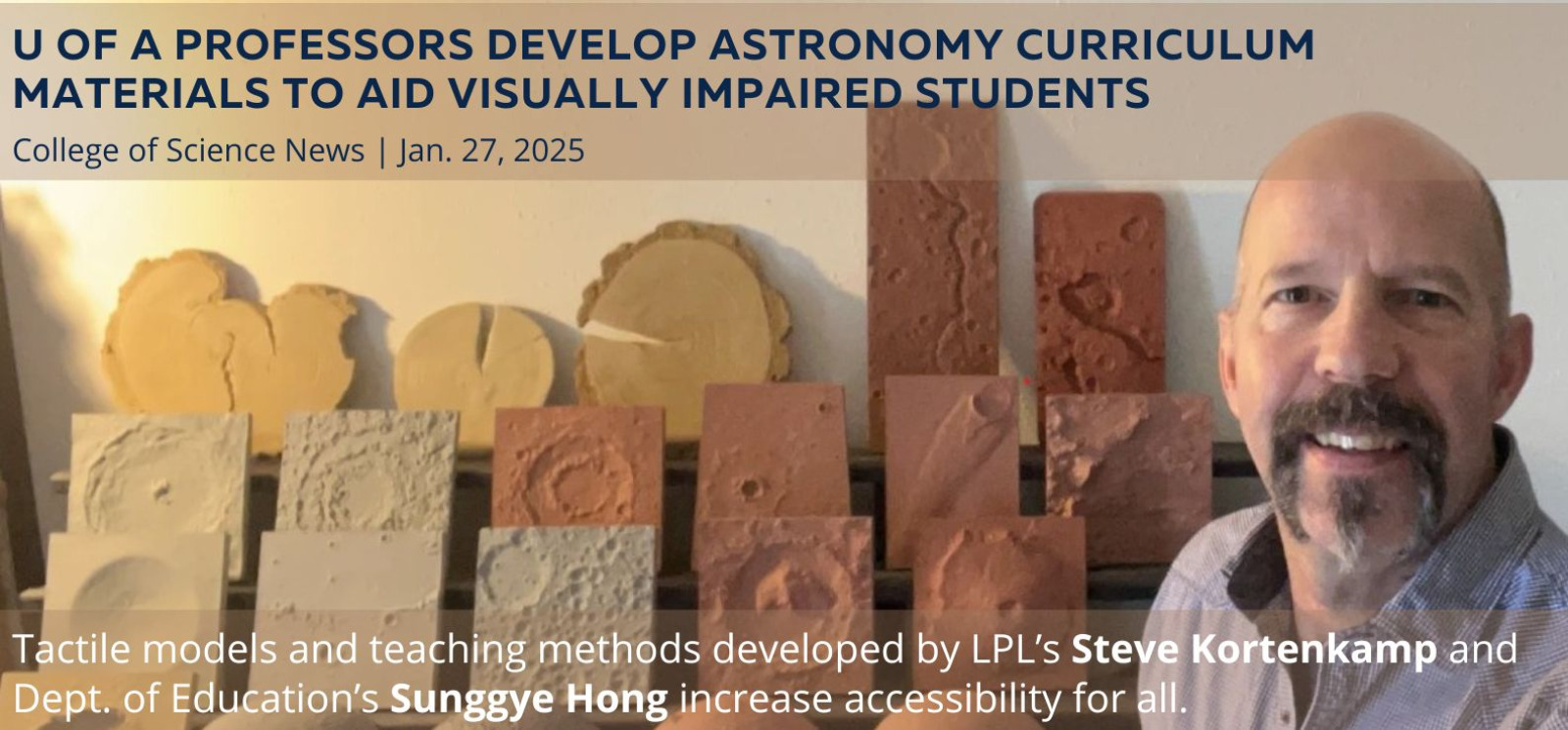
By Analeise Mayor, College of Science - January 27, 2025
University of Arizona faculty members, headed by professor Dr. Steve Kortenkamp in the Lunar and Planetary Laboratory and Dr. Sunggye Hong in the College of Education, have made groundbreaking strides to develop astronomy curriculum materials to aid visually impaired students.
Kortenkamp himself was originally a postdoc at the U of A, where he studied in the Lunar and Planetary Laboratory. His work has largely been in the realm of theoretical astronomy, or “computer simulations of gravitational interactions, asteroids, comets, and dust particles,” as Kortenkamp describes.
Over his career, Kortenkamp has excelled in both research and teaching, and he returned to the University of Arizona first as a part-time instructor, before joining the university full time in 2017.
According to Kortenkamp, he was confronted with the issues of inclusivity in STEM education early on in his teaching career.
“The first opportunity that I had to teach at the university in front of a class, one of my students was blind. And that, for me, was a big challenge.” Kortenkamp said. “There were very few resources available to sort of help in that situation.”
In order to make the course material more accessible for his student, Kortenkamp utilized audio aids and enlarged or simplified graphics with great success. Kortenkamp said the experience ultimately changed his outlook on teaching and his approach to inclusivity in the classroom.
“Each time I taught, I tried to develop some new things that I could use in that situation,” he said.
After joining the University full time, Kortenkamp crossed paths with Dr. Sunggye Hong, who shared his passion for making education accessible for all students. Hong runs the college’s program for the visually impaired and his past work has focused on braille reading, tactile communication, and STEM learning for students with visual impairments.
“I'm totally blind due to a congenital glaucoma, and as I was growing, science was a major that not many of my friends and colleagues with visual impairments could choose,” Hong said.
Hong's work has sought to address the lack of accessibility and barriers for students with disabilities in science, and create opportunities for visually impaired students to become engaged in science fields.
“I think it was 2016 where I received a Request For Proposal talking about STEM learning for students with disabilities, and I began putting the ideas together.” Hong said “That's sort of where the collaboration began.”
In 2019, with grant funding from the National Science Foundation, Kortenkamp and Hong designed a new learning curriculum, which would assist and inspire visually impaired students studying astronomy.
They brought together 33 participating students from middle and high schools across the country, all of whom had an interest in pursuing science education and STEM careers. The hope, Hong said, was to shape their experience with science and get them excited about a future in STEM fields.
According to Hong, there were two main components to the project. The first, of course, was science learning.
“It was kind of like an asynchronous online class,” Kortenkamp said. “We would send them packages in the mail, and then we would meet over zoom.”
To make the course material more accessible for the students, Hong and Kortenkamp compiled various types of tactile tools including braille, printed textile materials, and tactile graphics, as well as assistive technology equipment and audio software.
The materials also included 3D printed kits of spacecraft which had been modified or created to be easily assembled without sight.
“They could – by touching – feel a square peg and a square hole, and assemble them, and they would describe the differences that they're feeling. " Kortenkamp said. “We also had them create a little video for each segment of the curriculum where they had to teach someone else, using their models.”
In addition to the virtual curriculum, the students visited Tucson and the University of Arizona on two different trips to supplement their learning.
“We had different activities every day,” Kortenkamp said. “They were taking tours of different labs on campus and living on campus for a week.”
The second, and perhaps most important, component of the experience was mentorship. Outside of classroom learning, each of the students were also connected with two mentors, a U of A science student, and another mentor who was a professional working in a STEM field, who was also visually impaired.
“We wanted to help them understand that they could work in a field that maybe at first they didn't think they had a chance to.” Kortenkamp said. “So we paired them up with someone working in the field as an engineer, or as a scientist of some type. They would virtually shadow them to learn about what their daily life is like, and how their disability influences how they work in their job.”
According to Hong and Kortenkamp, the program had a profound impact on the students.
“The data clearly showed that the students were indeed much more closely engaged in science. The motivation was there,” Hong said. “We were able to hear from them using their own voices, and from their reactions, we could observe that they were very excited and motivated to participate in science.”
“It’s not a surprise to any of us that many of them are now at a university working their way through,” Kortenkamp echoed.
And it wasn’t just the students who benefited from the program.
“To some degree with our curriculum, we were able to educate scientists as well,” Hong said. “It's not just for visually impaired students to learn about science, it is also an opportunity for the science field to learn about the unique needs of students with visual impairments.”
Kortenkamp shared similar sentiments.
“The takeaway I have, as an astronomer, is that I would have never really thought about this kind of stuff if I hadn't encountered that first student in that first class that I was teaching,” Kortenkamp said. “It was a very eye opening experience for me, and it's interesting the way that these techniques can be used by anybody.”
Kortenkamp said the tactile models and teaching methods developed in the program can be applied in a traditional classroom environment as well, to aid all students, sighted or not. He has found that they encourage his students to engage with the course material in new ways.
“It does at least make everyone in the class aware of how it can be more inclusive,” Kortenkamp said. “I try to emphasize in class that these are also tools that can be used by students who are more tactile learners and visual learners. We could apply it not just to visual impairments, but to other kinds of learning difficulties.”
While Kortenkamp sees these successes as a step in the right direction, towards greater inclusivity in science, he said he wants to push the program even further.
“Going forward, I think it would be really nice to be able to take what we did and turn it into a University of Arizona class,” he said. “There are very few classes in the sciences that are geared towards visually impaired students, so I'd like to take what we have and modify the curriculum to make it fit into the system we have at the university. I would like to create a science class that is available for even non-science students, whether they are visually impaired or not.”
Though he said such a course might still be years in the making, Kortenkamp intends to continue using the methods and materials he developed, in his current classes, and his hope is to one day expand the work he’s done into a program that can sustain itself, “whether it's just in the state of Arizona or maybe even broader.”
College of Science News - University of Arizona Professors Develop Astronomy Curriculum Materials to Aid Visually Impaired Students
Contact Information
1629 E University Blvd. Tucson, AZ 85721-0092
Main office: 520-621-6963
| Lastname, Firstname | Office(s) | Phone | Title |
|---|---|---|---|
| Abbate, Ash | Kuiper 353 | 520-621-6943 | Undergraduate Student Employee, Teaching Teams |
| Abdelmaksoud, Ganna she/her |
Sonnet, PIRL Lab | Undergraduate Student Employee | |
| Admissions, LPL | Kuiper 321 | 520-621-6954 | |
| Agarwal, Simran | Kuiper 220/222 | 520-621-3595 | Lab User, ASPERA |
| Aguilar, Roberto | Sonett 10F | PTYS Graduate Student | |
| Akers, Kris | Sonett 209 | 520-626-5403 | Research Engineering Technician |
| Alday, Javier he/him |
Kuiper 212 | Research Engineering Mechanical Technician | |
| Alevy, Elana she/her |
Kuiper 214 | Research Technician | |
| Alley, Jonna | Kuiper 339C | 520-626-6546 | Research Development Administrator |
| Allu, Sai Gowtham he |
Kuiper 9 | Raman User | |
| Andrews-Hanna, Jeffrey | Kuiper 438 | 520-626-6528 | Professor |
| Antonic, Aleksandar | Undergraduate Astrobiology Minor | ||
| Apai, Dániel | Steward N208B | 520-621-6534 | Interim Associate Dean for Research, College of Science, Principal Investigator, Alien Earths, Professor |
| Arciniaga, Luis | Kuiper 19D | 520-621-1125 | Graduate Student Assistant, Raman Spectroscopy |
| Arnpriester, Henry | Undergraduate Astrobiology Minor, Undergraduate PTYS Minor | ||
| Arora, Rahul | Kuiper 334 | PTYS Graduate Student | |
| Asphaug, Erik | Kuiper 426, Drake 104H | 520-626-9075, 520-626-1970 | Professor |
| Atonna, Brynn | Undergraduate Astrobiology Minor | ||
| Avalos, Andrew | Kuiper 243 | Undergraduate Student Employee | |
| Avsar, Arin | Kuiper 316 | 520-621-1485 | PTYS Graduate Student |
| Ayaz, Hamad he/him |
Kuiper 450A | Undergraduate Student Employee | |
| Baijal, Namya | Kuiper 316 | 520-626-6448 | PTYS Graduate Student |
| Bailey, Hop | Sonett 208 | 520-626-0753, 520-270-0532 | Program Manager, UA Space Institute |
| Baird, Mitchell | Kuiper 531 | Undergraduate PTYS Minor, Undergraduate Student Employee | |
| Bajaj, Naman | Kuiper 324 | 520-626-6727 | PTYS Graduate Student |
| Baker, Victor | Kuiper 409B, HAR 246A | 520-405-8976 | Regents Professor |
| Ballester, Gilda | Sonett 135 | 520-621-4305, 520-743-3538 | Research Professor (Retired) |
| Bardabelias, Nicole she/her |
Sonett 212 | 520-626-3856 | Science Operations Engineer, HiRISE |
| Barman, Travis | Kuiper 436 | 520-621-6940 | Professor |
| Barnes, Jessica She/Her |
Kuiper 540 | Associate Professor | |
| Battle, Adam he/him/his |
Kuiper 245 | R&D Software Engineer, SPACE 4 Center | |
| Baugh, Nicole | Sonett 210 | 520-626-0342, 520-836-2278 | Uplink Operations Lead, HiRISE |
| Becker, Kris | Kuiper 429H | 520-626-1634 | Senior Data Analyst, OSIRIS-REx |
| Ben-Jaffel, Lotfi | Sonett 143 | 520-621-4640 | DCC Visiting Research Scientist (Ballester) |
| Benner, Maizey she/they |
Kuiper 318 | 520-626-5520 | PTYS Graduate Student |
| Bennett, Carina | Kuiper 533 | 520-626-3126 | Project Manager and Software Engineer, SAMIS |
| Bergsten, Galen | Kuiper 324 | 520-626-3814 | PTYS Graduate Student |
| Bernal, Jacob | Kuiper 216 | 520-626-3906 | DCC Postdoctoral Research Associate (Zega), NSF Postdoctoral Fellow |
| Beuden, Tracie she/her |
Kuiper 509J | 520-621-6899 | Survey Operations Specialist, Catalina Sky Survey |
| Bhat, Vinyas he/him |
Kuiper 243 | Undergraduate Student Employee | |
| Billet, Chloe | Undergraduate PTYS Minor | ||
| Blanchard, Sarina she/her |
Kuiper 220-222 | Undergraduate Student Employee | |
| Bliss, Graham he/him |
Kuiper 353 | 520-621-6943 | Undergraduate Student Employee, Teaching Teams |
| Bloch, Elias | Kuiper 19F | 520-626-6944 | Researcher/Scientist |
| Block, Kristin she/her |
Offsite, Silicon Valley | 520-626-6586, 312-772-2352 | Principal Science Operations Engineer, HiRISE |
| Bloomenthal, H. Philip he / him |
Kuiper 219 | 520-621-1864 | System Administrator |
| Blum, Denise | Kuiper 427 | 520-626-1985 | Business Manager, OSIRIS-REx |
| Bolton, Marsha | Kuiper 339C | 520-626-6550 | Grant and Contract Administrator |
| Booher, Dean | 520-626-1314 | Engineer, Mission Assurance, NEOS | |
| Boynton, William | Drake 104Q | 520-621-6941, 520-299-1147 | Professor Emeritus |
| Bray, Veronica She/Her |
Sonett 214 | 520-626-1967 | Associate Research Professor |
| Brenton, Amy | Kuiper 321 | 520-621-6954 | Academic Advisor |
| Bressi, Terrence | Kuiper 223 | 520-621-2876 | Engineer/Observer, Spacewatch |
| Briggs, Ian | Kuiper 11 | FIB-SEM User | |
| Brown, Zarah she/her |
Kuiper 239 | 520-621-2127 | Postdoctoral Research Associate |
| Brown, Robert | Professor Emeritus | ||
| Brucker, Melissa she/her |
Kuiper 217 | 520-621-1039 | Principal Investigator, Spacewatch, Research Scientist |
| Bucey, Ben | Undergraduate PTYS Minor | ||
| Byrne, Shane He/Him |
Kuiper 524 | 520-626-0407 | Professor |
| Campbell, Tanner | Kuiper 243 | 520-621-2692 | |
| Campbell, Catherine | Kuiper 9 | Raman User | |
| Campos, Fabian he/him |
Sonett 215 | Undergraduate Student Employee | |
| Cantillo, David | Kuiper 338 | 520-621-6960 | PTYS Graduate Student |
| Cantin, Chad | Kuiper 349 | 520-621-8556 | Undergraduate PTYS Minor |
| Carr, Brett he/him/his |
Kuiper 442 | Researcher/Scientist | |
| Carter, Vincent | Undergraduate Astrobiology Minor | ||
| Carter, Lynn she/her |
Kuiper 533A | 520-626-1993 | Associate Department Head, Professor, University Distinguished Scholar |
| Carvajal, Vivian she/her |
Kuiper 509J | 520-621-6899 | Survey Operations Specialist, Catalina Sky Survey |
| Castro, Daniel | Graduate PTYS Minor | ||
| Chandler, Elyssa | Undergraduate Astrobiology Minor | ||
| Chandra, Rishi | Kuiper 338 | 520-626-6509 | PTYS Graduate Student |
| Chang, Yao-Jen (Jerry) | Kuiper 19A | 520-621-2974 | Research Scientist/Assistant Staff Scientist, TEM and SEM Lab Manager |
| Chaves, Laura she/her/hers |
Kuiper 509M | Postdoctoral Research Associate | |
| Chiang, Shang-Tung | Kuiper 11 | FIB-SEM User | |
| Choi, Heejoo | Kuiper 220/222 | 520-621-3595 | Lab User, ASPERA |
| Chojnacki, Matthew | DCC Associate Research (McEwen) | ||
| Christoffersen, Michael | Research Technologist | ||
| Chung, Haeun | Kuiper 220/222 | 520-621-3595 | Lab User, ASPERA |
| Clough, Jessica | Undergraduate Astrobiology Minor | ||
| Coe, Michelle she/her |
Kuiper 349 | 520-621-8556 | Program Manager, Arizona Space Grant Consortium |
| Connolly, Harold | DCC Visiting Research Scientist (Lauretta) | ||
| Cook, Claire she/her |
Kuiper 332 | 520-621-1611 | PTYS Graduate Student |
| Cooper, Avery they/them |
Sonett | Undergraduate Student Employee, HiRISE | |
| Cooper, Chase | Undergraduate Astrobiology Minor | ||
| Cooper, Chase he/him/his |
Kuiper 417 | Undergraduate Student Employee | |
| Corliss, Jason | Kuiper 229 | 520-621-6956 | Research Scientist/Senior Staff Scientist |
| Cornish, Eleanor | Kuiper 417 | Space Grant Intern, Undergraduate Astrobiology Minor | |
| Costello, Katherine | Undergraduate Astrobiology Minor | ||
| Cox, Olivia | Undergraduate Astrobiology Minor | ||
| Crossley, Samuel he/him |
Kuiper 249 | 520-621-8259 | Researcher/Scientist |
| d'Aubigny, Christian | Drake 113 | 520-621-4076 | DCC Deputy Instrument Scientist, OCAMS (Byrne) |
| Daluisio, Franco | Kuiper 11 | FIB-SEM User | |
| Daniel, Michael | Sonett 10C | PTYS Graduate Student | |
| Danley, Matt | Kuiper 11 | FIB-SEM User | |
| Das, Heerok | Kuiper 229 | Undergraduate Space Grant Intern | |
| Davidson, Glinda | Kuiper 345 | 520-621-4155 | Manager, Grants-Contracts |
| De La Torre, Mateo | Undergraduate Astrobiology Minor | ||
| De Silva, Parami | Undergraduate Astrobiology Minor | ||
| Dean, David | Kuiper 542 | 520-626-2712 | Systems Programmer, Principal |
| DellaGiustina, Dani Mendoza she/her |
Kuiper 526 | 520-626-3493 | Assistant Professor, Deputy Principal Investigator, OSIRIS-REx, Principal Investigator, OSIRIS-APEX |
| Deng, Dingshan | Kuiper 334 | 520-626-5641 | PTYS Graduate Student |
| Dickenshied, Scott | DCC Visiting Research Assistant (Nolan) | ||
| Dickinson, Cameron | DCC Visiting Scientist (Nolan) | ||
| DiPasquale, Paul | Kuiper 9 | Raman User | |
| Domanik, Kenneth | Kuiper 023 | 520-621-2959 | Manager, Electron Microprobe Lab |
| Doose, Lyn he/him |
520-885-2516 | Senior Research Associate (Retired) | |
| Drimalas, Manolis he/him/his |
Kuiper 509E | UA Employee, Non-LPL | |
| Duhamel, Solange | Life Sciences 354 | 520-621-6057 | Associate Professor |
| Dull, Andrew | Undergraduate Astrobiology Minor | ||
| Edmeades, David he/him |
Sonett 102C | 520-621-2197 | Systems Administrator, PIRL/HiRISE |
| Edmundson, Kenneth | DCC Associate Research (Lauretta) | ||
| Edwards, Hannah | Kuiper 353 | 520-621-3991 | Instructional Specialist Coordinator |
| Elalaoui-Pinedo, Dora | Sonett 207 | Undergraduate Astrobiology Minor, Undergraduate Space Grant Intern | |
| Elliott, Emma | Kuiper 450A | Undergraduate Student Employee | |
| Espinoza, Ari | Sonett 101 | 520-626-7432, 520-818-4933 | Outreach Coordinator, HiRISE |
| Fay, Don | Kuiper 509F | 520-621-7210 | R&D Systems Engineer, Catalina Sky Survey |
| Fazekas, Jacqueline | Kuiper 509J | 520-621-6899 | Research Technologist, Catalina Sky Survey |
| Feller, Sophia | Kuiper 243 | Research Technologist, Space 4 Center | |
| Fennema, Audrie | Sonett 213 | 520-626-0756 | Engineer, Satellite Payload Operations, HiRISE |
| Fennema, Gregory | Sonett 102A | 520-626-5435 | Research Technician |
| Ferro, Tony | Kuiper 429C, Drake 107F | System Administrator, OSIRIS-REx/SPOC | |
| Figueroa, Kari | Kuiper 339B | 520-626-9007 | Accountant, Senior |
| Fine, Kenny | Sonett 106 | 520-621-8284 | Senior Systems Administrator, PIRL/HiRISE |
| Fink, Uwe | Sonett 102D | 520-621-2736, 520-795-0155 | Professor Emeritus |
| Fitzgibbon, Michael | Kuiper 523B | 520-626-1789 | Software Engineer, Lead Calibration & Validation, OSIRIS-REx |
| Fleisher, Noah | Undergraduate Astrobiology Minor | ||
| Foka, Sosthene | Kuiper 534 | 520-626-5490 | Database Administrator, OSIRIS-REx |
| Foote, Searra she/her |
Kuiper 316 | 520-626-6145 | PTYS Graduate Student |
| Fraschetti, Federico | DCC Research Scientist (Giacalone) | ||
| Fulford, Ruby She/Her |
Kuiper 201 | PTYS Graduate Student | |
| Fuls, Carson | Kuiper 501A | 520-621-3800 | Director, Catalina Sky Survey, PTYS Graduate Student |
| Gallegos, Cesar | Kuiper 519C | Undergraduate Student Employee, OSIRIS-REx | |
| Garcia, Elijah | Kuiper 220 | 520-621-3595 | Laboratory Coordinator |
| Garcia, Rose | Kuiper 429D | R&D Engineer Scientist, OSIRIS-REx | |
| Gardner, Andrew he/him/él |
Offsite | 520-626-5496 | Systems Programmer, Principal |
| Giacalone, Joe | Kuiper 411 | 520-626-8365 | Professor |
| Giampapa, Mark | 520-621-2288 | DCC Visiting Research Scholar (Giacalone) | |
| Gibbs, Alex | Kuiper 511 | 520-621-6899 | Principal Engineer, Catalina Sky Survey |
| Godinez, Grace she/her |
Kuiper 243 | Undergraduate Student Employee | |
| Golish, Dathon he/him |
Kuiper 429E, Drake 104J | 520-626-6749 | Mission Instrument and Observation Scientist |
| Gonglewski, Kiki | Kuiper 351 | PTYS Graduate Student | |
| Goodwin, Alfred | Sonett 161 | 520-626-5368 | Manager, GUSTO Quality Assurance |
| Gosiak, Rori she/her |
Kuiper 353 | 520-621-6943 | Undergraduate Student Employee, Teaching Teams |
| Gowman, Gabriel | Kuiper 320 | PTYS Graduate Student | |
| Grauer, Albert | Kuiper 501B | 520-621-4497 | Technical Expert, Catalina Sky Survey |
| Greenberg, Richard | Professor Emeritus | ||
| Griffith, Caitlin | Kuiper 525 | 520-621-6243 | Professor Emeritus |
| Grijalva, Cathy Marie | Kuiper 323 | 520-621-4954 | Building Manager, Kuiper Space Sciences, Executive Assistant |
| Gröller, Hannes | Kuiper 509J | 520-621-6899 | Research Scientist/Assistant Staff Scientist |
| Guerra De Lima, Eneida | Kuiper 347 | 520-621-5462 | IT Architecture Manager |
| Guerrieri, Mary | Kuiper 317 | 520-621-2828 | Manager, Academic Affairs |
| Gulick, Virginia she/her |
Kuiper 542 | 520-626-2712 | Research Professor |
| Gutierrez, Isabel | Undergraduate Astrobiology Minor | ||
| Hadland, Nathan He/Him |
Sonett 10A | 520-626-5381 | PTYS Graduate Student |
| Haenecour, Pierre he/him |
Kuiper 530 | 520-621-6708 | Assistant Professor |
| Hamara, David | Kuiper 516 | 520-626-6729 | Lead Engineer, Gamma Ray Spectrometer Electronics |
| Hamden, Erika | Kuiper 220/222 | 520-621-3595 | Lab User, ASPERA |
| Hamilton, Christopher | Kuiper 430 | 520-626-6254, 301-305-3818 | Associate Professor |
| Hammond, Damian | Kuiper 528 | 520-626-5541 | Software Engineer, OSIRIS-REx Telemetry Processing |
| Hansen, Korbin | Undergraduate PTYS Minor | ||
| Hansen-Koharcheck, Candice | DCC Associate Research (McEwen) | ||
| Hanson, Kelsey she/her |
Kuiper 9 | Raman User | |
| Hardesty, Joanna | Kuiper 351 | PTYS Graduate Student | |
| Harris, Walter | Kuiper 221 | 520-626-6416, 530-574-4377 | Professor |
| Harshman, Karl | Kuiper 518 | 520-626-7469, | Manager, OSIRIS-REx/SPOC |
| Harvey, Jack | DCC Visiting Research Scholar (Giacalone) | ||
| Henley, Shae she/her |
Kuiper 220, Kuiper 423 | Graduate Student, Other, Space Grant Intern | |
| Heyd, Rod | Sonett 102B | 520-626-0764 | Project Manager, HiRISE |
| Hickcox, Samuel | Sonett 102A | 520-626-5459 | Research Technician |
| Hill, Dolores | Kuiper 523D | 520-621-6106 | Research Specialist, Senior |
| Hill, CeeCee | Kuiper 528 | 520-626-5541 | R&D Software Engineer, OSIRIS-APEX |
| Himes, Ciara | Undergraduate Astrobiology Minor | ||
| Hogan, Joshua | Kuiper 509J | 520-621-6899 | Research Technologist, Catalina Sky Survey |
| Holberg, Jay | Sonett 164 | 520-621-4571 | Senior Research Scientist (Retired) |
| Hollings, Carter he/him |
Undergraduate Student Employee | ||
| Holt, Jack | Kuiper 432 | Professor, EDO Director | |
| Hon, Orion | Kuiper 326 | 520-626-6512 | PTYS Graduate Student |
| Hood, Lon | Kuiper 509B | 520-621-6936 | Research Professor |
| Hoover, Devin | Kuiper 338 | PTYS Graduate Student | |
| Hopkins, Rachel | Kuiper 339A | 520-621-6967 | Accountant |
| Howell, Ellen | Drake 115, Kuiper 218 | 520-626-2880, 520-621-1854 | Research Professor |
| Huang, Rowan she/her |
Kuiper 326 | 520-621-1594 | PTYS Graduate Student |
| Hubbard, William | Sonett 102B | 520-621-6942 | Professor Emeritus |
| Huerta, Ruben | Undergraduate Astrobiology Minor | ||
| Hunt, Cameron | Undergraduate Astrobiology Minor | ||
| Huseby, Lori | Kuiper 316 | 520-626-6159 | PTYS Graduate Student |
| Inlow, Victoria | Undergraduate Astrobiology Minor | ||
| Ishimaru, Kana | Kuiper 332 | 520-626-5530 | PTYS Graduate Student |
| Jacobo Bojorquez, Rocio she/her |
Sonett 10A | PTYS Graduate Student | |
| Jacobs, Julie | Kuiper 409 | 520-621-2870 | LPL Librarian |
| Jesina, Ellen | Undergraduate PTYS Minor | ||
| Joseph, Emily | Research Specialist | ||
| Joyce, Thomas | Kuiper 243/245 | 520-621-2692 | Undergraduate Student Employee |
| Kantarges, Joshua he/him/his |
Kuiper 528 | 520-626-6182 | SAMIS Software Engineer, OSIRIS-REx |
| Karkoschka, Erich | Kuiper 215 | 520-621-3994 | Research Scientist/Senior Staff Scientist |
| Kelly, Adriana | Kuiper 339A | 520-621-4497 | Manager, Personnel Services and Business Affairs |
| Kerrison, Nicole she/they |
Kuiper 318 | PTYS Graduate Student | |
| Kestay, Laszlo | DCC Associate Research (McEwen) | ||
| Khan, Aafaque | Kuiper 220/222 | 520-621-3595 | Lab User, ASPERA |
| Kim, Euibin | Kuiper 351 | PTYS Graduate Student | |
| Kircher, Jalyn | Undergraduate Astrobiology Minor | ||
| Kizans, Isabelle | Undergraduate Astrobiology Minor | ||
| Klawender, Veronica | Undergraduate Astrobiology Minor | ||
| Klein, Kristopher | Kuiper 431 | 520-621-2806 | Associate Professor |
| Klishina, Polina | Undergraduate Astrobiology Minor | ||
| Kmiec, Dylan | Undergraduate Astrobiology Minor | ||
| Knox, Oddisey | Kuiper 509L | Research Data Support Specialist | |
| Kohn, Beckett | Undergraduate PTYS Minor | ||
| Komanapalli, Zachary | Kuiper 429 | Research Technician, OSIRIS-APEX | |
| Konieczki, Adam | Undergraduate Astrobiology Minor, Undergraduate PTYS Minor | ||
| Kontogiannis, Melissa she/her |
Kuiper 201 | PTYS Graduate Student | |
| Kortenkamp, Steve | Kuiper 353 | 520-621-6943 | Professor of Practice |
| Koskinen, Tommi | Kuiper 421 | 520-621-6939 | Associate Department Head, Associate Professor |
| Kota, Jozsef | Kuiper 419 | 520-621-4396 | Senior Research Scientist (Retired) |
| Kowalski, Richard | Kuiper 509J | 520-621-6899 | Research Specialist, Senior, Catalina Sky Survey |
| Kropatsch, Mackenna | Undergraduate PTYS Minor | ||
| Kubendran Sumathi, Mruthyunjay | Graduate Astrobiology Minor | ||
| Kuo, Genevieve | Graduate Student, Other | ||
| Lagnado, Matan he/him |
Kuiper 426 | Undergraduate Student Employee | |
| Lane, Lynn | Kuiper 343 | 520-621-6966 | Department Administrator |
| Lane-Gaxiola, Sarah | Kuiper 339B | 520-626-5677 | Program Coordinator, Senior |
| Langbert, Chaucer they/them |
Kuiper 201 | PTYS Graduate Student | |
| Larochelle, Sadie | Undergraduate Astrobiology Minor, Undergraduate PTYS Minor | ||
| Larsen, Jeffrey | Kuiper 223 | 520-621-2902 | Technical Expert, Spacewatch |
| Larson, Linae | Kuiper 450 | Undergraduate Astrobiology Minor, Undergraduate PTYS Minor, Undergraduate Space Grant Intern | |
| Larson, Steve | Kuiper 521 | 520-621-4973 | Research Scientist/Senior Staff Scientist |
| Lauretta, Dante | Kuiper 536 | Director, Arizona Astrobiology Center, Principal Investigator, OSIRIS-REx, Regents Professor | |
| Lawrie, Brett | Research Engineering Instrument Maker | ||
| Lebofsky, Larry | Senior Research Scientist (Retired) | ||
| Ledford, Scott | Graduate Astrobiology Minor | ||
| Lee, Derek | Kuiper 508 | Undergraduate Student Employee, OSIRIS-REx | |
| Lehnert, Kerstin | DCC Research Associate (Lauretta) | ||
| Leibacher, John | Kuiper 235B | 520-243-3687 | DCC Visiting Research Scholar (Giacalone) |
| Leis, Richard | Sonett 209 | 520-626-6561 | Staff Technician, Senior, HiRISE |
| Lejoly, Cassandra She/Her/Hers |
Kuiper 213 | 520-621-2824 | Research Scientist/Observer, Spacewatch |
| Leonard, Gregory | Kuiper 509J | 520-621-6899 | Research Specialist, Senior, Catalina Sky Survey |
| Lersch, Rebecca | Kuiper 243/245 | 520-621-2692 | Undergraduate Student Employee |
| Lewis, John | Professor Emeritus | ||
| Li, Yanan | Kuiper 11 | FIB-SEM User | |
| Li, Jessica | Kuiper 220/222 | 520-621-3595 | Lab User, ASPERA |
| Lockwood, Samantha | Undergraduate Astrobiology Minor | ||
| Long, Feng | Kuiper 425 | 520-626-0367 | Postdoctoral Research Associate, Sagan Fellow |
| Lucas, Pierre | Kuiper 11 | FIB-SEM User | |
| Maciel, Ricardo | Kuiper 210 | Researcher/Scientist | |
| Mack, John | Kuiper 11 | FIB-SEM User | |
| Madej, Calista | Undergraduate Astrobiology Minor | ||
| Madiraju, Aditya | Undergraduate Astrobiology Minor | ||
| Malhotra, Renu | Kuiper 515 | Louise Foucar Marshall Science Research Professor, Regents Professor | |
| Manepalli, Nandini | Undergraduate Astrobiology Minor | ||
| Manga, Venkateswara Rao | Kuiper 509C | 520-626-7042 | Assistant Research Professor (MSE) |
| Manu, Tinius | Undergraduate Astrobiology Minor | ||
| Marchinek, Hayden | Kuiper 229 | Undergraduate Space Grant Intern | |
| Marley, Mark S. he/him/his |
Kuiper 323 | 520-621-8623 | Director, Department Head, Professor |
| Marshall, Rochelle | Kuiper 339 | 520-621-0326 | Administrative Associate |
| Martin, McKinley | Undergraduate Astrobiology Minor | ||
| Martinez, Berenice she/her |
Kuiper 339 | 520-621-4676 | Administrative Assistant |
| Martinez Castillo, Jasmine | Kuiper 212 | Undergraduate Space Grant Intern | |
| Martinović, Mihailo | Kuiper 413 | 520-626-9810 | Researcher/Scientist |
| Marusiak, Angela | Kuiper 401 | 520-626-5507 | Assistant Research Professor |
| Mastaler, Ronald | Kuiper 223 | 520-626-6988 | Observer, Spacewatch |
| Matheson, Iggy | Graduate PTYS Minor | ||
| Matsuyama, Isamu | Kuiper 527A | 520-621-4002 | Professor |
| Mattison, Kane | Kuiper 220/222 | Undergraduate Student Employee | |
| McArthur, Guy | Sonett 102H | 520-626-0765 | Data Applications Developer, HiRISE |
| McBride, Vrinda | Kuiper 243 | Undergraduate Astrobiology Minor, Undergraduate Student Employee | |
| McCray, Aaron | Kuiper 509B | Undergraduate Space Grant Intern | |
| McEwen, Alfred | Sonett 204 | 520-621-4573 | Regents Professor |
| McFadden, Kiana | Kuiper 322 | 520-626-6160 | PTYS Graduate Student |
| McKenna, Thea | Kuiper 351 | PTYS Graduate Student | |
| Mcmahon, Thomas | Kuiper 220/222 | 520-621-3595 | Lab User, ASPERA |
| McMillan, Robert (Bob) | Kuiper 225 | 520-621-6968 | Research Professor (Retired) |
| Media/Outreach, LPL | Kuiper 317 | 520-621-2828 | |
| Medina, Fabian | Kuiper 11 | FIB-SEM User | |
| Melikyan, Robert | Kuiper 320 | 520-626-5876 | PTYS Graduate Student |
| Melso, Nicole | Kuiper 220/222 | 520-621-3595 | Lab User, ASPERA |
| Mewhirter, Lindsay | Undergraduate Astrobiology Minor | ||
| Meyer, Cole he/him/his |
Kuiper 351 | PTYS Graduate Student | |
| Michael, Emma | Undergraduate Astrobiology Minor | ||
| Miranda, Miren they/he |
Kuiper 243 | Undergraduate Student Employee | |
| Molaro, Jamie | DCC Visiting Scientist (Nolan) | ||
| Montano, Megan | Kuiper 429 | Research Technician, OSIRIS-APEX | |
| Moradi, Ashraf | Kuiper 409A | Postdoctoral Research Associate | |
| Moruzzi, Samantha | Kuiper 320 | 520-626-5479 | PTYS Graduate Student |
| Muralidharan, Krishna | Mines 125E | 520-626-8997 | Professor |
| Myers, Samuel he/him |
Kuiper 334 | 520-621-1632 | PTYS Graduate Student |
| Nagle, Peyton | Kuiper 243 | Undergraduate Student Employee | |
| Nasreldine, Sam | Graduate Astrobiology Minor | ||
| Neish, Catherine | DCC Associate Research (Hamilton) | ||
| Nerozzi, Stefano he/him/his |
Sonett 25 | Assistant Research Professor | |
| Neugebauer, Marcia | 520-647-3833 | DCC Visiting Research Scientist (Giacalone) | |
| Nguyen, Fuda he/they |
Kuiper 322 | 520-621-1485 | PTYS Graduate Student |
| Nielsen, Sarah | Undergraduate Astrobiology Minor, Undergraduate PTYS Minor, Undergraduate Student Employee, OSIRIS-REx | ||
| Nikhade, Ishani | Undergraduate Astrobiology Minor | ||
| Nolan, Michael | Kuiper 429B | 520-626-1978 | Deputy Principal Investigator, OSIRIS-APEX, Research Professor |
| O'Brien, Patrick | Kuiper 523C | DCC Research Associate | |
| O'Connell, James | Sonett 25 | 520-626-9487 | Undergraduate Student Employee |
| Okubo, Chris | 520-626-1458 | DCC Visiting Scholar (McEwen) | |
| Olup, Sophia | Undergraduate Astrobiology Minor | ||
| Ong, Iunn | Kuiper 241 | PTYS Graduate Student | |
| Orosco, Bertha she/her |
Kuiper 325 | 520-626-6713 | Administrative Associate |
| Oved, Jesse he/him |
Kuiper 450A | Undergraduate Student Employee | |
| Papendick, Singleton | Sonett 218 | 520-626-6715 | Science Operations Engineer, HiRISE |
| Pascucci, Ilaria | Kuiper 532 | 520-626-5373 | Professor |
| Paton, Henry he/him/his |
Kuiper 231 | Undergraduate Student Employee | |
| Pearson, Neil | Kuiper 243/245 | 520-626-5610 | DCC Lab Manager (Reddy) |
| Pedroza, Francisco | Kuiper 339 | 520-621-6967 | Undergraduate Student Employee |
| Pelletier, Jon | Gould-Simpson 360 | 520-621-2126 | Professor |
| Perry, Jason | Sonett 119H | 520-621-2498 | Staff Technician, HiRISE |
| Petersen, Scott he/him |
Kuiper 231 | Undergraduate Student Employee | |
| Philbrick, Jeremy | Kuiper 9 | Raman User | |
| Phillips, Michael | Kuiper 450 | Researcher/Scientist | |
| Plassmann, Joe | Sonett 205 | 520-621-6946 | Computing Systems Manager, PIRL/HiRISE |
| Polit, Anjani she/her |
Kuiper 429F | 520-626-1138 | Deputy Principal Investigator, OSIRIS-APEX |
| Prince, Beau he/him |
Kuiper 318 | 520-626-5464 | PTYS Graduate Student |
| Quintero, Cuauhtemoc | Kuiper 323 | Undergraduate Student Employee | |
| Qureshi, Ahmad he/him/his |
Space Grant Intern | ||
| Rajeev, Srishti | Undergraduate Astrobiology Minor | ||
| Ralph, Imani | Undergraduate Astrobiology Minor | ||
| Ramirez, Gisselle | Undergraduate Astrobiology Minor | ||
| Ranjan, Sukrit he/him |
Kuiper 428 | 520-626-5874 | Assistant Professor |
| Rankin, David | Kuiper 509J | 520-621-6899 | R&D Operations Engineer, Catalina Sky Survey |
| Ravi, Rajat | Graduate Astrobiology Minor | ||
| Read, Michael | Kuiper 211 | 520-621-2876 | Chief Engineer/Observer, Spacewatch |
| Reddy, Vishnu | Kuiper 233 | 1-808-342-8932, 520-621-6969 | Professor |
| Reese, Tyler | Kuiper 351 | PTYS Graduate Student | |
| Register, Ashley she/her |
Kuiper 353 | 520-621-6943 | Teaching Teams Intern |
| Reyes, Kira | Undergraduate PTYS Minor | ||
| Rieke, George | Steward 272 | 520-621-2832 | Regents Professor |
| Rinaldi, Stephanie | Kuiper 9 | Raman User | |
| Rizk, Bashar | Kuiper 429G | 520-621-1160, 520-240-5988 | Research Scientist/Senior Staff Scientist, OSIRIS-REx/OCAMS |
| Robinson, Tyler he/him/his |
Kuiper 417 | 520-626-6077 | Associate Professor |
| Robinthal, Lily she/her |
Kuiper 326 | PTYS Graduate Student | |
| Robison, Sue | Sonett 107 | Business Manager, Senior, HiRISE | |
| Robison, Marcela she/her |
Kuiper 339C | 520-621-4505 | Grant and Contract Administrator |
| Roper, Heather | Drake 104E | 520-626-1970 | Media Specialist, Senior |
| Roy, Arkadeep | Graduate PTYS Minor | ||
| Russell, Joellen | Gould-Simpson 309 | 520-626-2194 | Department Head, Geosciences, University Distinguished Professor |
| Ryan, Andrew he/him |
Kuiper 519D | 520-626-6966 | Researcher/Scientist, OSIRIS-REx |
| Saedi-Marghmaleki, Isaac | Sonett 10B | R&D Engineer (Bray) | |
| Salazar, Savannah she/her/hers |
Kuiper 519E | 520-621-2343 | Administrative Associate |
| Saltzman, Tisha | Sonett 163 | 520-621-2065 | Manager, Business-Finance, GUSTO, Manager, Business-Finance, NEO Surveyor |
| Sanchez, Juan | Kuiper 243 | 520-621-2692 | Visiting Scientist |
| Sandel, Bill | Sonett 145 | 520-621-4073 | Senior Research Scientist (Retired) |
| Santra, Pratik | Graduate PTYS Minor | ||
| Schaller, Christian | Sonett 102E | 520-626-0767 | Spacecraft Operations Software Engineer, HiRISE |
| Scheidt, Stephen | DCC Associate Staff Scientist (Hamilton) | ||
| Schools, Joseph | Kuiper 237 | 520-626-3806 | Researcher/Scientist |
| Schwartz, Stephen | DCC Associate Staff Scientist (Asphaug) | ||
| Scotti, James | Kuiper 209 | 520-621-2717, 520-578-8739 | Observer, Spacewatch |
| Seaman, Robert | Kuiper 517 | 520-621-4077 | Data Engineer, Senior, Data Engineer, Senior, Catalina Sky Survey |
| Shah, Manav Kamlesh | TEM User | ||
| Shankarappa, Niranjana | Kuiper 423 | 520-626-6589 | Graduate PTYS Minor |
| Shanks, Jeremy | Undergraduate Astrobiology Minor | ||
| Sharma, Kunal he/him/his |
Kuiper 11 | FIB-SEM User | |
| Shea, Peter | Undergraduate Astrobiology Minor | ||
| Sheeley, Neil | Kuiper 423 | 520-626-5065 | DCC Visiting Research Scientist (Giacalone) |
| Shelly, Frank | Kuiper 501B | 520-621-6899 | Senior Systems Programmer, Catalina Sky Survey |
| Siegler, Matthew | DCC Associate Research (Marley) | ||
| Sing, David | DCC Visiting Associate Professor (Marley) | ||
| Singh, Christina she/her |
Kuiper 351 | PTYS Graduate Student | |
| Smith, Kayla | Kuiper 351 | PTYS Graduate Student | |
| Smith, Peter | Professor Emeritus | ||
| Smith, Lucas | Kuiper 235A | PTYS Graduate Student | |
| Smith, Cade he/him |
Kuiper 531 | Undergraduate Space Grant Intern | |
| Smith, Savannah | Kuiper 519D | Undergraduate Space Grant Intern | |
| Sorich, Aviana | Kuiper 9 | Raman User | |
| Sosa, Joshua He/Him |
520-621-0290 | Web Developer | |
| Soto Robles, Paulina she/her |
Kuiper 436 | Research Data Support Specialist | |
| Spitale, Joseph | Instructional Specialist | ||
| Spring, Isaiah | Graduate PTYS Minor | ||
| Spurling, Reed | Undergraduate PTYS Minor | ||
| Stephenson, Peter | Kuiper 239 | 520-621-2127 | Postdoctoral Research Associate |
| Strom, Robert | Professor Emeritus | ||
| Sutton, Sarah she/her |
Sonett 207 | 520-626-0759 | Photogrammetry Program Lead, HiRISE, Researcher/Scientist |
| Swindle, Timothy | Kuiper 422 | 520-621-4128 | Professor Emeritus |
| Systems, LPL | Kuiper 444 | 520-621-5462 | |
| Tanquary, Hannah | Kuiper 220/222 | 520-621-3595 | Lab User, ASPERA |
| Taylor, Anna She/Her |
Kuiper 201 | PTYS Graduate Student | |
| Tennyson, Abigail | Undergraduate PTYS Minor | ||
| Tomasko, Martin | Research Professor (Retired) | ||
| Troike, RC | Kuiper 339, Kuiper 347 | Undergraduate Student Employee | |
| Truong, Daniel | Kuiper 220 | 520-621-3595 | R&D Engineer/Scientist |
| Tubbiolo, Andrew | Kuiper 211 | 520-621-2876 | Engineer/Observer, Spacewatch |
| Tucker, Wesley | Kuiper 440 | Postdoctoral Research Associate | |
| Tuohy, Madison | Kuiper 201 | Graduate Student, Other | |
| Tushar, Arif | Undergraduate PTYS Minor | ||
| Uppnor, Sumedha | Kuiper 220/222 | 520-621-3595 | Lab User, ASPERA |
| Valentine, Chase | Undergraduate Astrobiology Minor | ||
| van Asselt, Madalyn | Undergraduate Astrobiology Minor | ||
| Van Auken, Robin | Kuiper 351 | PTYS Graduate Student | |
| Vance, Leonard | Graduate PTYS Minor | ||
| Vargas, Carlos | Kuiper 220/222 | 520-621-3595 | Lab User, ASPERA |
| Varnam, Matthew | DCC Research Associate (Hamilton) | ||
| Vega Santiago, Nathalia | Kuiper 201 | PTYS Graduate Student | |
| Verts, Bill | Kuiper 220/222 | 520-621-3595 | Lab User, ASPERA |
| Vider, Jacob | Kuiper 220/222 | 520-621-3595 | Lab User, ASPERA |
| Voigt, Joana | DCC Research Associate (Hamilton) | ||
| Von Ahn, Sophie | Undergraduate Astrobiology Minor | ||
| Wang, Jingyu | Kuiper 322 | PTYS Graduate Student | |
| Webmaster, LPL | 520-621-2828 | ||
| Wehbi, Sawsan | Graduate Astrobiology Minor | ||
| Wells, Mathew | Kuiper 519C | 520-626-9098 | Administrative Associate |
| Westermann, Mathilde | Kuiper 534 | 520-621-4382 | Lead GIS Development Engineer, OSIRIS-REx |
| Wheeler, Andrew | Graduate Astrobiology Minor | ||
| Wierzchos, Kacper | Kuiper 509J | 520-621-6899 | Research Specialist, Senior, Catalina Sky Survey |
| Williams, Michael | Lead Engineer, Spaceflight | ||
| Wilmarth, Lindsay she/her |
Undergraduate Student Employee | ||
| Wilson, Garret | Undergraduate Astrobiology Minor | ||
| Windsor, James He/Him/His |
Postdoctoral Research Associate | ||
| Wolner, Catherine she/they |
Kuiper 519B | 520-621-6095 | Editor, OSIRIS-REx |
| Wondrak, Philip | Kuiper 9 | Raman User | |
| Woodney, Laura | DCC Visiting Professor (Harris) | ||
| Wray, James | DCC Associate Research (McEwen) | ||
| Wu, Bo-Han | TEM User | ||
| Xie, Chengyan | Kuiper 324 | 520-626-3814 | PTYS Graduate Student |
| Ye, Piaoran | Kuiper 9 | Raman User | |
| Yelle, Roger | Kuiper 525 | 520-621-6243, 520-320-0386 | Professor |
| Yescas, Naomi She/Her |
Kuiper 220, Kuiper 423 | 520-626-6626 | R&D Electrical Engineer |
| Youdin, Andrew | Steward Obs N418 | 520-626-4731 | Professor |
| Yusufoglu, Muhammed | Kuiper 9 | Raman User | |
| Zega, Tom | Kuiper 522 | 520-626-1356 | Professor |
| Zeszut, Zoe | Kuiper 19D | 520-621-5944 | Researcher/Scientist |
| Zhang, Liang | Kuiper 11 | FIB-SEM User |
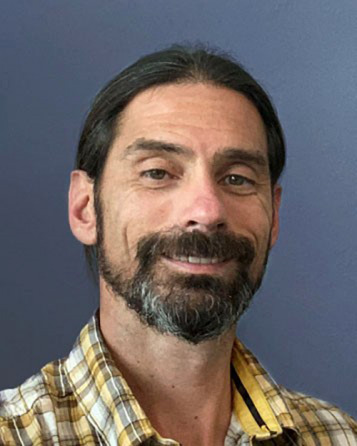
PTYS/LPL Faculty
×
Kuiper 438
Jeffrey Andrews-Hanna
Professor
Lunar Studies, Planetary Geophysics, Planetary Surfaces, Titan & Outer Solar System
My research focuses on understanding the processes acting on the surfaces and interiors of the solid-surface planets and moons in our solar system. I am interested in geodynamic, tectonic, magmatic, hydrologic, and climatic processes, at scales ranging from local to global. To this end, I combine the analysis of gravity, topography, and other remote sensing datasets with numerical modeling. Current research interests include terrestrial planet tectonics, volcanism, impact basins, and hydrology; with projects on the Moon, Mars, Venus, and Pluto.
Ph.D., 2006, Washington University
Years with LPL: 2017
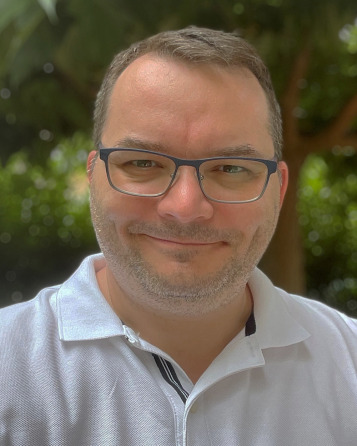
PTYS/LPL Faculty
×
Steward N208B
Dániel Apai
Interim Associate Dean for Research, College of Science, Principal Investigator, Alien Earths, Professor
Astrobiology, Exoplanets, Planetary Atmospheres, Planetary Formation and Evolution
Dr. Apai’s research focuses on exoplanetary systems, including planet formation, planetary atmospheres, exoplanet discovery and characterization. His work covers habitable and non-habitable small exoplanets, gas giant exoplanets, and brown dwarfs.
Read more about Dr. Apai's research on his website and blog on exoplanet exploration and astrobiology.
Ph.D., 2004, University of Heidelberg
Years with LPL: 2011 to present
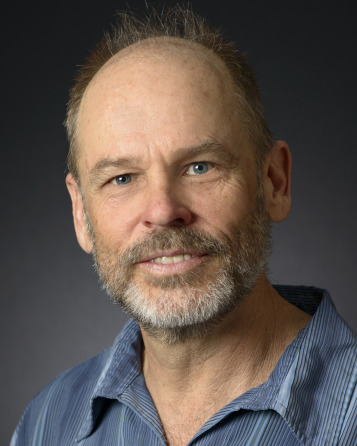
PTYS/LPL Faculty
×
Kuiper 426, Drake 104H
Erik Asphaug
Professor
Lunar Studies, Planetary Analogs, Planetary Geophysics, Planetary Surfaces, Small Bodies, Theoretical Astrophysics, Titan & Outer Solar System
I study giant impacts that dominate the late stage of planet and satellite formation, such as that which formed the Moon, that can explain why planets are so diverse and sometimes hemispherically dichotomous. I also study the geophysics of asteroids, comets and small moons, the 'small bodies' left over from accretion. I study the strength properties of meteorites and the origin of chondrules. Motivated students have led me to study other topics such as lakes and patterned ground on Mars, the delivery of volatiles to the lunar surface, and Saturn's rings. I am on the science team of NASA's Psyche mission, and ESA's Hera mission to Didymos, and JAXA's MMX mission to the Martian moons. I am Science PI of the SpaceTREx laboratory at U Arizona that is advancing miniaturized space exploration and small cubesat laboratories for low-gravity research.
B.S., 1984, Rice University; Ph.D., 1993, University of Arizona
Years with LPL: 2017

PTYS/LPL Faculty
×
Kuiper 436
Travis Barman
Professor
Exoplanets
My research delves into both theoretical and observational aspects of extrasolar planets. As a lead developer of the PHOENIX model atmosphere code, I am responsible for maintaining and expanding its abilities to predict and interpret the atmospheric properties of exoplanets and brown dwarfs. My theoretical work is used extensively in ground-based direct-imaging planet search programs, in particular as a lead investigator for the new Gemini Planet Imager Survey. I am also heavily involved in programs focused on spectroscopy of extrasolar planets, from transiting to directly imaged. By comparing theoretical model spectra to real photometric and spectroscopic observations, a variety of planet properties can be deduced. Atmospheric structure (horizontal and vertical run of temperature and pressure), surface gravities, chemical composition, and global wind patterns are a few examples of the kinds of planet properties we seek through model observation comparisons.
Ph.D., 2002, University of Georgia
Years with LPL: 2013 to present
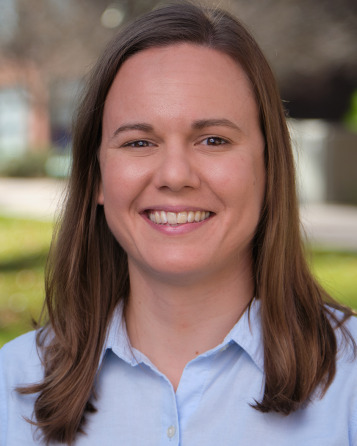
Jessica Barnes (She/Her)
PTYS/LPL Faculty
×
Kuiper 540
Jessica Barnes (She/Her)
Associate Professor
Cosmochemistry, Lunar Studies, Planetary Analogs
My research focuses on understanding the origin and evolution of volatiles in the solar system. I utilize a combination of nano and microanalytical techniques in the Kuiper-Arizona Laboratory for Astromaterials Analysis to study mineralogy, geochemistry, isotopes and petrological histories of a wide range of extraterrestrial materials.
My group is currently engaged in a project under the umbrella of Apollo Next-Generation Sample Analysis (ANGSA) program. The release of sample 71036 presents a unique opportunity to study volatiles in a basalt that has been frozen and specially preserved since its return and to compare those results with basalts of similar bulk chemistries that have been stored at room temperature. This exceptional suite of basalts also offers a chance to unravel the history of volatile loss on the Moon, from the onset of mineral crystallization through vesicle formation, sampling, and subsequent curation. We are conducting a detailed study of the major, minor, and volatile element chemistry (including H isotopes) of H-bearing minerals and melt inclusions in four Apollo 17 basalts, and to determine the U-Pb and Ar ages of the basalts.
Other ongoing projects include investigating the petrology of igneous lunar samples, coordinated microanalysis of meteorites to investigate the evolution of water in the Martian crust, and studies aimed at assessing the inventories and origins of volatiles on primitive chondritic and achondritic asteroids. The latter includes studies of samples recently returned from asteroid Bennu by the OSIRIS-REx space mission.
Ph.D., 2015, The Open University and The Natural History Museum, London UK
Years with LPL: Fall 2019
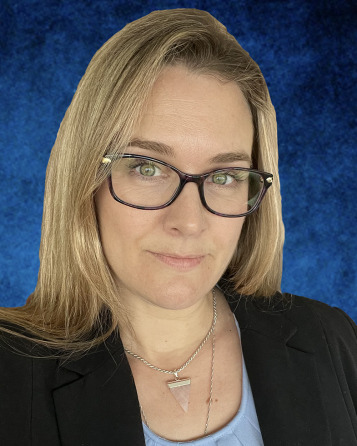
PTYS/LPL Faculty
×
Sonett 214
Veronica Bray (She/Her)
Associate Research Professor
Lunar Studies, Planetary Analogs, Planetary Surfaces
Dr. Veronica Bray is Planetary Scientist and Spacecraft Science Operations Engineer at the University of Arizona. Dr Bray's past and current research projects focus on impact cratering, channel formation, fracturing and landscape evolution on a variety of planetary bodies - both rocky and icy. She uses observations at multiple wavelengths, computer modeling, terrestrial fieldwork and theoretical analysis to study the surface processes themselves and also the surface/sub-surface properties of planetary bodies.
Please note I am not planning to accept new graduate students in 2024-2025. You can find opportunities being advertised with other LPL faculty here: Current Research Opportunities.
Ph.D., 2008, Imperial College London
Years with LPL: 2008-present
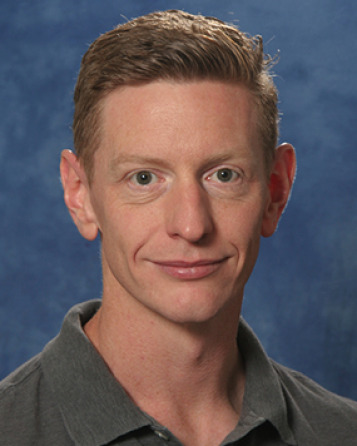
PTYS/LPL Faculty
×
Kuiper 524
Shane Byrne (He/Him)
Professor
Astrobiology, Photogrammetry, Planetary Analogs, Planetary Geophysics, Planetary Surfaces, Titan & Outer Solar System
I am interested in surface processes on planetary bodies throughout the solar system, especially those processes that affect, or are driven by, planetary ices. I enjoy working with a diverse group of graduate students and postdocs. Our areas of activity include Martian ice stability, polar stratigraphy and connection to past climates; Ceres ice, both cryovolcanic and as a source of water vapor; and ice-sublimation landforms on a variety of bodies.
Missions are a big part of what we do. I’m a co-Investigator on the HiRISE and CaSSIS cameras at Mars and a Guest Investigator on the Dawn mission at Ceres. I’m also the director of the Space Imagery Center, a NASA Regional Planetary Image Facility. We archive planetary spacecraft and telescopic data not available online and conduct many outreach events.
Ph.D., 2003, California Institute of Technology
Years with LPL: 2007 to present
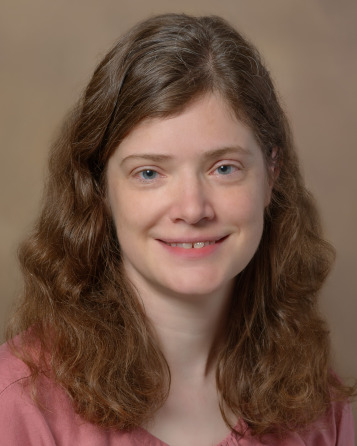
PTYS/LPL Faculty
×
Kuiper 533A
Lynn Carter (she/her)
Associate Department Head, Professor, University Distinguished Scholar
Earth, Lunar Studies, Planetary Analogs, Planetary Geophysics, Planetary Surfaces, Titan & Outer Solar System
Dr. Carter’s research interests include volcanism and impact cratering on the terrestrial planets and Moon, surface properties of asteroids and outer Solar System moons, planetary analog field studies, climate change, and the development of radar remote sensing techniques. She is currently the Science Team Lead for the NASA-provided VenSAR radar on the ESA EnVision mission to Venus. She is also a team member on the RIMFAX radar on Mars2020/Perseverance, the Shadowcam camera on Korea Pathfinder Lunar Orbiter, the REASON radar on Europa Clipper, the Shallow Radar (SHARAD) radar on Mars Reconnaissance Orbiter, and the Mini-RF radar on Lunar Reconnaissance Orbiter. She also uses Earth-based telescopic radar data to study polarimetric synthetic aperture images of planets, the Moon and asteroids. She has previously used ground penetrating radar at multiple field sites including Kilauea lava flows and pyroclastics in Hawaii, Sunset crater and Meteor crater in Arizona, and permafrost sites near Bonanza Creek outside of Fairbanks Alaska. She is also part of a team at NASA Goddard Space Flight Center developing a polarimetric digital beamforming radar system for planetary or Earth orbiter missions. This radar system was recently awarded First Runner Up for the NASA Government Invention of the Year Award.
Ph.D., 2005, Cornell University
Years with LPL: 2016 to present
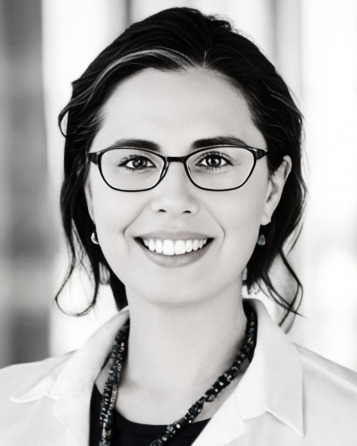
PTYS/LPL Faculty
×
Kuiper 526
Dani Mendoza DellaGiustina (she/her)
Assistant Professor, Deputy Principal Investigator, OSIRIS-REx, Principal Investigator, OSIRIS-APEX
Earth, Photogrammetry, Planetary Analogs, Planetary Geophysics, Planetary Surfaces, Small Bodies
Ph.D., 2021, University of Arizona
Years with LPL: 2014 to present
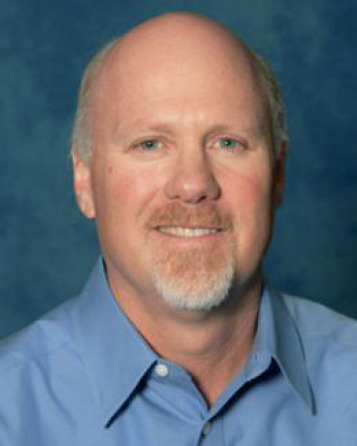
PTYS/LPL Faculty
×
Kuiper 411
Joe Giacalone
Professor
Solar and Heliospheric Research, Theoretical Astrophysics
Dr. Giacalone's core research interests include understanding the origin, acceleration, and propagation of cosmic rays, and other charged-particle species in the magnetic fields of space, and general topics in space plasma physics, and astrophysics.
He develops physics-based theoretical and computational models which are used to interpret in situ spacecraft observations. He is interested in the general properties of solar, interplanetary, and galactic magnetic fields.
Currently, he is studying the origin of large solar-energetic particle events (a.k.a. solar cosmic rays) which involves a number of diverse aspects of solar physics and space physics. He has written papers describing the propagation of solar-flare particles from the Sun to the Earth where they are observed by spacecraft such as ACE, Ulysses, Wind, etc.
He is also interested in the general topic of particle acceleration in astrophysical plasmas.
Ph.D. 1991, University of Kansas
Years with LPL: 1993 to present
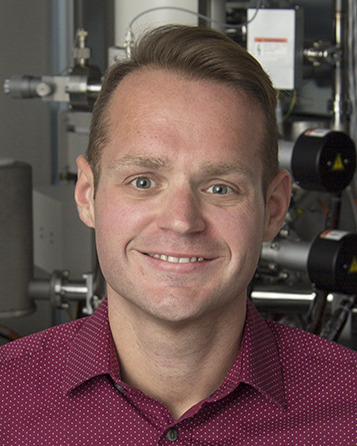
PTYS/LPL Faculty
×
Kuiper 530
Pierre Haenecour (he/him)
Assistant Professor
Astrobiology, Cosmochemistry, Planetary Astronomy, Small Bodies
“Where the telescope ends, the microscope begins. Which of the two has the grander view?” Victor Hugo (Les Misérables, 1862)
My research focus on the building blocks and early history of the Solar System history, and the origin of life through coordinated in-situ laboratory analyses of circumstellar and interstellar dust grains and organic molecules in unequiliberated planetary materials (e.g., meteorites, micrometeorites and interplanetary dust particles) using nano and microanalytical techniques in the Kuiper-Arizona Laboratory for Astromaterials Analysis and Planetary Materials Research Group. Circumstellar dust grains, also called stardust or presolar grains, formed in previous generations of stars, were included in the materials in the molecular cloud from which our solar system formed, and were preserved in asteroids and comets. As bona fide dust grains from stars, the laboratory analysis of presolar grains provides a 'snapshot' of conditions (e.g., nucleosynthesis, temperature, pressure and dust condensation process) in their parent stars at the time of the grain's formation. Furthermore, as building blocks our own Solar System, the comparison of the chemical composition, abundance and distribution of presolar grains provide us insight into the early stages of solar system formation.
I also use in-situ heating experiments inside electron microscopes (both SEM and TEM) to constrain variations in elemental and isotopic compositions, mineralogies, microstructures, textures and morphologies of bioessential compounds in function of the conditions (e.g., temperature and time) of thermal processes on asteroids. As prebiotic components, understanding the thermal history of these materials is crucial to unveil their origin(s) and evolution, as well as to constrain the delivery of bioessential elements to the Earth.
My group is also actively working on getting ready for the analysis of samples from asteroid (101955) Bennu that are being returned to Earth by the NASA OSIRIS-REx mission, and on the NASA Alien Earths project to advance our understanding of how nearby planetary systems formed and which systems are more likely to harbor habitable worlds.
Ph.D., 2016 Washington University in St. Louis
Years with LPL: 2017 to present
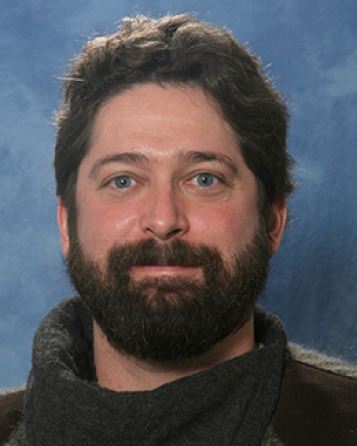
PTYS/LPL Faculty
×
Kuiper 430
Christopher Hamilton
Associate Professor
Astrobiology, Earth, Lunar Studies, Photogrammetry, Planetary Analogs, Planetary Geophysics, Planetary Surfaces
Dr. Hamilton's research focuses on geological surface processes to better understand the evolution of the Earth and other planetary bodies. His specialty relates to volcanology and specifically to lava flows, magma-water interactions, and explosive eruptions using a combination of field observations, remote sensing, geospatial analysis, machine learning, and geophysical modeling. These topics provide insight into the evolution of planetary interiors, surfaces, and atmospheres through magma production, ascent, and volcanism.
Ph.D., 2010, University of Hawaii
Years with LPL: 2014 to present
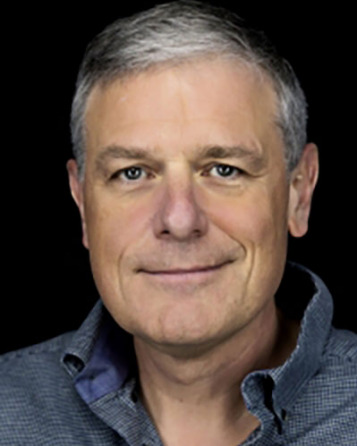
PTYS/LPL Faculty
×
Kuiper 221
Walter Harris
Professor
Planetary Astronomy, Planetary Atmospheres, Small Bodies, Solar and Heliospheric Research
Dr. Harris' research is focused on the structure of thin atmospheres and their transition to and interactions with the space environment. He is particularly interested the information that comet atmospheres provide about basic photochemical processes, the formation of the solar system, and the characteristics of the solar wind. He is also engaged in an ongoing study of the plasma interface between the solar wind and interstellar medium via remote sensing of interstellar neutral material as it passes through the solar system.
In addition to their observational program, Dr. Harris' group has an active instrument development effort in the area of spatial heterodyne spectroscopy, or SHS. SHS instruments occupy a special observational niche by providing very high velocity resolution of angularly extended emission line targets with much higher sensitivity than classical spectroscopy. Current funding for SHS development has led to new instruments for both ground (visible band) and suborbital (far ultraviolet) observations of comets and the interplanetary medium.
Ph.D., 1993, University of Michigan
Years with LPL: 2013 to present
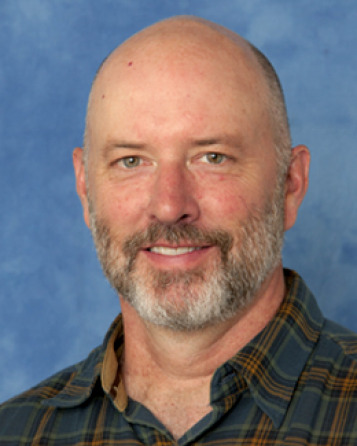
Jack Holt
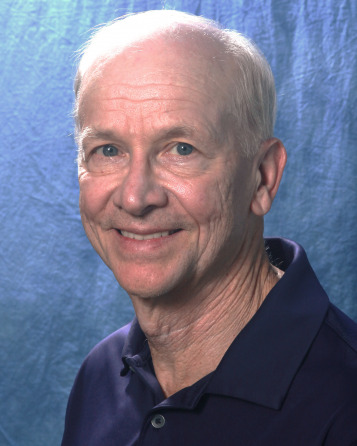
PTYS/LPL Faculty
×
Kuiper 509B
Lon Hood
Research Professor
Earth, Planetary Geophysics
My research is currently focused on two interdisciplinary areas: (1) Coupling between the Earth's stratosphere and troposphere; and (2) mapping and interpretation of planetary crustal magnetic fields. The stratosphere / troposphere coupling work is oriented toward understanding the effects of stratospheric processes (mainly the QBO and solar forcing) on tropospheric circulation and climate. The planetary crustal magnetic field work is most recently aimed at mapping newly acquired orbital magnetometer data at Mercury and at resolving long-standing issues relating to the origin of lunar crustal magnetism.
Ph.D., 1979, UCLA
Years with LPL: 1979 to present
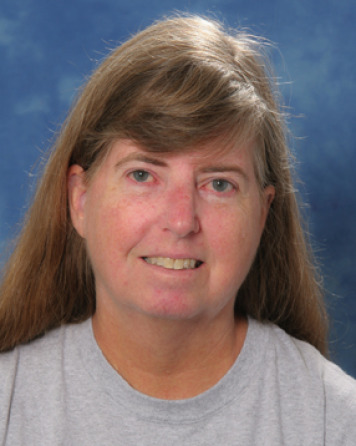
PTYS/LPL Faculty
×
Drake 115, Kuiper 218
Ellen Howell
Research Professor
Small Bodies
Dr. Howell's research interests are small solar system bodies, asteroids and comets. She uses a variety of observational tools at wavelengths ranging from visible to radio to study the composition, size, shape, and surface structures of these bodies.
Ph.D., 1995, University of Arizona
Years with LPL: 2015 to present
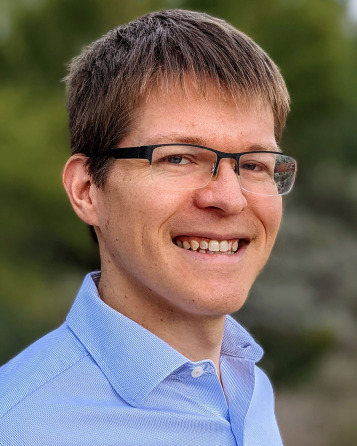
PTYS/LPL Faculty
×
Kuiper 431
Kristopher Klein
Associate Professor
Solar and Heliospheric Research, Theoretical Astrophysics
Dr. Klein's research focuses on studying fundamental plasma phenomena that governs the dynamics of systems within our heliosphere as well as more distant astrophysical bodies. He has particular interest in identifying heating and energization mechanisms in turbulent plasmas, such as the Sun's extended atmosphere known as the solar wind, as well as evaluating the effects of the departure from local thermodynamic equilibrium on nearly collisionless plasmas which are ubiquitous in space environments. As part of this work, Prof. Klein is a co-developer of the Arbitrary Linear Plasma Solver (ALPS) numerical dispersion solver, an open source code used for quantifying the behavior of such non-equilibrium systems.
These systems are studied with a combination of analytic theory and numerical simulation, including large-scale nonlinear turbulence codes such as AstroGK, HVM, and gkeyll. These theoretical predictions are compared to in situ observations from spacecraft including NASA's Wind, MMS and Parker Solar Probe mission, as well as the upcoming HelioSwarm mission, which will fly nine spacecraft between the Earth and moon to characterize the transport and dissipation of turbulent energy in space plasmas. By comparing theory with local plasma measurements, we aim to answer a variety of questions about the behavior of plasma in our solar system.
Ph.D., 2013, University of Iowa
Years with LPL: 2017
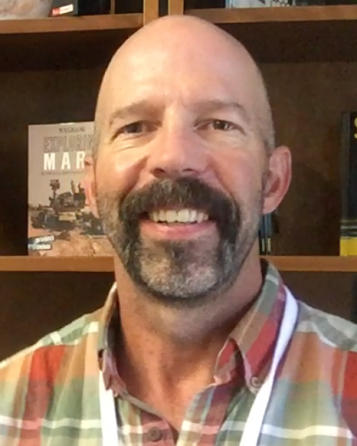
PTYS/LPL Faculty
×
Kuiper 353
Steve Kortenkamp
Professor of Practice
Science education, with an emphasis on developing and exploring techniques for teaching astronomy to students who are blind (developed 3D tactile resources in image below). Planet formation and orbital dynamics of asteroids, dust particles, planetesimals. Children's science author for struggling readers in grades K-8.
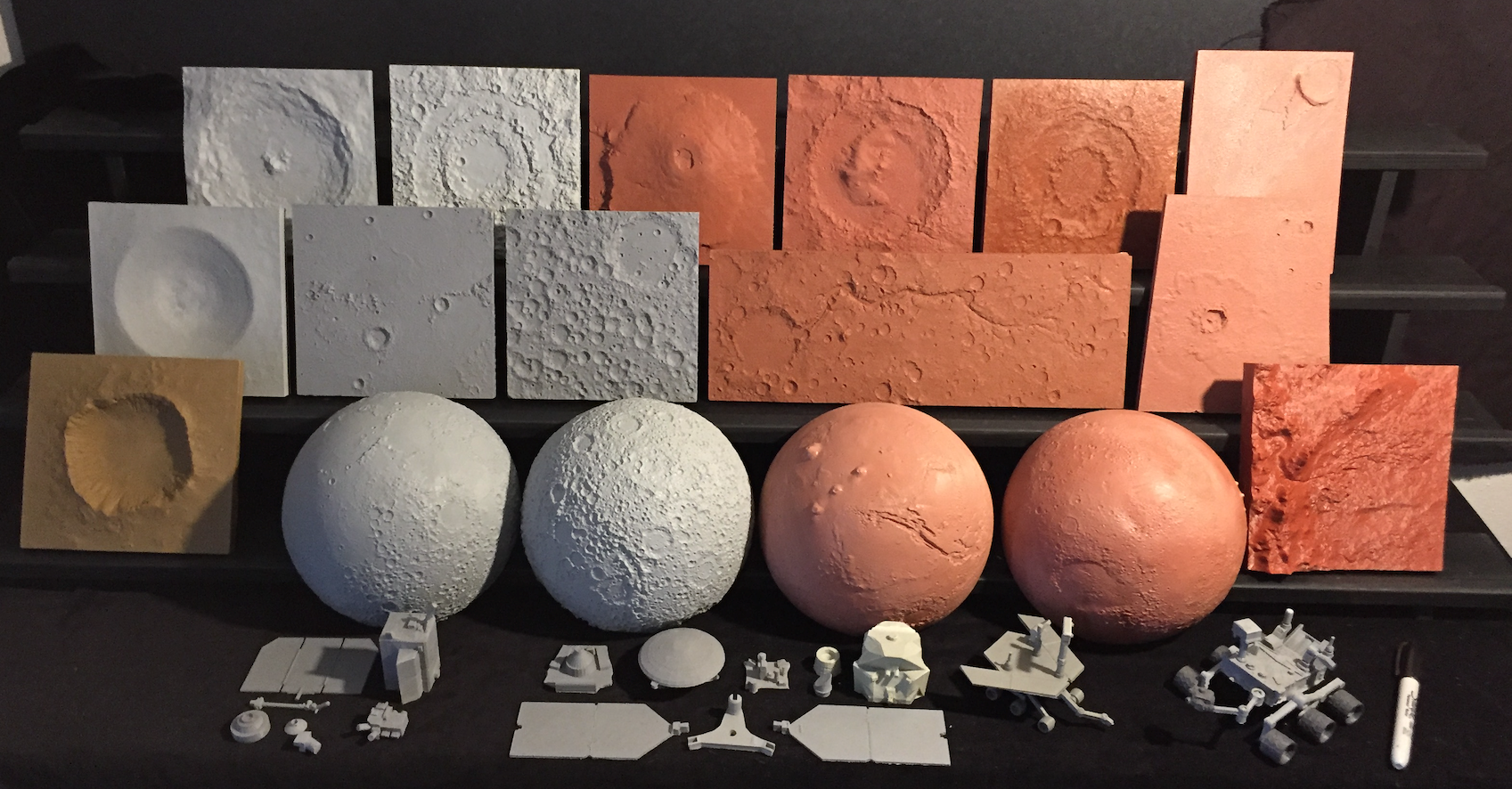
Ph.D., 1996, University of Florida
Years with LPL: 2001 to present
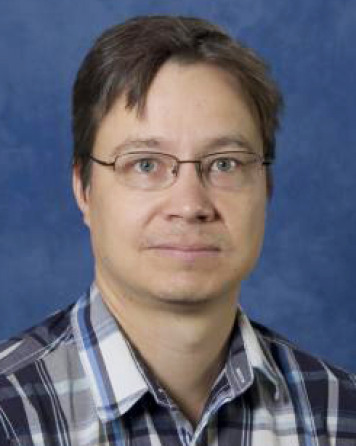
PTYS/LPL Faculty
×
Kuiper 421
Tommi Koskinen
Associate Department Head, Associate Professor
Exoplanets, Planetary Atmospheres, Planetary Formation and Evolution, Titan & Outer Solar System
Dr. Koskinen’s research focuses on the structure and evolution of planet and satellite atmospheres in the solar system and extrasolar planetary systems. He is particularly interested in the physics and chemistry of the middle and upper atmosphere that he studies through both the analysis of observations and theoretical modeling. His research covers a wide range of different objects and techniques in the spirit of comparative planetology, which is critical to our understanding of the evolution of planetary atmospheres and environments in general. Dr. Koskinen served as a participating scientist on the Cassini mission and he is still actively involved in research on the atmospheres of Saturn and Titan. In addition, he develops and maintains models of exoplanet atmospheres that are required to interpret current and planned observations as well as to simulate mass loss and address questions on long-term evolution.
Ph.D., 2008, University College London
Years with LPL: 2009 to present
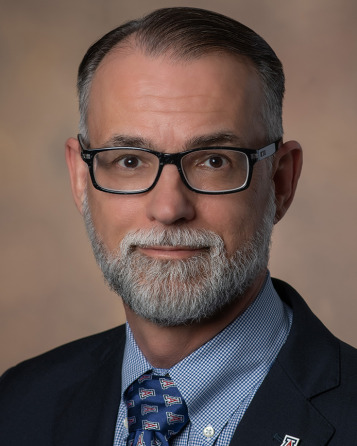
Dante Lauretta
PTYS/LPL Faculty
×
Kuiper 536
Dante Lauretta
Director, Arizona Astrobiology Center, Principal Investigator, OSIRIS-REx, Regents Professor
Astrobiology, Cosmochemistry, Small Bodies
Arizona Astrobiology Center
Dante Lauretta is a Regents Professor of Planetary Science and Cosmochemistry at the University of Arizona's Lunar and Planetary Laboratory and the Director of the Arizona Astrobiology Center. He is an expert in near-Earth asteroid formation and evolution and serves as the Principal Investigator of NASA's OSIRIS-REx Asteroid Sample Return mission. OSIRIS-REx is the United States' flagship mission to explore a potentially hazardous near-Earth asteroid, Bennu, to study its physical and chemical properties, assess its impact risk, evaluate its resource potential, and return a pristine sample to Earth for detailed scientific analysis.
The spacecraft launched in September 2016, reached Bennu in 2018, and successfully collected a sample in October 2020. On September 24, 2023, the mission achieved a major milestone when the sample capsule returned to Earth. The analysis of these samples is currently underway, offering groundbreaking insights into the origin of life, the processes that shaped the early solar system, and Earth's development as a habitable world.
Dante is also affiliated with NASA's OSIRIS-APEX mission, which builds on OSIRIS-REx's success by extending its exploration of asteroids. Having led the OSIRIS-REx mission to its historic sample return, Dante has since handed the leadership of OSIRIS-APEX to the next generation, ensuring the continued exploration of the solar system by fostering new talent and ideas.
In addition to his leadership roles, he maintains an active research program in cosmochemistry and astrobiology, focusing on understanding the chemical evolution of the solar system and the formation of organic molecules essential for life.
View Dante Lauretta’s TEDx Talk: How asteroid hunters are solving Earth's greatest mysteries
Ph.D., 1997, Washington University
Years with LPL: 2001 to present
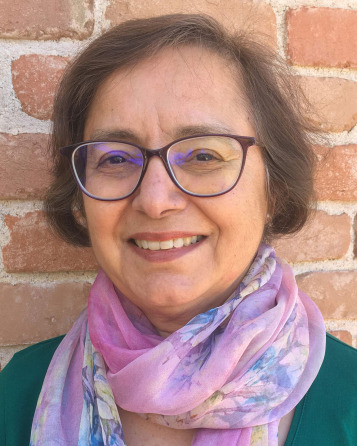
Renu Malhotra
PTYS/LPL Faculty
×
Kuiper 515
Renu Malhotra
Louise Foucar Marshall Science Research Professor, Regents Professor
Astrobiology, Exoplanets, Orbital Dynamics, Planetary Formation and Evolution, Small Bodies, Theoretical Astrophysics
Professor Malhotra's research spans orbital dynamics in the solar system and in exo-solar planetary systems. Current topics of research are: theory of orbital resonances, stability and chaos in the asteroid belt and in the Kuiper belt, orbital evolution mechanisms of near-Earth asteroids, the orbital migration history of the giant planets, and the dynamics of exo-solar planetary systems.
Ph.D., 1988, Cornell University
Years with LPL: 2000 to present
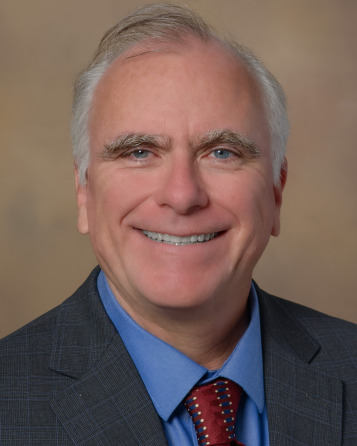
PTYS/LPL Faculty
×
Kuiper 323
Mark S. Marley (he/him/his)
Director, Department Head, Professor
Exoplanets
Exoplanets; Planetary Formation and Evolution, Extrasolar planets, planetary and brown dwarf atmospheres, ring seismology.
Ph.D., 1990, University of Arizona
Years with LPL: 2021 to present
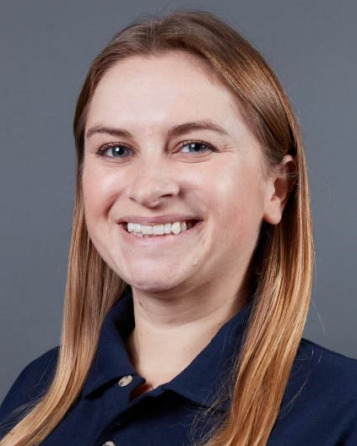
PTYS/LPL Faculty
×
Kuiper 401
Angela Marusiak
Assistant Research Professor
Lunar Studies, Planetary Analogs, Planetary Geophysics, Small Bodies, Titan & Outer Solar System
I study how seismology and seismic instrumentation can be used to explore bodies in our solar system. As a member of the InSight team I was focused on detecting deep structure, including the size of the martian core. For the Dragonfly mission, I'm interested in how clathrates may alter the internal structure and seismic response of Titan. As a member of the LEMS team, I'll be helping to build the next astronaut-deployed seismometers on the Moon. Once LEMS is deployed, we'll be able to study the Moon's seismicity and learn about its interior structure.
Ph.D., 2020 University of Maryland
Years with LPL: 2023 to present
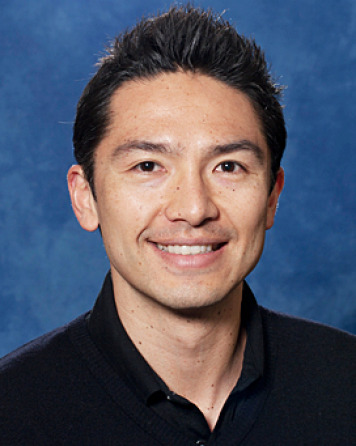
PTYS/LPL Faculty
×
Kuiper 527A
Isamu Matsuyama
Professor
Astrobiology, Exoplanets, Lunar Studies, Planetary Formation and Evolution, Planetary Geophysics, Theoretical Astrophysics, Titan & Outer Solar System
Dr. Matsuyama is interested in the physics of planetary interiors and evolution, with an emphasis on understanding the processes that led to the extraordinary diversity of the solar system. He develops theoretical models which are used to interpret spacecraft and ground-based observations.
Current research interests involve improving our understanding of (1) the formation and evolution of the Moon by analysis of the global lunar figure, which provides a record of prior orbital and rotational states; and (2) characterization of the thermal and orbital evolution of icy satellites, with particular emphasis on determining the long-term survivability of their subsurface oceans.
Ph.D., 2005, University of Toronto
Years with LPL: 2011 to present
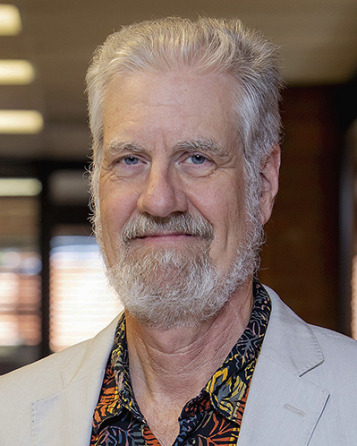
PTYS/LPL Faculty
×
Sonett 204
Alfred McEwen
Regents Professor
Astrobiology, Lunar Studies, Photogrammetry, Planetary Analogs, Planetary Geophysics, Planetary Surfaces
Dr. McEwen is a planetary geologist and director of the Planetary Image Research Laboratory (PIRL). He is working on several active spacecraft experiments, listed below.
His major research interest is understanding active geologic processes such as volcanism, impact cratering, and slope processes. For Mars and the Moon he is studying a broad range of topics in planetary geology. He is also pursuing studies and proposals for future missions and experiments at Earth and to Jupiter's moons Io and Europa.
Ph.D., 1988, Arizona State University
Years with LPL: 1996 to present
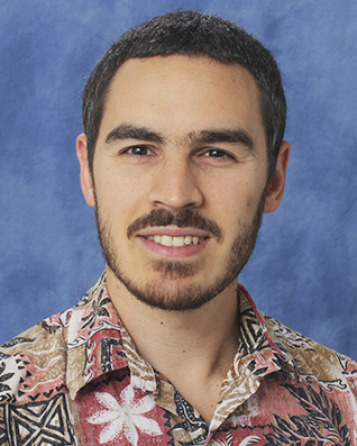
Stefano Nerozzi (he/him/his)
PTYS/LPL Faculty
×
Sonett 25
Stefano Nerozzi (he/him/his)
Assistant Research Professor
Earth, Planetary Analogs, Planetary Geophysics, Planetary Surfaces
I'm an Italian planetary geologist interested in surface processes and near-subsurface geology and geophysics. My main area of expertise is remote sensing with a focus on radar sounding. I study a wide variety of geological features on Mars, ranging from polar deposits to low-latitude outflow channels systems. On Earth, I study debris covered glaciers as analogs to mid-latitude glaciers on Mars via ground penetrating radar, passive seismic techniques, and thermal profilers. I have a strong interest in instrument development, which ranges from modification of commercial seismometers to the design and construction of thermal profilers and environmental sensors.
Ph.D., 2019, The University of Texas at Austin
Years with LPL: 2025 to present
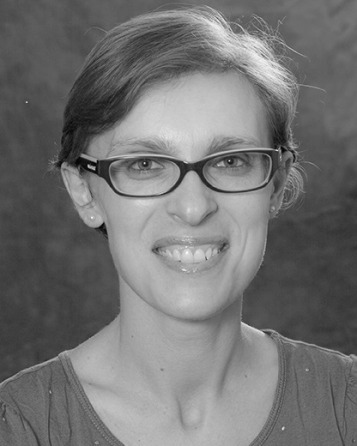
PTYS/LPL Faculty
×
Kuiper 532
Ilaria Pascucci
Professor
Astrobiology, Exoplanets, Planetary Astronomy, Planetary Formation and Evolution
My research is directed towards understanding how planets form and evolve and how common are planetary systems like our own Solar system. To this end, my group carries out observations aimed at characterizing the physical and chemical evolution of gaseous dust disks around young stars, the birth sites of planets. In addition, we use exoplanet surveys to re-construct the intrinsic frequency of planets around mature stars. By linking the birth sites of planets to the exoplanet populations, we contribute to building a comprehensive and predictive planet formation theory, a necessary step in identifying which nearby stars most likely host a habitable planet like Earth.
Ph.D., 2004, Max Planck Institute for Astronomy Heidelberg
Years with LPL: 2011 to present

PTYS/LPL Faculty
×
Kuiper 428
Sukrit Ranjan (he/him)
Assistant Professor
Astrobiology, Earth, Exoplanets, Planetary Atmospheres, Planetary Formation and Evolution, Theoretical Astrophysics
Astrobiology, Earth, Early Earth, Exoplanets; Planetary Formation and Evolution, Origin of Life, Planetary Atmospheres, Photochemistry, Theoretical Astrophysics
Ph.D., 2017, Harvard University
Years with LPL: 2022 to present

PTYS/LPL Faculty
×
Kuiper 233
Vishnu Reddy
Professor
Cosmochemistry, Planetary Astronomy, Planetary Surfaces, Small Bodies, Space Situational Awareness
Dr. Reddy’s research focuses on understanding the behavior of space objects (natural and artificial) using a range of Earth and space-based assets. His work on natural moving objects (asteroids, near-Earth objects) is directed towards their characterization for impact hazard assessment/mitigation, asteroid-meteorite link and resource utilization. To this effort, Dr. Reddy uses the NASA Infrared Telescope Facility on Mauna Kea, Hawai’i.
The orbital space around the Earth is an invaluable resource that is increasingly becoming congested, contested, and competitive with the ever increasing threat from artificial and our adversaries. Dr. Reddy uses the same techniques used to characterize asteroid to study the behavior of artificial objects to identify their nature, intent and origin. He is setting up a space material characterization lab to observe the reflectance properties of natural (meteorites/minerals) and artificial space material in space like conditions.
Ph.D., 2009, University of North Dakota
Years with LPL: Spring 2016
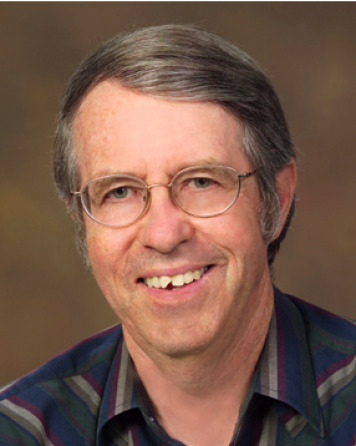
PTYS/LPL Faculty
×
Steward 272
George Rieke
Regents Professor
Planetary Astronomy
Dr. Rieke is currently conducting research programs in planetary debris disks and their relation to the evolution of planetary systems, and in the evolution of star formation in infrared galaxies.
Ph.D., 1969, Harvard
Years with LPL: 1970 to present
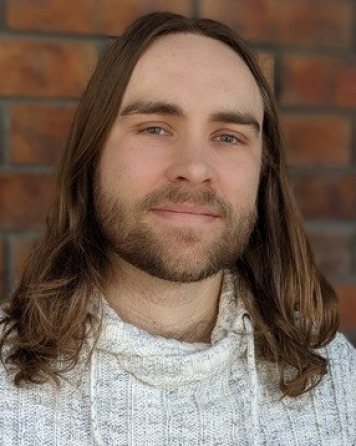
PTYS/LPL Faculty
×
Kuiper 417
Tyler Robinson (he/him/his)
Associate Professor
Exoplanets
Tyler uses sophisticated radiative transfer and climate tools to study the atmospheres of Solar System worlds, exoplanets, and brown dwarfs. Tyler also develops instrument models for exoplanet direct imaging. He combines these areas of expertise in his work on the Habitable Exoplanet Observatory (HabEx) Science and Technology Definition Team, and in his contributions to the LUVOIR, WFIRST/Rendezvous, and Origins Space Telescope mission concept studies. Tyler is a Cottrell Scholar, as well as a former NASA Sagan Fellow and NASA Postdoctoral Program Fellow.
Ph.D., 2012, University of Washington
Years with LPL: Since 2022
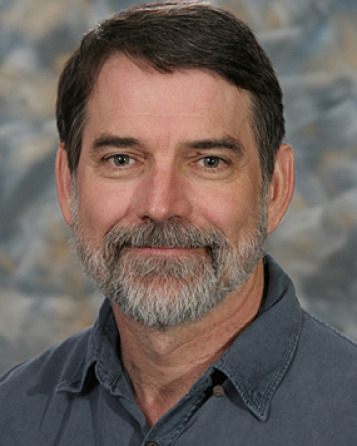
PTYS/LPL Faculty
×
Kuiper 525
Roger Yelle
Professor
Astrobiology, Exoplanets, Planetary Atmospheres, Titan & Outer Solar System
Professor Yelle studies the atmospheres in our solar system and the atmospheres of extra-solar planets. He analyzes telescopic and spacecraft data and constructs theories and models to determine the composition and structure of atmospheres and their interaction with surfaces and interplanetary space. Current projects include the study of chemical, thermal and dynamical processes in Titan’s upper atmosphere using primarily data from the Cassini mission to the Saturn system, escape processes on Titan, Mars, and extra-solar planets, and the composition and chemistry of the martian atmosphere. Yelle is a member of the Cassini Ion Neutral Mass Spectrometer Team and a co-I on the planned Maven mission to study the upper atmosphere of Mars.
Ph.D., 1984, University of Wisconsin-Madison
Years with LPL: 2001 to present
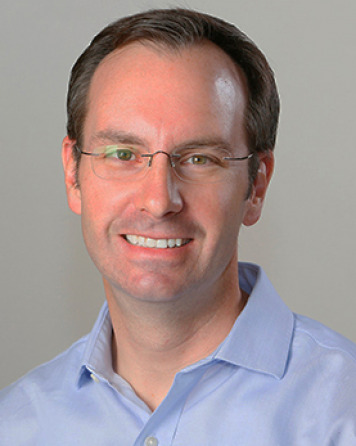
PTYS/LPL Faculty
×
Kuiper 522
Tom Zega
Professor
Astrobiology, Cosmochemistry, Small Bodies
Dr. Zega applies a microscopy- and microanalysis-based approach to study the chemical and physical evolution of the early solar system. He uses ultrahigh-resolution ion- and electron-microscopy, including focused-ion-beam scanning-electron microscopy and transmission electron microscopy, to determine the composition and structure of planetary materials at scales ranging from millimeters down to the atomic. Such information is supported by computational thermodynamics to gain novel insights materials origins. His current research is focused on origin of refractory inclusions that formed the first solar-system solids and sulfides that formed in the early solar nebula. He is also involved in the analysis of samples returned by the JAXA Hayabusa missions to asteroid Itokawa and Ryugu, and those returned from asteroid Bennu by NASA’s OSIRIS-REx mission.
Ph.D., 2003, Arizona State University
Years with LPL: 2011 to present
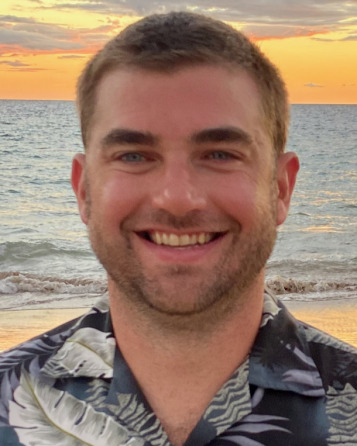
Brett Carr (he/him/his)
PTYS/LPL Faculty
×
Kuiper 442
Brett Carr (he/him/his)
Researcher/Scientist
Earth, Lunar Studies, Photogrammetry, Planetary Analogs, Planetary Surfaces
I am a volcanologist studying the physical processes driving volcanic eruptions. I combine observational and numerical modeling techniques towards my primary goal of building a more complete understanding of active volcanism. I develop new ways to collect and analyze remote sensing observations to better capture volcanic eruption processes. I am particularly interested in the eruptive cycles of persistently active volcanoes and the drivers of changes in activity style. This broad topic includes projects investigating lava dome growth and collapse, lava flow emplacement, and transitions between effusive and explosive activity. By understanding how and why a volcano erupts, I aim to help improve assessment of the numerous hazards associated with eruptions. I also specialize in applications of unoccupied aircraft systems (UAS) and photogrammetry in volcanic environments. My recent work has included field campaigns to Indonesia, the Galápagos Islands, Hawaii, Italy, and Iceland.
Ph.D., 2016, Arizona State University
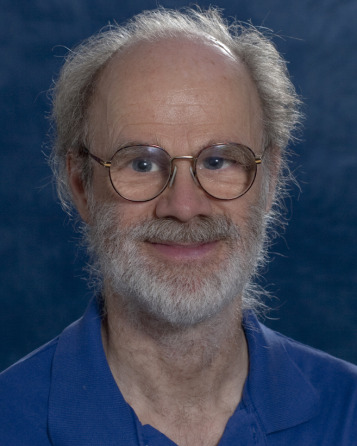
PTYS/LPL Faculty
×
Kuiper 215
Erich Karkoschka
Research Scientist/Senior Staff Scientist
Planetary Astronomy, Planetary Atmospheres, Planetary Surfaces, Titan & Outer Solar System
Spectroscopy, photometry, development of astronomical instruments, data reduction techniques, modeling planetary atmospheres (chemical composition, vertical and horizontal structure of aerosol distribution, aerosol properties), methane and ammonia absorption spectra, interpretation of planetary ring and satellite photometry, Titan surface.
Ph.D., 1990, The University of Arizona
Years with LPL: 1983-
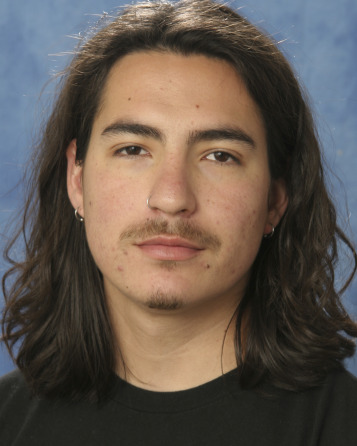
Ricardo Maciel
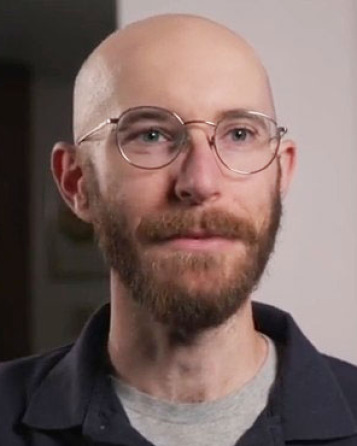
Michael Phillips
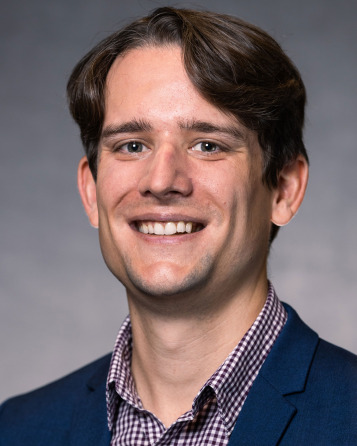
PTYS/LPL Faculty
×
Kuiper 237
Joseph Schools
Researcher/Scientist
My research focuses on the study of planetary interiors through geodynamic and petrological modeling. I create models of silicate melt processes in the lithosphere of planetary bodies in order to constrain their interior structures in the absence of instrumentation. I am particularly interested in the tectonic-magmatic processes of Venus and Jupiter's moon Io.
Ph.D., 2020, University of Maryland, College Park
Years with LPL: 2023 to present
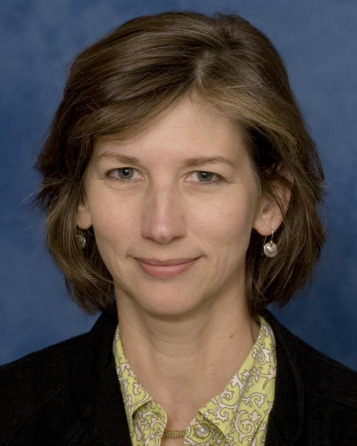
PTYS/LPL Faculty
×
Sonett 207
Sarah Sutton (she/her)
Photogrammetry Program Lead, HiRISE, Researcher/Scientist
Earth, Lunar Studies, Photogrammetry, Planetary Analogs, Planetary Surfaces, Small Bodies
Ph.D., 2022, The University of Arizona
Years with LPL: 19
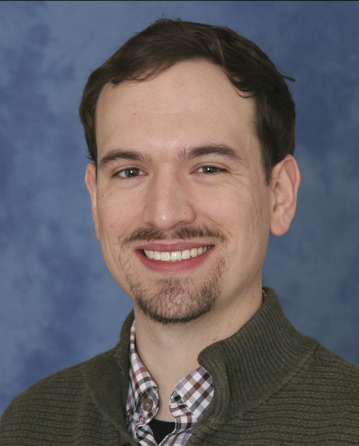
Adam Battle (he/him/his)
PTYS/LPL Postdocs
×
Kuiper 245
Adam Battle (he/him/his)
R&D Software Engineer, SPACE 4 Center
Asteroid Surveys, Small Bodies, Space Situational Awareness
Photometric and visible to near-infrared spectral characterization of space objects as applied to both Space Situational Awareness and the study of small bodies in the solar system.
Advisor(s): Vishnu Reddy
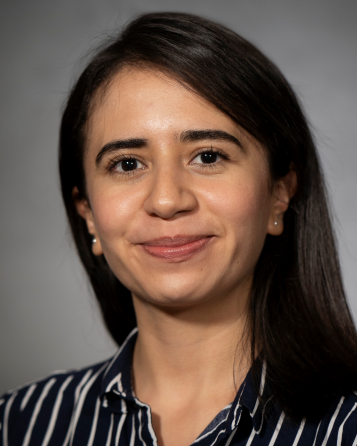
Laura Chaves (she/her/hers)
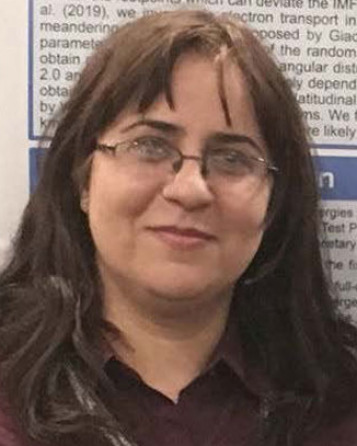
Ashraf Moradi
PTYS/LPL Postdocs
×
Kuiper 409A
Ashraf Moradi
Postdoctoral Research Associate
Solar and Heliospheric Research
The effect of the Interplanetary Transport on the Ground-level Enhancement (GLE) events.
Transport of Solar Energetic Particles into the Interplanetary Space.
Modeling the Photospheric Surface Flows.
Expansion of the open magnetic fluxtubes into the inner corona.
Advisor(s): Joe Giacalone

Wesley Tucker
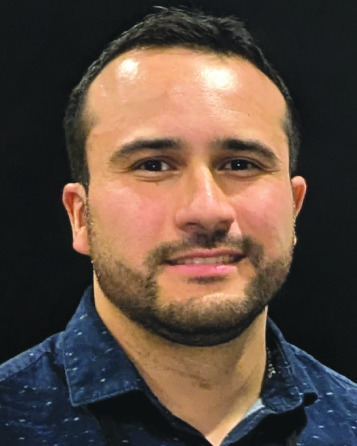
Roberto Aguilar
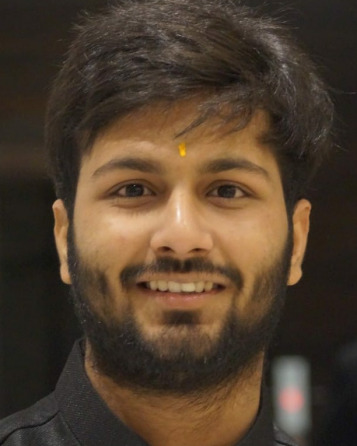
Rahul Arora
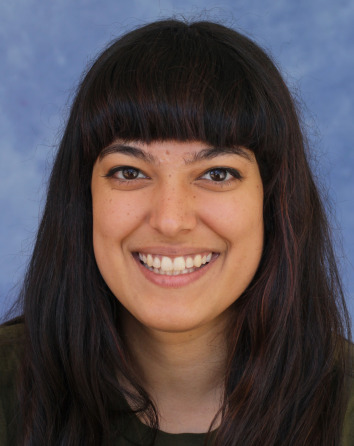
PTYS/LPL Graduate Students
×
Kuiper 316
Namya Baijal
PTYS Graduate Student
Planetary Geophysics, Planetary Surfaces, Small Bodies
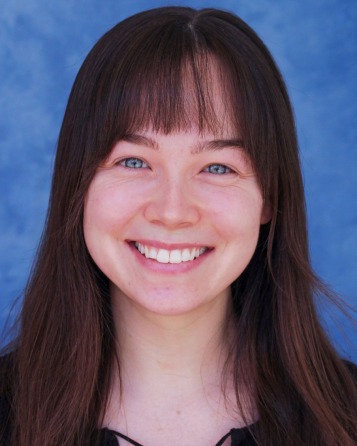
PTYS/LPL Graduate Students
×
Kuiper 318
Maizey Benner (she/they)
PTYS Graduate Student
Cosmochemistry
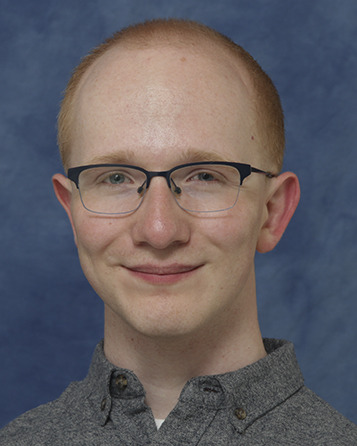
PTYS/LPL Graduate Students
×
Kuiper 324
Galen Bergsten
PTYS Graduate Student
Astrobiology, Exoplanets, Planetary Atmospheres, Planetary Formation and Evolution
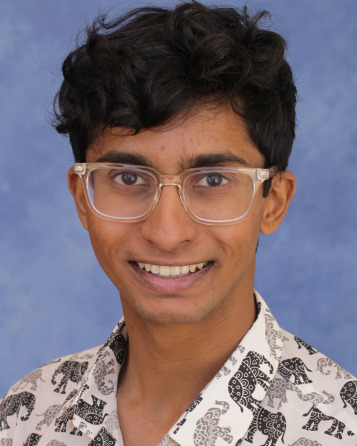
PTYS/LPL Graduate Students
×
Kuiper 338
Rishi Chandra
PTYS Graduate Student
Earth, Lunar Studies, Planetary Analogs, Planetary Geophysics, Planetary Surfaces, Small Bodies
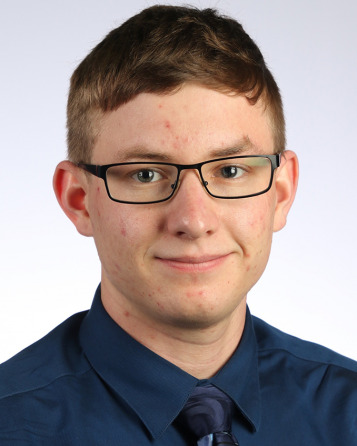
Michael Daniel
PTYS/LPL Graduate Students
×
Sonett 10C
Michael Daniel
PTYS Graduate Student
Earth, Planetary Surfaces
Interests: My primary interests are in glaciology, mass accumulation on glaciers, and climate change impacts on glaciers.
Research: My current research project is mapping out snow depths in the Gulf of Alaska to better understand glacier mass balance in this region. This is done by interpreting radar results from airborne and surface-coupled ground penetrating radar to extract seasonal snow accumulation amounts. Additional work is being done to compare these ground penetrating radar results to satellite and re-analysis products.
Field Experience: I have done field work on; Seward Glacier (Yukon, Canada), Galena Creek Rock Glacier (Wyoming, USA), and Sulphur Creek Rock Glacier (Wyoming, USA) to collect ground penetrating radar data and other geophysical data.
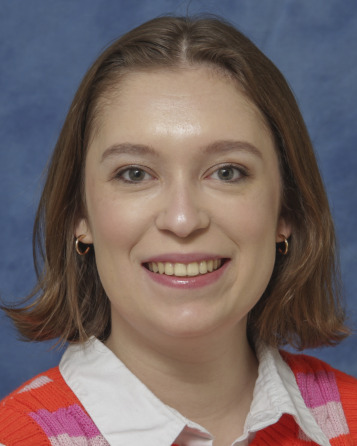
PTYS/LPL Graduate Students
×
Kuiper 316
Searra Foote (she/her)
PTYS Graduate Student
Astrobiology, Exoplanets, Planetary Atmospheres
I study exoplanet atmospheres with an astrobiological perspective
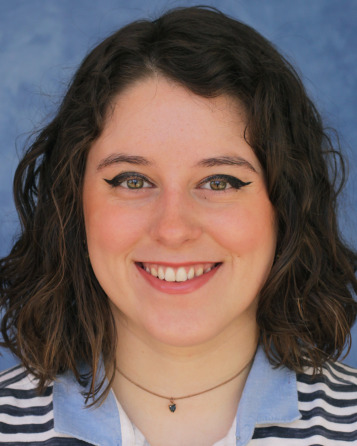
Ruby Fulford (She/Her)
PTYS/LPL Graduate Students
×
Kuiper 201
Ruby Fulford (She/Her)
PTYS Graduate Student
Astrobiology, Planetary Geophysics, Planetary Surfaces, Small Bodies, Titan & Outer Solar System
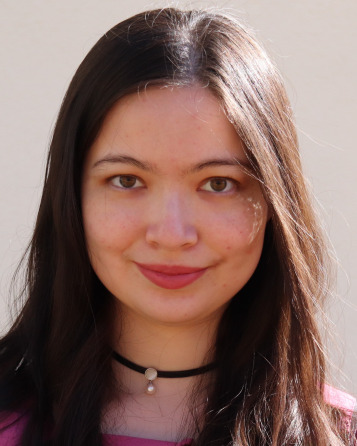
Kiki Gonglewski
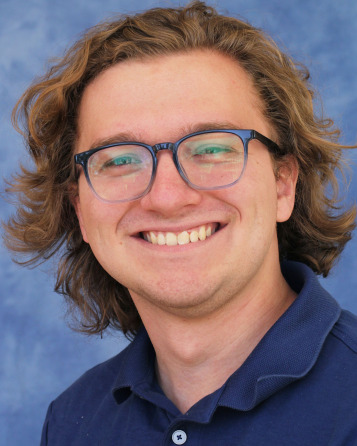
Gabriel Gowman
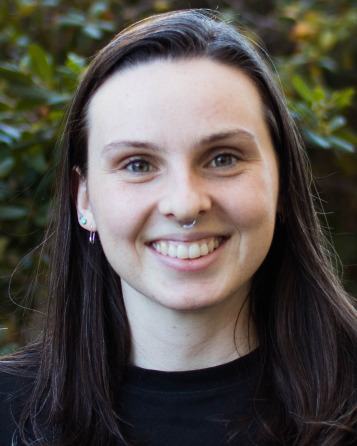
Joanna Hardesty
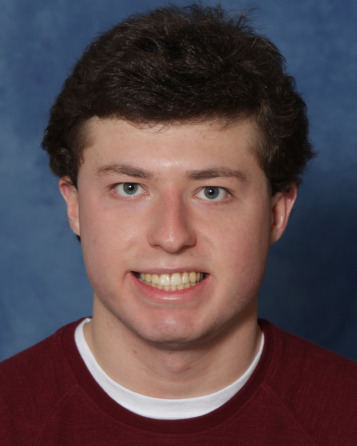
Devin Hoover
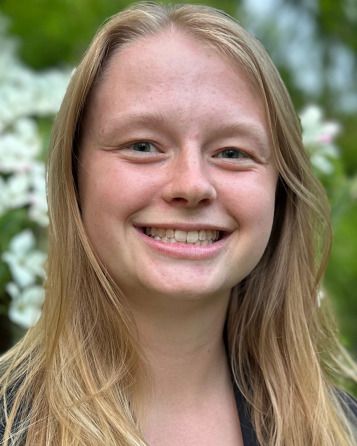
PTYS/LPL Graduate Students
×
Kuiper 316
Lori Huseby
PTYS Graduate Student
Exoplanets, Planetary Atmospheres
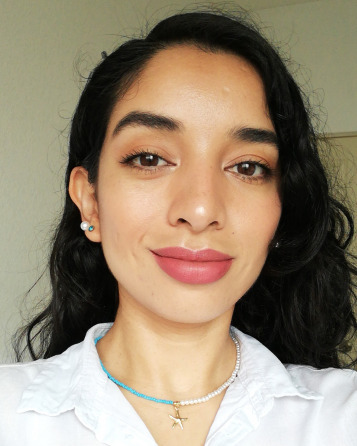
Rocio Jacobo Bojorquez (she/her)
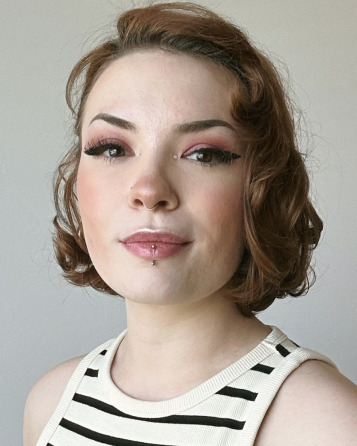
Nicole Kerrison (she/they)
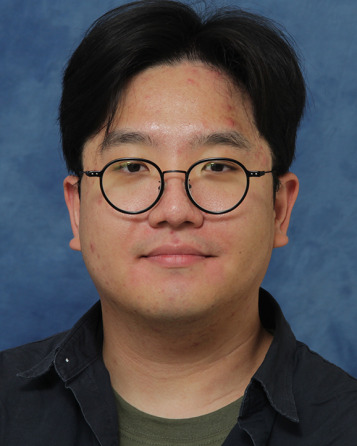
Euibin Kim
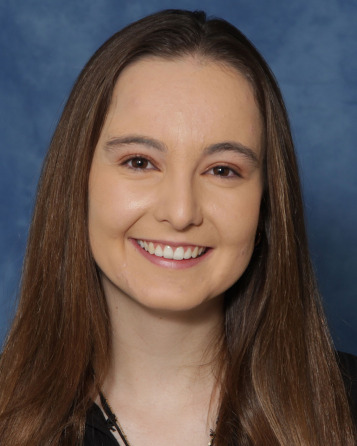
Melissa Kontogiannis (she/her)
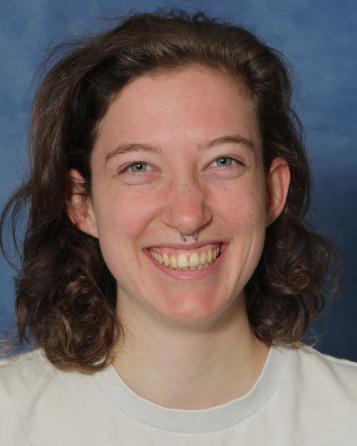
Chaucer Langbert (they/them)
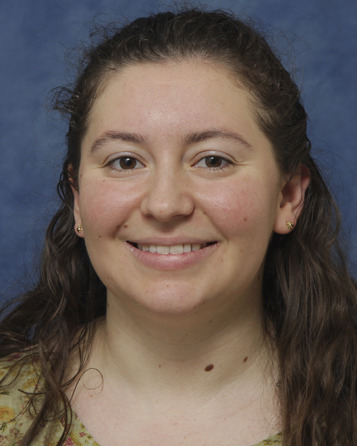
Thea McKenna
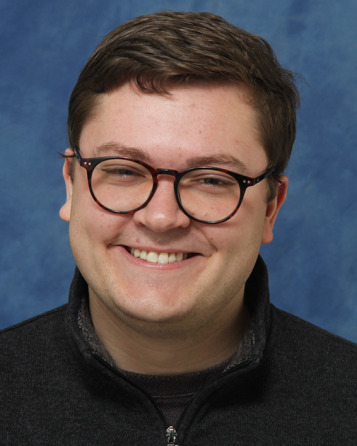
Cole Meyer (he/him/his)
PTYS/LPL Graduate Students
×
Kuiper 351
Cole Meyer (he/him/his)
PTYS Graduate Student
Planetary Atmospheres, Planetary Surfaces, Solar and Heliospheric Research
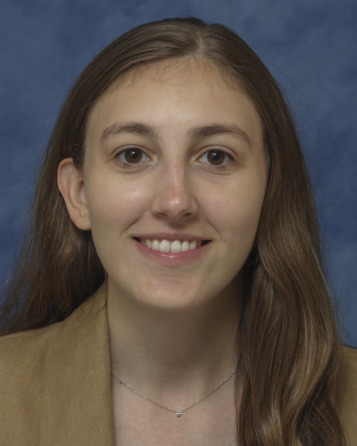
PTYS/LPL Graduate Students
×
Kuiper 320
Samantha Moruzzi
PTYS Graduate Student
Planetary Analogs, Planetary Geophysics, Planetary Surfaces, Titan & Outer Solar System
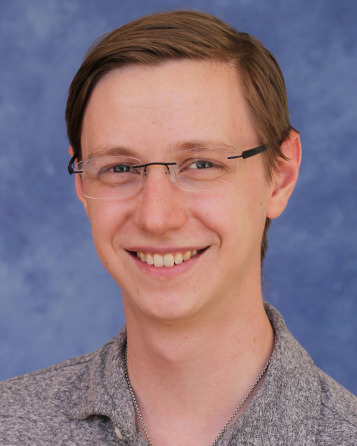
PTYS/LPL Graduate Students
×
Kuiper 334
Samuel Myers (he/him)
PTYS Graduate Student
Small Bodies
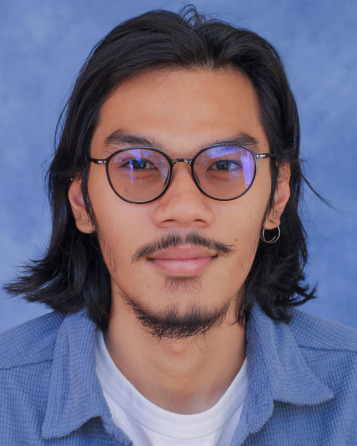
PTYS/LPL Graduate Students
×
Kuiper 322
Fuda Nguyen (he/they)
PTYS Graduate Student
Exoplanets, Planetary Atmospheres, Planetary Formation and Evolution, Theoretical Astrophysics
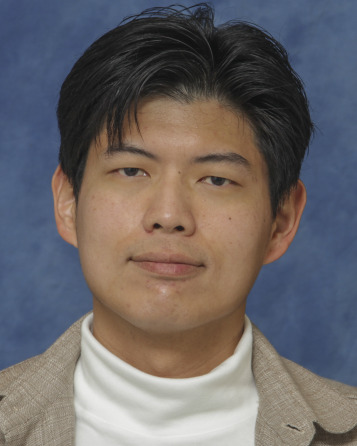
Iunn Ong
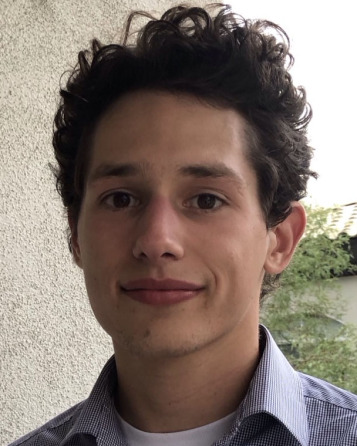
Tyler Reese
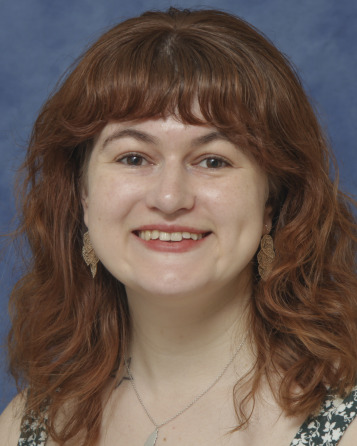
Lily Robinthal (she/her)
PTYS/LPL Graduate Students
×
Kuiper 326
Lily Robinthal (she/her)
PTYS Graduate Student
Astrobiology, Exoplanets, Planetary Astronomy, Planetary Atmospheres
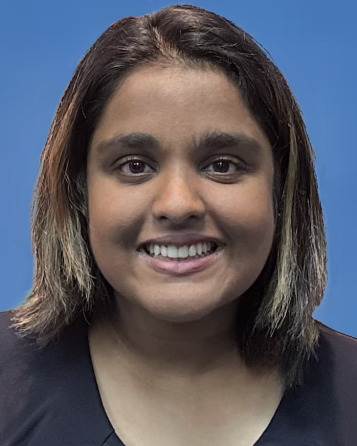
Christina Singh (she/her)
PTYS/LPL Graduate Students
×
Kuiper 351
Christina Singh (she/her)
PTYS Graduate Student
Astrobiology, Photogrammetry, Planetary Analogs, Planetary Surfaces
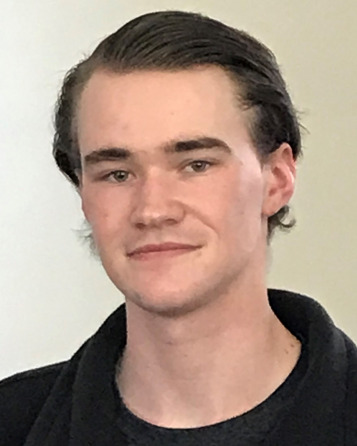
Lucas Smith
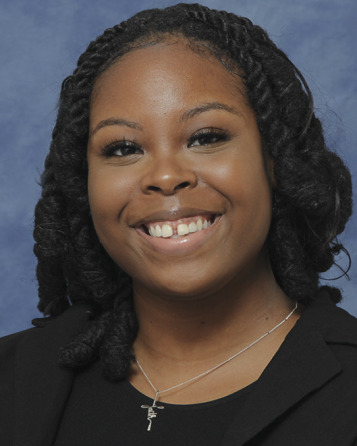
Kayla Smith
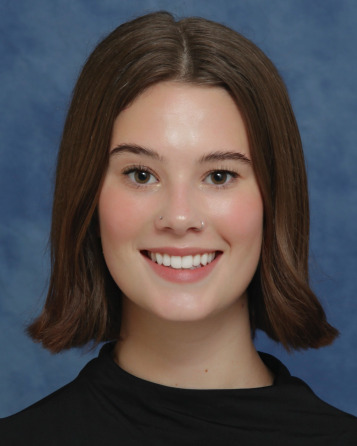
Anna Taylor (She/Her)
PTYS/LPL Graduate Students
×
Kuiper 201
Anna Taylor (She/Her)
PTYS Graduate Student
Exoplanets, Planetary Atmospheres, Theoretical Astrophysics
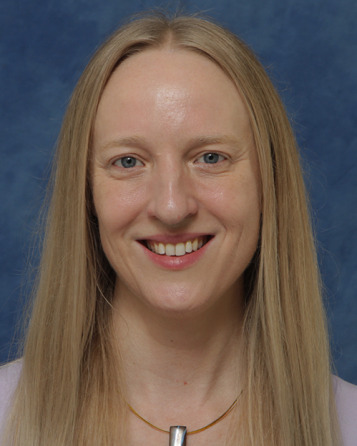
Robin Van Auken
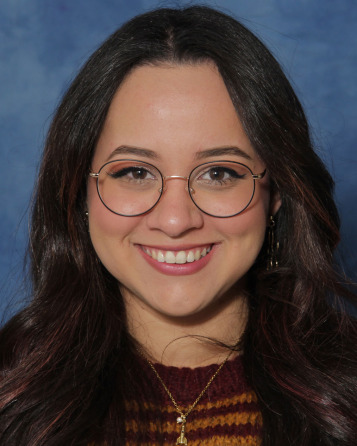
Nathalia Vega Santiago
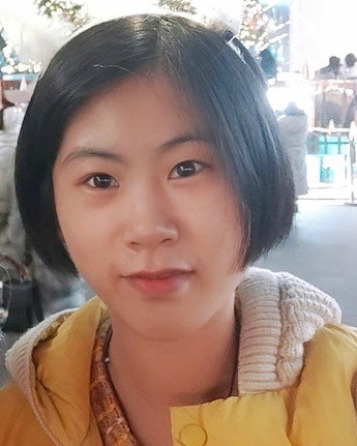
Jingyu Wang
PTYS/LPL Graduate Students
×
Kuiper 322
Jingyu Wang
PTYS Graduate Student
Astrobiology, Exoplanets, Planetary Astronomy, Planetary Atmospheres
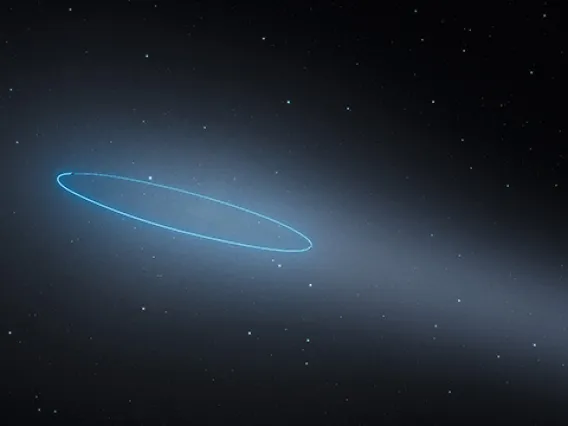
Asteroid-Comet Is New Type of Object
By ESA/Hubble SpaceAsteroid-Comet Is New Type of Object
×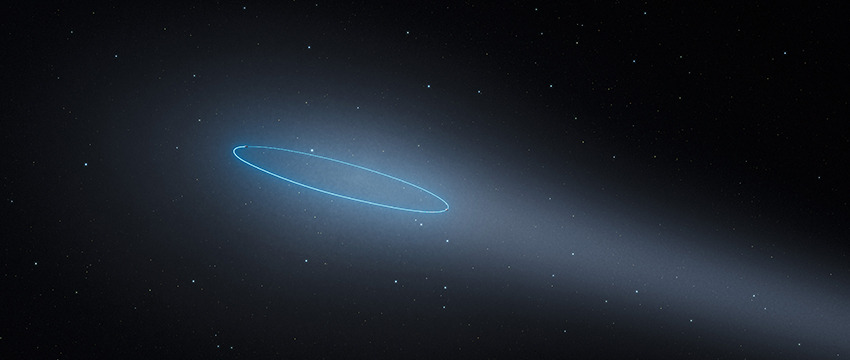
By ESA/Hubble Space Telescope and Daniel Stolte, University Communications - Sept. 25, 2017
With the help of the NASA/ESA Hubble Space Telescope, astronomers have observed the intriguing characteristics of an unusual type of object in the asteroid belt between Mars and Jupiter: two asteroids orbiting each other and exhibiting cometlike features, including a bright coma and a long tail. This is the first known binary asteroid also classified as a comet. The research is published in the journal Nature.
Asteroid 288P was discovered by the University of Arizona's SPACEWATCH® program in 2006, according to Stephen Larson, a senior staff scientist at the UA's Lunar and Planetary Laboratory and a co-author on the paper. Cometary activity was noticed in Hawaii Pan-Starrs data in 2011 as it approached perihelion — close approach to the sun — and is the first known "main belt comet" as it orbits in the main asteroid belt between Mars and Jupiter.
In September 2016, just before the asteroid 288P made its closest approach to the sun, it was close enough to Earth to allow astronomers a detailed look at it using the NASA/ESA Hubble Space Telescope. Like any object orbiting the sun, 288P travels along an elliptical path, bringing it closer to and farther away from the sun during the course of one orbit.
The images of 288P revealed that it actually was not a single object but two asteroids of almost the same mass and size, orbiting each other at a distance of about 100 kilometers (62 miles). That discovery was in itself an important find; because they orbit each other, the masses of the objects in such systems can be measured.
But the observations also revealed ongoing activity in the binary system. The team of authors of this paper has been working for several years trying to identify the mechanism for the observed activity using the Hubble Space Telescope, Larson said.
"These so-called active asteroids are likely comets that have lost most of their volatile ices and may provide the link between comets and some asteroids," he said. "There are about 20 known active asteroids that result from collisions, volatile gas outgassing and splitting due to rotational spin-up."
"We detected strong indications of the sublimation of water ice due to the increased solar heating — similar to how the tail of a comet is created," explained Jessica Agarwal of the Max Planck Institute for Solar System Research in Germany, the team leader and main author of the research paper. This makes 288P the first known binary asteroid that also is classified as a main-belt comet.
Understanding the origin and evolution of main-belt comets — asteroids orbiting between Mars and Jupiter that show comet-like activity — is a crucial element in our understanding of the formation and evolution of the whole solar system. Among the questions main-belt comets can help to answer is how water came to Earth. Current research indicates that water came to Earth not via comets, as long thought, but via icy asteroids. Since only a few objects of this type are known, 288P presents itself as an extremely important system for future studies.
"The high resolution of the Hubble Space Telescope provides unique data constraining the various processes at work in active asteroids," Larson said. "A few of these have been discovered by the UA Catalina Sky Survey, which also provides 14 years of data on historical activity of these active asteroids."
The various features of 288P — wide separation of the two components, near-equal component size, high eccentricity and cometlike activity — also make it unique among the few known wide asteroid binaries in the solar system. The observed activity of 288P also reveals information about its past, Agarwal noted: "Surface ice cannot survive in the asteroid belt for the age of the solar system but can be protected for billions of years by a refractory dust mantle, only a few meters thick."
From this, the team concluded that 288P has existed as a binary system for only about 5,000 years. Agarwal elaborated on the formation scenario: "The most probable formation scenario of 288P is a breakup due to fast rotation. After that, the two fragments may have been moved further apart by sublimation torques."
The fact that 288P is so different from all other known binary asteroids raises some questions about whether it is not just a coincidence that it presents such unique properties. As finding 288P included a lot of luck, it is likely to remain the only example of its kind for a long time. "We need more theoretical and observational work, as well as more objects similar to 288P, to find an answer to this question," Agarwal concludes.
The Hubble Space Telescope is a project of international cooperation between ESA and NASA.
The international team of astronomers in this study consists of Jessica Agarwal (Max Planck Institute for Solar System Research, Göttingen, Germany), David Jewitt (Department of Earth, Planetary and Space Sciences and Department of Physics and Astronomy, University of California, Los Angeles), Max Mutchler (Space Telescope Science Institute, Baltimore), Harold Weaver (Johns Hopkins University Applied Physics Laboratory, Maryland) and Stephen Larson (Lunar and Planetary Laboratory, UA).
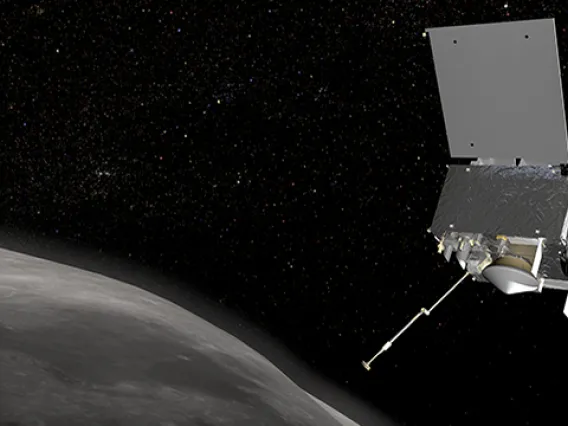
OSIRIS-REx Swings by Earth
By Daniel StolteOSIRIS-REx Swings by Earth
×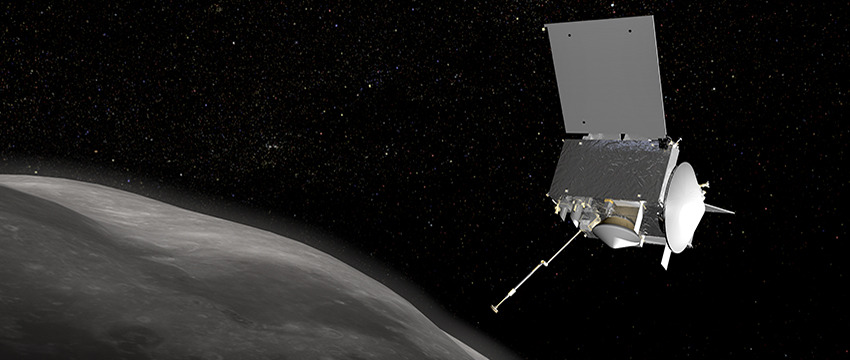
By Daniel Stolte, University Communications - September 20, 2017
As you are reading this, a spacecraft is coming right at you.
Hurtling toward Earth at 19,058 mph, the OSIRIS-REx spacecraft has completed one orbit around the sun since its launch on Sept. 8, 2016. The robotic explorer of the University of Arizona-led asteroid sample return mission is now readying itself for a maneuver that will place it on a trajectory to catch up with Bennu, its target asteroid, a year from now.
In preparation for the Earth gravity assist maneuver, members of all teams involved in the mission are flocking to the UA's Michael J. Drake Building to rehearse operations that the spacecraft will have to perform once it reaches Bennu and begins its surveying campaign to get ready to grab a sample of asteroid material and bring that back to Earth.
"This is the first time for members of all teams to be located here at the Drake Building and lace together as one team," says deputy principal investigator Heather Enos, who has been involved in several NASA missions in which the UA participated. "Our biggest challenge is coordinating all the moving parts. Staying organized requires knowing each other very well and, most of all, trust. Whoever you delegate to can open your door at any time and say, 'We need to talk.'"
During the weeklong, carefully orchestrated move, the probe will approach Earth to within 10,700 miles, well below the orbit of geostationary satellites. It will then dive south under Antarctica, and up over the Pacific Ocean, before setting sail for its journey through outer space to rendezvous with Bennu. As it speeds away from Earth, it will look back and take pictures of the Earth and moon.
Unlike most such maneuvers, which are designed to accelerate a spacecraft by "stealing" momentum from a planetary body's orbit around the sun, OSIRIS-REx will use Earth to change its orbital plane, in a similar way that a skillful throw of a line onto a mooring pole can help a skipper maneuver a boat around a dock.
According to Erin Morton, communications lead for the OSIRIS-REx mission, OSIRIS-REx is one of only a few NASA spacecraft that have performed an Earth gravity assist maneuver, or EGA.
A Need for Speed? Not Really
"This is not about gaining speed," Morton says. "We have all the speed we need to catch up with Bennu. But to get onto the asteroid's orbit, OSIRIS-REx has to boost itself slightly above the plane on which Earth travels around the solar system. Placing it onto that trajectory at launch would have required excessive amounts of rocket fuel, so we're using Earth's gravity instead."
The close encounter provides mission scientists and engineers with the first opportunity since the spacecraft's launch to gather at the OSIRIS-REx Science Processing Operations Center, or SPOC, in the Drake Building, which is a short distance northwest of the UA main campus. Referred to as a co-location by mission managers, the weeklong activities provide a valuable opportunity to rehearse procedures and test and calibrate scientific instruments. As many as 30 scientists, technicians, engineers and other mission members — including several representatives from out of state — are expected to work together during the flyby. Once OSIRIS-REx gets to asteroid Bennu, SPOC will bustle with about 120 people at any given time.
Unlike most space missions, in which the science team members leave most of the spacecraft's day-to-day operations to the flight and system engineers and only spring into action once the craft begins to send science data back to Earth, OSIRIS-REx is more similar to a 17th-century expedition aboard a sailing ship. Just as the naturalists were part of the trip, studying foreign waters and lands as they encountered them, discoveries made by the OSIRIS-REx scientists will be used to inform the spacecraft's operations. Such a high level of intertwined overlap among teams is unusual, according to Morton.
"Much of this mission is about reconnaissance," she explains. "Until we actually get to the asteroid, we won't know what to expect, and what potential hazards might be awaiting the spacecraft."
Lead science operations engineer Sara Knutson, who graduated from the UA with a master's degree in engineering management, has spent the year since launch with her team mapping out what actions the science payload instruments aboard the spacecraft will be performing once at the asteroid — down to the hour. This includes planning all the observations the science instruments will be performing while it orbits Bennu to survey the asteroid in preparation for selecting a sample site.
"Let's say one of the mission scientists wanted to look at a particular swath of material on the asteroid surface," Knutson says. "My team members would then determine where we have to point the spacecraft, and what we have to do once we are in that position — for example, which cameras or spectrometers have to be turned on at what times."
Precision for the Payload
Knutson's team writes commanding sequence products that lay out the exact steps for any given operation of the spacecraft's science payload — in a sense, they allow the ground crew to talk to the spacecraft and control every one of its activities.
"For example, how do we need to orient the spacecraft if we want to point a camera at a science target?" Knutson says. "How do we need to orient the solar panels to ensure we have enough power to acquire the science objective we are looking for, and how long can we remain in that position before we run out of power? Those are the kinds of questions that we ask and develop protocols for."
Before any commands are sent, her team thoroughly tests each data product and works with the spacecraft team to make sure everything is within specs. Once a science operation has been performed, Knutson's team verifies that every task was completed as planned.
"Let's say a scientist asked for pictures or spectrometric data of a site on the asteroid," Knutson says. "Our job is then to check: Did we get all 250 images from the spacecraft, or are we missing an hour's worth of spectrometer data? Our team monitors all that. There is a constant cycle of reviewing an action and feeding the results back into future plans. We want to make sure we keep track of what we have learned to adjust our procedures for future operations."
Taking pictures of the Earth and moon provides a critical opportunity to calibrate the spacecraft's instruments, according to Knutson, as it ensures that the instruments work as intended once they are at the asteroid.
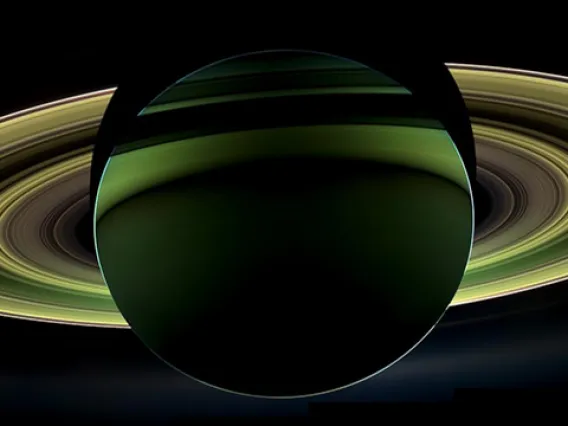
After Farewell Kiss, Cassini Takes the Plunge
By Daniel StolteAfter Farewell Kiss, Cassini Takes the Plunge
×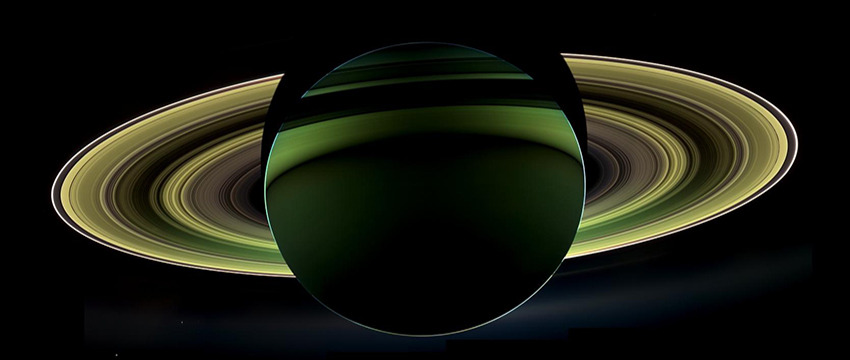
By Daniel Stolte, University Communications - September 13, 2017
When NASA's Cassini spacecraft careens to its final destination, the upper atmosphere of Saturn, it will take with it a sizable chunk of University of Arizona space research history. After a journey of 4.9 billion miles, and one month shy of 20 years in space, the probe is programmed to end its voyage exploring the Saturnian system through a deliberate plunge into the second-largest planet of the solar system.
The spacecraft's fateful dive on Friday will be the final beat in the mission's Grand Finale — 22 weekly dives, begun in late April, through the gap between Saturn and its rings. According to NASA, no spacecraft has ever ventured so close to the planet before.
"Cassini-Huygens is a classic example of a 'flagship' mission, accomplishing tremendous science in many disciplines over many years," said Alfred McEwen, a UA professor of planetary sciences, on Monday as he prepared to leave for Pasadena, California. There, at NASA's Jet Propulsion Laboratory, he would attend the final moments of the mission, along with other UA planetary scientists who have participated in the project.
NASA chose to end the mission by safely disposing of the spacecraft, burning it up in Saturn's atmosphere rather than allowing it to run out of fuel and committing its fate to an aimless tumble and potential crash onto one of Saturn's moons. Mission scientists were especially concerned about contaminating Titan or Enceladus, the two Saturnian moons where life as we know it might be possible — a possibility discovered by Cassini's multiple flybys.
When it launched, Cassini-Huygens was the biggest, most complex interplanetary spacecraft ever flown. In 2004, it arrived in the Saturn system, carrying with it a robotic passenger in form of the Huygens probe, contributed to the mission by the European Space Agency, or ESA. On Jan. 14, 2005, Huygens would make history as the first — and, so far, only — humanmade object to touch down on a world in the outer solar system. Through the eyes of Huygens, an instrument built by UA scientists and engineers, people on Earth could watch as the probe hurtled through the opaque and hazy atmosphere enshrouding Titan.
The probe was equipped with an instrument called DISR, short for Descent Imager/Spectral Radiometer. Led by Martin Tomasko, a now-retired research professor at the Lunar and Planetary Laboratory, UA scientists joined their ESA colleagues in Germany to follow Huygens with six science experiments as it descended through Titan's thick atmosphere until it touched down on a virtually unseen surface. In addition to images taken with DISR, the lander recorded data that enabled LPL staff scientist Erich Karkoschka to gather surprising clues about Titan's surface many years after the event.
Monitoring the Moon Titan
During many flybys, Cassini monitored the dynamic Titan using its camera suite and an instrument called VIMS, a Visual and Infrared Mapping Spectrometer. Built at Jet Propulsion Laboratory under the leadership of Robert Brown, operations for VIMS moved to the UA when Brown assumed a position as professor at LPL. According to Brown, VIMS has been taking spectra over areas of Saturn, its rings and moons so scientists can discover what these objects are made of.
Those observations revealed details about the cycle of methane, which on Titan takes the role of water on Earth — forming clouds, raining down and forming lakes, as well as freezing into ice. In all those observations, Cassini's cameras played an important role, said McEwen, who is a team member of the craft's imaging science subsystem. Those cameras, over the years of photographing Saturn, its rings and moons, created some of the most visually beautiful images of the solar system.
Cassini's imaging team leader Carolyn Porco was appointed to the mission while on the faculty at LPL, where she had been working on NASA's Voyager mission, and was a co-originator of the idea to use Voyager-1 to take portraits of the planets, including the famous Pale Blue Dot image of Earth.
Surface observations on Titan are planned at LPL, and then sent to the Cassini Imaging Central Laboratory for Operations, or CICLOPS, at the University of Colorado, Boulder, which Porco heads as director.
"From there, the necessary commands are sent to JPL and then to the spacecraft," McEwen explains.
Another one of Saturn's moons, ice-clad Enceladus, rose to stardom during several flybys over the course of the mission. Enceladus plows along the orbit of the E Ring, Saturn's second-from-outermost ring, which reaches extremely far out into space, brushing up against the orbit of Titan.
"There was speculation that the moon had something to do with the E Ring," McEwen says.
During multiple close flybys, Cassini used its full science payload to detect and analyze water-rich plumes erupting from the moon's south pole far into space, a spectacular discovery that McEwen considers one of the highlights of the entire mission.
"We saw that these plumes are quite large and extensive," he recalls. "Because we were able to measure their composition with Cassini's instruments, we could show that (tiny particles from those eruptions) are the source of the E Ring."
The Last Closest Approach
Evidence for subsurface oceans of water were discovered by Cassini inside both Enceladus and Titan, making them prime targets for future NASA missions.
Cassini made its last closest approach to Titan on Sept. 11 at 12:04 p.m. PDT, at an altitude of 73,974 miles (119,049 kilometers) above the moon's surface, causing the spacecraft to slingshot into its final approach to Saturn — but not before it would send final images from Titan to Earth, eagerly awaited by scientists, including McEwen.
"Previously, we saw thunderstorms in Titan's southern hemisphere when it was summer there," he says, "and because it's now the northern summer solstice, we are hoping to see cloud activity and perhaps thunderstorms in the northern hemisphere."
Cassini will be doing science even after being gripped by Saturn's gravity, pulling it into destruction, by measuring the composition, temperature and other properties of Saturn's atmosphere.
"The spacecraft will be transmitting data until the very end, and we'll be there when it stops," McEwen says. "It won't go very deep, because it is not a probe designed to go deep, but still deeper than anything else."
When Cassini arrived at Saturn, where one "year" lasts 29.5 Earth years, the gas giant went through northern winter, and Cassini was there to witness the planet's change of seasons.
The end of the mission, McEwen says, is "not unexpected," adding that the plan to end with a solstice mission, followed by a plunge into Saturn, was put in place about seven years ago.
Still, "this mission has been going for so long, it's a little hard to believe that it's over," he says.
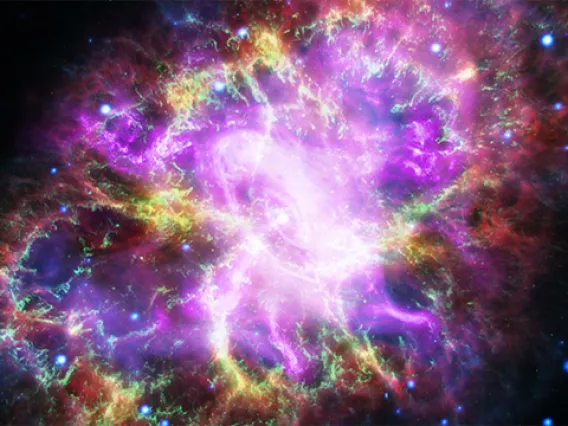
Stellar Corpse Sheds Light on Cosmic Rays
By Daniel StolteStellar Corpse Sheds Light on Cosmic Rays
×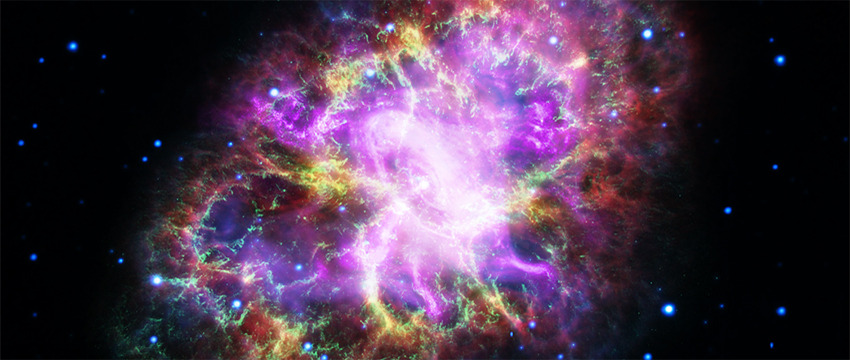
By Daniel Stolte, University Communications - September 4, 2017
The origin of cosmic rays, high-energy particles from outer space unceasingly impinging on Earth, is among the most challenging open questions in astrophysics.
Discovered more than 100 years ago and considered a potential health risk to airplane crews and astronauts, cosmic rays are believed to be produced by shock waves — for example, those resulting from supernovae explosions. The most energetic cosmic rays streaking across the universe carry 10 to 100 million times the energy generated by particle colliders such as the Large Hadron Collider at CERN. New research published in the Monthly Notices of the Royal Astronomical Society sheds new light on the origin of those energetic particles.
"The new result represents a significant advance in our understanding of particle acceleration at shock waves, traditionally regarded as the main sources of energetic particles in the universe," said the study's lead author, Federico Fraschetti, a staff scientist at the University of Arizona's Departments of Planetary Sciences and Astronomy.
The Crab Nebula, remnant of a supernova explosion that was observed almost 1,000 years ago, is one of the best studied objects in the history of astronomy and a known source of cosmic rays. It emits radiation across the entire electromagnetic spectrum, from gamma rays, ultraviolet and visible light, to infrared and radio waves.
"Most of what we observe comes from very energetic particles such as electrons that did not yet leave the source," said Fraschetti. "Since we can only observe the electromagnetic radiation that they emit from the source itself, we rely on models to reproduce the radiation spectrum we see from the nebula."
The new study, co-authored by Martin Pohl at the University of Potsdam, Germany, revealed that the entire zoo of electromagnetic radiation streaming from the Crab Nebula can arise from a single population of electrons, previously deemed impossible, and that they originate in a different way than scientists have traditionally thought.
According to the generally accepted model, once the particles reach the shock, they bounce back and forth many times due to the magnetic turbulence. During this process they gain energy — in a similar way to a tennis ball being bounced between two rackets that are steadily moving nearer to each other — and are pushed closer and closer to the speed of light. Such a model follows an idea introduced by Italian physicist Enrico Fermi in 1949.
"The current models do not include what happens when the particles reach their highest energy," said Federico Fraschetti. "Only if we include a different process of acceleration can we explain the entire electromagnetic spectrum we see, and that tells us that while the shock wave still is the source of the acceleration of the particles, the mechanisms must be different."
At the heart of the Crab Nebula lies a pulsar, a rapidly rotating neutron star originating from the explosion of a star a few times more massive than the sun. When it exploded, the star shredded its outer layers, creating the stunning colorscape that makes the Crab Nebula so popular with professional and amateur astronomers. The pulsar emits a wind of electrons and positrons traveling at what astrophysicists call relativistic speed — close to the speed of light.
"Those particles are the fastest things in the universe," Fraschetti said. "Anything we experience in our everyday lives is very far from relativistic effects. But these highly energetic particles still need to be accelerated even more to produce the electromagnetic radiation that we see coming from the Crab Nebula."
That acceleration, scientists believe, happens at a boundary called the termination shock, where the particle wind slams into the cloud of gas and dust that the star blew off into space when it went supernova.
Except that just when the particles become energetic enough to leave the system and become cosmic radiation, they go beyond the limits of the models traditionally used to account for the origin of cosmic radiation, Fraschetti and Pohl found. The authors conclude that a better understanding is needed of how particles are accelerated in cosmic sources, and how the acceleration works when the energy of the particles become very large.
Several NASA missions, including ACE, STEREO and WIND, are dedicated to studying the effects of shocks caused by plasma explosions on the surface of the sun as they travel to Earth. Scientists hope that results from those experiments may shed light on the mechanisms of acceleration in objects such as the Crab Nebula.
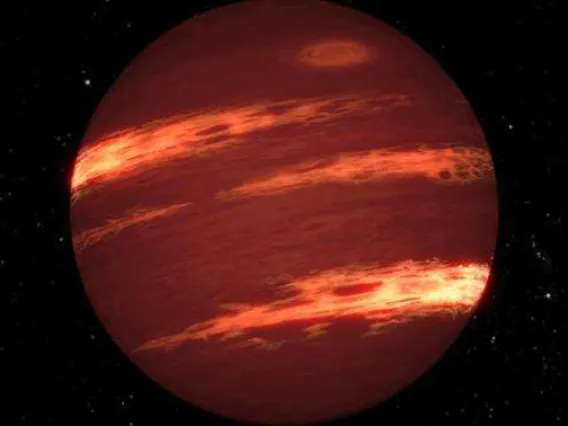
Scientists Solve Mystery of Blinking Brown Dwarfs
By UniversityScientists Solve Mystery of Blinking Brown Dwarfs
×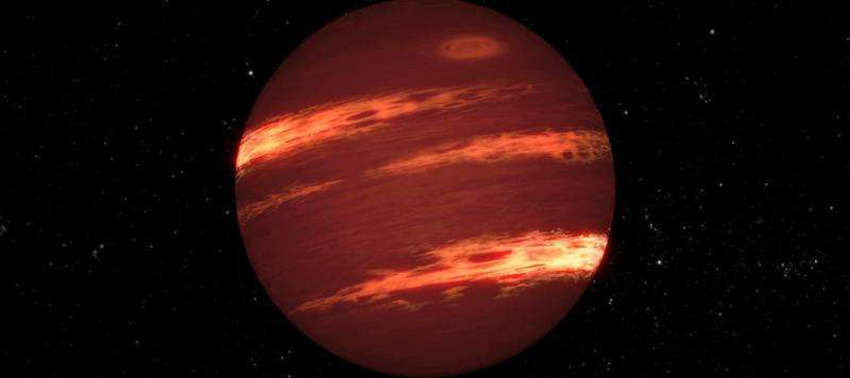
By University Communications - August 17, 2017
Dim objects called brown dwarfs, less massive than the sun but more massive than Jupiter, have powerful winds and clouds -- specifically, hot patchy clouds made of iron droplets and silicate dust. Scientists recently realized these giant clouds can move and thicken or thin surprisingly rapidly, in less than an Earth day, but did not understand why.
Now, researchers have a new model for explaining how clouds move and change shape in brown dwarfs, using insights from NASA's Spitzer Space Telescope. Giant waves cause large-scale movement of particles in brown dwarfs' atmospheres, changing the thickness of the silicate clouds, researchers report in the journal Science. The study also suggests these clouds are organized in bands confined to different latitudes, traveling with different speeds in different bands.
"This is the first time we have seen atmospheric bands and waves in brown dwarfs," said lead author Daniel Apai, associate professor of astronomy and planetary sciences at the University of Arizona's Steward Observatory.
Just as in Earth's ocean, different types of waves can form in planetary atmospheres. For example, in Earth's atmosphere, very long waves mix cold air from the polar regions to mid-latitudes, which often lead clouds to form or dissipate.
The distribution and motions of the clouds on brown dwarfs in this study are more similar to those seen on Jupiter, Saturn, Uranus and Neptune. Neptune has cloud structures that follow banded paths too, but its clouds are made of ice. Observations of Neptune from NASA's Kepler spacecraft, operating in its K2 mission, were important in this comparison between the planet and brown dwarfs.
"The atmospheric winds of brown dwarfs seem to be more like Jupiter's familiar regular pattern of belts and zones than the chaotic atmospheric boiling seen on the Sun and many other stars," said study co-author Mark Marley at NASA's Ames Research Center in California's Silicon Valley.
Brown dwarfs can be thought of as failed stars because they are too small to fuse chemical elements in their cores. They can also be thought of as "super planets" because they are more massive than Jupiter, yet have roughly the same diameter. Like gas giant planets, brown dwarfs are mostly made of hydrogen and helium, but they are often found apart from any planetary systems. In a 2014 study using Spitzer, scientists found that brown dwarfs commonly have atmospheric storms.
Due to their similarity to giant exoplanets, brown dwarfs are windows into planetary systems beyond our own. It is easier to study brown dwarfs than planets because they often do not have a bright host star that obscures them.
"It is likely the banded structure and large atmospheric waves we found in brown dwarfs will also be common in giant exoplanets," Apai said.
Using Spitzer, scientists monitored brightness changes in six brown dwarfs over more than a year, observing each of them rotate 32 times. As a brown dwarf rotates, its clouds move in and out of the hemisphere seen by the telescope, causing changes in the brightness of the brown dwarf. Scientists then analyzed these brightness variations to explore how silicate clouds are distributed in the brown dwarfs.
Researchers had been expecting these brown dwarfs to have elliptical storms resembling Jupiter's Great Red Spot, caused by high-pressure zones. The Great Red Spot has been present in Jupiter for hundreds of years and changes very slowly: Such "spots" could not explain the rapid changes in brightness that scientists saw while observing these brown dwarfs. The brightness levels of the brown dwarfs varied markedly just over the course of an Earth day.
To make sense of the ups and downs of brightness, scientists had to rethink their assumptions about what was going on in the brown dwarf atmospheres. The best model to explain the variations involves large waves, propagating through the atmosphere with different periods. These waves would make the cloud structures rotate with different speeds in different bands.
UA researcher Theodora Karalidi used a supercomputer and a new computer algorithm to create maps of how clouds travel on these brown dwarfs.
"When the peaks of the two waves are offset, over the course of the day there are two points of maximum brightness," Karalidi said. "When the waves are in sync, you get one large peak, making the brown dwarf twice as bright as with a single wave."
(Watch a video animation of this phenomenon)
The results explain the puzzling behavior and brightness changes that researchers previously saw. The next step is to try to better understand what causes the waves that drive cloud behavior.
JPL manages the Spitzer Space Telescope mission for NASA's Science Mission Directorate, Washington. Science operations are conducted at the Spitzer Science Center at Caltech in Pasadena, California. Spacecraft operations are based at Lockheed Martin Space Systems Company, Littleton, Colorado. Data are archived at the Infrared Science Archive housed at the Infrared Processing and Analysis Center at Caltech. Caltech manages JPL for NASA.

PTYS Undergrad Minor and the 2017 Eclipse
By Daniel StoltePTYS Undergrad Minor and the 2017 Eclipse
×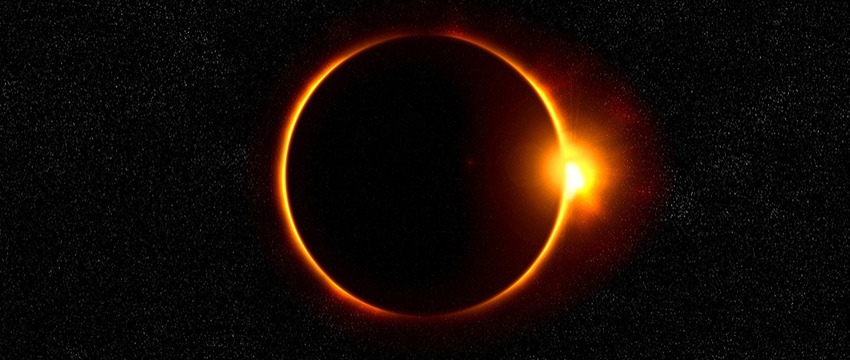
By Daniel Stolte, University Communications - Aug. 16, 2017
Asked about her favorite planet in the solar system, Adriana Mitchell responds without hesitation: "Earth."
What about Mars? "Mars is very interesting, too," she says. "I hope to go there someday, actually."
And the way she says that, somehow, leaves no room for doubt.
Mitchell, an undergraduate student at the University of Arizona who majors in optical sciences and engineering, will start her junior year at the UA this fall. But while many of her peers are busy moving into residence halls and ordering textbooks, she is getting ready to start the first day of classes pointing a telescope outfitted with a polarimeter at the sun.
On Monday, Aug. 21, while the moon glides in front of the sun's blinding disc of light, Mitchell will focus her attention on an unprecedented effort to help solve some of the mysteries surrounding our home star. The mysteries are many, which is surprising if one considers that our species has looked up to, and studied, the sun ever since the first humans roamed the planet.
"One of the big questions in solar physics is: Why is the sun's corona hotter than the surface?" Mitchell says. "Or: Why does the solar wind accelerate dramatically as it streams out, going from one mile per second to a hundred?"
To pursue answers to some of these questions, Mitchell plays an important part in the most ambitious citizen science projects ever done during a total solar eclipse: the Continental-America Telescopic Eclipse Experiment, or Citizen CATE for short, a research project supported by federal, private and corporate contributions.
Passing the Torch
Sixty-eight telescopes, lined up like beads on a string along the path of totality, will be linked together to generate the longest movie of a solar eclipse ever made, resulting in 90 minutes of totality. To an observer within that path, the slowly moving moon will occult the sun for a maximum of two and a half minutes, before the famous "diamond ring" shape — the anticipated highlight for any eclipse chaser — announces the end of totality.
"We'll be passing the torch of collecting data all across the continent," explains Mitchell, who has been busy for more than a year readying science equipment, all to make sure everything goes smoothly during a natural spectacle that doesn't offer much opportunity for dress rehearsals.
CATE brings together volunteers from high schools, universities, informal education groups, astronomy clubs across the country, national science research labs and five corporate sponsors. Together, they will attempt what not even spacecraft dedicated to studying the sun have accomplished: to produce the first dataset of high-resolution, rapid-sequence, white-light images of the sun's inner corona over 90 minutes. The corona refers to a region of the solar atmosphere that typically is very challenging to image.
"The Earth and sun are intimately connected with the solar wind," says Matthew Penn, an astronomer at the National Solar Observatory, or NSO, in Tucson and CATE's principal investigator, who hired Mitchell in early 2016 to help get the project ready for the big moment. "This stream of particles blows through the entire solar system, and on bad days it can interfere with satellites and disrupt communications. With CATE, we want to better understand the sun's corona so we can better predict the solar wind."
For reasons physical and technical, even spacecraft can't observe the regions of the sun's corona that are closer to the star's surface than a little over one sun's diameter. And coronagraphs — devices placed in front of telescopes that block out the blinding glare — create issues by blurring the edges of the image. That is why scientists get so excited about the eclipse: When the moon moves into the path between Earth and sun, it functions as a distant, natural coronagraph that makes for much better observing conditions.
What Milkshakes Say About Solar Wind
With the string of telescopes operated by CATE volunteers, scientists such as Penn hope to measure the solar wind streaming out from the sun. Mitchell will perform a special and critical role during these observations, as she will operate one of only two sites where telescopes are outfitted with polarimeters, specialized filters that see only light waves that are synchronized in one plane. This allows them to track the so-called polar plumes, blobs of gas hurled from the sun's surface into space.
"It's a bit like sitting across the table from someone slurping a milkshake through a straw," Penn explains. "If you look closely, you'll see blobs of milkshake moving up the straw. By tracking those blobs of hot gas streaming from the sun and measuring their velocity, we can find out which of the models that solar physicists have proposed is correct."
Because safety is a critical part of the project, the sun's antics will be visible only to the cameras attached to the telescopes.
"Our telescopes don't have eyepieces," Mitchell says. "Looking into the sun through a telescope would immediately burn your retina. We want to make sure nobody gets injured."
Long before embarking to her site of study in Carbondale, Illinois, Mitchell was busy at the NSO, located across the street from the UA's Steward Observatory. To make sure that CATE's army of telescopes marches to the same beat, her duties included preparing truckloads — literally — of equipment.
"Everything was coming through Tucson," she says. "We got all this equipment, and we were setting up what seemed like a million computers. I remember all that stuff being in a room, and everything going like 'beep-beep-beep-beep' all day."
In practice runs conducted during a total eclipse in Indonesia in 2016, several sites unfortunately had their telescopes out of focus. Mitchell worked closely with a programmer from one of CATE's sponsoring companies to develop a way to make sure that wouldn't happen this time.
"This is actually more difficult than it sounds," Penn says. "In our recent practice runs, all of our volunteer groups have images that are in focus, due in a large part to Adriana's efforts."
"It's all automated," Mitchell says. "To capture the totality, all the volunteers have to do is push a start button and a stop button."
Getting Ready for 2024
When Mitchell isn't programming computers or adjusting telescope control motors, she brings her passion for science to the public. In June, Penn flew Mitchell out to Boulder, Colorado, to present the project during a national press conference about the eclipse.
"Adriana is a very talented undergraduate student," Penn says. "Her involvement in the project, which is really just something she's done on her own, has been remarkable. In addition to presenting poster papers at national meetings and being a co-author on our science papers, she is the best public speaker that I have among the students in the program."
Because all sites involved in CATE get to keep their telescopes after the eclipse, the project's scientists already are hatching plans about what they should set their sights on next.
"We're thinking about short-lived targets like comet flybys or the brightness fluctuations in variable stars," Mitchell says, "anything that would benefit from observing with multiple telescopes spread out over large areas."
"There is another solar eclipse coming up in 2024," Penn says, "and ideally we'd like to have polarimeters set up along the path of totality for that one."
By that time, Mitchell, may already have a Ph.D.
"I'm definitely going to grad school," she says. "Since I'm mostly interested in planetary science, I'd like to build instruments. Like an infrared imager or some type of spectrometer that could someday fly through the geysers on Saturn's moon Enceladus. That would be really cool."
The way Adriana Mitchell says that, somehow, leaves no room for doubt.
Asteroid Flyby to Help NASA Observation
By Daniel StolteAsteroid Flyby to Help NASA Observation
×By Daniel Stolte, University Communications - July 27, 2017
For the first time, NASA will use an actual space rock for an observational campaign to test NASA's network of observatories and scientists who work with planetary defense. The asteroid, named 2012 TC4, does not pose a threat to the Earth, but NASA is using it as a test object for an observational campaign because of its close flyby on Oct. 12, 2017.
NASA has conducted such preparedness drills rehearsing various aspects of an asteroid impact, such as deflection, evacuation and disaster relief, with other entities in the past. Traditionally, however, these exercises involved hypothetical impactors, prompting Vishnu Reddy of the University of Arizona's Lunar and Planetary Laboratory to propose a slightly more realistic scenario, one that revolves around an actual close approach of a near-Earth asteroid, or NEA.
"The question is: How prepared are we for the next cosmic threat?" said Reddy, an assistant professor of planetary science at the Lunar and Planetary Laboratory. "So we proposed an observational campaign to exercise the network and test how ready we are for a potential impact by a hazardous asteroid."
NASA's Planetary Defense Coordination Office, or PDCO, the federal entity in charge of coordinating efforts to protect Earth from hazardous asteroids, accepted Reddy's idea to conduct an observational campaign as part of assessing its Earth-based defense network and identified the upcoming close approach of 2012 TC4 as a good opportunity to conduct the exercise. Reddy will assist Michael Kelley, who serves as a program scientist with NASA PDCO and as the lead on the exercise.
The goal of the TC4 exercise is to recover, track and characterize 2012 TC4 as a potential impactor in order to exercise the entire system from observations, modeling, prediction and communication.
Measuring between 30 and 100 feet, roughly the same size as the asteroid that exploded over Chelyabinsk, Russia, on Feb. 15, 2013, TC4 was discovered by the Pan-STARRS 1 telescope on Oct. 5, 2012, at Haleakala Observatory on Maui, Hawaii. Given its orbital uncertainty, the asteroid will pass as close as 6,800 kilometers (4,200 miles) above the Earth’s surface.
"This is a team effort that involves more than a dozen observatories, universities and labs across the globe so we can collectively learn the strengths and limitations of our planetary defense capabilities," said Reddy, who is coordinating the campaign for NASA PDCO.
Since its discovery in 2012, the uncertainty in the asteroid's orbit has slowly increased, as it would for any asteroid as time passes. Therefore, the first order of business will be to "recover" the object — in other words, nail down its exact path. Reddy and his collaborators hope that depending on its predicted brightness, the asteroid would be visible again to large ground-based telescopes in early August.
"One of the strengths of UA research is partnering with federal agencies or industry to work together in solving some of the grand challenges we face," said Kimberly Andrews Espy, the UA's senior vice president for research. "This project is a perfect example of matching UA capabilities — from our world-class imaging to our expertise in space sciences — with an external need."
The UA is home to the Catalina Sky Survey, one of the most prolific asteroid discoverers, and the SPACEWATCH® project that recovers and tracks faint NEAs. Both teams will take part in the planetary defense exercise.
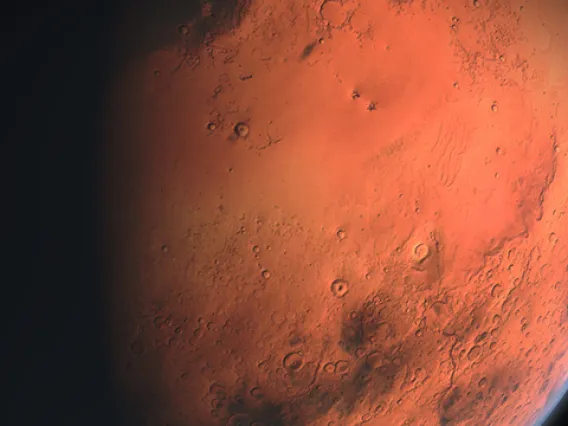
UA Trains Visually Impaired Youth for STEM
By La Monica EverettUA Trains Visually Impaired Youth for STEM
×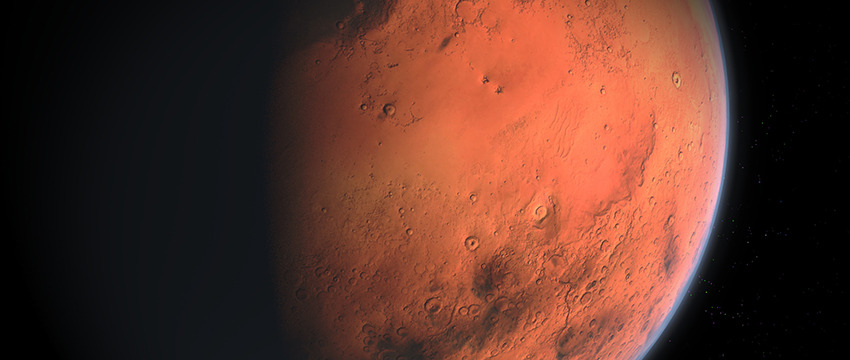
By La Monica Everett-Haynes, University Communications - July 5, 2017
Using images and data from the University of Arizona's Mars HiRISE camera, Sunggye Hong and Stephen Kortenkamp are creating educational experiences and tactile tools about the Red Planet to help students gain insight and interest in scientific exploration and study — and motivate students to imagine their future as scientists.
Their interdisciplinary work at the UA has gained the attention of the National Science Foundation, which has provided a grant at more than $1 million to fund a research and engagement project.
"Opening up STEM careers through better awareness among pre-college-age students is a real need," said UA President Robert C. Robbins. "I very much admire that UA faculty in the College of Education are helping create this awareness for students with visual impairments through their engaging approach to learning. This project and the NSF's support for it are outstanding examples of what the UA can do for students through collaboration and the creativity of our faculty members."
Called Project POEM, short for Project-Based Learning Opportunities and Exploration of Mentorship for Students With Visual Impairments in STEM, the effort will involve 35 middle and high school students with visual impairments in a 14-month program meant to train them toward the science, technology, engineering and mathematics fields.
"Mars is one of the most fascinating topics in the world of science today. If a student has an opportunity to study and to analyze data collected from Mars, that would be a very exciting and motivational component to helping students' interest in science," said Hong, associate professor in the UA College of Education's Department of Disability and Psychoeducational Studies and principal investigator on the NSF grant.
Other Project POEM collaborators are the UA Sky School, the UA Department of Mining and Geological Engineering, the UCAR Center for Science Education, the American Printing House for the Blind and Denver-based educational consultant McREL International.
In developing the program, Hong and his partners were attentive and responsive to the Next Generation Science Standards, a multistate effort developed by a team of researchers commissioned by the Carnegie Foundation.
Mentors to Lend Support
As such, the program will be project-based, rich in content and complemented by the support of mentors — UA undergraduate and graduate students and also STEM industry professionals who have visual impairments.
The educational tools being designed also address the problem of students with visual impairments having too little access to the types of resources that can help them understand complex scientific topics and drive their interests in science.
"Much of the STEM curricula is so visual, so you must make appropriate adaptations and modifications for the materials to be used," Hong said.
"We know that there are these difficulties, but there are also techniques we can use to navigate such barriers," he said. "If students are frustrated with not having properly modified materials, they can talk through problems with people who have gone through the same frustrations, and students with visual impairments can figure out ways to overcome those difficulties."
Using images and data from Mars sourced by the UA's Lunar and Planetary Laboratory, the team led by Hong is also creating tactile, 3-D models of the surface of Mars that students can use to study the planet's physical characteristics.
Over the course of the program, the middle and high school students will learn about STEM concepts and Mars through learning models and other forms of engagement. They then will work alongside their mentors to develop and execute a research project about Mars, relying on adapted images and also data from the UA's HiRISE camera currently operating on the Mars Reconnaissance Orbiter.
The project draws heavily on the child education expertise of Kortenkamp, associate professor of practice in the Lunar and Planetary Laboratory in the College of Science, who also written and published children's books on topical issues related to science.
Kortenkamp also said he is especially dedicated to improving resources for students with visual impairments after having worked early in his UA career with a student who was blind.
"Astronomy is such a visual field, so it became a challenge for me in how I was teaching the course," Kortenkamp said. He began to more readily employ audio components and also introduced tactile tools — resources he would use for years.
"Finding other ways of presenting the material, rather than just lecturing, is so fascinating. And putting that extra effort of finding materials and presenting them — whether your student can see them or not — helps to show that you are truly invested in learning," Kortenkamp said.
Also motivating Hong and Kortenkamp is the need for improved STEM-related educational resources and the problem of underemployment among individuals with disabilities, especially in STEM fields.
Creating a 'Set of Experiences'
Individuals with visual impairments are highly underemployed, with the U.S. Census Bureau and the American Foundation for the Blind reporting that only 30 to 38 percent of that adult population is employed.
"When you see 70 percent of a population unemployed, that is a huge problem," Hong said. "Our idea was that if we could create a set of experiences for students with visual impairments to give them knowledge about STEM fields and find ways to keep them motivated in considering the STEM field as a potential occupation, we could raise their persistence toward STEM."
Ultimately, the team plans to develop curricula that K-12 teachers may use to replicate the program in other parts of Arizona and the nation.
"Students with visual impairments are capable of becoming successful scientists — if all the pieces of the puzzle are given appropriately," Hong said. "It is not the limitation of an individual, it is more about awareness of the public and working to bring STEM experiences to people with visual impairments."
Also, a research initiative is embedded within the project, and the team will be evaluating best approaches and methods for designing the effective and immersive experience to actively engage students.
"Not everyone will become a scientist. But if they can gain interest in these technical areas, they may take a different route in life or have a deeper appreciation for the field and become more technologically savvy," Kortenkamp said. "It never hurts to have some of that background, or at least be comfortable around science and math."
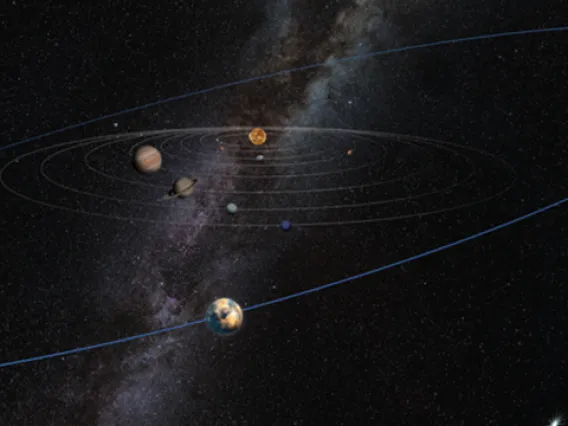
UA Scientists and the Curious Case of the Warped Kuiper Belt
By Daniel StolteUA Scientists and the Curious Case of the Warped Kuiper Belt
×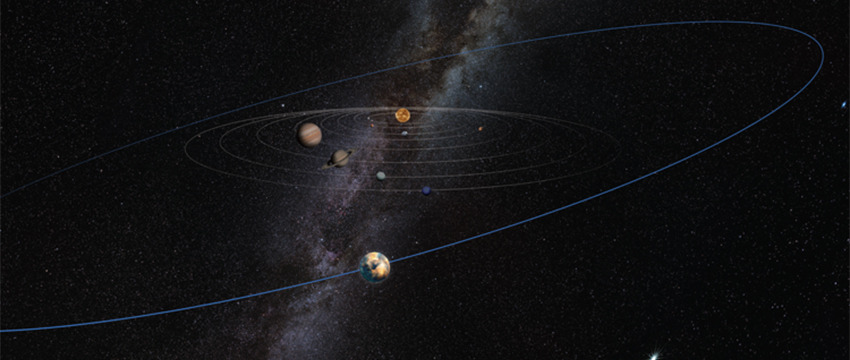
By Daniel Stolte, University Communications - June 20, 2017
An unknown, unseen "planetary mass object" may lurk in the outer reaches of our solar system, according to new research on the orbits of minor planets to be published in the Astronomical Journal. This object would be different from — and much closer than — the so-called Planet Nine, a planet whose existence yet awaits confirmation.
In the paper, Kat Volk and Renu Malhotra of the University of Arizona's Lunar and Planetary Laboratory, or LPL, present compelling evidence of a yet-to-be- discovered planetary body with a mass somewhere between that of Mars and Earth. The mysterious mass, the authors show, has given away its presence — for now — only by controlling the orbital planes of a population of space rocks known as Kuiper Belt objects, or KBOs, in the icy outskirts of the solar system.
While most KBOs — debris left over from the formation of the solar system — orbit the sun with orbital tilts (inclinations) that average out to what planetary scientists call the invariable plane of the solar system, the most distant of the Kuiper Belt's objects do not. Their average plane, Volk and Malhotra discovered, is tilted away from the invariable plane by about eight degrees. In other words, something unknown is warping the average orbital plane of the outer solar system.
"The most likely explanation for our results is that there is some unseen mass," says Volk, a postdoctoral fellow at LPL and the lead author of the study. "According to our calculations, something as massive as Mars would be needed to cause the warp that we measured."
The Kuiper Belt lies beyond the orbit of Neptune and extends to a few hundred Astronomical Units, or AU, with one AU representing the distance between Earth and the sun. Like its inner solar system cousin, the asteroid belt between Mars and Jupiter, the Kuiper Belt hosts a vast number of minor planets, mostly small icy bodies (the precursors of comets), and a few dwarf planets.
For the study, Volk and Malhotra analyzed the tilt angles of the orbital planes of more than 600 objects in the Kuiper Belt in order to determine the common direction about which these orbital planes all precess. Precession refers to the slow change or "wobble" in the orientation of a rotating object.
KBOs operate in an analogous way to spinning tops, explains Malhotra, who is a Louise Foucar Marshall Science Research Professor and Regents' Professor of Planetary Sciences at LPL.
"Imagine you have lots and lots of fast-spinning tops, and you give each one a slight nudge," she says. "If you then take a snapshot of them, you will find that their spin axes will be at different orientations, but on average, they will be pointing to the local gravitational field of Earth.
"We expect each of the KBOs' orbital tilt angle to be at a different orientation, but on average, they will be pointing perpendicular to the plane determined by the sun and the big planets."
If one were to think of the average orbital plane of objects in the outer solar system as a sheet, it should be quite flat past 50 AU, according to Volk.
"But going further out from 50 to 80 AU, we found that the average plane actually warps away from the invariable plane," she explains. "There is a range of uncertainties for the measured warp, but there is not more than 1 or 2 percent chance that this warp is merely a statistical fluke of the limited observational sample of KBOs."
In other words, the effect is most likely a real signal rather than a statistical fluke. According to the calculations, an object with the mass of Mars orbiting roughly 60 AU from the sun on an orbit tilted by about eight degrees (to the average plane of the known planets) has sufficient gravitational influence to warp the orbital plane of the distant KBOs within about 10 AU to either side.
"The observed distant KBOs are concentrated in a ring about 30 AU wide and would feel the gravity of such a planetary mass object over time," Volk said, "so hypothesizing one planetary mass to cause the observed warp is not unreasonable across that distance."
This rules out the possibility that the postulated object in this case could be the hypothetical Planet Nine, whose existence has been suggested based on other observations. That planet is predicted to be much more massive (about 10 Earth masses) and much farther out at 500 to 700 AU.
"That is too far away to influence these KBOs," Volk said. "It certainly has to be much closer than 100 AU to substantially affect the KBOs in that range."
Because a planet, by definition, has to have cleared its orbit of minor planets such as KBOs, the authors refer to the hypothetical mass as a planetary mass object. The data also do not rule out the possibility that the warp could result from more than one planetary mass object.
So why haven't we found it yet? Most likely, according to Malhotra and Volk, because we haven't yet searched the entire sky for distant solar system objects. The most likely place a planetary mass object could be hiding would be in the galactic plane, an area so densely packed with stars that solar system surveys tend to avoid it.
"The chance that we have not found such an object of the right brightness and distance simply because of the limitations of the surveys is estimated to be to about 30 percent," Volk said.
A possible alternative to an unseen object that could have ruffled the plane of outer Kuiper Belt objects could be a star that buzzed the solar system in recent (by astronomical standards) history, the authors said.
"A passing star would draw all the 'spinning tops' in one direction," Malhotra said. “Once the star is gone, all the KBOs will go back to precessing around their previous plane. That would have required an extremely close passage at about 100 AU, and the warp would be erased within 10 million years, so we don't consider this a likely scenario."
Humankind's chance to catch a glimpse of the mysterious object might come fairly soon once construction of the Large Synoptic Survey Telescope is completed. Run by a consortium that includes the UA and scheduled for first light in 2020, the instrument will take unprecedented, real-time surveys of the sky, night after night.
"We expect LSST to bring the number of observed KBOs from currently about 2000 to 40,000," Malhotra said. "There are a lot more KBOs out there — we just have not seen them yet. Some of them are too far and dim even for LSST to spot, but because the telescope will cover the sky much more comprehensively than current surveys, it should be able to detect this object, if it's out there."
UA to Host Special Events Tied to Asteroid Day
UniversityUA to Host Special Events Tied to Asteroid Day
×University Communications - June 13, 2017
A presentation at the University of Arizona on June 27 will feature six experts exploring the most up-to-date asteroid science.
Moderated by television host Geoff Notkin from the show "Meteorite Men," the event will bring together five researchers from the UA who work at the forefront of asteroid science. The presentation at the Flandrau Science Center & Planetarium is free and open to the public. Seating is limited and admittance is first-come, first-served.
Expert presenters scheduled to participate include:
- Dante Lauretta, principal investigator for NASA's OSIRIS-REx mission and professor at the UA Lunar and Planetary Laboratory
- Eric Christensen, director of the Catalina Sky Survey for Near-Earth Objects and associate staff scientist at the Lunar and Planetary Laboratory
- Heather Enos, deputy principal investigator for the OSIRIS-REx mission
- Vishnu Reddy, assistant professor at the Lunar and Planetary Laboratory
- Geoff Notkin, Board of Governors, National Space Society
- Daniella DellaGiustina, image processing lead for the OSIRIS-REx mission
The presentation will be recorded for broadcast as part of a special 24-hour Asteroid Day Live broadcast organized by the nation of Luxembourg. Flandrau Science Center will offer this live broadcast as part of its exhibits during business hours on Asteroid Day, which is June 30.
On Asteroid Day and through the weekend that follows, Flandrau Science Center & Planetarium will recognize Asteroid Day/Weekend with special activities related to asteroids and the OSIRIS-REx mission, asteroid planetarium shows, and asteroid exhibits for the public. More information is available at www.flandrau.org.
To raise awareness of asteroids and the important role they have played in the evolution of the solar system and throughout Earth's history, June 30 is designated annually as Asteroid Day. The date commemorates Earth's largest asteroid impact in recorded history, the Siberia Tunguska event, which leveled trees across 770 square miles, more than three times the area of Tucson, in 1908.
Currently, the UA leads the OSIRIS-REx mission, an $800 million NASA mission that will bring back a sample from the asteroid Bennu. The UA also has the most internationally active program to identify and track Near-Earth Objects, or NEOs. More than half of all known near-Earth asteroids and comets have been discovered by the UA.
Mt. Lemmon SkyCenter
×
Mt. Lemmon SkyCenter is an exceptional science learning facility located at Steward Observatory's "sky island" observing site. The SkyCenter builds upon the uniqueness of the 9,157 foot summit of Mt. Lemmon and the extensive knowledge base at the University of Arizona to deliver educational programs, including:
- SkyNights StarGazing Program: open to the public most nights of the year using the Southwest's largest dedicated public telescope! This unique, awe-inspiring opportunity allows guests to peer beyond the blue horizons of our southwestern skies and explore the astronomical wonders of the Universe. The five hour program lets visitors navigate the night sky with binoculars and sky charts, and view spectacular planets, galaxies, and nebulae with our Schulman 32-inch telescope, the largest dedicated public observing telescope in Arizona.
- UA Sky School: year-round residential science programs (1-5 days) open to Arizona 4th -12th grade students at a 25-acre campus on Mt. Lemmon and in the Coronado National Forest. Programs focus on core University of Arizona science areas such as sky island ecology, geology, tree ring science, and astronomy, and meet state and national science standards.
Space Drafts
×
Space Drafts is Tucson’s flavor of Astronomy on Tap. Talks are held one Wednesday of every month at one of Tucson’s finest microbreweries, The Borderlands Brewing Company (119 E. Toole Ave., Tucson) at 7.00pm.
Space Drafts is free and open to all ages (of humans and dogs alike).
The Art of Planetary Science (TAPS)
×
The Art of Planetary Science is an annual art exhibition run by UA's Lunar and Planetary Laboratory that celebrates the beauty and elegance of science. It was founded by graduate students in 2013 as a public outreach project to engage the local community in our work, and continues to be organized and run by volunteer students each year. The goal behind the show is to present a different side of science to the public, and to show you what we think is beautiful about the solar system. As scientists, it is our job to create knowledge, a process that requires thought, creativity, attention to detail, and imagination. Scientists are encouraged to produce artwork for the show that is created from scientific data, or incorporates scientific ideas, to give you new perspective on why we are passionate about our work. We also ask artists to submit artwork that is inspired by those same themes, and to show us how they view science from their own lens. This event is a very powerful way to bridge the gap between the local science and art communities, and to show how very interconnected the scientific and artistic processes are.

Artemis III
Artemis III
×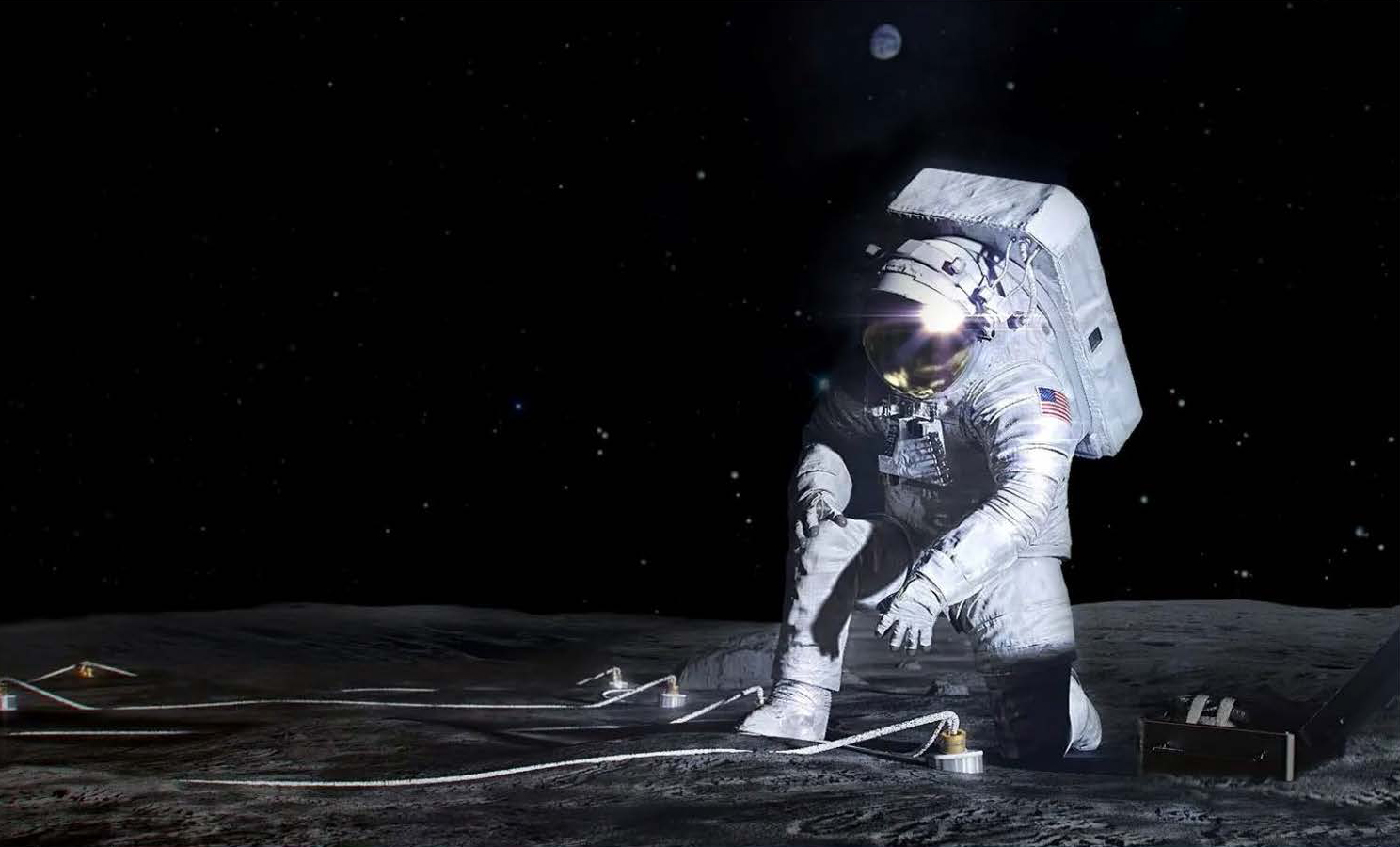
Artemis III will be the first time humans have set foot on the Moon since the Apollo missions 50 years ago. The Lunar Environmental Monitoring Station (LEMS) is a seismometer package that will study moonquakes to determine current rates of activity and study the Moon’s interior from the crust down to the core. LEMS includes both a triaxial short-period seismometer and a triaxial broadband seismometer.
- Humans Will Again Set Foot on the Moon; This Time, They'll Have UArizona Science in Tow - April 12, 2024
Artemis III Faculty

Veronica Bray
Associate Research Professor
Lunar Studies, Planetary Analogs, Planetary Surfaces
Dani Mendoza DellaGiustina
Assistant Professor, Deputy Principal Investigator, OSIRIS-REx, Principal Investigator, OSIRIS-APEX
Earth, Photogrammetry, Planetary Analogs, Planetary Geophysics, Planetary Surfaces, Small Bodies
Angela Marusiak
Assistant Research Professor
Lunar Studies, Planetary Analogs, Planetary Geophysics, Small Bodies, Titan & Outer Solar SystemArtemis III Support Staff
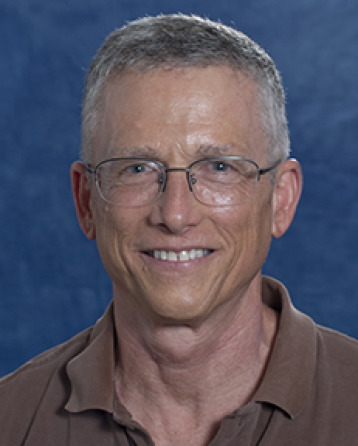
Hop Bailey
Program Manager, UA Space Institute
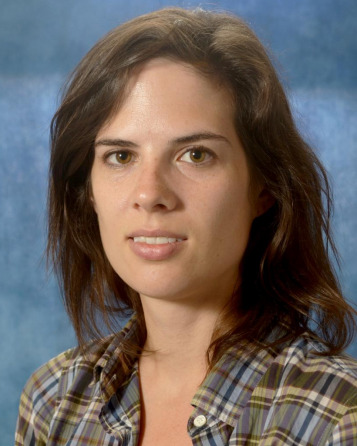
Carina Bennett
Project Manager and Software Engineer, SAMIS
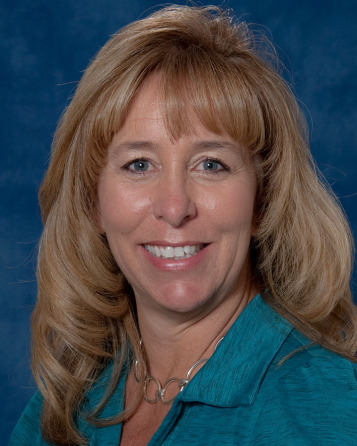
Tisha Saltzman
Manager, Business-Finance, GUSTO, Manager, Business-Finance, NEO Surveyor
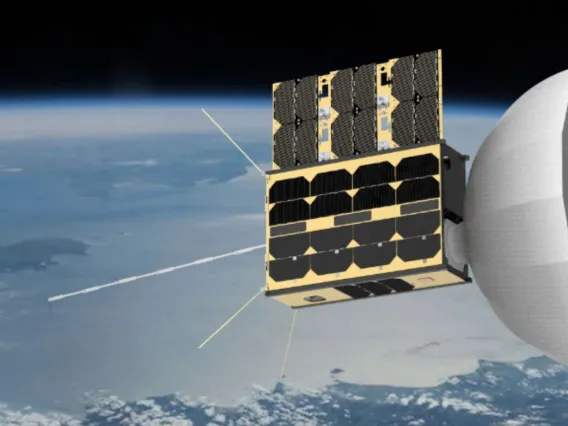
CatSat
CatSat
×
CatSat is a 6U CubeSat built and tested by University of Arizona students, faculty, and staff.
The satellite will launch atop a Firefly Alpha rocket into a nearly sun synchronous orbit around the Earth. Thanks to some trickery on behalf of orbital mechanics, this peculiar orbit ensures that the satellite will remain constantly in daylight, maximizing the capabilities of the mission.
During the mission’s six month expected lifetime, CatSat will detect high frequency signals from HAM radio operators all around the globe with its WSPR antenna, demonstrate an inflatable antenna for high bandwidth transmission, and provide high resolution imaging of the Earth. The data this satellite provides will give insights on the variation of the ionosphere and the technical capabilities of the new systems being tested.
CatSat Researchers
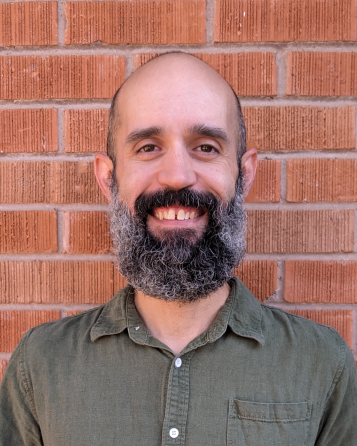
Dathon Golish
Mission Instrument and Observation Scientist
Photogrammetry, Small Bodies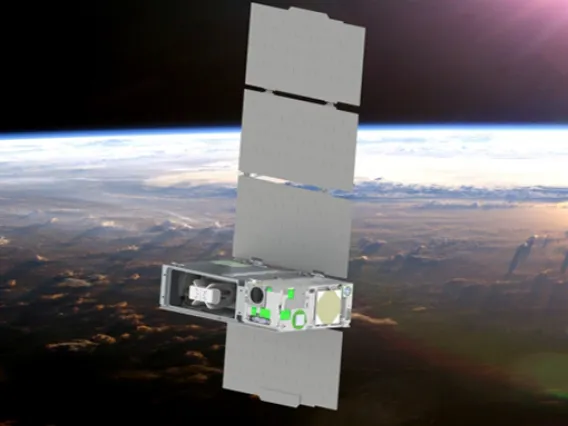
CUTE
Colorado Ultraviolet Transit Experiment
×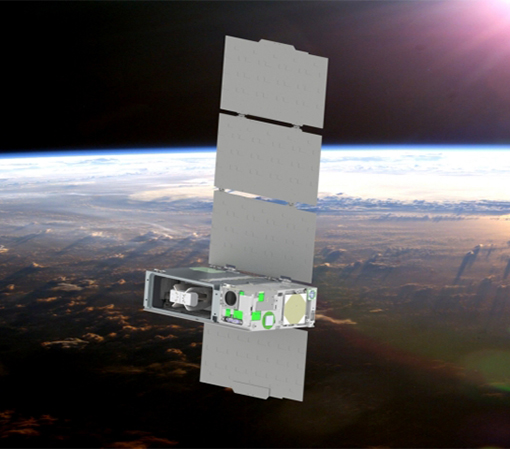
Colorado Ultraviolet Transit Experiment
Dr. Tommi Koskinen is a Co-Investigator on the Colorado Ultraviolet Transit Experiment (CUTE), which is a four-year, NASA-funded project to design, build, integrate, test, and operate a 6-unit CubeSat (30 cm x 20 cm x 10 cm). CUTE will have a 1-year mission lifetime and will launch in 2020 and use near-ultraviolet (NUV) transmission spectroscopy from 255 to 330 nanometers (nm) to characterize the composition and mass-loss rates of exoplanet atmospheres. CUTE measures how the NUV light from the host star is changed as the exoplanet transits in front of the star and passes through the planet’s atmospheres. CUTE’s spectrally resolved lightcurve will provide constraints on the composition and escape rates of these atmospheres.
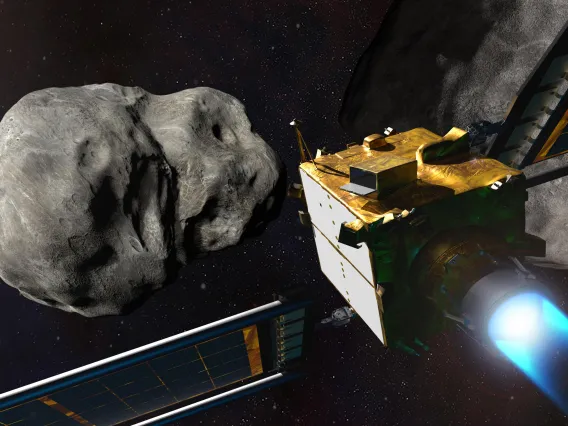
DART
Double Asteroid Redirection Test
×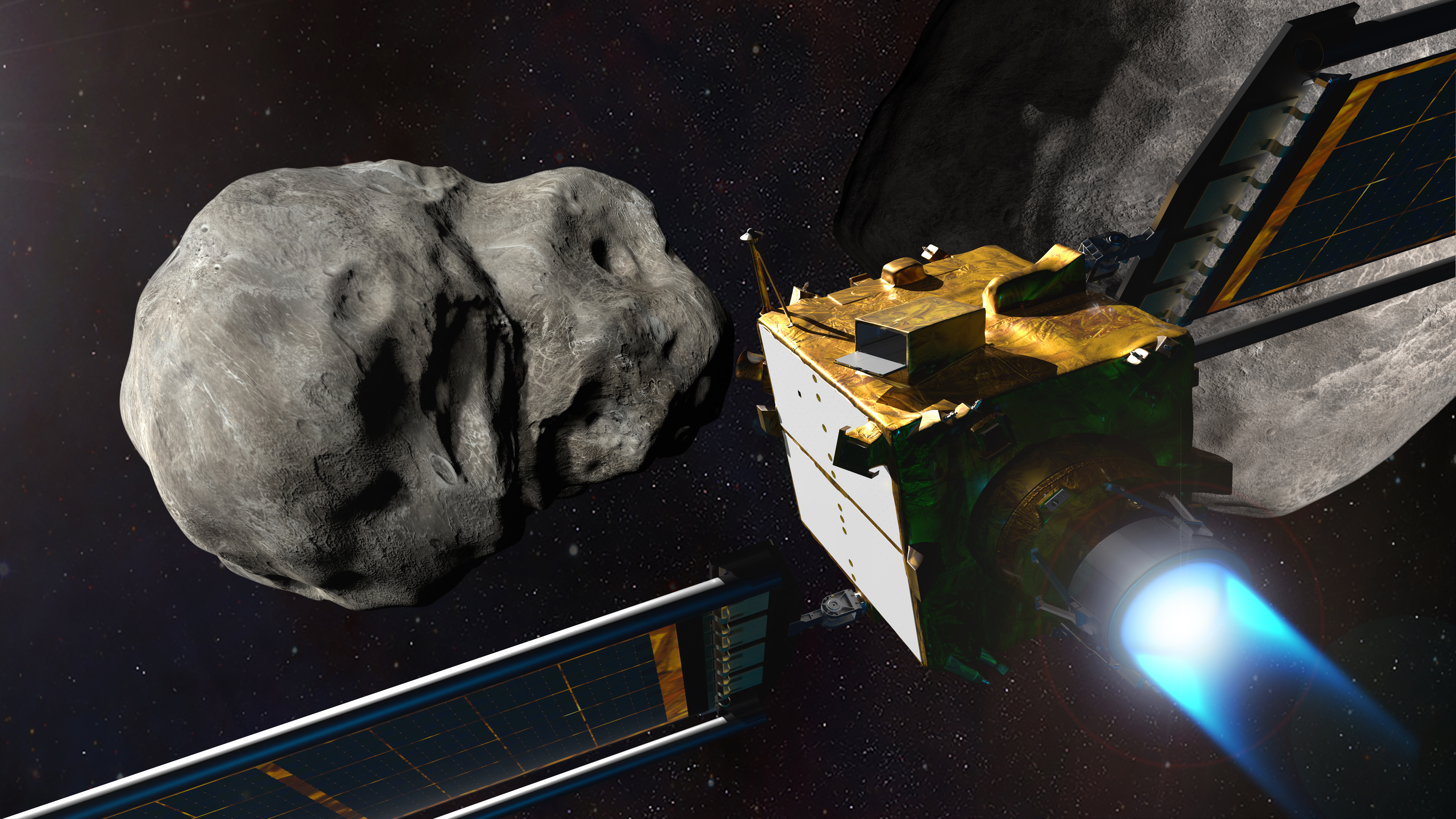
Double Asteroid Redirection Test
The DART mission is NASA's demonstration of kinetic impactor technology, impacting an asteroid to adjust its speed and path. DART will be the first-ever space mission to demonstrate asteroid deflection by kinetic impactor.
DART's target is the binary asteroid system Didymos, which means "twin" in Greek (and explains the word "double" in the mission's name). Didymos is the ideal candidate for humankind's first planetary defense experiment, although it is not on a path to collide with Earth and therefore poses no actual threat to the planet. The system is composed of two asteroids: the larger asteroid Didymos (diameter: 780 meters, 0.48 miles), and the smaller moonlet asteroid, Dimorphos (diameter: 160 meters, 525 feet), which orbits the larger asteroid. Currently, the orbital period of Dimorphos around Didymos is 11 hours and 55 minutes, and the separation between the centers of the two asteroids is 1.18 kilometers (0.73 miles). The DART spacecraft will impact Dimorphos nearly head-on, shortening the time it takes the small asteroid moonlet to orbit Didymos by several minutes.
The Didymos system is an eclipsing binary as viewed from Earth, meaning that Dimorphos passes in front of and behind Didymos as it orbits the larger asteroid as seen from Earth. Consequently, Earth-based telescopes can measure the regular variation in brightness of the combined Didymos system to determine the orbit of Dimorphos. After the impact, this same technique will reveal the change in the orbit of Dimoprhos by comparison to measurements prior to impact. The timing of the DART impact in September 2022 was chosen to be when the distance between Earth and Didymos is minimized, to enable the highest quality telescopic observations. Didymos will still be roughly 11 million kilometers (7 million miles) from Earth at the time of the DART impact, but telescopes across the world will be able to contribute to the global international observing campaign to determine the effect of DART's impact.
- NASA Sets Up Collision With Far-away Asteroid - September 21, 2022
- UArizona Spacewatch Discovered the Larger of the Twin Asteroids Targeted in NASA's Upcoming DART Mission Encounter - September 19, 2022
DART Faculty

Erik Asphaug
Professor
Lunar Studies, Planetary Analogs, Planetary Geophysics, Planetary Surfaces, Small Bodies, Theoretical Astrophysics, Titan & Outer Solar System
Ellen Howell
Research Professor
Small Bodies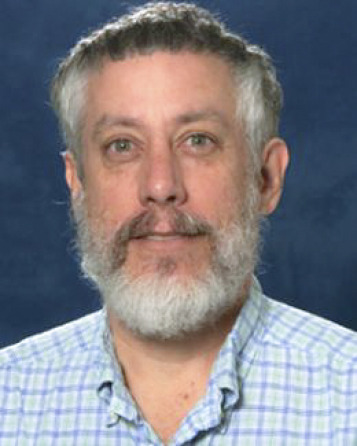
Michael Nolan
Deputy Principal Investigator, OSIRIS-APEX, Research Professor
Small BodiesDART Researchers
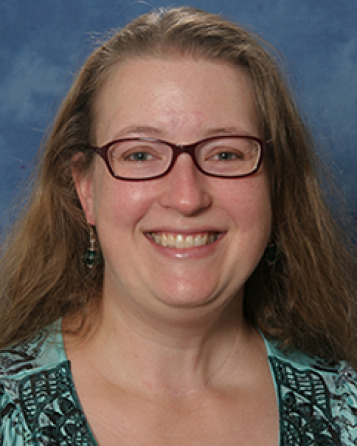
Melissa Brucker
Principal Investigator, Spacewatch, Research Scientist
Asteroid Surveys, Small Bodies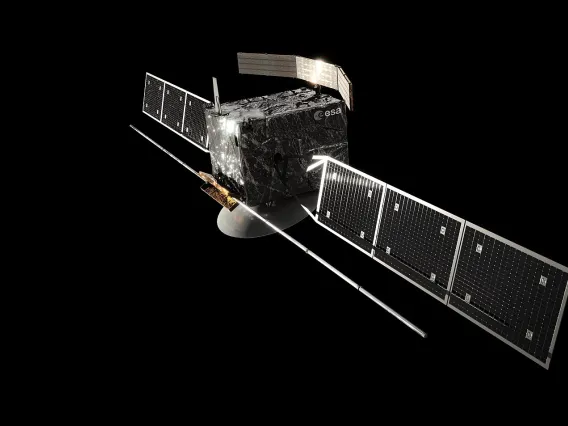
ENVISION
EnVision
×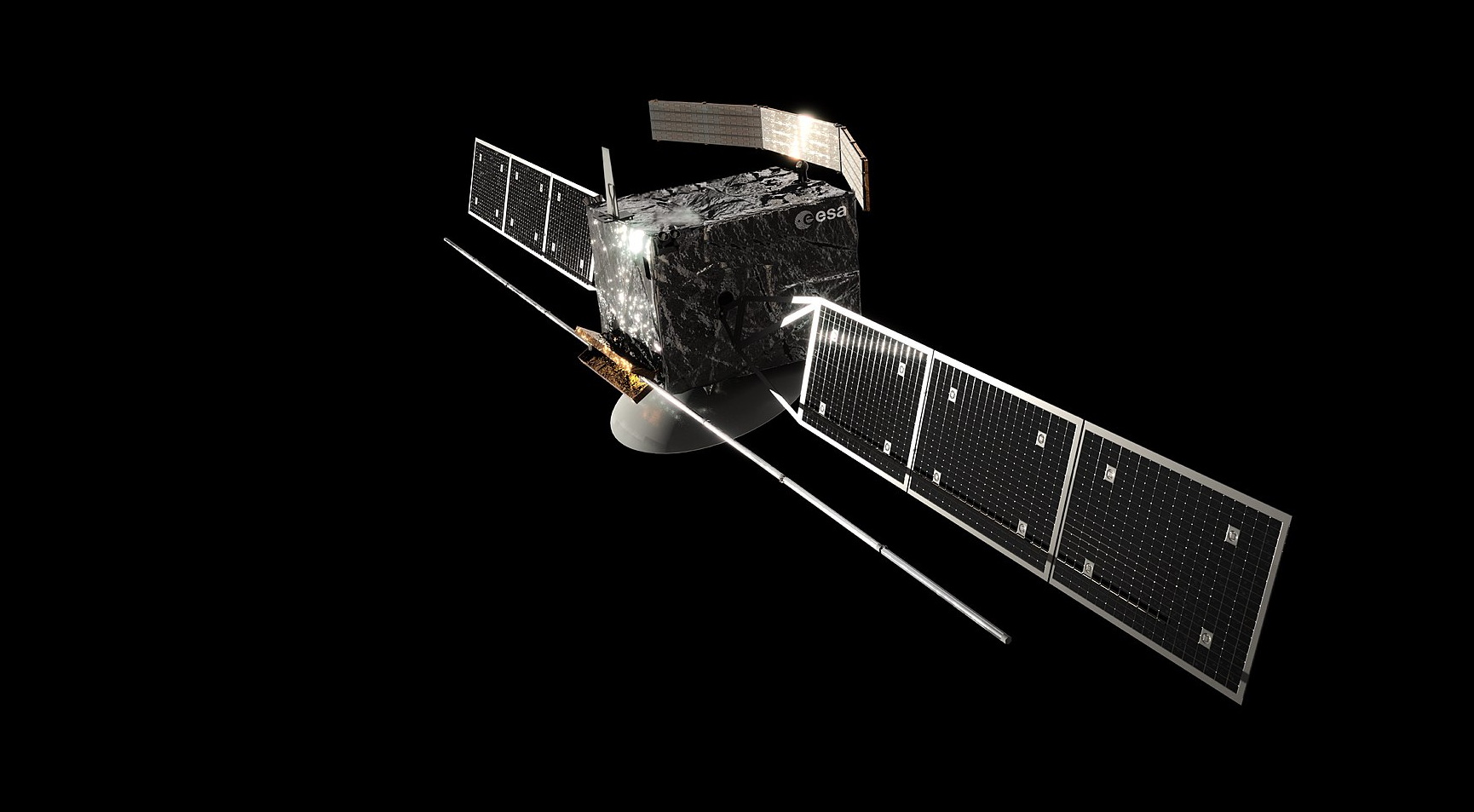
EnVision, a low-altitude polar orbiter, is the M5 mission candidate in the ESA Science Programme. It will carry 5 instruments and 1 experiment (an S-band Synthetic Aperture Radar, a Subsurface Radar, 3 spectrometers and a radio science experiment). EnVision will investigate Venus from its inner core to its atmosphere at an unprecedented scale of resolution, characterising in particular, core and mantle structure, signs of active and past geologic processes and looking for evidence of the past existence of oceans. EnVision will help understanding why the most Earth-like planet in the solar system has turned out so differently, opening a new era in the exploration of our closest neighbour.
ENVISION Faculty

Lynn Carter
Associate Department Head, Professor, University Distinguished Scholar
Earth, Lunar Studies, Planetary Analogs, Planetary Geophysics, Planetary Surfaces, Titan & Outer Solar System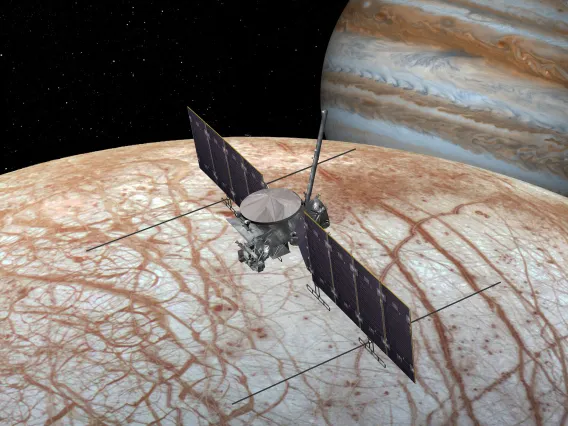
Europa Clipper
Europa Clipper
×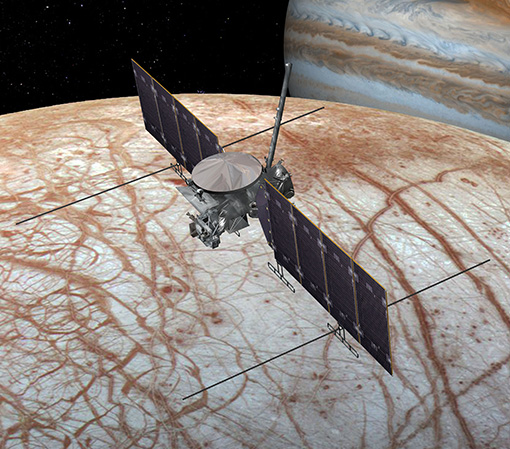
Europa Clipper will perform repeated flybys of Jupiter’s moon and use a suite of instruments to investigate whether habitable environments could exist. Europa is one of the Solar System’s “ocean worlds”, with a subsurface liquid water ocean beneath an icy, deformed crust. Camera and spectrometer instruments will study Europa’s surface features and composition and search for erupting plumes, and a thermal instrument will search for regions that are still warm from recent activity. Magnetometers and plasma instruments will study Jupiter’s magnetic interactions to probe the ocean, and a dual-frequency radar will map the subsurface stratigraphy and search for liquid water. Mass spectrometers will analyze the composition of Europa’s exosphere, perhaps detecting organic materials.
Europa Clipper Faculty

Lynn Carter
Associate Department Head, Professor, University Distinguished Scholar
Earth, Lunar Studies, Planetary Analogs, Planetary Geophysics, Planetary Surfaces, Titan & Outer Solar System
Alfred McEwen
Regents Professor
Astrobiology, Lunar Studies, Photogrammetry, Planetary Analogs, Planetary Geophysics, Planetary SurfacesEuropa Clipper Researchers

Sarah Sutton
Photogrammetry Program Lead, HiRISE, Researcher/Scientist
Earth, Lunar Studies, Photogrammetry, Planetary Analogs, Planetary Surfaces, Small BodiesEuropa Clipper Support Staff
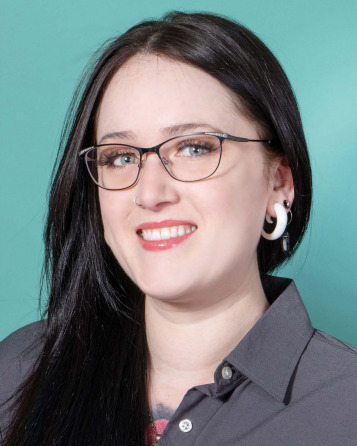
Kris Akers
Research Engineering Technician
Photogrammetry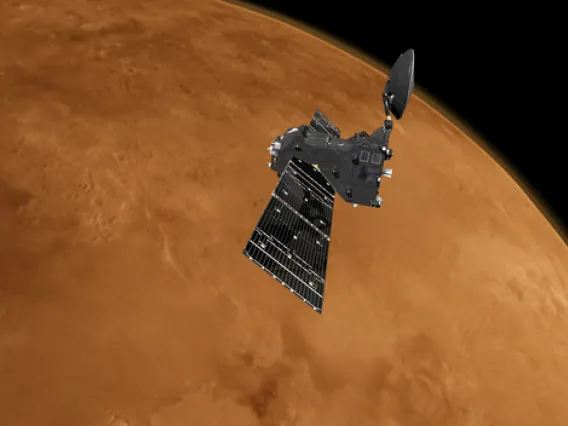
ExoMars Trace Gas Orbiter
ExoMars Trace Gas Orbiter
×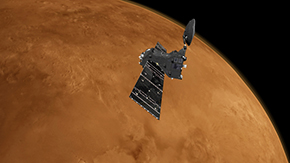
The 2016 ExoMars Trace Gas Orbiter (TGO) is the first in a series of Mars missions to be undertaken jointly by the two space agencies, ESA and Roscosmos. A key goal of this mission is to gain a better understanding of methane and other atmospheric gases that are present in small concentrations (less than 1% of the atmosphere) but nevertheless could be evidence for possible biological or geological activity.
The Colour and Stereo Surface Imaging System (CaSSIS) is part of the instrument payload on the TGO. CaSSIS will characterise sites that have been identified as potential sources of trace gases and investigate dynamic surface processes – for example, sublimation, erosional processes and volcanism – which may contribute to the atmospheric gas inventory. The instrument will also be used to certify potential landing sites by characterising local slopes, rocks and other possible hazards.
ExoMars Trace Gas Orbiter Faculty

Shane Byrne
Professor
Astrobiology, Photogrammetry, Planetary Analogs, Planetary Geophysics, Planetary Surfaces, Titan & Outer Solar System
Alfred McEwen
Regents Professor
Astrobiology, Lunar Studies, Photogrammetry, Planetary Analogs, Planetary Geophysics, Planetary SurfacesExoMars Trace Gas Orbiter Researchers

Sarah Sutton
Photogrammetry Program Lead, HiRISE, Researcher/Scientist
Earth, Lunar Studies, Photogrammetry, Planetary Analogs, Planetary Surfaces, Small BodiesExoMars Trace Gas Orbiter Support Staff
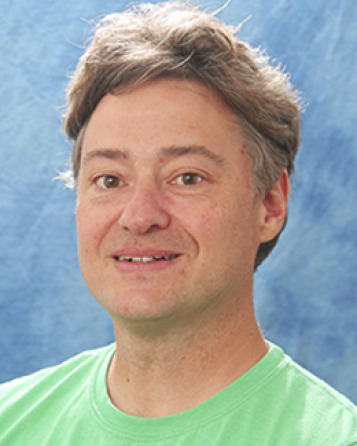
Guy McArthur
Data Applications Developer, HiRISE
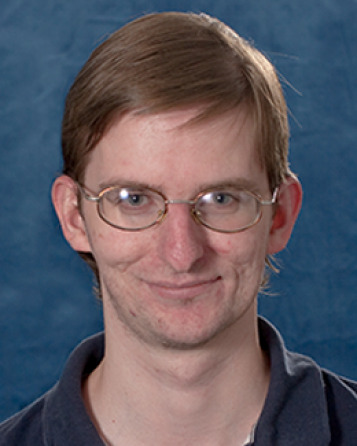
Jason Perry
Staff Technician, HiRISE
Photogrammetry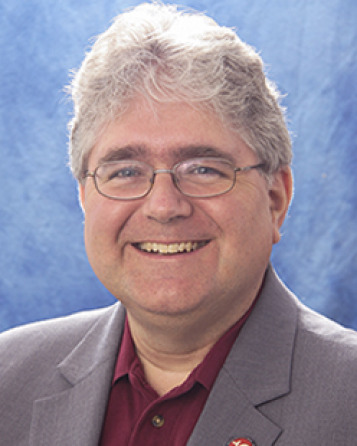
Christian Schaller
Spacecraft Operations Software Engineer, HiRISE
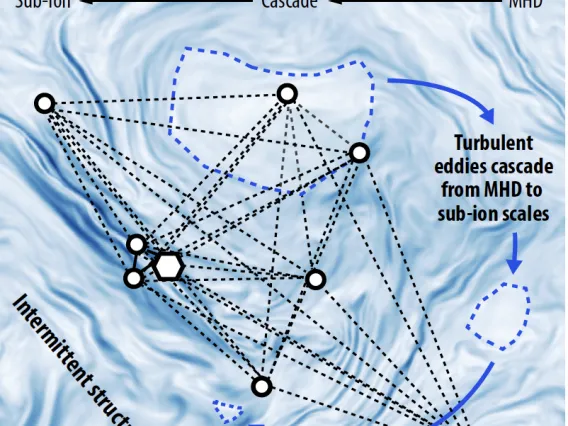
HelioSwarm
HelioSwarm
×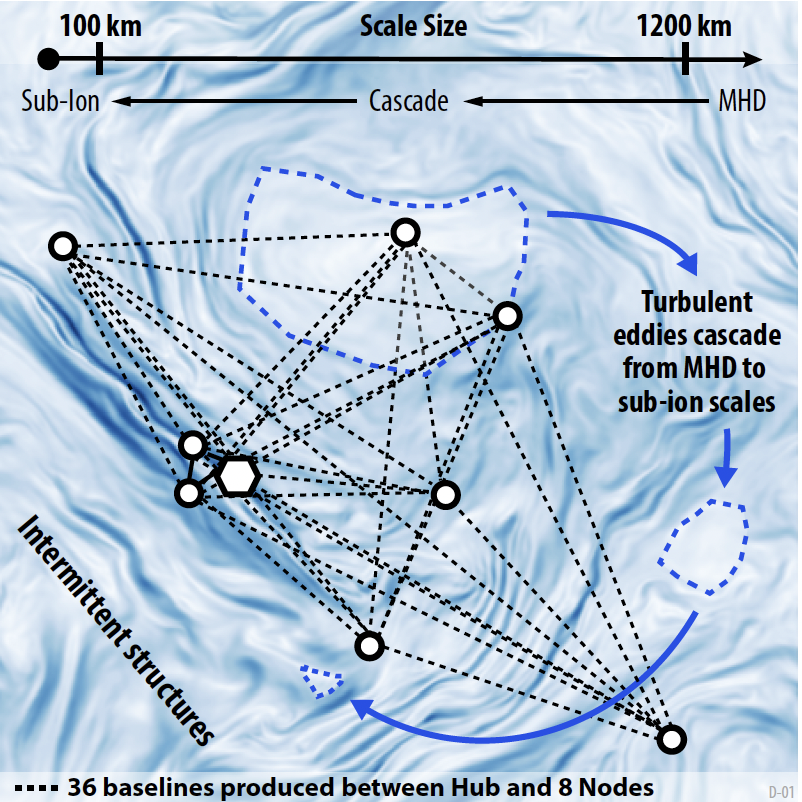
HelioSwarm, a NASA MidEx mission comprised of nine spacecraft selected for launch in 2028, has been designed to reveal the three-dimensional, dynamic mechanisms controlling the physics of turbulence, a universal process driving the transport of mass, momentum, and energy in plasmas throughout our solar system and the Universe. The HelioSwarm Observatory measures the plasma and magnetic fields with a novel configuration of spacecraft in the solar wind, magnetosheath, and magnetosphere. These simultaneous multi-point, multi-scale measurements span MHD, transition, and ion-scales, allowing us to address two overarching science goals: 1) Reveal the 3D spatial structure and dynamics of turbulence in a weakly collisional plasma and 2) Ascertain the mutual impact of turbulence near boundaries and large-scale structures. Addressing these goals is achieved using a first-ever "swarm" of nine spacecraft, consisting of a "hub" spacecraft and eight "node" spacecraft. The nine spacecraft co-orbit in a lunar resonant Earth orbit, with a 2-week period and an apogee/perigee of ~60/11 Earth radii. Flight dynamics design and on-board propulsion produce ideal inter-spacecraft separations ranging from fluid scales (1000's of km) to sub-ion kinetic scales (10's of km) in the necessary geometries to enable the application of a variety of established analysis techniques that distinguish between proposed models of turbulence. Each node possesses an identical instrument suite that consists of a Faraday cup, a fluxgate magnetometer, and a search coil magnetometer. The hub has the same instrument suite as the nodes, plus an ion electrostatic analyzer. With these measurements, the HelioSwarm Observatory promises an unprecedented view into the nature of space plasma turbulence.
HelioSwarm Faculty

Kristopher Klein
Associate Professor
Solar and Heliospheric Research, Theoretical Astrophysics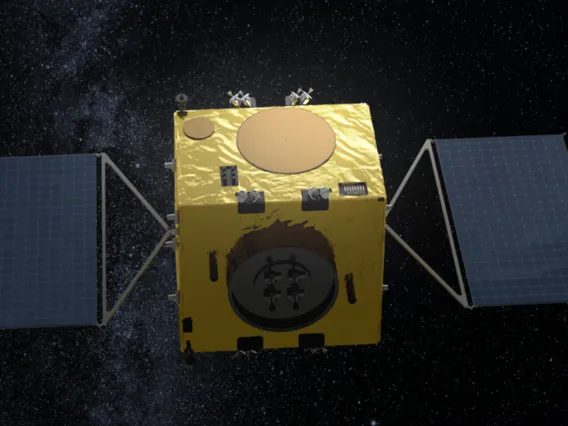
Hera
Hera
×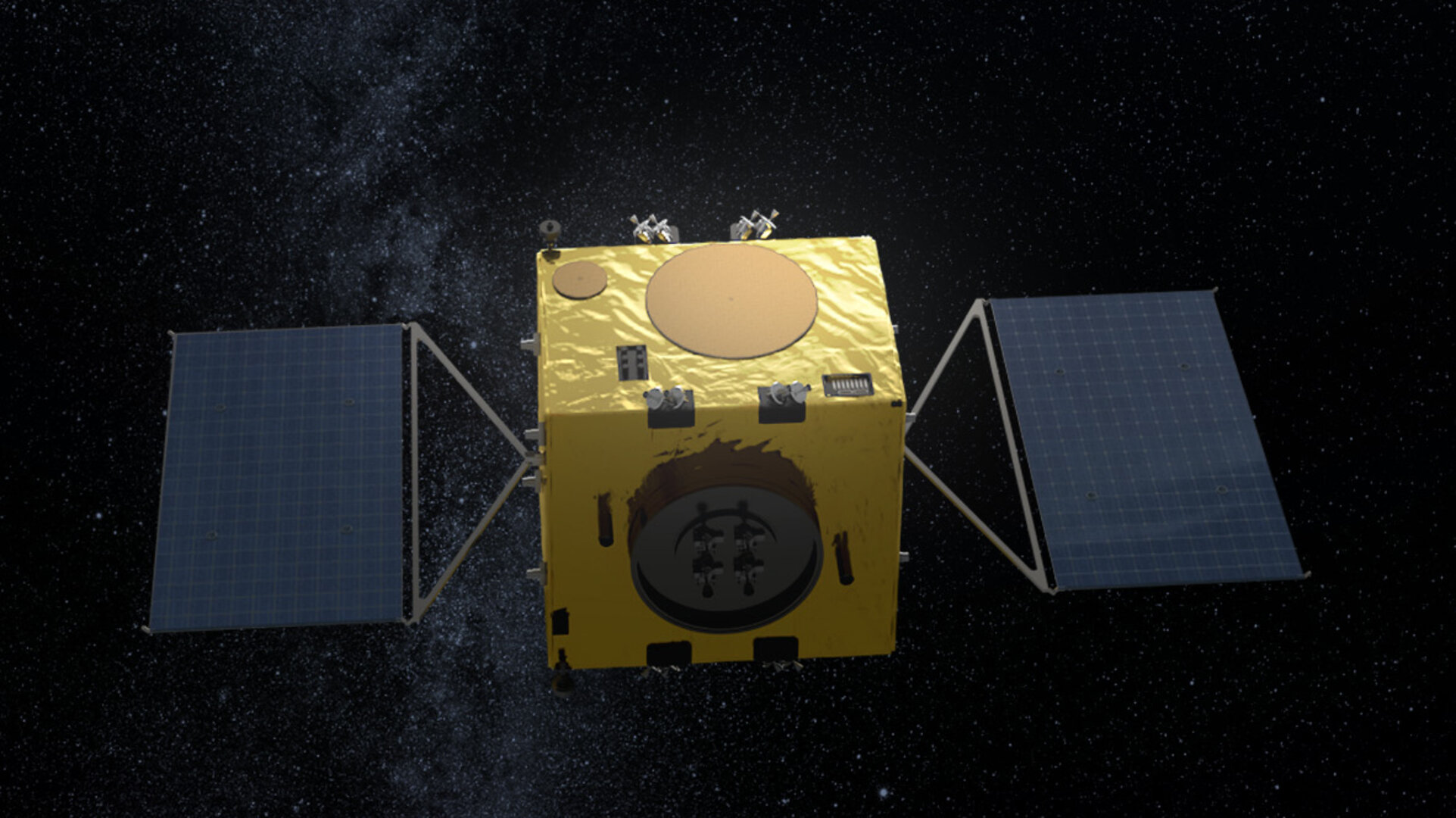
Hera is the European contribution to an international double-spacecraft collaboration. NASA will first perform a kinetic impact on the smaller of the two bodies, then Hera will follow-up with a detailed post-impact survey that will turn this grand-scale experiment into a well-understood and repeatable planetary defence technique.
While doing so, Hera will also demonstrate multiple novel technologies, such as autonomous navigation around the asteroid - like modern driverless cars on Earth, and gather crucial scientific data, to help scientists and future mission planners better understand asteroid compositions and structures.
Due to launch in 2024, Hera would travel to a binary asteroid system - the Didymos pair of near-Earth asteroids. The 780 m-diameter mountain-sized main body is orbited by a 160 m moon, formally christened 'Dimorphos' in June 2020, about the same size as the Great Pyramid of Giza.
Hera will be humanity's first-ever spacecraft to visit a double asteroid, the Didymos binary system. First, NASA will crash its DART spacecraft into the smaller asteroid - known as Didymoon - before ESA's Hera comes in to map the resulting impact crater and measure the asteroid's mass. Hera will carry two CubeSats on board, which will be able to fly much closer to the asteroid's surface, carrying out crucial scientific studies, before touching down. Hera's up-close observations will turn asteroid deflection into a well-understood planetary defence technique.
Hera Faculty

Erik Asphaug
Professor
Lunar Studies, Planetary Analogs, Planetary Geophysics, Planetary Surfaces, Small Bodies, Theoretical Astrophysics, Titan & Outer Solar System
Dante Lauretta
Director, Arizona Astrobiology Center, Principal Investigator, OSIRIS-REx, Regents Professor
Astrobiology, Cosmochemistry, Small Bodies
Michael Nolan
Deputy Principal Investigator, OSIRIS-APEX, Research Professor
Small Bodies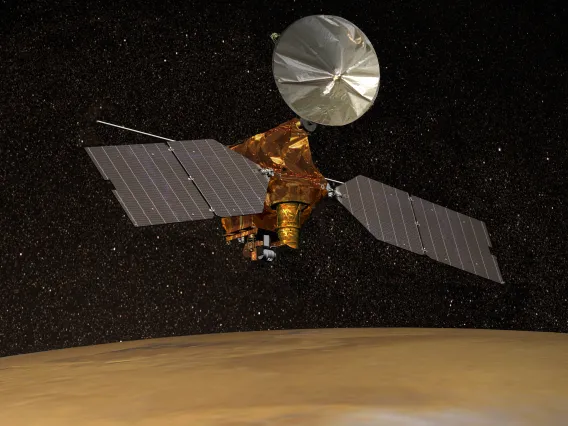
HiRISE (MRO)
HiRISE, High Resolution Science Experiment (MRO)
×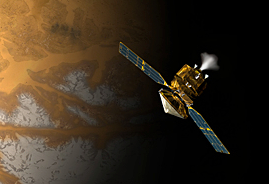
High Resolution Imaging Science Experiment
HiRISE, the high-resolution imaging science experiment onboard the Mars Reconnaissance Orbiter, is the most powerful camera ever sent to another planet. The resolution of the camera allows us to see the Red Planet in amazing detail, and lets other missions, like the Mars Science Laboratory, find a safe place to land and carry out amazing science. The operations center, which includes not only observation planning, but the execution of commands sent to the spacecraft along with actual image processing, is located within LPL at the University of Arizona.
HiRISE (MRO) Faculty

Veronica Bray
Associate Research Professor
Lunar Studies, Planetary Analogs, Planetary Surfaces
Shane Byrne
Professor
Astrobiology, Photogrammetry, Planetary Analogs, Planetary Geophysics, Planetary Surfaces, Titan & Outer Solar System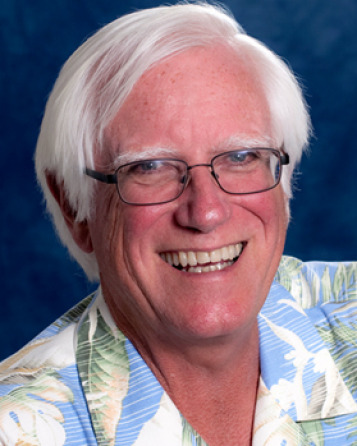
Peter Smith
Professor Emeritus
AstrobiologyHiRISE (MRO) Researchers
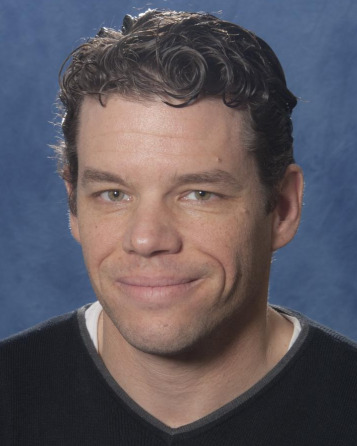
Matthew Chojnacki
DCC Associate Research (McEwen)
Photogrammetry, Planetary Surfaces, Small Bodies
Sarah Sutton
Photogrammetry Program Lead, HiRISE, Researcher/Scientist
Earth, Lunar Studies, Photogrammetry, Planetary Analogs, Planetary Surfaces, Small BodiesHiRISE (MRO) Support Staff

Kris Akers
Research Engineering Technician
Photogrammetry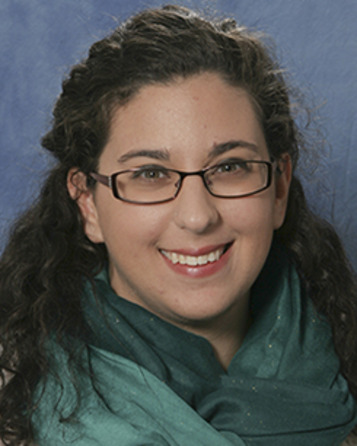
Nicole Bardabelias
Science Operations Engineer, HiRISE
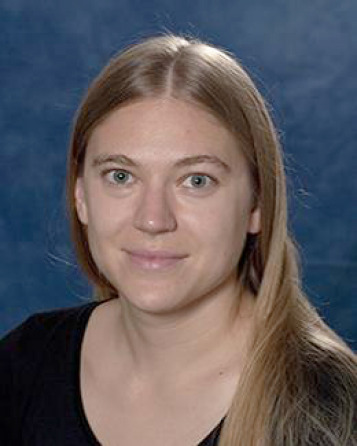
Nicole Baugh
Uplink Operations Lead, HiRISE

Kristin Block
Principal Science Operations Engineer, HiRISE

David Edmeades
Systems Administrator, PIRL/HiRISE
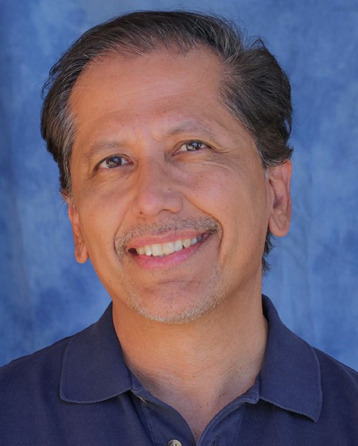
Ari Espinoza
Outreach Coordinator, HiRISE
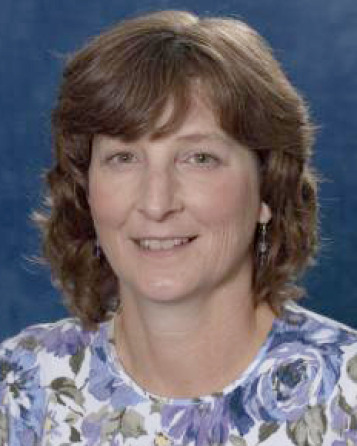
Audrie Fennema
Engineer, Satellite Payload Operations, HiRISE
Photogrammetry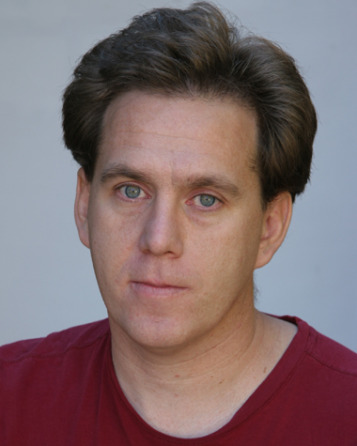
Kenny Fine
Senior Systems Administrator, PIRL/HiRISE
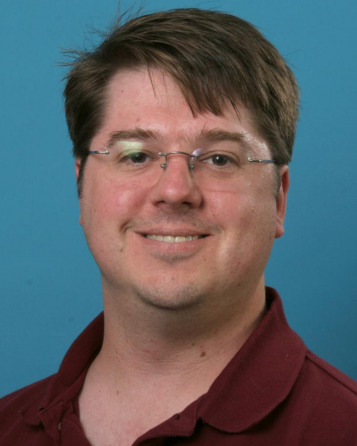
Rod Heyd
Project Manager, HiRISE
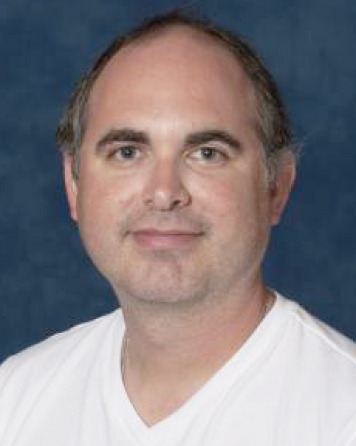
Richard Leis
Staff Technician, Senior, HiRISE

Guy McArthur
Data Applications Developer, HiRISE
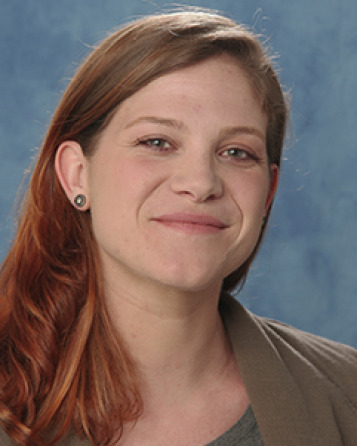
Singleton Papendick
Science Operations Engineer, HiRISE
Earth, Planetary Surfaces
Jason Perry
Staff Technician, HiRISE
Photogrammetry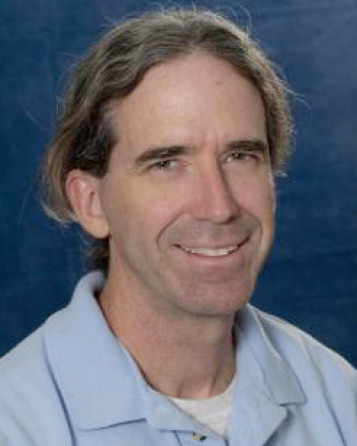
Joe Plassmann
Computing Systems Manager, PIRL/HiRISE
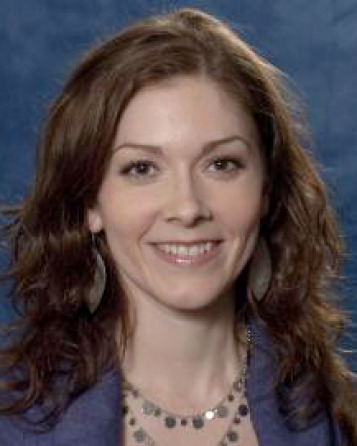
Anjani Polit
Deputy Principal Investigator, OSIRIS-APEX
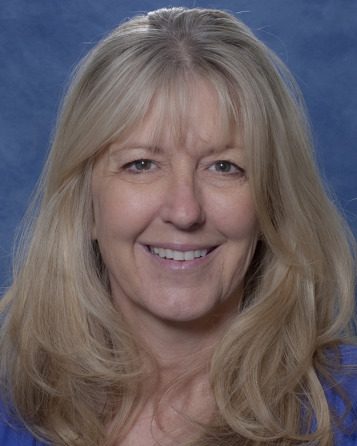
Sue Robison
Business Manager, Senior, HiRISE

Christian Schaller
Spacecraft Operations Software Engineer, HiRISE
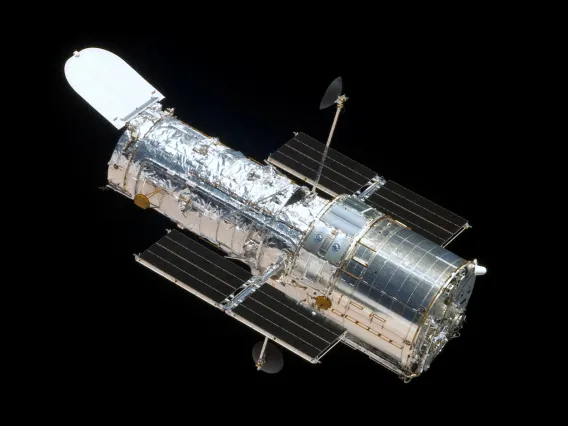
Hubble
Hubble Space Telescope
×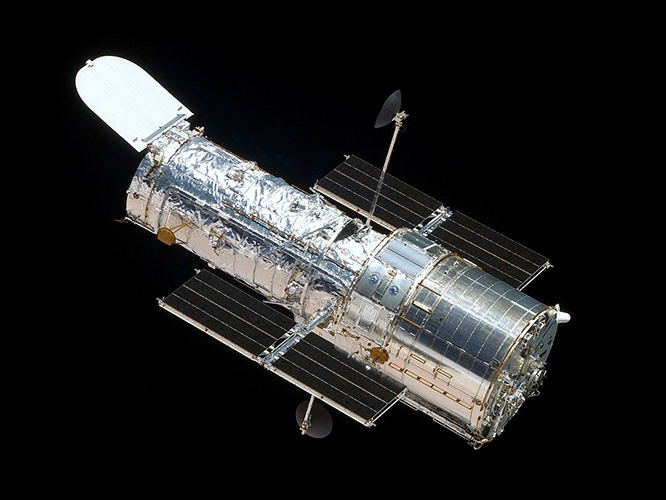
Studying the cosmos for over a quarter century, the Hubble Space Telescope has made more than a million observations and changed our fundamental understanding of the universe. Still at the peak of its investigative capabilities and in high demand from astronomers worldwide, Hubble remains one of the most productive scientific instruments ever built. As Hubble continues seeking answers to our deepest cosmic questions, explore the resources below to learn about some of the mission’s discoveries so far.
Hubble Faculty
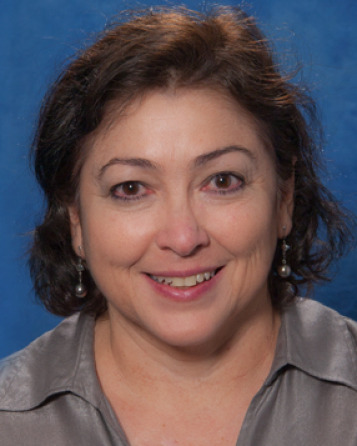
Gilda Ballester
Research Professor (Retired)
Exoplanets, Planetary Astronomy, Planetary Atmospheres
Ilaria Pascucci
Professor
Astrobiology, Exoplanets, Planetary Astronomy, Planetary Formation and Evolution
Peter Smith
Professor Emeritus
Astrobiology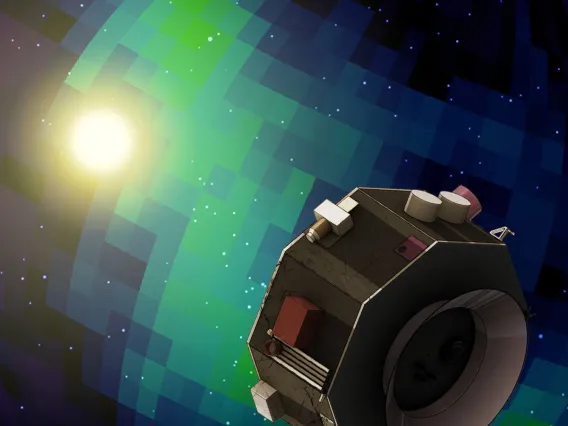
IMAP
Interstellar Mapping and Acceleration Probe
×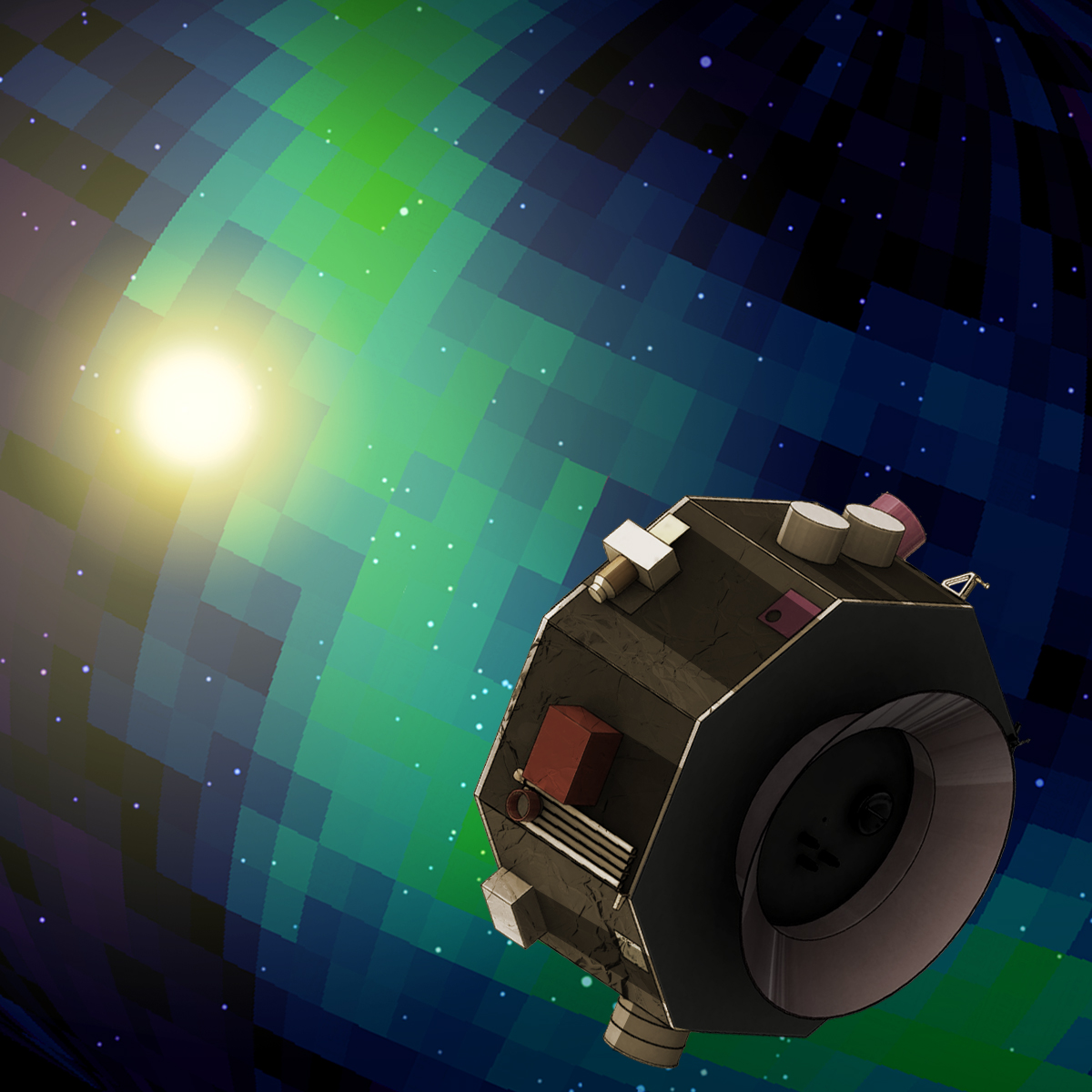
Interstellar Mapping and Acceleration Probe
The IMAP mission will help researchers better understand the boundary of the heliosphere, a sort of magnetic bubble surrounding and protecting our solar system. This region is where the constant flow of particles from our Sun, called the solar wind, collides with material from the rest of the galaxy. This collision limits the amount of harmful cosmic radiation entering the heliosphere. IMAP will collect and analyze particles that make it through.
Another objective of the mission is to learn more about the generation of cosmic rays in the heliosphere. Cosmic rays created locally and from the galaxy and beyond affect human explorers in space and can harm technological systems and likely play a role in the presence of life itself in the universe.
The spacecraft will be positioned about one million miles (1.5 million kilometers) away from Earth towards the Sun at what is called the first Lagrange point or L1. This will allow the probe to maximize use of its instruments to monitor the interactions between solar wind and the interstellar medium in the outer solar system.
IMAP Faculty

Joe Giacalone
Professor
Solar and Heliospheric Research, Theoretical Astrophysics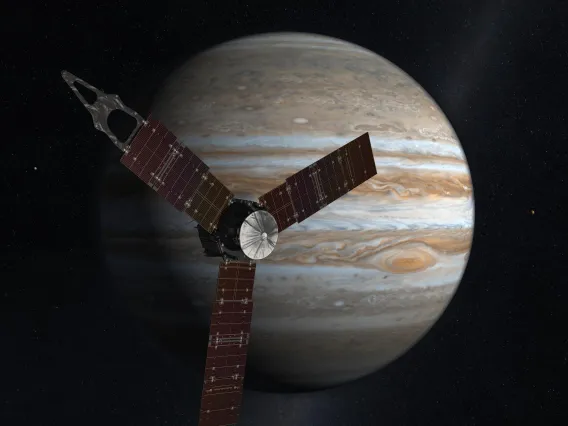
Juno
Juno: Unlocking Jupiter's Mysteries
×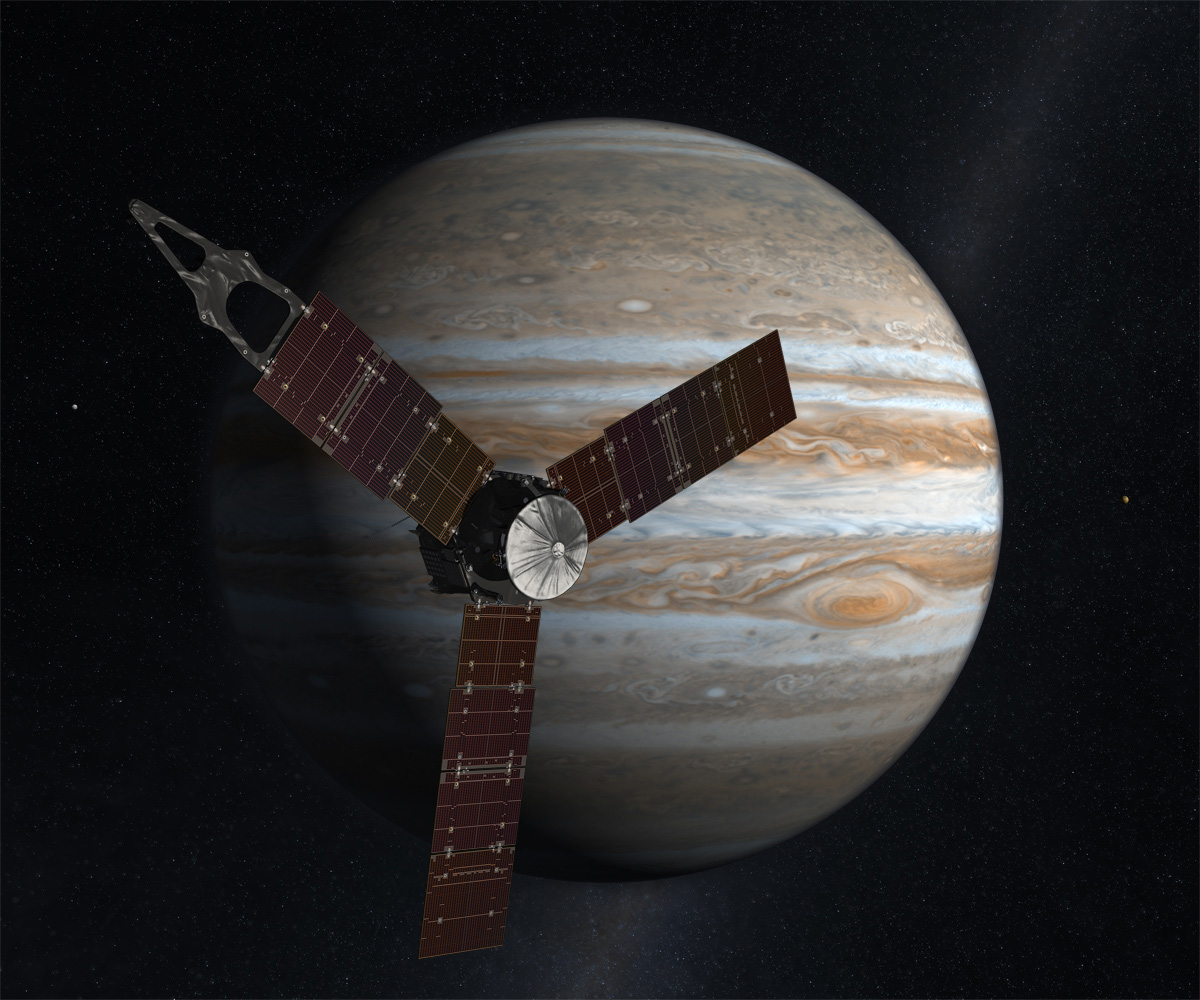
Juno will improve our understanding of the solar system's beginnings by revealing the origin and evolution of Jupiter. Specifically, Juno will:
- determine how much water is in Jupiter's atmosphere, which helps to determine which planet formation theory is correct (or if new theories are needed)
- look deep into Jupiter's atmosphere to measure composition, temperature, cloud motions and other properties
- map Jupiter's magnetic and gravity fields, revealing the planet's deep structure
- explore and study Jupiter's magnetosphere near the planet's poles, especially the auroras—Jupiter's northern and southern lights—providing new insights about how the planet's enormous magnetic force field affects its atmosphere.
Juno Faculty
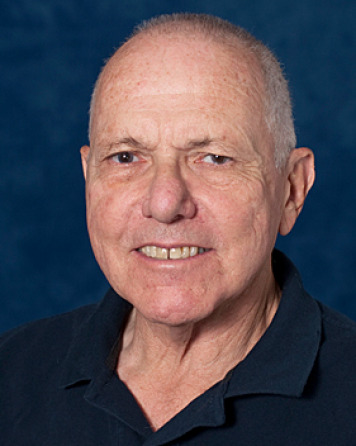
William Hubbard
Professor Emeritus
Exoplanets, Planetary Atmospheres, Planetary Formation and Evolution, Theoretical Astrophysics, Titan & Outer Solar System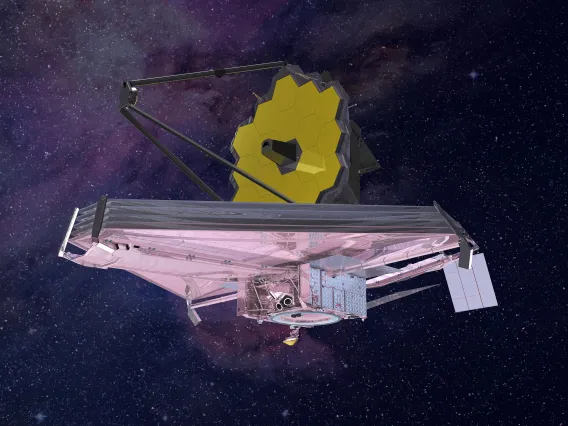
JWST
James Webb Space Telescope
×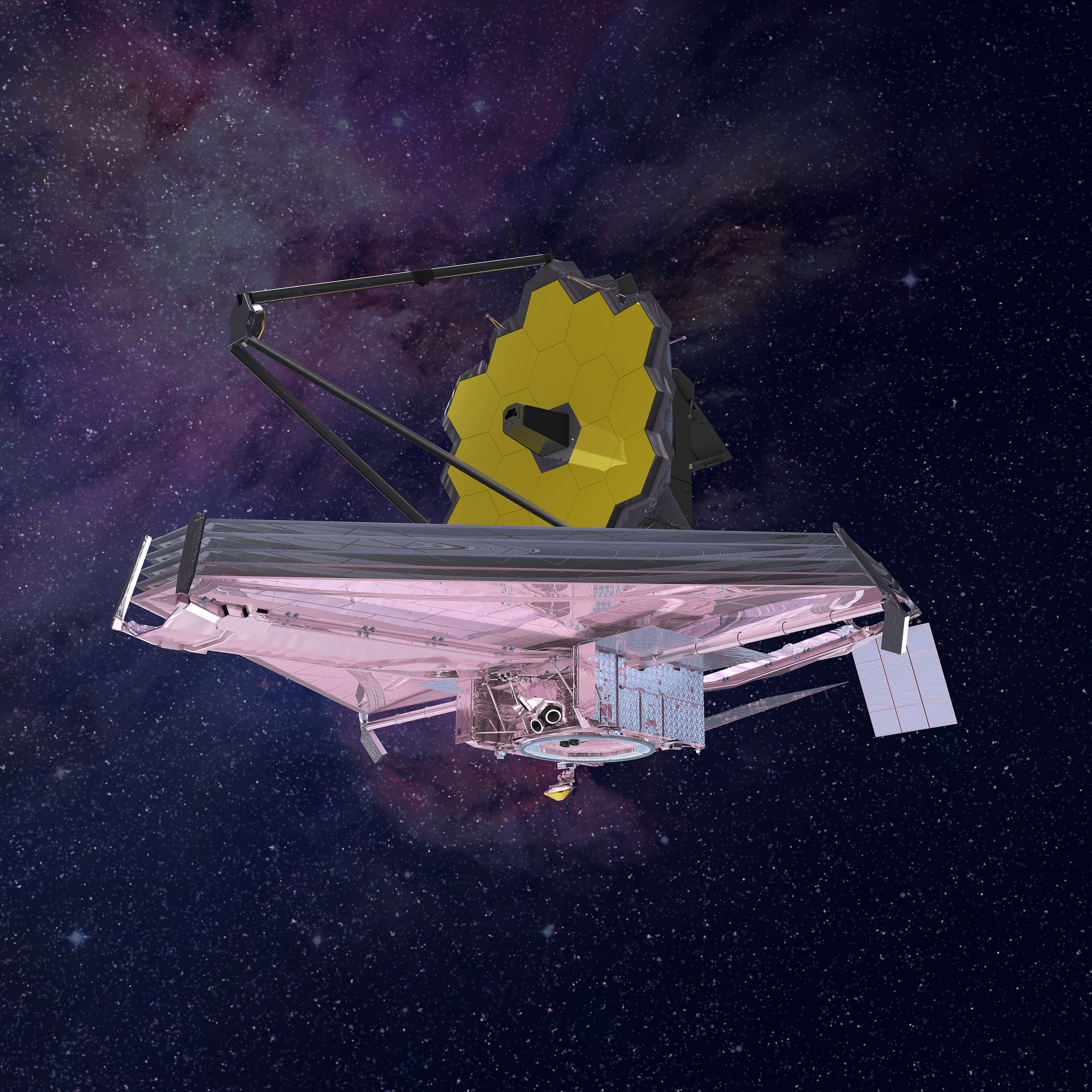
James Webb Space Telescope
The JWST or Webb is a large infrared telescope with an approximately 6.5 meter primary mirror. It is a space-based observatory, optimized for infrared wavelengths, which will complement and extend the discoveries of the Hubble Space Telescope with its longer wavelength coverage and greatly improved sensitivity. The longer wavelengths enable Webb to look further back in time to find the first galaxies that formed in the early Universe, and to peer inside dust clouds where stars and planetary systems are forming today.
Webb will be the premier observatory of the next decade. It will study every phase in the history of our Universe, ranging from the first luminous glows after the Big Bang, to the formation of solar systems capable of supporting life on planets like Earth, to the evolution of our own Solar System.
- Wonder Makes Us Explore - Spring 2022
JWST Faculty

Dániel Apai
Interim Associate Dean for Research, College of Science, Principal Investigator, Alien Earths, Professor
Astrobiology, Exoplanets, Planetary Atmospheres, Planetary Formation and Evolution
Renu Malhotra
Louise Foucar Marshall Science Research Professor, Regents Professor
Astrobiology, Exoplanets, Orbital Dynamics, Planetary Formation and Evolution, Small Bodies, Theoretical Astrophysics
Mark S. Marley
Director, Department Head, Professor
Exoplanets
Ilaria Pascucci
Professor
Astrobiology, Exoplanets, Planetary Astronomy, Planetary Formation and Evolution
George Rieke
Regents Professor
Planetary Astronomy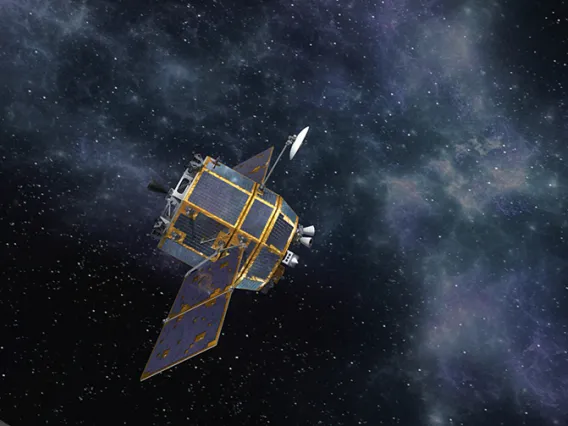
KPLO
Korea Pathfinder Lunar Orbiter
×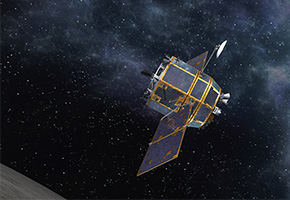
Korea Pathfinder Lunar Orbiter
The Korea Pathfinder Lunar Orbiter (KPLO) is South Korea's first lunar mission. It is developed and managed by the Korea Aerospace Reasearch Institute (KARI) and is scheduled to launch in 2019 to orbit the Moon for 1 year carrying an array of South Korean experiments and one U.S. built instrument. The objectives are to develop indigenous lunar exploration technologies, demonstrate a "space internet", and conduct scientific investigations of the lunar environment, topography, and resources, as well as identify potential landing sites for future missions.
ShadowCam is a focused investigation of the Moon’s permanently shadowed regions (PSRs) that will provide critical information about the distribution and accessibility of volatiles in PSRs at spatial scales required to both mitigate risks and maximize the results of future exploration activities. ShadowCam is a high-heritage instrument based on the successful Lunar Reconnaissance Orbiter Camera (LROC) Narrow Angle Camera (NAC) and will be over 800× more sensitive than the current NAC. ShadowCam will address three of the four strategic knowledge gaps (SKGs) through high-resolution, high signal-to-noise ratio imaging of PSRs illuminated only by reflected light, without duplicating measurements from KARI instruments (ShadowCam will saturate while imaging illuminated ground, with no harmful consequences to the shadowed portion of the image).
KPLO Faculty

Lynn Carter
Associate Department Head, Professor, University Distinguished Scholar
Earth, Lunar Studies, Planetary Analogs, Planetary Geophysics, Planetary Surfaces, Titan & Outer Solar System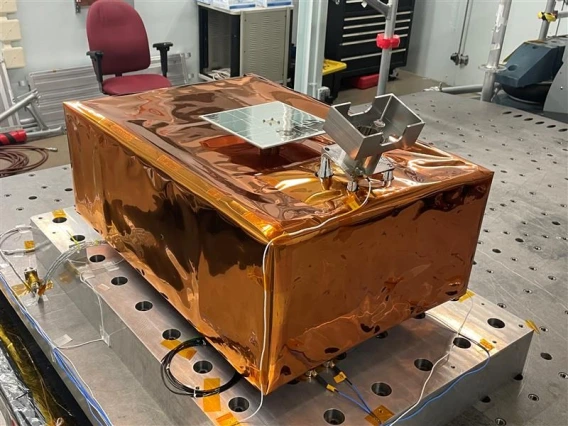
LEMS (Artemis III)
Lunar Environmental Monitoring Station (LEMS) (Artemis III)
×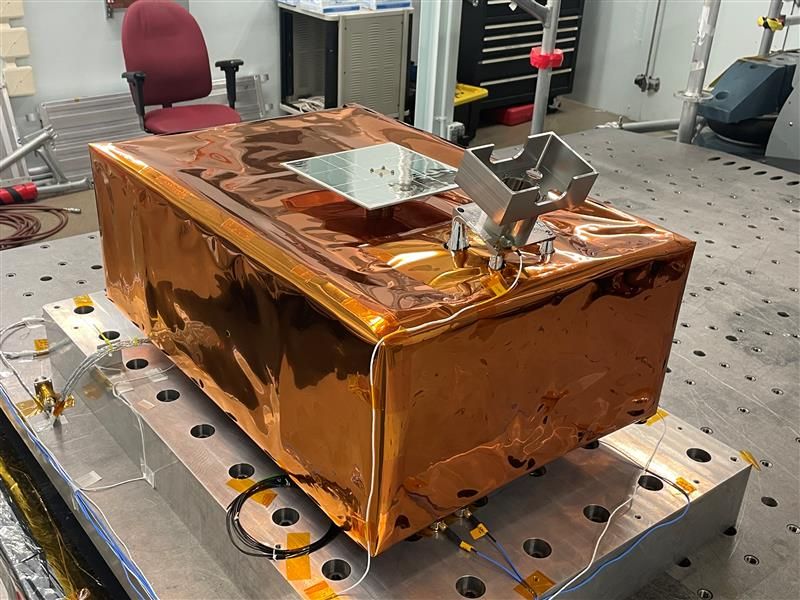
Lunar Environmental Monitoring Station (LEMS) (Artemis III)
The Lunar Environment Monitoring Station (LEMS) is a compact, autonomous seismometer suite designed to carry out continuous, long-term monitoring of the seismic environment, namely ground motion from moonquakes to meteorite impacts in the lunar south polar region. The instrument will characterize the regional structure of the Moon’s crust and mantle, which will add valuable information to lunar formation and evolution models.
LEMS (Artemis III) Faculty

Veronica Bray
Associate Research Professor
Lunar Studies, Planetary Analogs, Planetary Surfaces
Dani Mendoza DellaGiustina
Assistant Professor, Deputy Principal Investigator, OSIRIS-REx, Principal Investigator, OSIRIS-APEX
Earth, Photogrammetry, Planetary Analogs, Planetary Geophysics, Planetary Surfaces, Small Bodies
Angela Marusiak
Assistant Research Professor
Lunar Studies, Planetary Analogs, Planetary Geophysics, Small Bodies, Titan & Outer Solar SystemLEMS (Artemis III) Researchers

Dathon Golish
Mission Instrument and Observation Scientist
Photogrammetry, Small BodiesLEMS (Artemis III) Support Staff

Carina Bennett
Project Manager and Software Engineer, SAMIS
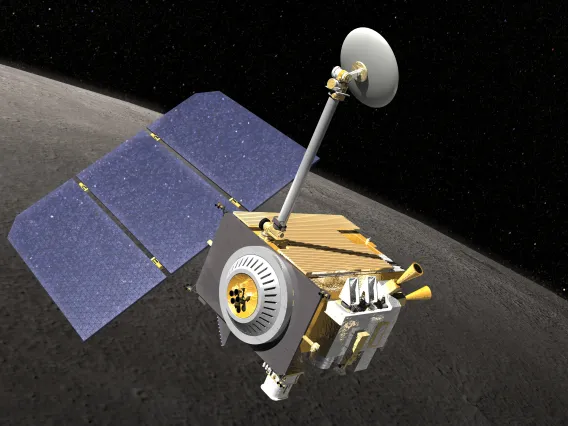
LRO
Lunar Reconnaissance Orbiter
×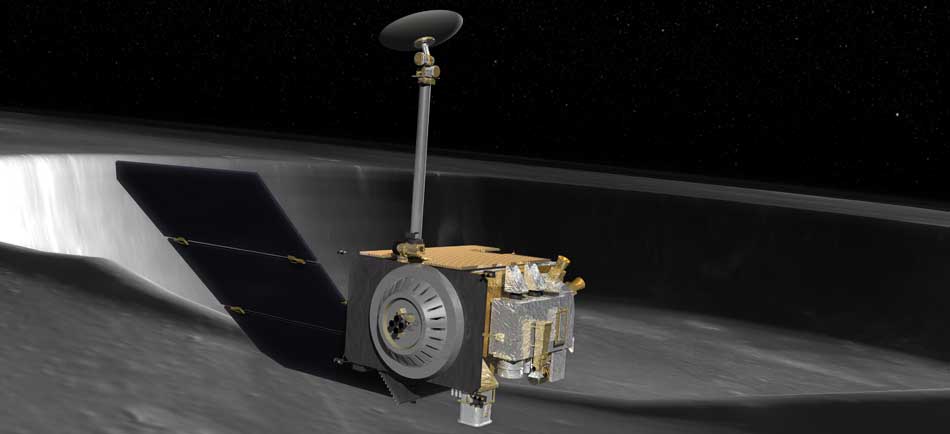
Lunar Reconnaissance Orbiter
The LRO instruments return global data, such as day-night temperature maps, a global geodetic grid, high resolution color imaging and the moon's UV albedo. However there is particular emphasis on the polar regions of the moon where continuous access to solar illumination may be possible and the prospect of water in the permanently shadowed regions at the poles may exist. Although the objectives of LRO are explorative in nature, the payload includes instruments with considerable heritage from previous planetary science missions, enabling transition, after one year, to a science phase under NASA's Science Mission Directorate.
LRO Faculty
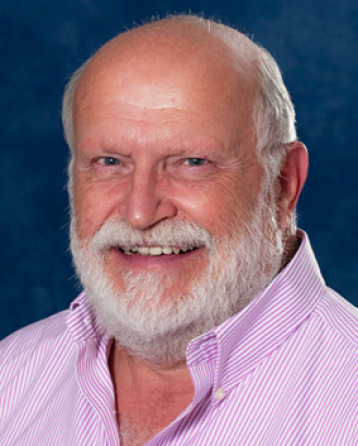
William Boynton
Professor Emeritus
Astrobiology, Cosmochemistry, Lunar Studies, Small Bodies
Veronica Bray
Associate Research Professor
Lunar Studies, Planetary Analogs, Planetary Surfaces
Lynn Carter
Associate Department Head, Professor, University Distinguished Scholar
Earth, Lunar Studies, Planetary Analogs, Planetary Geophysics, Planetary Surfaces, Titan & Outer Solar System
Alfred McEwen
Regents Professor
Astrobiology, Lunar Studies, Photogrammetry, Planetary Analogs, Planetary Geophysics, Planetary Surfaces
Michael Nolan
Deputy Principal Investigator, OSIRIS-APEX, Research Professor
Small BodiesLRO Researchers

Sarah Sutton
Photogrammetry Program Lead, HiRISE, Researcher/Scientist
Earth, Lunar Studies, Photogrammetry, Planetary Analogs, Planetary Surfaces, Small BodiesLRO Support Staff

Kris Akers
Research Engineering Technician
Photogrammetry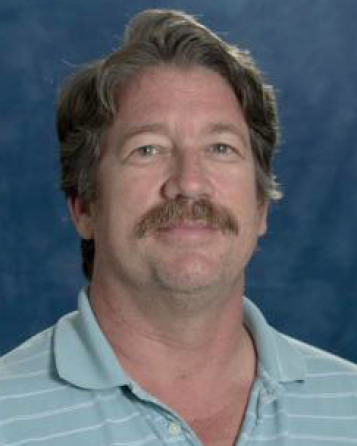
Michael Fitzgibbon
Software Engineer, Lead Calibration & Validation, OSIRIS-REx
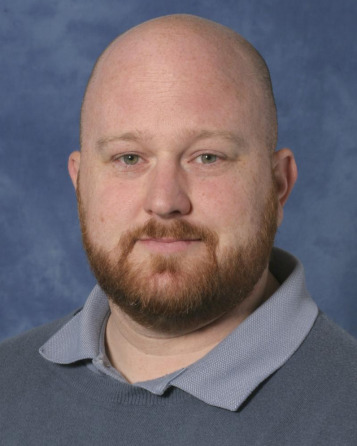
Andrew Gardner
Systems Programmer, Principal
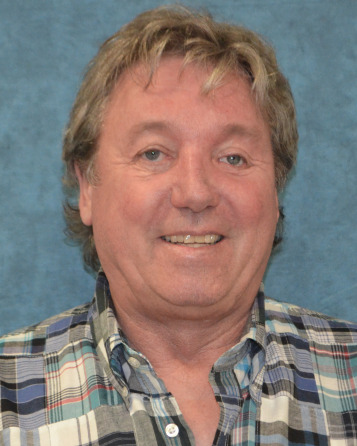
Karl Harshman
Manager, OSIRIS-REx/SPOC
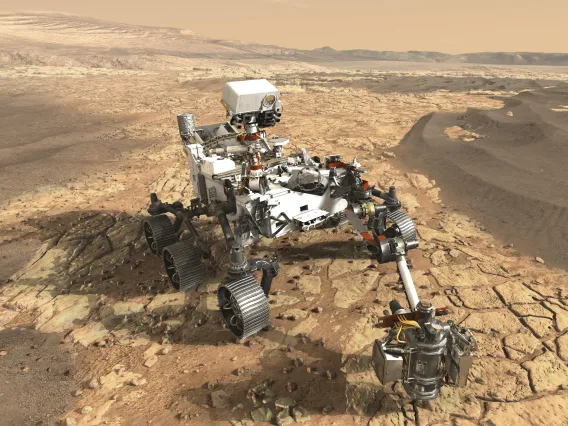
Mars 2020
Mars 2020
×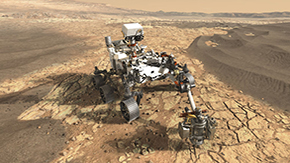
The Mars 2020 rover will characterize a region of Mars that could have once been favorable for life. It will investigate the geological history of the site, assess the possibility of past life, and search for biosignatures. The rover is equipped with a drill and will also collect a sample suite that will be cached along the traverse for a possible return to Earth by a future mission. It will have two instruments on an arm that will study the chemistry and mineralogy of rocks, two instruments on a mast for high resolution imaging and spectroscopy, an atmospheric science package, and a radar to map subsurface stratigraphy.
Mars 2020 Faculty

Lynn Carter
Associate Department Head, Professor, University Distinguished Scholar
Earth, Lunar Studies, Planetary Analogs, Planetary Geophysics, Planetary Surfaces, Titan & Outer Solar System
Peter Smith
Professor Emeritus
Astrobiology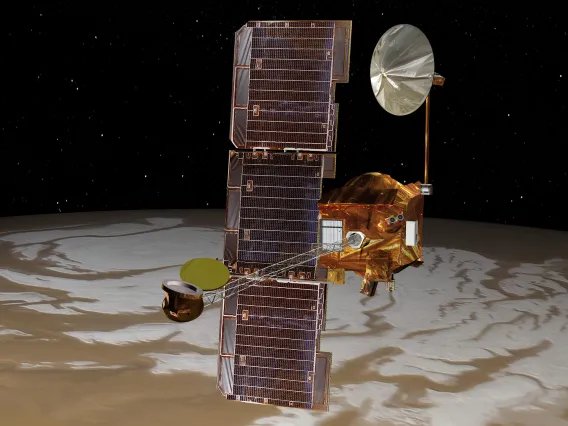
Mars Odyssey
Mars Odyssey
×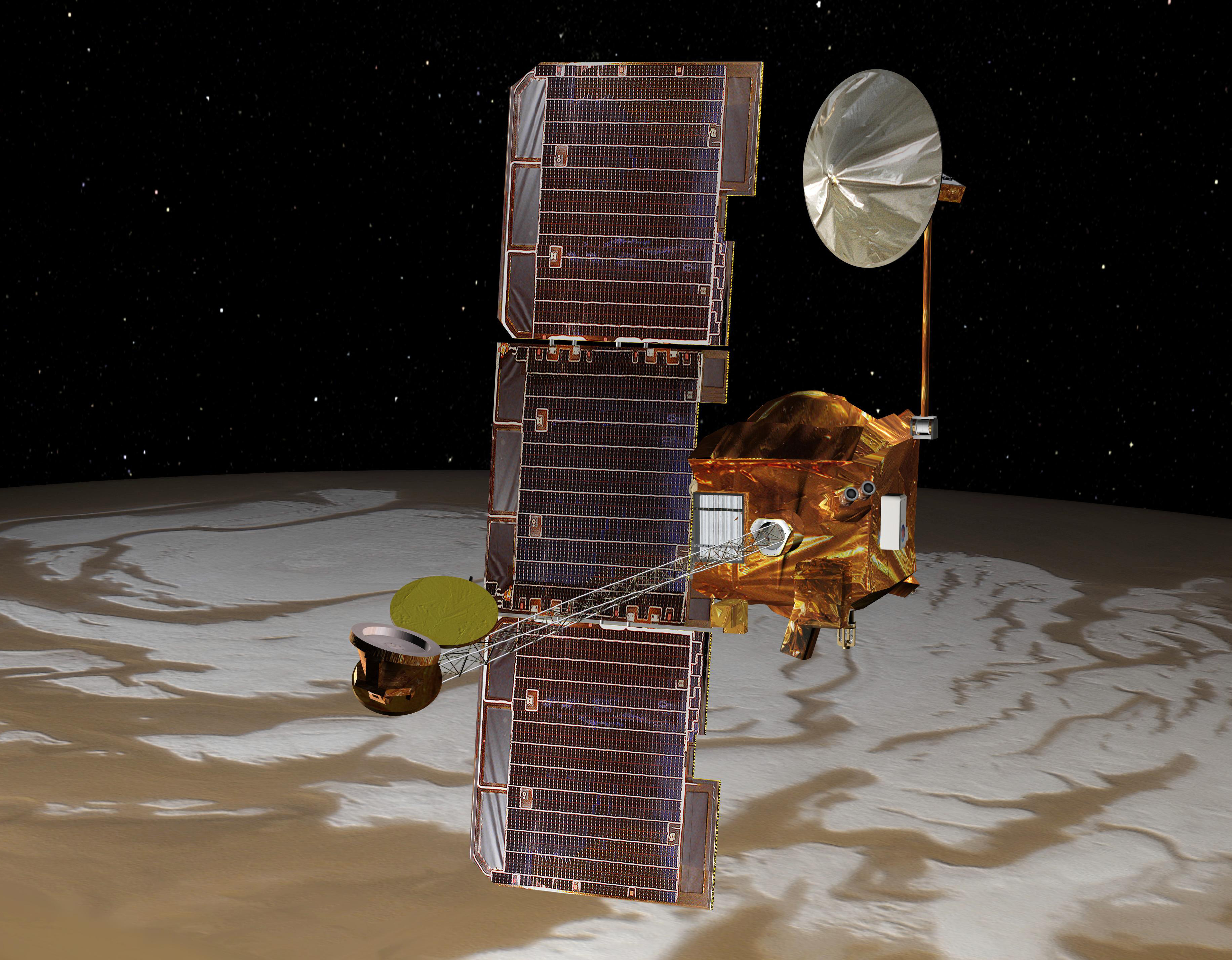
Mars Odyssey is a robotic spacecraft orbiting the planet Mars. Its mission is to use spectrometers and a thermal imager to detect evidence of past or present water and ice, as well as study the planet's geology and radiation environment. It is hoped that the data Odyssey obtains will help answer the question of whether life existed on Mars and create a risk-assessment of the radiation that future astronauts on Mars might experience. It also acts as a relay for communications between the Mars Science Laboratory, and previously the Mars Exploration Rovers and Phoenix lander, to Earth.
View GRS PDS Data Node
Mars Odyssey Faculty

William Boynton
Professor Emeritus
Astrobiology, Cosmochemistry, Lunar Studies, Small BodiesMars Odyssey Support Staff

Michael Fitzgibbon
Software Engineer, Lead Calibration & Validation, OSIRIS-REx

Andrew Gardner
Systems Programmer, Principal

Karl Harshman
Manager, OSIRIS-REx/SPOC
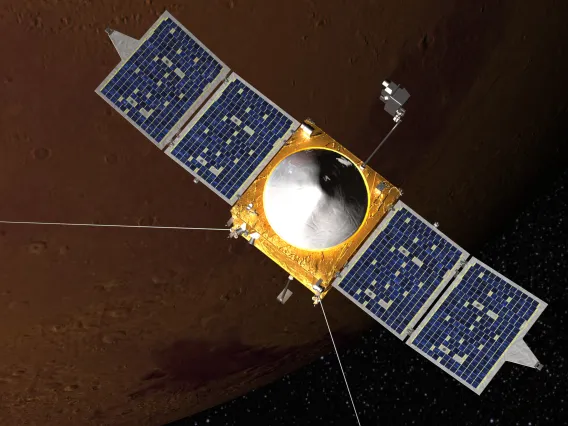
MAVEN
Mars Atmosphere and Volatile Evolution
×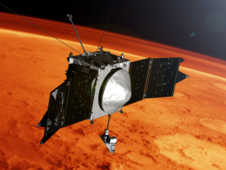
Mars Atmosphere and Volatile EvolutioN
Answers About Mars' Climate History
The Mars Atmosphere and Volatile EvolutioN (MAVEN) mission is part of NASA's Mars Scout program, funded by NASA Headquarters. Launched in Nov. 2013, the mission will explore the Red Planet’s upper atmosphere, ionosphere and interactions with the sun and solar wind. Scientists will use MAVEN data to determine the role that loss of volatiles from the Mars atmosphere to space has played through time, giving insight into the history of Mars' atmosphere and climate, liquid water, and planetary habitability.
MAVEN Faculty

Roger Yelle
Professor
Astrobiology, Exoplanets, Planetary Atmospheres, Titan & Outer Solar SystemMAVEN Researchers
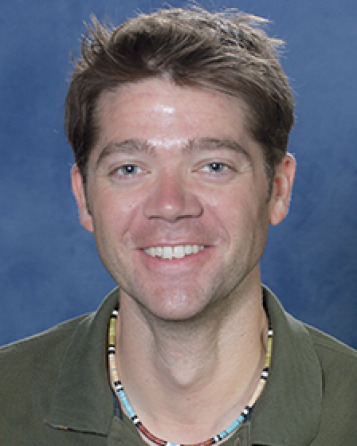
Hannes Gröller
Research Scientist/Assistant Staff Scientist
Asteroid Surveys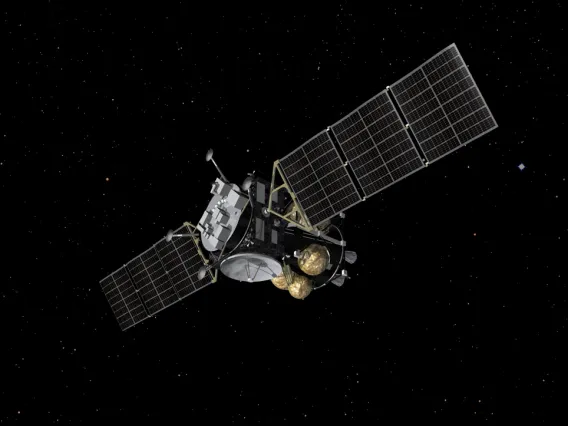
MMX
Martian Moons eXploration
×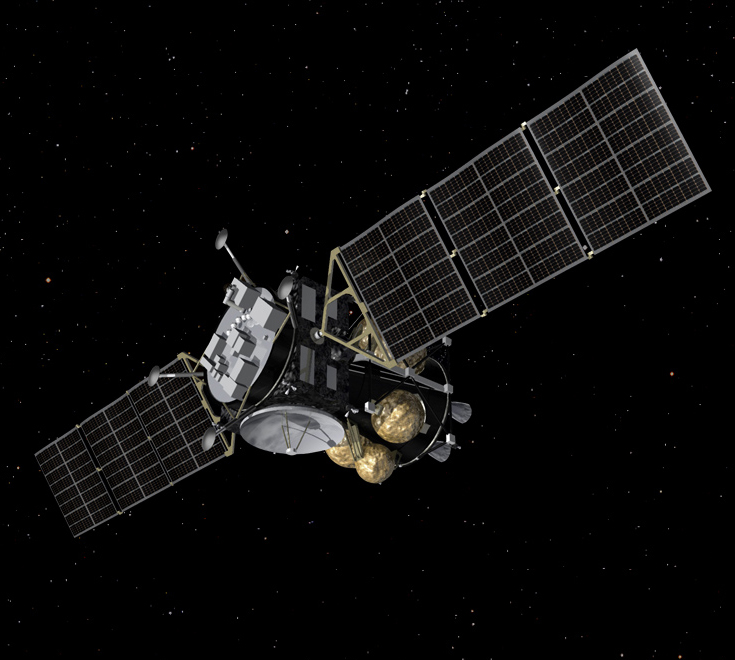
Martian Moons eXploration
Martian Moons eXploration (MMX) is a Martian moons exploration project aiming for launch in the early 2020s. After launching from the Earth, the spacecraft arrives in the Martian space over a period of about a year, and is entered into an orbit around Mars. After that, it will enter the Quasi Satellite Orbit (QSO) around the Martian moon, and get scientific data and samples from the Martian moon. After the observation and sample collection, the spacecraft will come back to the earth with samples taken from the martin moon. Currently it is assumed that it will be launched in 2024, Martian orbit insertion in 2025, and it will return to the earth in 2029.
By exploring the Martian moon, it is expected to improve technologies for future planet and satellite exploration such as, technologies required for roundtrip between the earth and Mars, the advanced sampling technique on the Martian moon surface, and the optimal communication technology using the deep space network ground station.
MMX Faculty

Erik Asphaug
Professor
Lunar Studies, Planetary Analogs, Planetary Geophysics, Planetary Surfaces, Small Bodies, Theoretical Astrophysics, Titan & Outer Solar System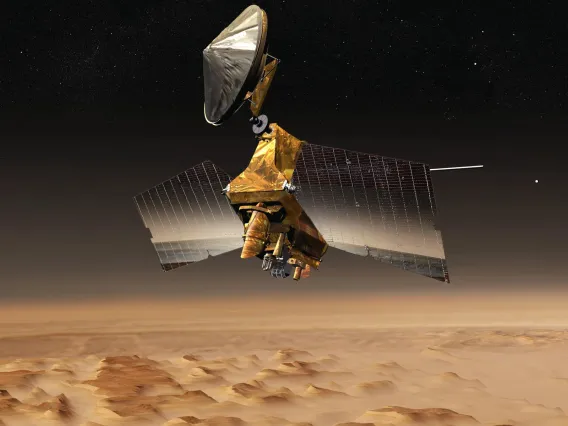
MRO
Mars Reconnaissance Orbiter
×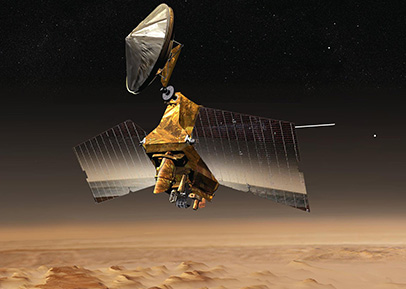
Mars Reconnaissance Orbiter
Mars Reconnaissance Orbiter (MRO) has studied the Red Planet's atmosphere and terrain from orbit since 2006 and also serves as a key data relay station for other Mars missions, including the Mars Exploration Rover Opportunity.
Equipped with a powerful camera called HiRISE that has aided in a number of discoveries, the Mars Reconnaissance Orbiter has sent back thousands of stunning images of the Martian surface that are helping scientists learn more about Mars, including the history of water flows on or near the planet's surface.
MRO Faculty

Lynn Carter
Associate Department Head, Professor, University Distinguished Scholar
Earth, Lunar Studies, Planetary Analogs, Planetary Geophysics, Planetary Surfaces, Titan & Outer Solar System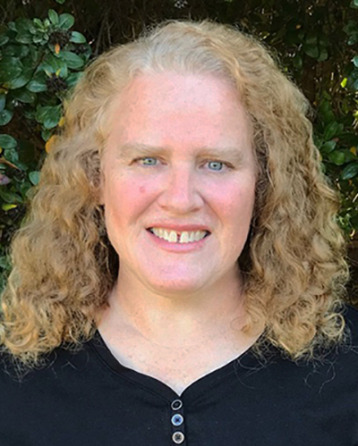
Virginia Gulick
Research Professor
Astrobiology, Planetary Analogs, Planetary Surfaces
Jack Holt
Professor, EDO Director
Earth, Planetary Analogs, Planetary Geophysics, Planetary Surfaces
Alfred McEwen
Regents Professor
Astrobiology, Lunar Studies, Photogrammetry, Planetary Analogs, Planetary Geophysics, Planetary Surfaces
Stefano Nerozzi
Assistant Research Professor
Earth, Planetary Analogs, Planetary Geophysics, Planetary SurfacesMRO Researchers

Sarah Sutton
Photogrammetry Program Lead, HiRISE, Researcher/Scientist
Earth, Lunar Studies, Photogrammetry, Planetary Analogs, Planetary Surfaces, Small BodiesMRO Support Staff

Nicole Bardabelias
Science Operations Engineer, HiRISE

Nicole Baugh
Uplink Operations Lead, HiRISE

Kristin Block
Principal Science Operations Engineer, HiRISE

Richard Leis
Staff Technician, Senior, HiRISE

Singleton Papendick
Science Operations Engineer, HiRISE
Earth, Planetary Surfaces
Anjani Polit
Deputy Principal Investigator, OSIRIS-APEX

Christian Schaller
Spacecraft Operations Software Engineer, HiRISE
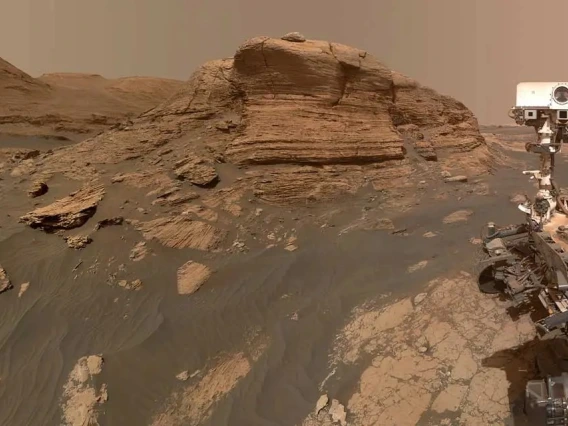
MSL
Mars Science Laboratory (Curiosity)
×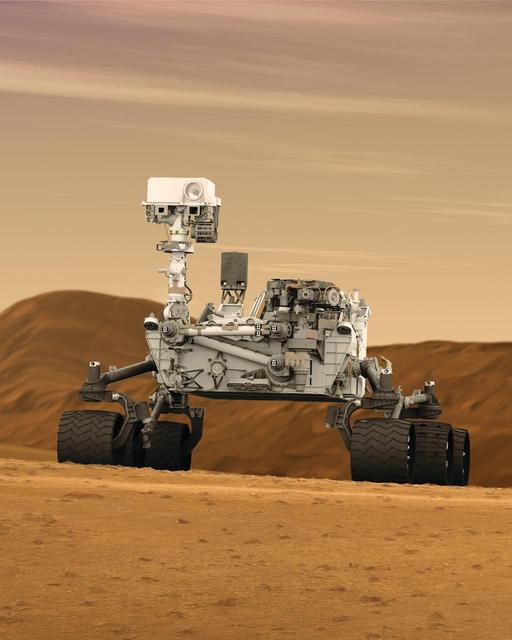
Mars Science Laboratory
Mars Science Laboratory is part of NASA's Mars Exploration Program, a long-term effort of robotic exploration of the red planet. Curiosity was designed to assess whether Mars ever had an environment able to support small life forms called microbes. In other words, its mission is to determine the planet's "habitability.
MSL Faculty

William Boynton
Professor Emeritus
Astrobiology, Cosmochemistry, Lunar Studies, Small BodiesMSL Support Staff

Michael Fitzgibbon
Software Engineer, Lead Calibration & Validation, OSIRIS-REx

Andrew Gardner
Systems Programmer, Principal

Karl Harshman
Manager, OSIRIS-REx/SPOC
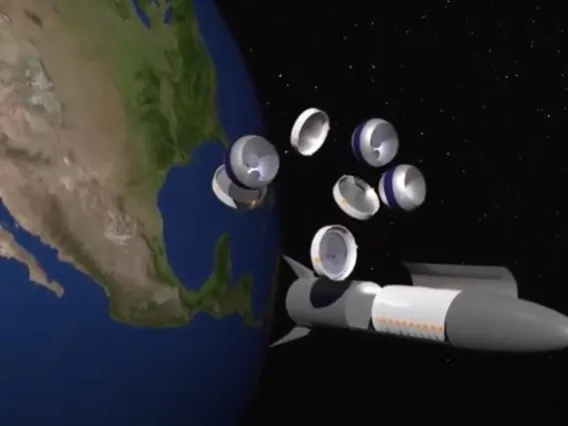
Nautilus
Nautilus
×Nautilus is a revolutionary space telescope concept that builds on a novel technology – engineered material diffractive-transmissive optical elements – to overcome the greatest limitations of space telescopes: non-scalable primary mirrors. By providing large but ultra-light telescope apertures, the Nautilus technology will enable the launch of a large fleet of identical telescopes. With a light-collecting power equivalent to a 50m diameter mirror Nautilus will be capable of surveying thousands of earth-sized habitable zone planets for atmospheric signatures of life.
Nautilus Faculty

Dániel Apai
Interim Associate Dean for Research, College of Science, Principal Investigator, Alien Earths, Professor
Astrobiology, Exoplanets, Planetary Atmospheres, Planetary Formation and Evolution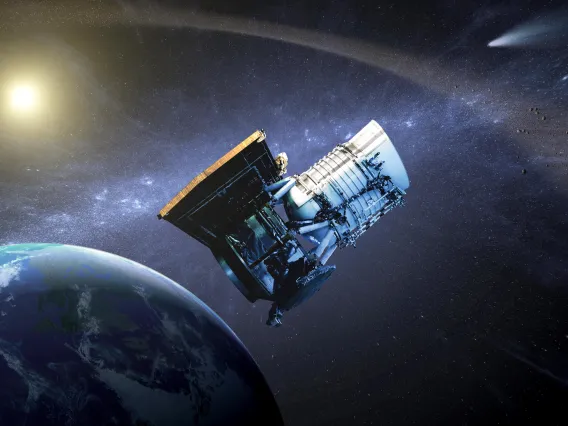
NEOWISE
Near-Earth Object Wide-field Infrared Survey Explorer
×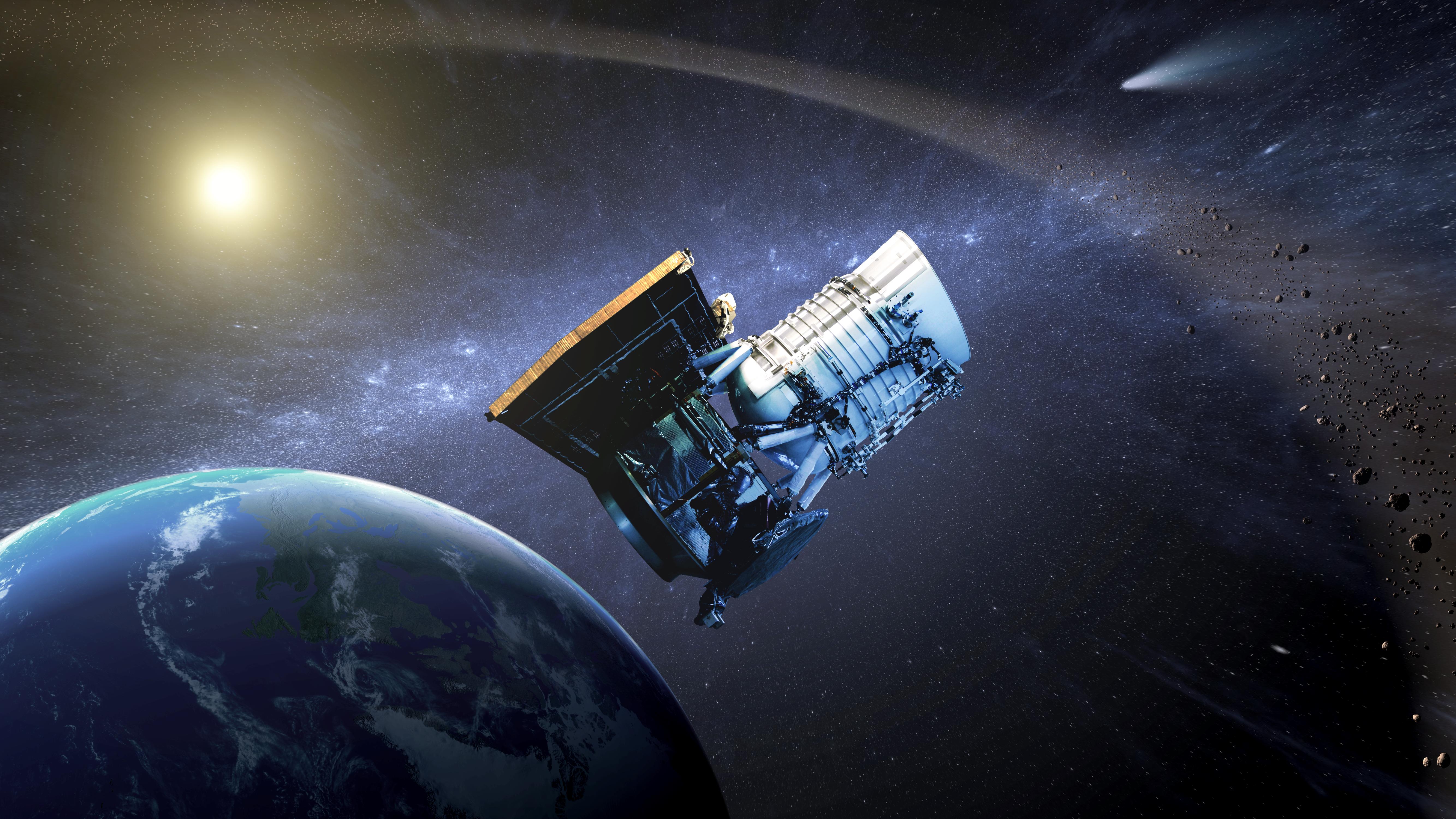
Wide-field Infrared Survey Explorer
The Wide-field Infrared Survey Explorer (WISE), a NASA infrared-wavelength astronomical space telescope, was active from December 2009 to February 2011. It was launched on December 14, 2009, and decommissioned/hibernated on February 17, 2011 when its transmitter was turned off. It performed an all-sky astronomical survey with images in 3.4, 4.6, 12 and 22 μm wavelength range bands, over 10 months using a 40 cm (16 in) diameter infrared telescope in Earth-orbit. The initial mission length was limited by its hydrogen coolant, but a secondary post-cryogenic mission continued four more months with two of the four detectors remaining operational.
In September 2013, the spacecraft was reactivated, renamed NEOWISE and assigned a new mission: to assist NASA's efforts to identify and characterize the population of near-Earth objects. NEOWISE is also characterizing more distant populations of asteroids and comets to provide information about their sizes and compositions.
NEOWISE Faculty
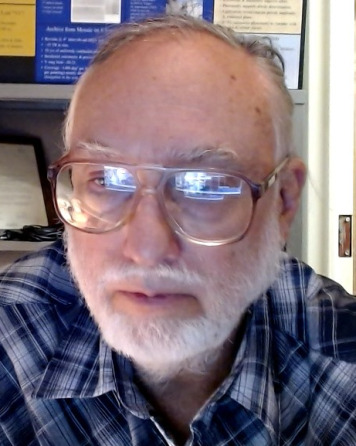
Robert (Bob) McMillan
Research Professor (Retired)
Asteroid Surveys, Planetary Astronomy, Small Bodies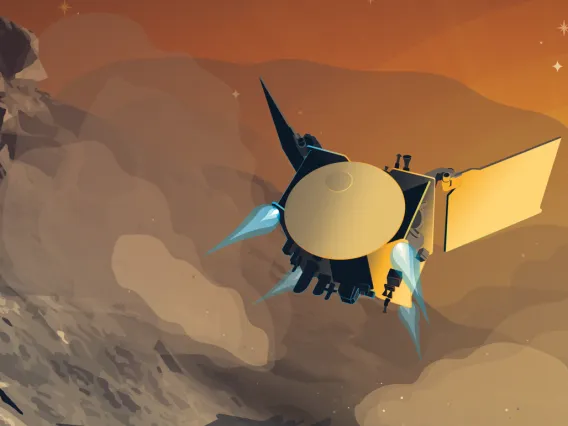
OSIRIS-APEX
OSIRIS-Apophis Explorer
×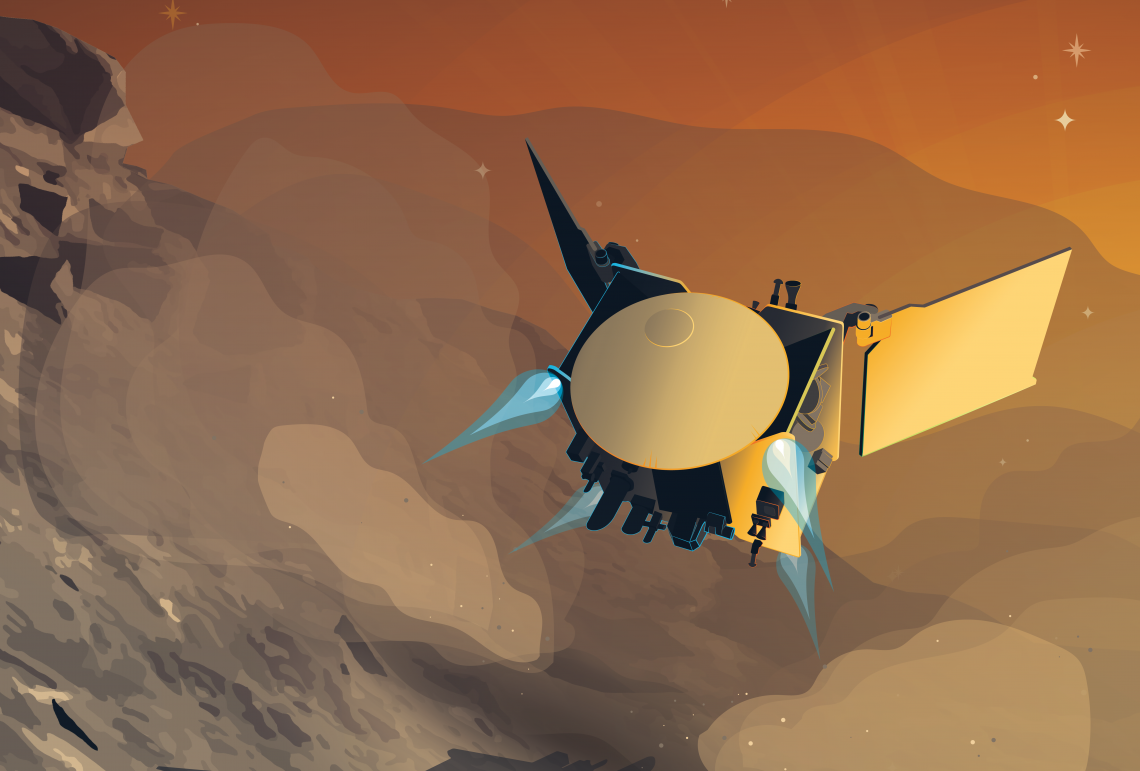
OSIRIS-APophis EXplorer
The OSIRIS-APEX mission will reprise the discoveries of the OSIRIS-REx spacecraft at a second asteroid, Apophis. An hour after Apophis’s dramatic close approach to Earth on April 13, 2029, The OSIRIS-APEX spacecraft will use Earth’s gravity to put itself on a course to rendezvous with the asteroid to begin an 18-month campaign of investigation and discovery. Having already challenged our understanding of “carbonaceous” (C-complex) asteroids during its exploration of Bennu, the spacecraft instrument suite will provide first-of-its-kind high-resolution data of a “stony” (S-complex) asteroid—dramatically advancing our knowledge of this asteroid class and its connection to the meteorite collection. After 15 months orbiting Apophis, APEX will use its thrusters to dig into the surface. This will allow us to observe subsurface material, which will provide otherwise inaccessible insight into space weathering and the surface strength of stony asteroids.
Although scientific discovery is APEX’s prime motivation, Apophis’ bulk structure and surface strength have critical implications for planetary defense. Shortly after its discovery in 2004, there was concern that Apophis could hit Earth in the 2029 encounter. Further observations ruled out that possibility, and we now know that it does not present any danger for at least 100 years. Nevertheless, as an S-complex object, Apophis represents the most common class of potentially hazardous asteroids (PHAs) and knowledge of its properties can inform mitigation strategies. Monitoring Apophis during and after Earth approach provides the first opportunity to witness any change in the surfaces and orbits of an asteroid that could influence its likelihood of striking Earth.
OSIRIS-APEX Faculty

Dani Mendoza DellaGiustina
Assistant Professor, Deputy Principal Investigator, OSIRIS-REx, Principal Investigator, OSIRIS-APEX
Earth, Photogrammetry, Planetary Analogs, Planetary Geophysics, Planetary Surfaces, Small Bodies
Dante Lauretta
Director, Arizona Astrobiology Center, Principal Investigator, OSIRIS-REx, Regents Professor
Astrobiology, Cosmochemistry, Small Bodies
Michael Nolan
Deputy Principal Investigator, OSIRIS-APEX, Research Professor
Small Bodies
Tyler Robinson
Associate Professor
Exoplanets
Peter Smith
Professor Emeritus
AstrobiologyOSIRIS-APEX Researchers

Dathon Golish
Mission Instrument and Observation Scientist
Photogrammetry, Small Bodies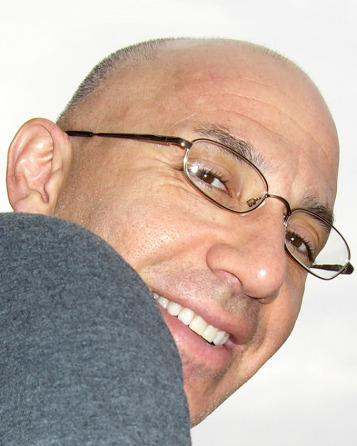
Bashar Rizk
Research Scientist/Senior Staff Scientist, OSIRIS-REx/OCAMS
Asteroid Surveys, Planetary Atmospheres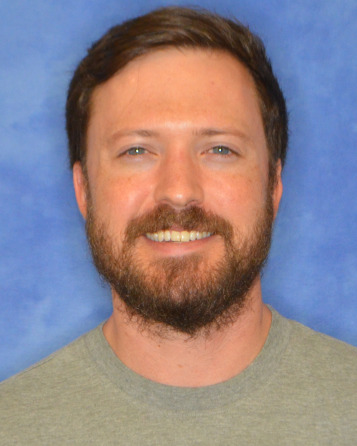
Andrew Ryan
Researcher/Scientist, OSIRIS-REx
Planetary Surfaces
Sarah Sutton
Photogrammetry Program Lead, HiRISE, Researcher/Scientist
Earth, Lunar Studies, Photogrammetry, Planetary Analogs, Planetary Surfaces, Small BodiesOSIRIS-APEX Support Staff
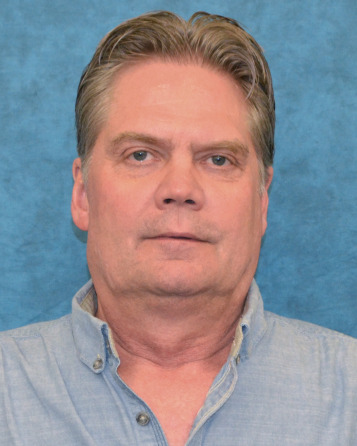
Kris Becker
Senior Data Analyst, OSIRIS-REx
Photogrammetry
Carina Bennett
Project Manager and Software Engineer, SAMIS
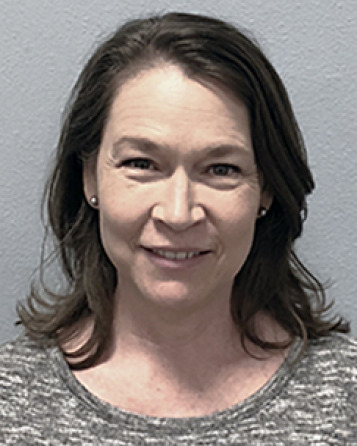
Denise Blum
Business Manager, OSIRIS-REx
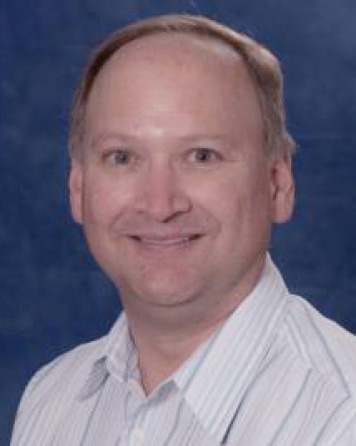
Tony Ferro
System Administrator, OSIRIS-REx/SPOC

Michael Fitzgibbon
Software Engineer, Lead Calibration & Validation, OSIRIS-REx
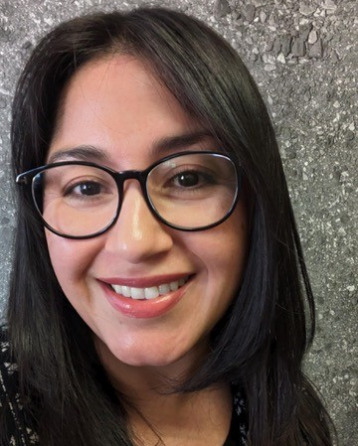
Rose Garcia
R&D Engineer Scientist, OSIRIS-REx

Andrew Gardner
Systems Programmer, Principal
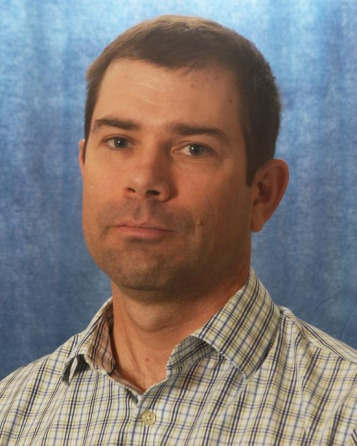
Damian Hammond
Software Engineer, OSIRIS-REx Telemetry Processing

Karl Harshman
Manager, OSIRIS-REx/SPOC

CeeCee Hill
R&D Software Engineer, OSIRIS-APEX

Zachary Komanapalli
Research Technician, OSIRIS-APEX

Megan Montano
Research Technician, OSIRIS-APEX

Anjani Polit
Deputy Principal Investigator, OSIRIS-APEX
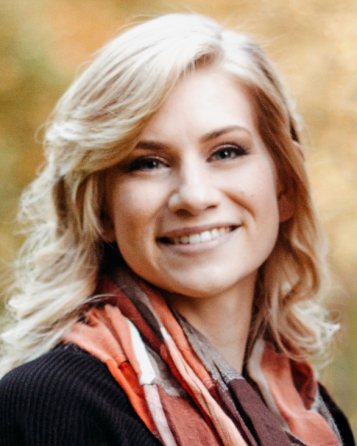
Heather Roper
Media Specialist, Senior
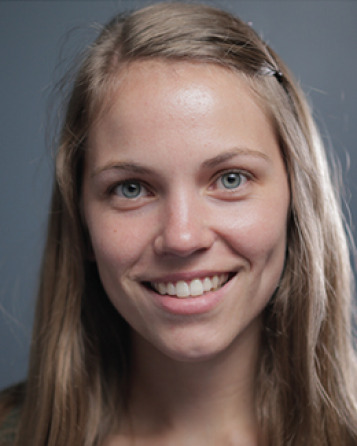
Mathilde Westermann
Lead GIS Development Engineer, OSIRIS-REx

Catherine Wolner
Editor, OSIRIS-REx
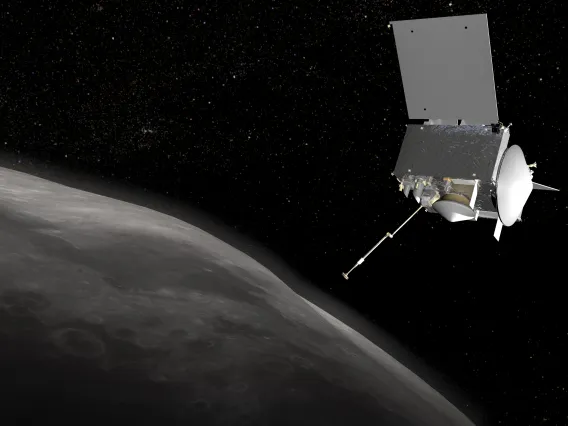
OSIRIS-REx
Origins, Spectral Interpretation, Resource Identification, Security, Regolith Explorer
×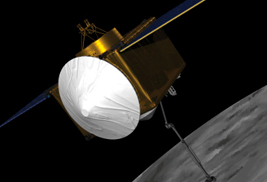
Origins, Spectral Interpretation, Resource Identification, Security, Regolith Explorer
OSIRIS-REx launched from the Cape Canaveral Air Force Station in Florida on Sept. 8, 2016. It arrived at Bennu on Dec. 3, 2018, and began orbiting the asteroid Bennu for the first time on Dec. 31, 2018. On October 20, 2020, OSIRIS-REx made history for NASA when it tagged the surface of asteroid Bennu for 4.7 seconds, triggering a flush of nitrogen gas and collecting the largest sample of extraterrestrial material since the Apollo moon landings. In preparation for the sample collection, the spacecraft had spent two years photographing and mapping the asteroid in tremendous detail. The spacecraft successfully dropped its sample return capsule to return to Earth on Sept. 24, 2023.
The OSIRIS-REx mission seeks answers to questions that are central to the human experience: Where did we come from? What is our destiny? OSIRIS-REx is going to Bennu, a carbon-rich asteroid that records the earliest history of our Solar System, and bringing a piece of it back to Earth. Bennu may contain the molecular precursors to the origin of life and the Earth’s oceans. Bennu is also one of the most potentially hazardous asteroids. It has a relatively high probability of impacting the Earth late in the 22nd century. OSIRIS-REx will determine Bennu’s physical and chemical properties. This will be critical for future scientists to know when developing an impact mitigation mission. Finally, asteroids like Bennu contain natural resources such as water, organics, and precious metals. Future space exploration and economic development will rely on asteroids for these precious materials. Asteroids may one day fuel the exploration of the Solar System by robotic and manned spacecraft.
Touching the Asteroid
OSIRIS-REx Faculty

Erik Asphaug
Professor
Lunar Studies, Planetary Analogs, Planetary Geophysics, Planetary Surfaces, Small Bodies, Theoretical Astrophysics, Titan & Outer Solar System
Jessica Barnes
Associate Professor
Cosmochemistry, Lunar Studies, Planetary Analogs
William Boynton
Professor Emeritus
Astrobiology, Cosmochemistry, Lunar Studies, Small Bodies
Dani Mendoza DellaGiustina
Assistant Professor, Deputy Principal Investigator, OSIRIS-REx, Principal Investigator, OSIRIS-APEX
Earth, Photogrammetry, Planetary Analogs, Planetary Geophysics, Planetary Surfaces, Small Bodies
Pierre Haenecour
Assistant Professor
Astrobiology, Cosmochemistry, Planetary Astronomy, Small Bodies
Ellen Howell
Research Professor
Small Bodies
Dante Lauretta
Director, Arizona Astrobiology Center, Principal Investigator, OSIRIS-REx, Regents Professor
Astrobiology, Cosmochemistry, Small Bodies
Renu Malhotra
Louise Foucar Marshall Science Research Professor, Regents Professor
Astrobiology, Exoplanets, Orbital Dynamics, Planetary Formation and Evolution, Small Bodies, Theoretical Astrophysics
Michael Nolan
Deputy Principal Investigator, OSIRIS-APEX, Research Professor
Small Bodies
Peter Smith
Professor Emeritus
Astrobiology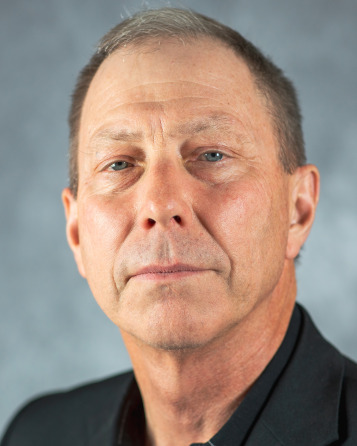
Timothy Swindle
Professor Emeritus
Cosmochemistry, Lunar Studies, Small Bodies, Theoretical Astrophysics
Tom Zega
Professor
Astrobiology, Cosmochemistry, Small BodiesOSIRIS-REx Researchers

Laura Chaves
Postdoctoral Research Associate
Cosmochemistry, Small Bodies
Matthew Chojnacki
DCC Associate Research (McEwen)
Photogrammetry, Planetary Surfaces, Small Bodies
Ruby Fulford
PTYS Graduate Student
Astrobiology, Planetary Geophysics, Planetary Surfaces, Small Bodies, Titan & Outer Solar System
Dathon Golish
Mission Instrument and Observation Scientist
Photogrammetry, Small Bodies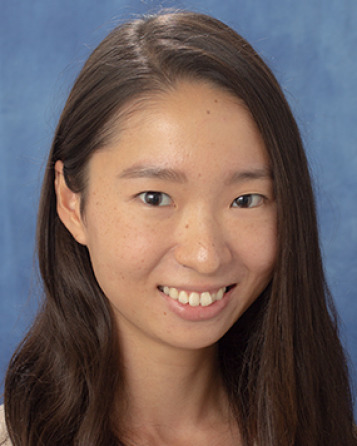
Kana Ishimaru
PTYS Graduate Student
Cosmochemistry, Small Bodies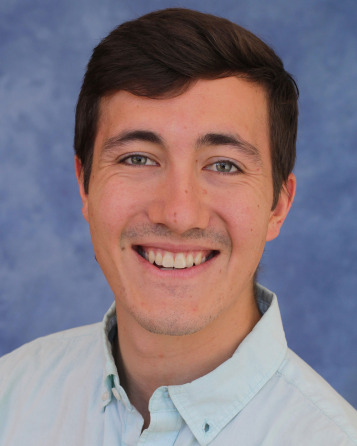
Robert Melikyan
PTYS Graduate Student
Orbital Dynamics, Small Bodies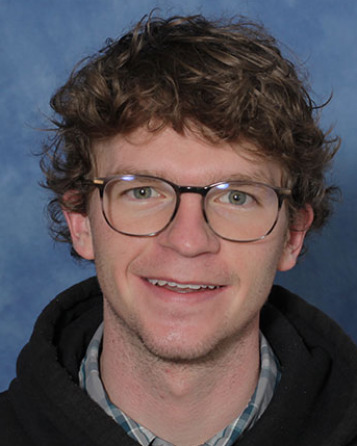
Beau Prince
PTYS Graduate Student
Cosmochemistry
Bashar Rizk
Research Scientist/Senior Staff Scientist, OSIRIS-REx/OCAMS
Asteroid Surveys, Planetary Atmospheres
Andrew Ryan
Researcher/Scientist, OSIRIS-REx
Planetary Surfaces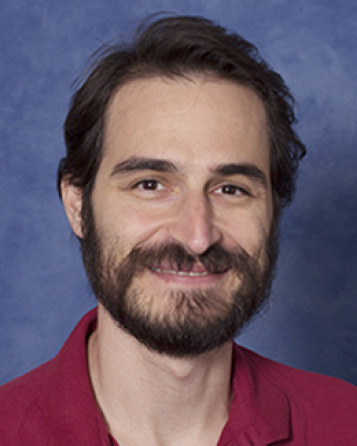
Stephen Schwartz
DCC Associate Staff Scientist (Asphaug)
Orbital Dynamics, Planetary Astronomy, Planetary Surfaces, Small Bodies, Space Situational Awareness
Sarah Sutton
Photogrammetry Program Lead, HiRISE, Researcher/Scientist
Earth, Lunar Studies, Photogrammetry, Planetary Analogs, Planetary Surfaces, Small BodiesOSIRIS-REx Support Staff

Kris Becker
Senior Data Analyst, OSIRIS-REx
Photogrammetry
Carina Bennett
Project Manager and Software Engineer, SAMIS

Denise Blum
Business Manager, OSIRIS-REx
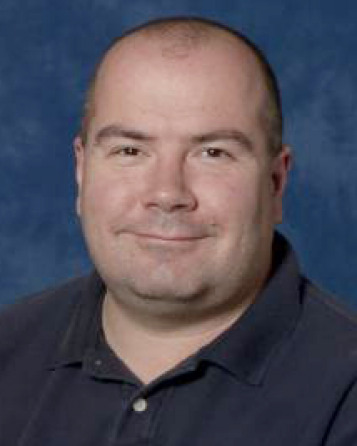
Christian d'Aubigny
DCC Deputy Instrument Scientist, OCAMS (Byrne)

Tony Ferro
System Administrator, OSIRIS-REx/SPOC

Michael Fitzgibbon
Software Engineer, Lead Calibration & Validation, OSIRIS-REx

Andrew Gardner
Systems Programmer, Principal

Damian Hammond
Software Engineer, OSIRIS-REx Telemetry Processing

Karl Harshman
Manager, OSIRIS-REx/SPOC
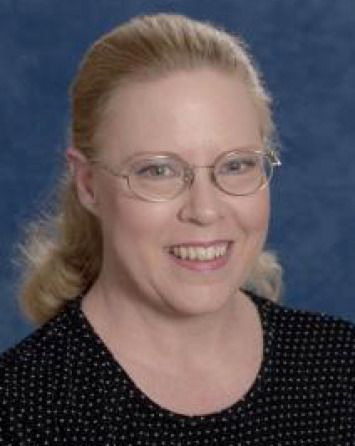
Dolores Hill
Research Specialist, Senior
Cosmochemistry, Small Bodies
CeeCee Hill
R&D Software Engineer, OSIRIS-APEX

Joshua Kantarges
SAMIS Software Engineer, OSIRIS-REx

Anjani Polit
Deputy Principal Investigator, OSIRIS-APEX

Heather Roper
Media Specialist, Senior

Mathilde Westermann
Lead GIS Development Engineer, OSIRIS-REx

Catherine Wolner
Editor, OSIRIS-REx
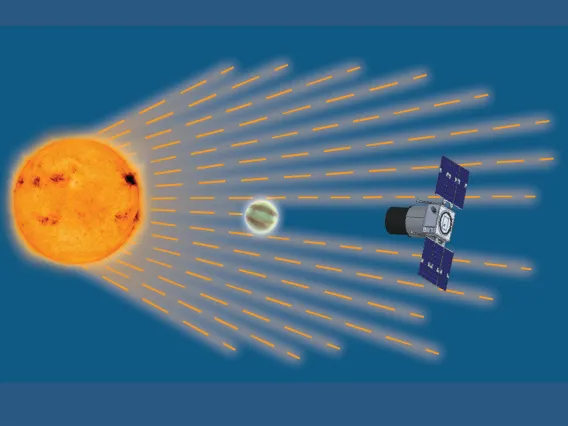
Pandora
Pandora
×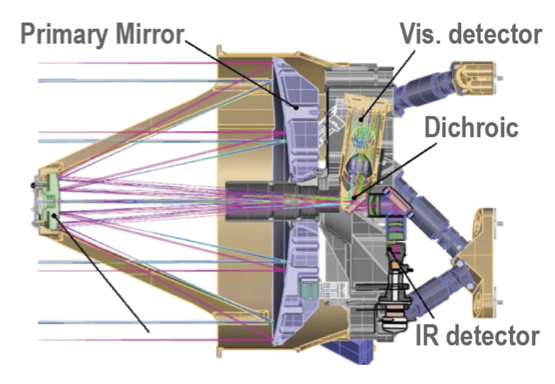
Pandora's primary objective is to conduct a long baseline survey of transiting exoplanets orbiting nearby stars with simultaneous photometric and spectroscopic observations in order to quantify and correct for stellar contamination in transmission spectra and subsequently identify exoplanets with hydrogen or water.
Pandora Faculty

Dániel Apai
Interim Associate Dean for Research, College of Science, Principal Investigator, Alien Earths, Professor
Astrobiology, Exoplanets, Planetary Atmospheres, Planetary Formation and EvolutionPandora Support Staff

Andrew Gardner
Systems Programmer, Principal

Karl Harshman
Manager, OSIRIS-REx/SPOC

Joshua Kantarges
SAMIS Software Engineer, OSIRIS-REx
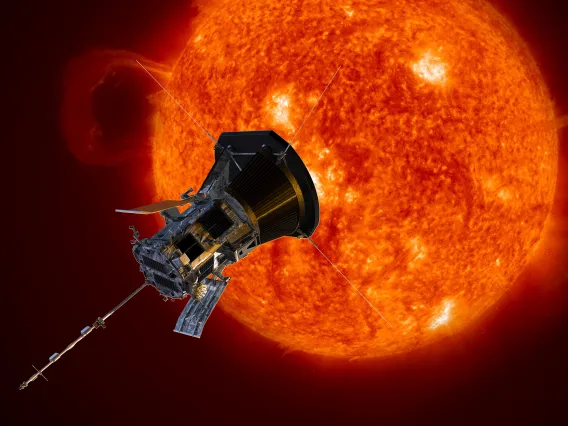
Parker Solar Probe
Parker Solar Probe: A NASA Mission to Touch the Sun
×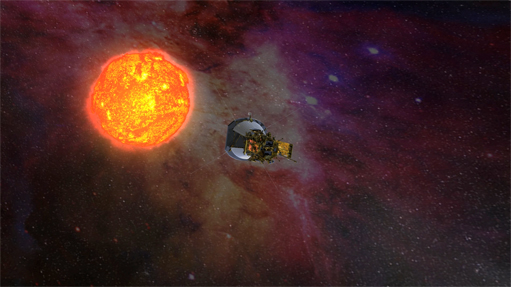
The First Mission to the Nearest Star
Parker Solar Probe will be a historic mission, flying into the Sun's atmosphere (or corona) for the first time. LPL Professor Joe Giacalone is Co-Investigator for the Integrated Science Investigation of the Sun (IS☉IS) instrument. Coming closer to the Sun than any previous spacecraft, Solar Probe Plus will employ a combination of in situ measurements and imaging to achieve the mission's primary scientific goal: to understand how the Sun's corona is heated and how the solar wind is accelerated. Parker Solar Probe will revolutionize our knowledge of the origin and evolution of the solar wind.
Parker Solar Probe Faculty

Joe Giacalone
Professor
Solar and Heliospheric Research, Theoretical Astrophysics
Kristopher Klein
Associate Professor
Solar and Heliospheric Research, Theoretical AstrophysicsParker Solar Probe Researchers
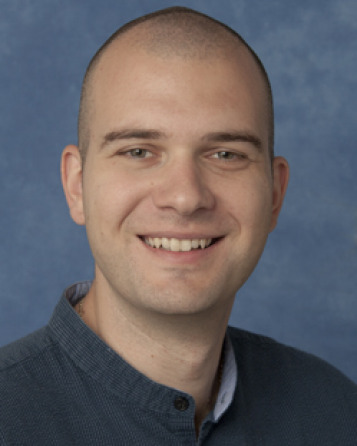
Mihailo Martinović
Researcher/Scientist
Solar and Heliospheric Research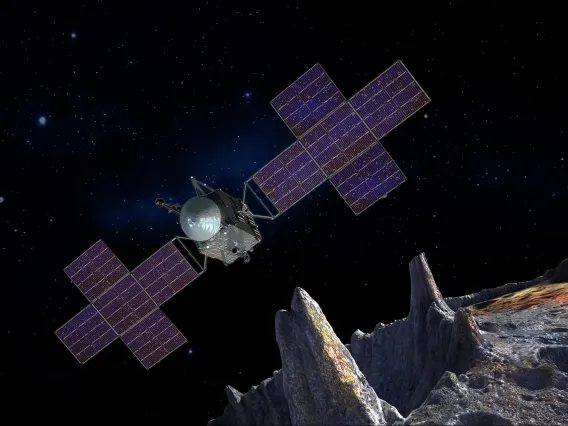
Psyche
Psyche
×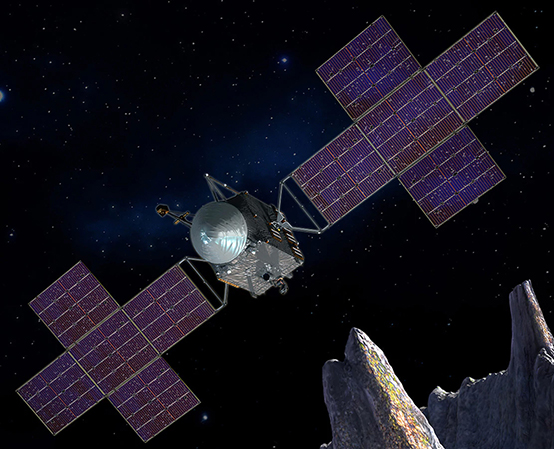
Pysche is both the name of an asteroid orbiting the Sun between Mars and Jupiter — and the name of a NASA space mission to visit that asteroid, led by Arizona State University. The mission was chosen by NASA on January 4, 2017 as one of two missions for the agency’s Discovery Program, a series of relatively low-cost missions to solar system targets.
The Psyche spacecraft is targeted to launch in summer 2022 and travel to the asteroid using solar-electric (low-thrust) propulsion, arriving in 2026, following a Mars flyby and gravity-assist in 2023. After arrival, the mission plan calls for 21 months spent at the asteroid, mapping it and studying its properties.
Psyche Faculty

Erik Asphaug
Professor
Lunar Studies, Planetary Analogs, Planetary Geophysics, Planetary Surfaces, Small Bodies, Theoretical Astrophysics, Titan & Outer Solar SystemPsyche Researchers

Namya Baijal
PTYS Graduate Student
Planetary Geophysics, Planetary Surfaces, Small Bodies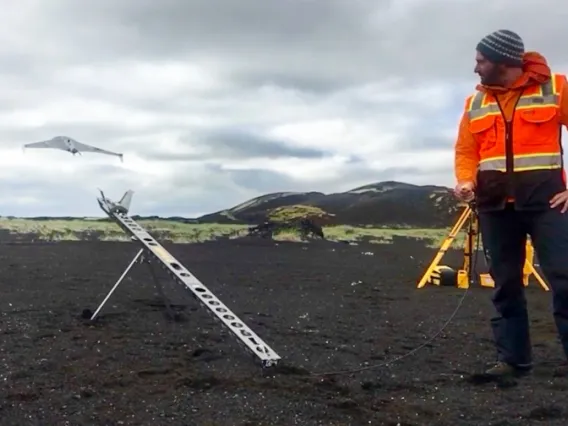
RAVEN
Rover–Aerial Vehicle Exploration Network
×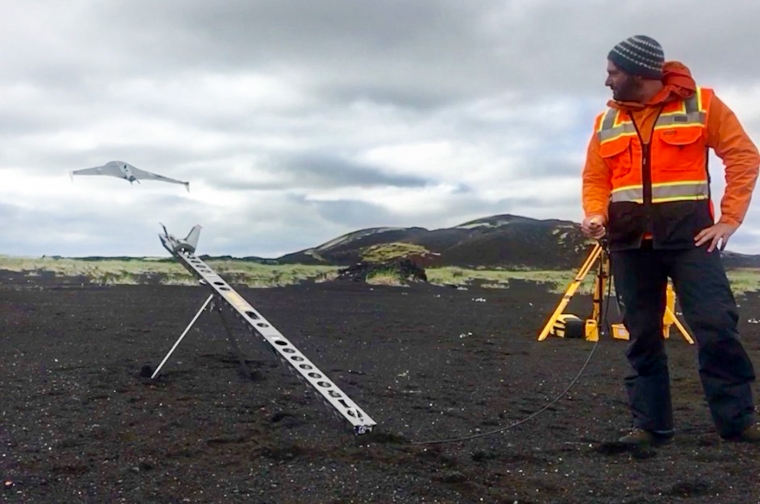
Rover–Aerial Vehicle Exploration Network
A team of scientists led by LPL’s Christopher Hamilton, an associate professor, are gearing up to send drones on exploration missions across a vast lava field in Iceland to test a next-generation Mars exploration concept. Hamilton is the principal investigator on a project that has been awarded a $3.1 million NASA grant to develop a new concept combining rovers and unmanned aerial systems, commonly known as drones, to explore regions of the red planet that have been previously inaccessible.
These new Rover–Aerial Vehicle Exploration Networks will be tested in Iceland to explore volcanic terrains similar to those observed on Mars. RAVEN adds an entirely new approach to NASA’s paradigm of planetary exploration, which traditionally has centered around four steps, each building on the scientific findings of the previous one: flyby, orbit, land and rove, according to Hamilton. The first spacecraft sent to a previously unvisited body in the solar system commonly executes a flyby pass to collect as many data as possible to inform subsequent robotic missions, which consist of another space probe placed into orbit, then a lander, which studies the surface in one place, and, finally, a rover built to move around and analyze various points of scientific interest.
RAVEN Faculty

Christopher Hamilton
Associate Professor
Astrobiology, Earth, Lunar Studies, Photogrammetry, Planetary Analogs, Planetary Geophysics, Planetary SurfacesRAVEN Researchers
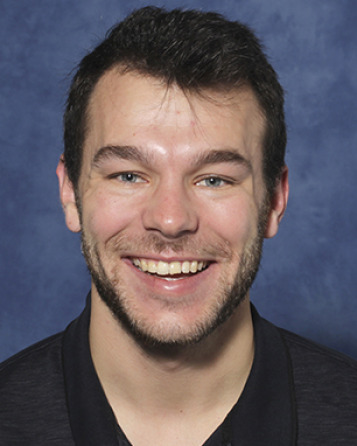
Nathan Hadland
PTYS Graduate Student
Astrobiology, Earth, Planetary Analogs, Planetary Surfaces
Michael Phillips
Researcher/Scientist
Astrobiology, Photogrammetry, Planetary Analogs, Planetary Surfaces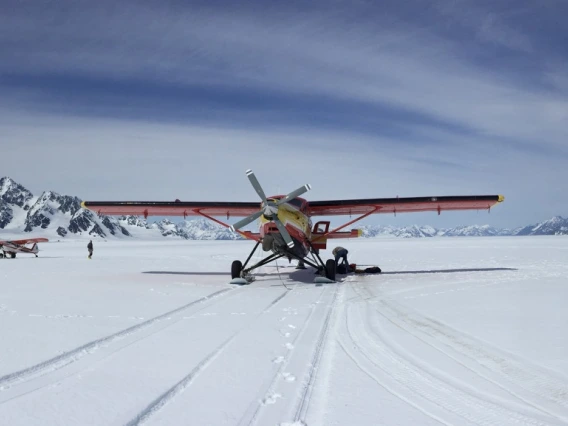
Snow4Flow
Snow4Flow
×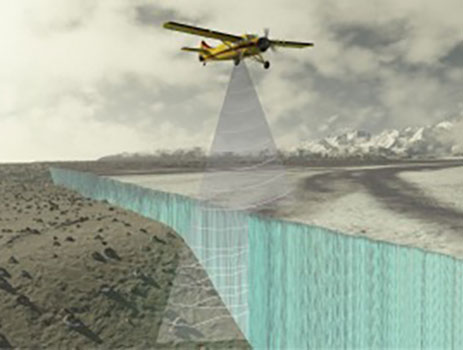
Snow4Flow will capture the spatial variability in snow accumulation and ice volume across 4 Northern Hemisphere (NH) regions containing hundreds of rapidly changing glaciers to deliver more reliable, societally relevant projections of land-ice change. This major advance requires spatially extensive radar-sounding surveys that are not possible from orbit. This EVS-4 mission will drive foundational improvements to NH land-ice boundary conditions and forcing data – including orographic precipitation patterns in alpine environments, ice thickness and subglacial topography – and directly leverages them into state-of-the-art models and projections.
Snow4Flow Faculty

Jack Holt
Professor, EDO Director
Earth, Planetary Analogs, Planetary Geophysics, Planetary Surfaces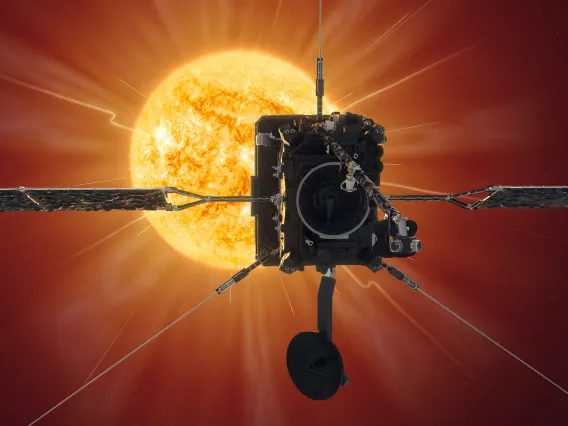
Solar Orbiter
Solar Orbiter
×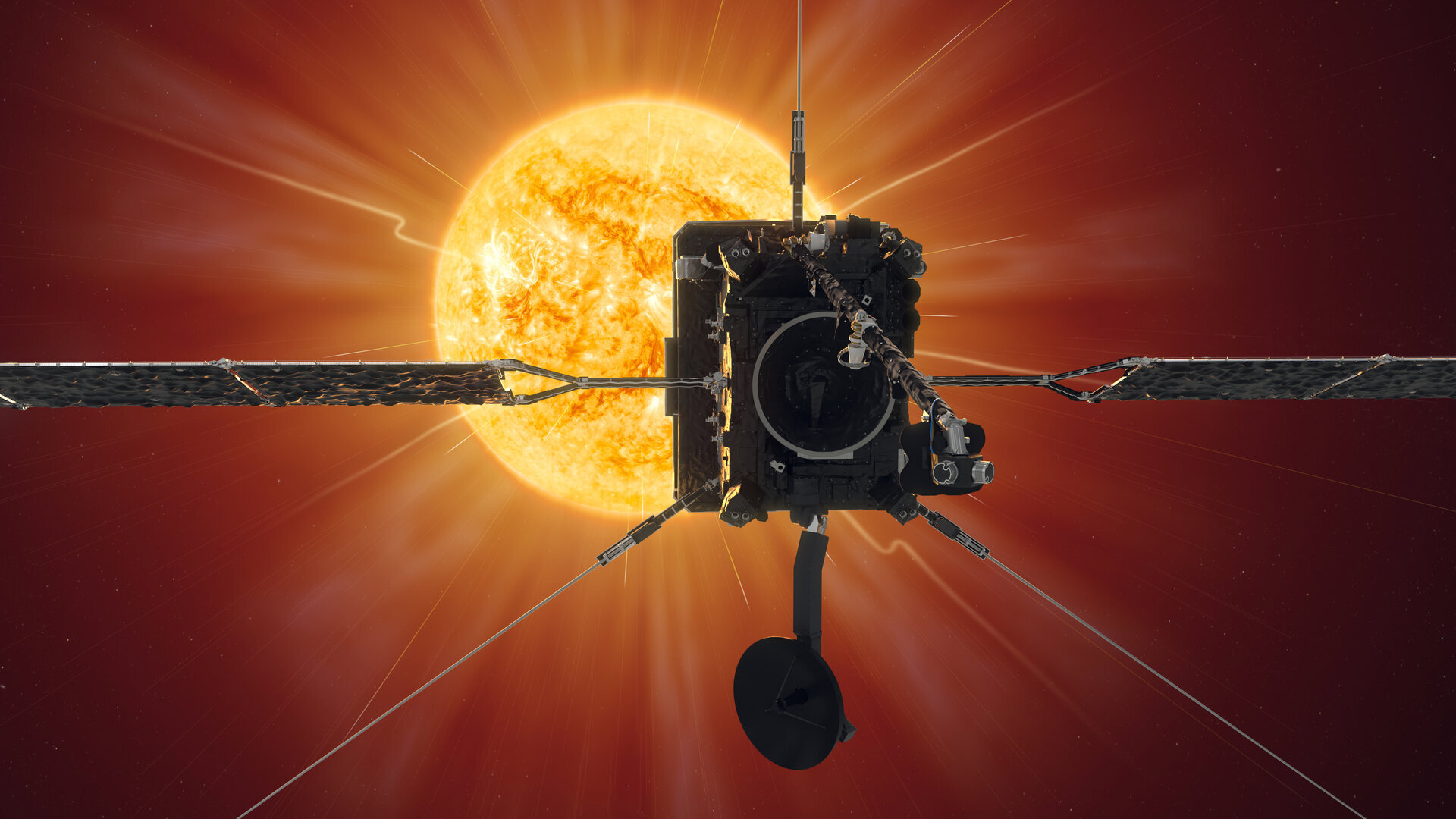
Solar Orbiter is a mission dedicated to solar and heliospheric physics. It was selected as the first medium-class mission of ESA's Cosmic Vision 2015-2025 Programme. The programme outlines key scientific questions which need to be answered about the development of planets and the emergence of life, how the Solar System works, the origins of the Universe, and the fundamental physics at work in the Universe.
Solar Orbiter Faculty

Joe Giacalone
Professor
Solar and Heliospheric Research, Theoretical AstrophysicsSolar Orbiter Researchers

Mihailo Martinović
Researcher/Scientist
Solar and Heliospheric Research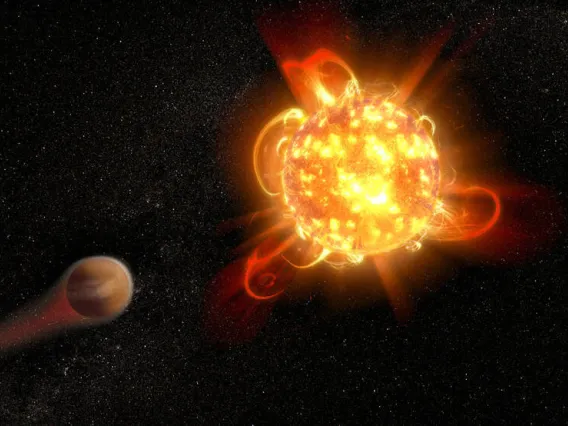
SPARCS
Star-Planet Activity Research CubeSat
×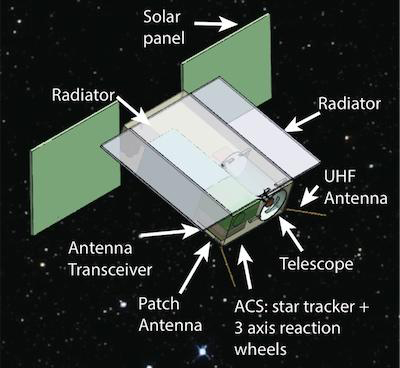
Star-Planet Activity Research CubeSat
The Star-Planet Activity Research CubeSat (SPARCS) is a small space telescope about the size and shape of a family-size Cheerios box.
It is built of six cubical units, each about four inches on a side. These are joined to make a spacecraft two units wide by three long in what is termed a 6U spacecraft; solar power panels extend like wings from one end.
The mission which SPARCS will undertake is monitoring the flares and sunspot activity of M-type stars, also called red dwarfs, in the far- and near-ultraviolet. The purpose of this is to assess how habitable the space environment is for planets orbiting them.
SPARCS Faculty

Travis Barman
Professor
Exoplanets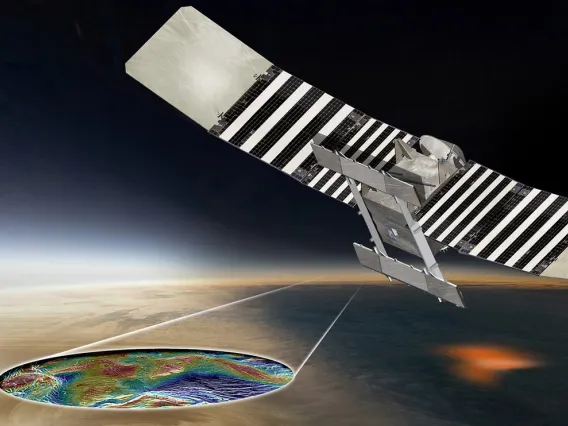
VERITAS
Venus Emissivity, Radio science, InSAR, Topography, And Spectroscopy
×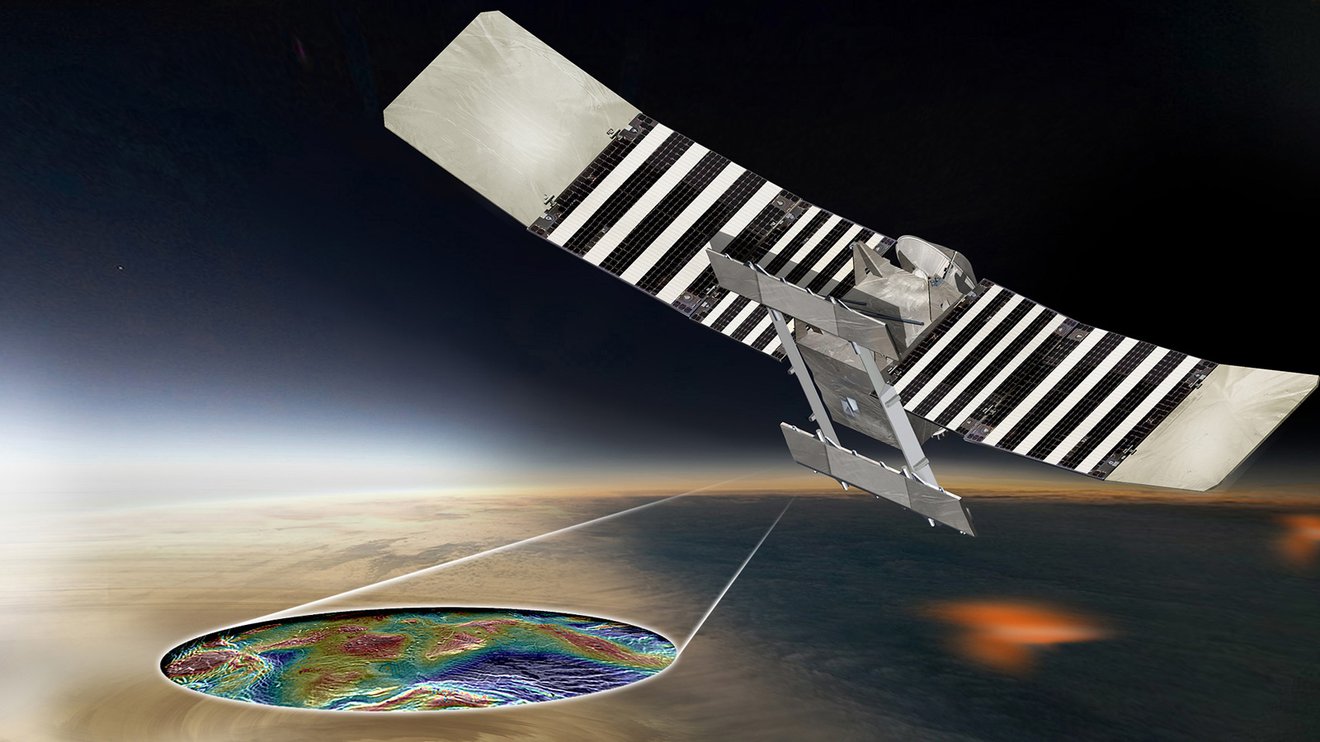 VERITAS
VERITASVenus Emissivity, Radio science, InSAR, Topography, And Spectroscopy
VERITAS is a Venus orbiter designed to reveal how the paths of Venus and Earth diverged, and how Venus lost its potential as a habitable world.
VERITAS Faculty

Jeffrey Andrews-Hanna
Professor
Lunar Studies, Planetary Geophysics, Planetary Surfaces, Titan & Outer Solar SystemVERITAS Researchers

Joseph Schools
Researcher/Scientist
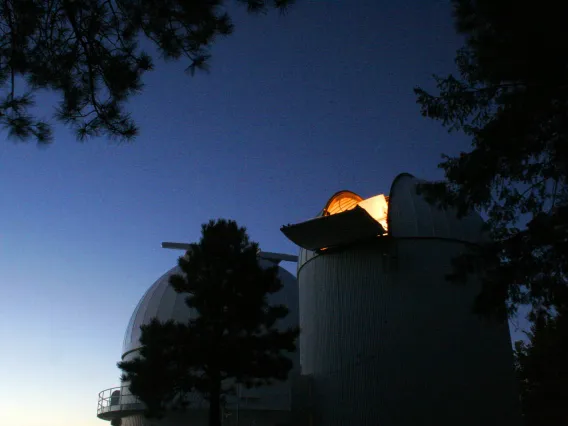
Asteroid Surveys
Asteroid Surveys
×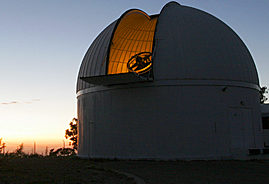
Catalina Sky Survey
The mission of the Catalina Sky Survey is to contribute to the inventory of near-earth objects (NEOs), or more specifically, the potentially hazardous asteroids (PHAs) that pose an impact risk to Earth and its inhabitants.
The identification of the iridium anomaly at the Cretaceous-Tertiary boundary (Alvarez et al. 1980), associated Chicxulub impact crater (Hildebrand et al. 1991) and the Permian-Triassic "great dying" possibly being associated with Australian Bedout Crater (Becker et al. 2004) strongly suggest that impacts by minor planets play an important role in the evolution of life.
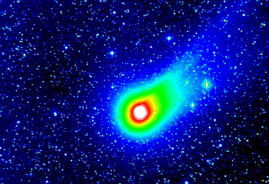
SPACEWATCH®
The primary goal of SPACEWATCH® is to explore the various populations of small objects in the solar system, and study the statistics of asteroids and comets in order to investigate the dynamical evolution of the solar system. SPACEWATCH® also finds potential targets for interplanetary spacecraft missions, provides follow-up astrometry of such targets, and finds objects that might present a hazard to the Earth.
Asteroid Surveys Faculty

Robert (Bob) McMillan
Research Professor (Retired)
Asteroid Surveys, Planetary Astronomy, Small BodiesAsteroid Surveys Researchers

Adam Battle
R&D Software Engineer, SPACE 4 Center
Asteroid Surveys, Small Bodies, Space Situational Awareness
Melissa Brucker
Principal Investigator, Spacewatch, Research Scientist
Asteroid Surveys, Small Bodies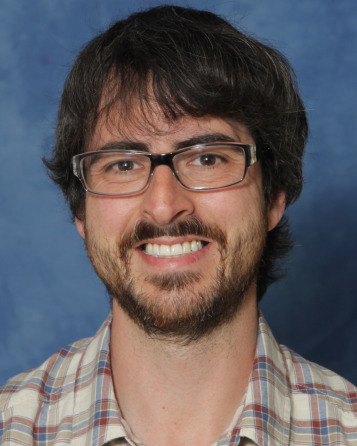
Carson Fuls
Director, Catalina Sky Survey, PTYS Graduate Student
Asteroid Surveys, Small Bodies
Hannes Gröller
Research Scientist/Assistant Staff Scientist
Asteroid Surveys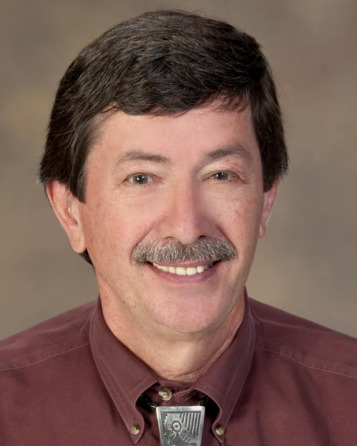
Steve Larson
Research Scientist/Senior Staff Scientist
Asteroid Surveys, Small Bodies
Bashar Rizk
Research Scientist/Senior Staff Scientist, OSIRIS-REx/OCAMS
Asteroid Surveys, Planetary AtmospheresAsteroid Surveys Support Staff

Tracie Beuden
Survey Operations Specialist, Catalina Sky Survey
Asteroid Surveys
Terrence Bressi
Engineer/Observer, Spacewatch
Asteroid Surveys
Vivian Carvajal
Survey Operations Specialist, Catalina Sky Survey
Asteroid Surveys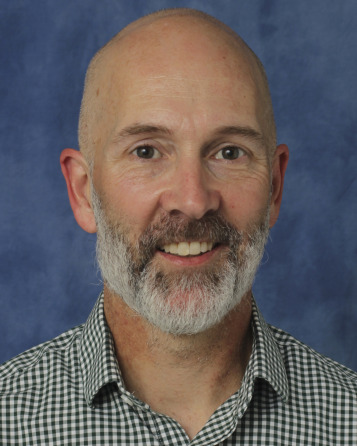
Don Fay
R&D Systems Engineer, Catalina Sky Survey
Asteroid Surveys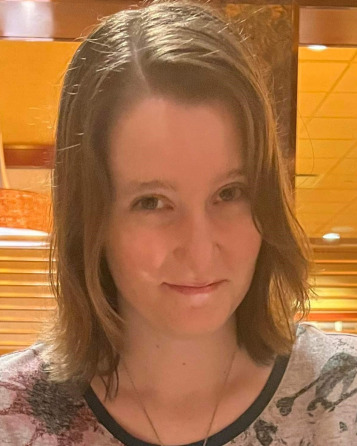
Jacqueline Fazekas
Research Technologist, Catalina Sky Survey
Asteroid Surveys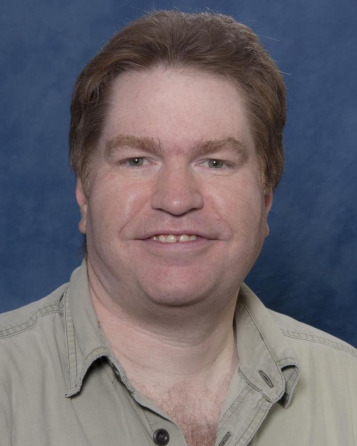
Alex Gibbs
Principal Engineer, Catalina Sky Survey
Asteroid Surveys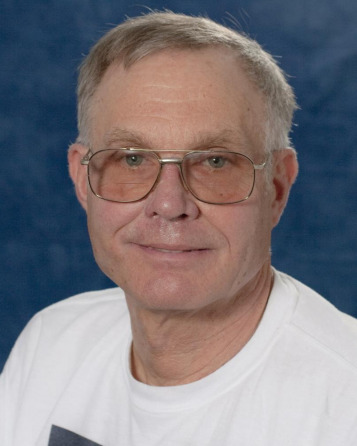
Albert Grauer
Technical Expert, Catalina Sky Survey
Asteroid Surveys
Joshua Hogan
Research Technologist, Catalina Sky Survey
Asteroid Surveys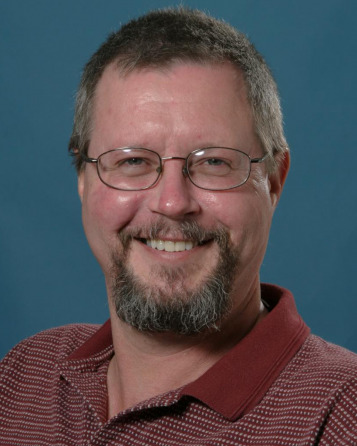
Richard Kowalski
Research Specialist, Senior, Catalina Sky Survey
Asteroid Surveys
Jeffrey Larsen
Technical Expert, Spacewatch
Asteroid Surveys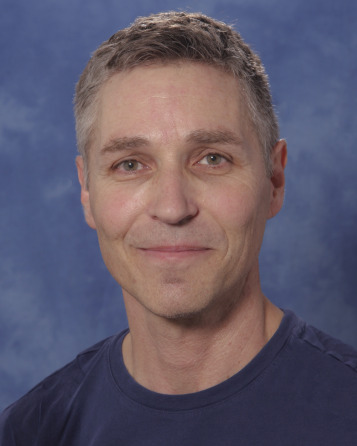
Gregory Leonard
Research Specialist, Senior, Catalina Sky Survey
Asteroid Surveys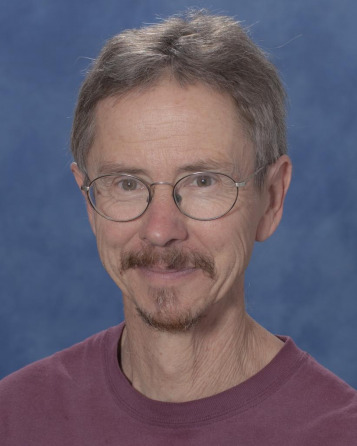
Ronald Mastaler
Observer, Spacewatch
Asteroid Surveys
David Rankin
R&D Operations Engineer, Catalina Sky Survey
Asteroid Surveys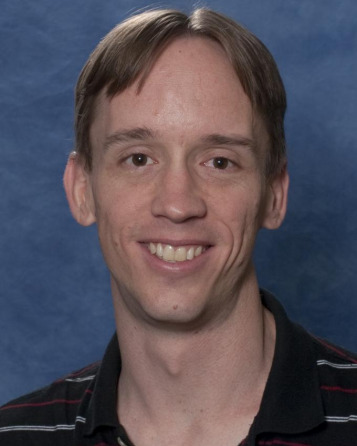
Michael Read
Chief Engineer/Observer, Spacewatch
Asteroid Surveys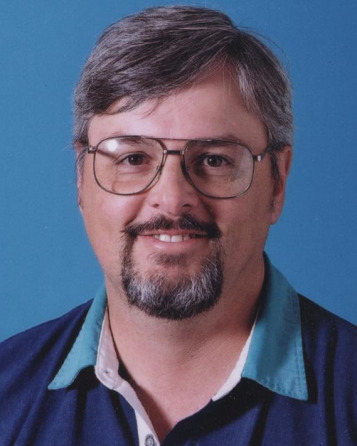
James Scotti
Observer, Spacewatch
Asteroid Surveys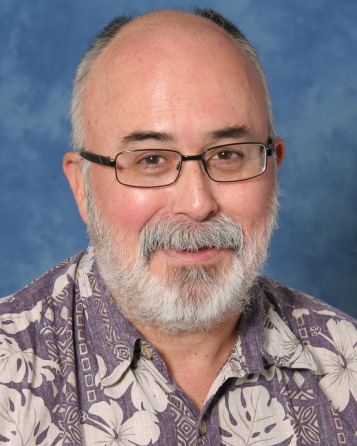
Robert Seaman
Data Engineer, Senior, Data Engineer, Senior, Catalina Sky Survey
Asteroid Surveys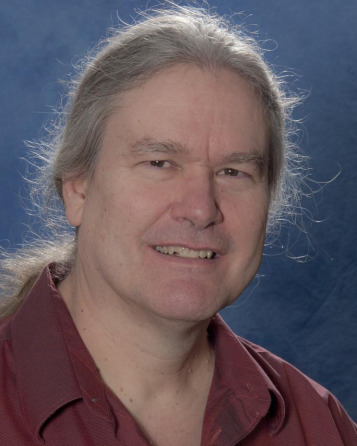
Frank Shelly
Senior Systems Programmer, Catalina Sky Survey
Asteroid Surveys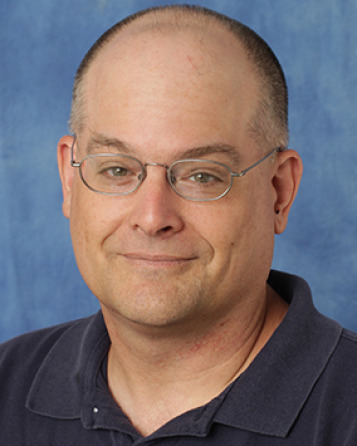
Andrew Tubbiolo
Engineer/Observer, Spacewatch
Asteroid Surveys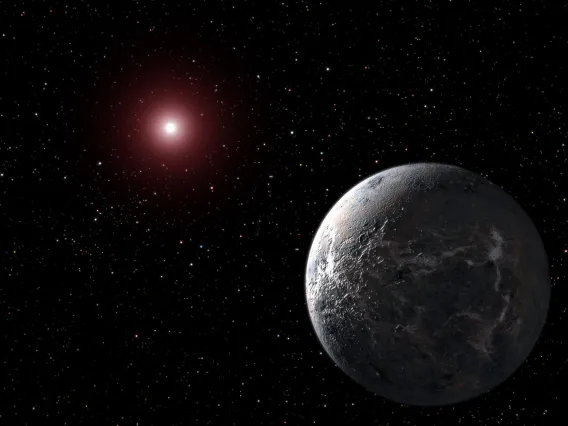
Astrobiology
Astrobiology
×Astrobiology is a vibrant, interdisciplinary field that focuses on the study of the origins, distribution and evolution of life in the universe. The Arizona Astrobiology Center (AABC) brings together researchers from across campus to serve as a hub for diverse scientific endeavors, providing bold and transformative dialogue to make astrobiology discoveries relevant to the experiences of all people on Earth.
In addition to the strengths of AABC, U of A is home to two of the eight interdisciplinary research teams selected by the NASA Astrobiology Program to inaugurate its Interdisciplinary Consortia for Astrobiology Research program are located at the University of Arizona. Led by Dániel Apai, the teams were selected from a pool of more than 40 proposals. The breadth and depth of the research of these teams spans the spectrum of astrobiology research, from cosmic origins to planetary system formation, origins and evolution of life, and the search for life beyond Earth.
The University of Arizona offers both undergraduate and graduate minors in Astrobiology.
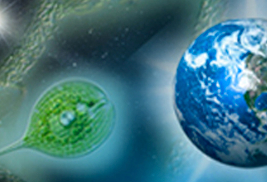 Arizona Astrobiology Center
Arizona Astrobiology CenterArizona Astrobiology Center
Researchers and students benefit from a long campus history of interdisciplinary collaboration drawing from astronomy, planetary sciences, chemistry, geo- and biological sciences and early engagement with pioneering NASA astrobiology nodes.
Astrobiology Faculty

Dániel Apai
Interim Associate Dean for Research, College of Science, Principal Investigator, Alien Earths, Professor
Astrobiology, Exoplanets, Planetary Atmospheres, Planetary Formation and Evolution
William Boynton
Professor Emeritus
Astrobiology, Cosmochemistry, Lunar Studies, Small Bodies
Shane Byrne
Professor
Astrobiology, Photogrammetry, Planetary Analogs, Planetary Geophysics, Planetary Surfaces, Titan & Outer Solar System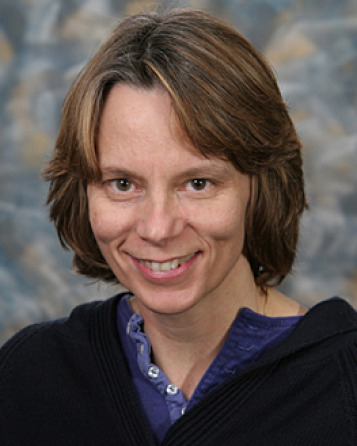
Caitlin Griffith
Professor Emeritus
Astrobiology, Exoplanets, Planetary Astronomy, Planetary Atmospheres, Planetary Formation and Evolution, Planetary Surfaces, Titan & Outer Solar System
Virginia Gulick
Research Professor
Astrobiology, Planetary Analogs, Planetary Surfaces
Pierre Haenecour
Assistant Professor
Astrobiology, Cosmochemistry, Planetary Astronomy, Small Bodies
Christopher Hamilton
Associate Professor
Astrobiology, Earth, Lunar Studies, Photogrammetry, Planetary Analogs, Planetary Geophysics, Planetary Surfaces
Dante Lauretta
Director, Arizona Astrobiology Center, Principal Investigator, OSIRIS-REx, Regents Professor
Astrobiology, Cosmochemistry, Small Bodies
Renu Malhotra
Louise Foucar Marshall Science Research Professor, Regents Professor
Astrobiology, Exoplanets, Orbital Dynamics, Planetary Formation and Evolution, Small Bodies, Theoretical Astrophysics
Isamu Matsuyama
Professor
Astrobiology, Exoplanets, Lunar Studies, Planetary Formation and Evolution, Planetary Geophysics, Theoretical Astrophysics, Titan & Outer Solar System
Alfred McEwen
Regents Professor
Astrobiology, Lunar Studies, Photogrammetry, Planetary Analogs, Planetary Geophysics, Planetary Surfaces
Ilaria Pascucci
Professor
Astrobiology, Exoplanets, Planetary Astronomy, Planetary Formation and Evolution
Sukrit Ranjan
Assistant Professor
Astrobiology, Earth, Exoplanets, Planetary Atmospheres, Planetary Formation and Evolution, Theoretical Astrophysics
Peter Smith
Professor Emeritus
Astrobiology
Roger Yelle
Professor
Astrobiology, Exoplanets, Planetary Atmospheres, Titan & Outer Solar System
Tom Zega
Professor
Astrobiology, Cosmochemistry, Small BodiesAstrobiology Researchers

Galen Bergsten
PTYS Graduate Student
Astrobiology, Exoplanets, Planetary Atmospheres, Planetary Formation and Evolution
Jacob Bernal
DCC Postdoctoral Research Associate (Zega), NSF Postdoctoral Fellow
Astrobiology, Cosmochemistry, Small Bodies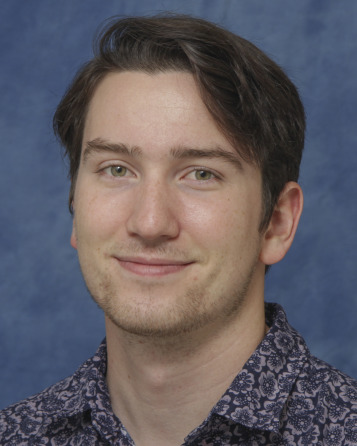
David Cantillo
PTYS Graduate Student
Astrobiology, Small Bodies, Space Situational Awareness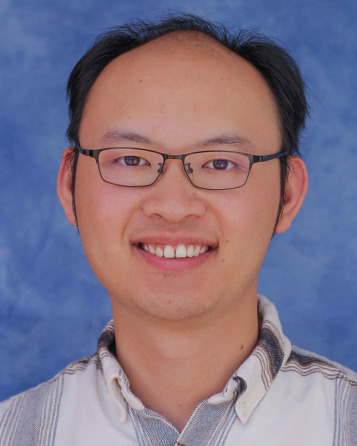
Dingshan Deng
PTYS Graduate Student
Astrobiology, Exoplanets, Planetary Formation and Evolution
Searra Foote
PTYS Graduate Student
Astrobiology, Exoplanets, Planetary Atmospheres
Ruby Fulford
PTYS Graduate Student
Astrobiology, Planetary Geophysics, Planetary Surfaces, Small Bodies, Titan & Outer Solar System
Kiki Gonglewski
PTYS Graduate Student
Astrobiology, Exoplanets, Planetary Formation and Evolution
Nathan Hadland
PTYS Graduate Student
Astrobiology, Earth, Planetary Analogs, Planetary Surfaces
Michael Phillips
Researcher/Scientist
Astrobiology, Photogrammetry, Planetary Analogs, Planetary Surfaces
Lily Robinthal
PTYS Graduate Student
Astrobiology, Exoplanets, Planetary Astronomy, Planetary Atmospheres
Christina Singh
PTYS Graduate Student
Astrobiology, Photogrammetry, Planetary Analogs, Planetary Surfaces
Lucas Smith
PTYS Graduate Student
Astrobiology, Cosmochemistry
Kayla Smith
PTYS Graduate Student
Astrobiology, Exoplanets, Planetary Atmospheres
Jingyu Wang
PTYS Graduate Student
Astrobiology, Exoplanets, Planetary Astronomy, Planetary Atmospheres
James Windsor
Postdoctoral Research Associate
Astrobiology, Exoplanets, Planetary Astronomy, Planetary Atmospheres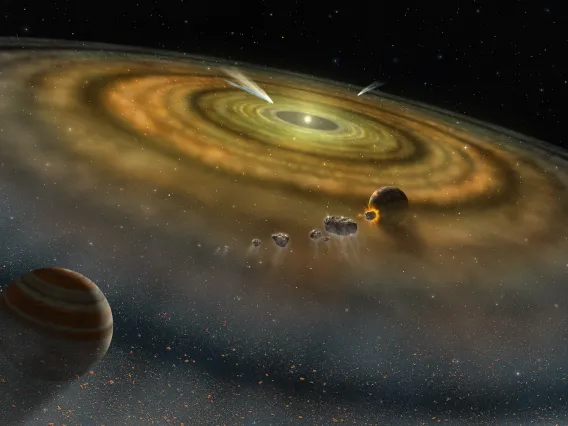
Cosmochemistry
Cosmochemistry
×Planetary Materials are those pieces of condensed matter that were leftover from the time that our solar system formed over 4.5 billion years ago. Current emphasis is on determining the structure of materials at the atomic scale using transmission electron microscopy. In addition, we are pursuing instrumentation to analyze samples that will be brought back from asteroids and other Solar System bodies in the 2020s.
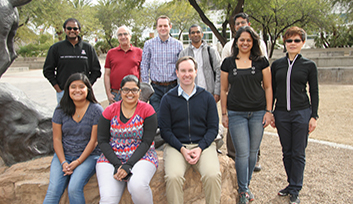 PMRG
PMRGPlanetary Materials Research Group
Planetary Materials are those pieces of condensed matter that were leftover from the time that our solar system formed over 4.5 billion years ago. Such materials include interplanetary dust particles, pre-solar grains, primitive meteorites and soils from the Moon and asteroids. The Planetary Materials Research Group studies the constituent minerals within such samples at scales ranging from micrometers down to the atomic. We use information on crystal structure and chemistry to understand the conditions under which such minerals formed.
Cosmochemistry Faculty

Jessica Barnes
Associate Professor
Cosmochemistry, Lunar Studies, Planetary Analogs
William Boynton
Professor Emeritus
Astrobiology, Cosmochemistry, Lunar Studies, Small Bodies
Pierre Haenecour
Assistant Professor
Astrobiology, Cosmochemistry, Planetary Astronomy, Small Bodies
Dante Lauretta
Director, Arizona Astrobiology Center, Principal Investigator, OSIRIS-REx, Regents Professor
Astrobiology, Cosmochemistry, Small Bodies
Vishnu Reddy
Professor
Cosmochemistry, Planetary Astronomy, Planetary Surfaces, Small Bodies, Space Situational Awareness
Timothy Swindle
Professor Emeritus
Cosmochemistry, Lunar Studies, Small Bodies, Theoretical Astrophysics
Tom Zega
Professor
Astrobiology, Cosmochemistry, Small BodiesCosmochemistry Researchers

Maizey Benner
PTYS Graduate Student
Cosmochemistry
Jacob Bernal
DCC Postdoctoral Research Associate (Zega), NSF Postdoctoral Fellow
Astrobiology, Cosmochemistry, Small Bodies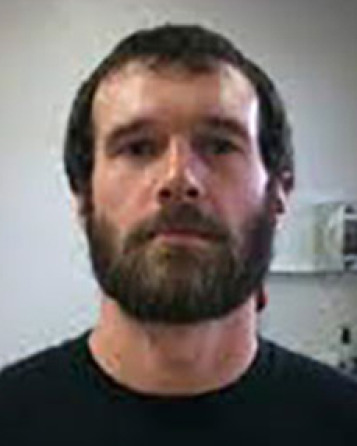
Elias Bloch
Researcher/Scientist
Cosmochemistry
Laura Chaves
Postdoctoral Research Associate
Cosmochemistry, Small Bodies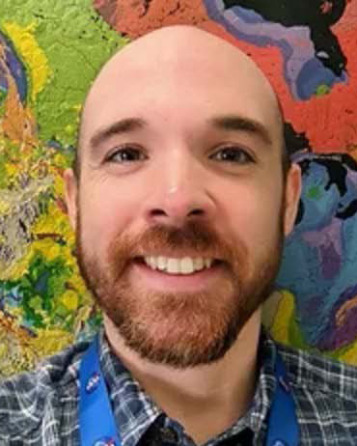
Samuel Crossley
Researcher/Scientist
Cosmochemistry, Planetary Analogs, Planetary Formation and Evolution, Small Bodies
Kana Ishimaru
PTYS Graduate Student
Cosmochemistry, Small Bodies
Nicole Kerrison
PTYS Graduate Student
Cosmochemistry
Melissa Kontogiannis
PTYS Graduate Student
Cosmochemistry
Iunn Ong
PTYS Graduate Student
Cosmochemistry
Beau Prince
PTYS Graduate Student
Cosmochemistry
Lucas Smith
PTYS Graduate Student
Astrobiology, Cosmochemistry
Nathalia Vega Santiago
PTYS Graduate Student
CosmochemistryCosmochemistry Support Staff
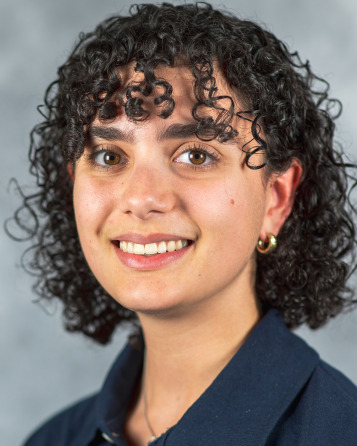
Elana Alevy
Research Technician
Cosmochemistry, Lunar Studies
Dolores Hill
Research Specialist, Senior
Cosmochemistry, Small Bodies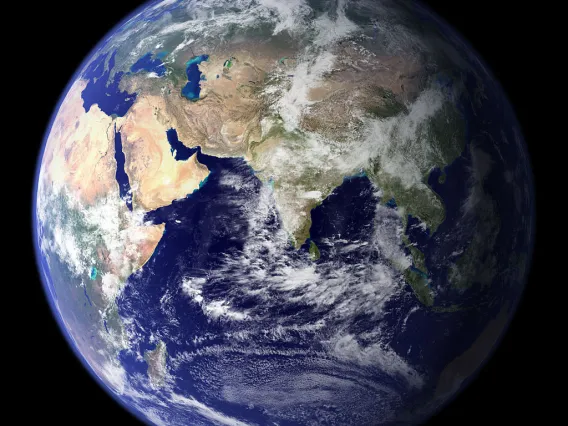
Earth
Earth
×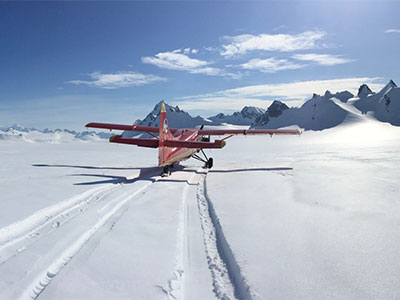 Earth Dynamics Observatory
Earth Dynamics ObservatoryEarth Dynamics Observatory
Combines the University’s strengths in space exploration, instrumentation, and earth sciences to learn more about our planet. Collecting information about Earth from space provides new information about how Earth systems work, how they are changing, and how humans might anticipate and respond to changes. Integrating UA’s expertise across diverse disciplines, in partnership with agencies and industry, allows researchers to collaboratively pose questions, design instruments to acquire the data needed to answer the questions, get the instruments into space to collect and transmit the data, analyze the data, and interpret its meaning. The results, especially when combined with ground-based data, will place the university at the forefront of understanding and educating others about how our planet functions and how we can mitigate and respond to hazards.
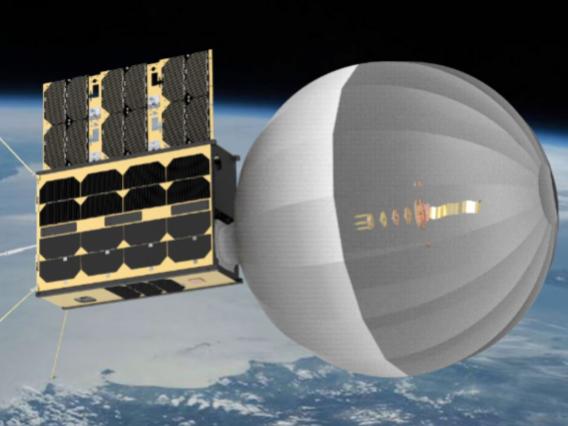 CatSat
CatSatCatSat
CatSat is a 6U CubeSat being built and tested by University of Arizona students, faculty, and staff.
During the mission’s six month expected lifetime, CatSat will detect high frequency signals from HAM radio operators all around the globe with its WSPR antenna, demonstrate an inflatable antenna for high bandwidth transmission, and provide high resolution imaging of the Earth. The data this satellite provides will give insights on the variation of the ionosphere and the technical capabilities of the new systems being tested.
Earth Faculty

Lynn Carter
Associate Department Head, Professor, University Distinguished Scholar
Earth, Lunar Studies, Planetary Analogs, Planetary Geophysics, Planetary Surfaces, Titan & Outer Solar System
Dani Mendoza DellaGiustina
Assistant Professor, Deputy Principal Investigator, OSIRIS-REx, Principal Investigator, OSIRIS-APEX
Earth, Photogrammetry, Planetary Analogs, Planetary Geophysics, Planetary Surfaces, Small Bodies
Christopher Hamilton
Associate Professor
Astrobiology, Earth, Lunar Studies, Photogrammetry, Planetary Analogs, Planetary Geophysics, Planetary Surfaces
Jack Holt
Professor, EDO Director
Earth, Planetary Analogs, Planetary Geophysics, Planetary Surfaces
Lon Hood
Research Professor
Earth, Planetary Geophysics
Stefano Nerozzi
Assistant Research Professor
Earth, Planetary Analogs, Planetary Geophysics, Planetary Surfaces
Sukrit Ranjan
Assistant Professor
Astrobiology, Earth, Exoplanets, Planetary Atmospheres, Planetary Formation and Evolution, Theoretical AstrophysicsEarth Researchers

Brett Carr
Researcher/Scientist
Earth, Lunar Studies, Photogrammetry, Planetary Analogs, Planetary Surfaces
Rishi Chandra
PTYS Graduate Student
Earth, Lunar Studies, Planetary Analogs, Planetary Geophysics, Planetary Surfaces, Small Bodies
Michael Daniel
PTYS Graduate Student
Earth, Planetary Surfaces
Nathan Hadland
PTYS Graduate Student
Astrobiology, Earth, Planetary Analogs, Planetary Surfaces
Sarah Sutton
Photogrammetry Program Lead, HiRISE, Researcher/Scientist
Earth, Lunar Studies, Photogrammetry, Planetary Analogs, Planetary Surfaces, Small BodiesEarth Support Staff

Singleton Papendick
Science Operations Engineer, HiRISE
Earth, Planetary Surfaces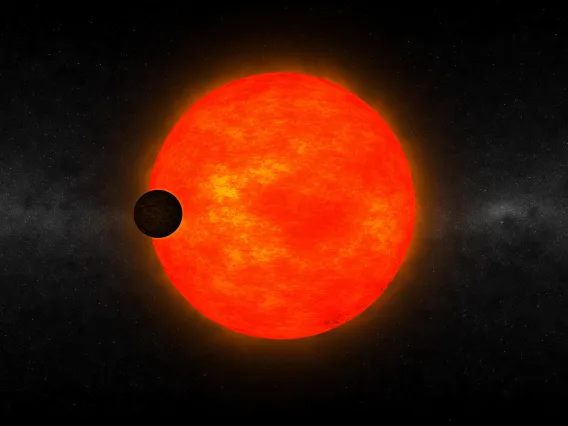
Exoplanets
Exoplanets
×Understanding planetary evolution and how life emerged on Earth are among the most fundamental questions in planetary science and astronomy. We are living in an exciting era where, in addition to the planets in our Solar System, we can study and characterize thousands of exoplanets orbiting other stars. Exoplanet studies at LPL cover a broad range of topics and benefit from unique departmental collaborations that bridge Solar System planetary science to astronomy. Key themes include the characterization and dispersal of protoplanetary disks around young stars, dynamics and stability of planetary systems, direct imaging and transit observations of exoplanets, and exoplanet atmospheric formation, evolution, and characterization.
Exoplanets Faculty

Dániel Apai
Interim Associate Dean for Research, College of Science, Principal Investigator, Alien Earths, Professor
Astrobiology, Exoplanets, Planetary Atmospheres, Planetary Formation and Evolution
Gilda Ballester
Research Professor (Retired)
Exoplanets, Planetary Astronomy, Planetary Atmospheres
Travis Barman
Professor
Exoplanets
Caitlin Griffith
Professor Emeritus
Astrobiology, Exoplanets, Planetary Astronomy, Planetary Atmospheres, Planetary Formation and Evolution, Planetary Surfaces, Titan & Outer Solar System
William Hubbard
Professor Emeritus
Exoplanets, Planetary Atmospheres, Planetary Formation and Evolution, Theoretical Astrophysics, Titan & Outer Solar System
Tommi Koskinen
Associate Department Head, Associate Professor
Exoplanets, Planetary Atmospheres, Planetary Formation and Evolution, Titan & Outer Solar System
Renu Malhotra
Louise Foucar Marshall Science Research Professor, Regents Professor
Astrobiology, Exoplanets, Orbital Dynamics, Planetary Formation and Evolution, Small Bodies, Theoretical Astrophysics
Mark S. Marley
Director, Department Head, Professor
Exoplanets
Isamu Matsuyama
Professor
Astrobiology, Exoplanets, Lunar Studies, Planetary Formation and Evolution, Planetary Geophysics, Theoretical Astrophysics, Titan & Outer Solar System
Ilaria Pascucci
Professor
Astrobiology, Exoplanets, Planetary Astronomy, Planetary Formation and Evolution
Sukrit Ranjan
Assistant Professor
Astrobiology, Earth, Exoplanets, Planetary Atmospheres, Planetary Formation and Evolution, Theoretical Astrophysics
Tyler Robinson
Associate Professor
Exoplanets
Roger Yelle
Professor
Astrobiology, Exoplanets, Planetary Atmospheres, Titan & Outer Solar SystemExoplanets Researchers

Rahul Arora
PTYS Graduate Student
Exoplanets, Planetary Atmospheres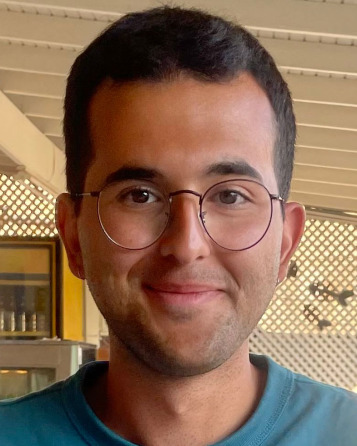
Arin Avsar
PTYS Graduate Student
Exoplanets, Planetary Astronomy, Planetary Formation and Evolution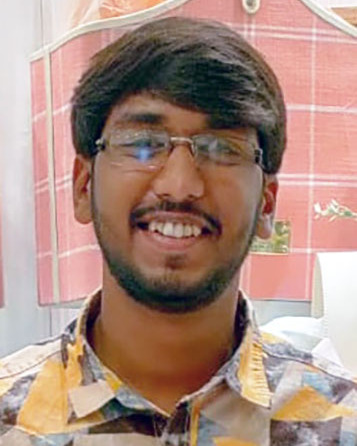
Naman Bajaj
PTYS Graduate Student
Exoplanets, Planetary Atmospheres, Planetary Formation and Evolution
Galen Bergsten
PTYS Graduate Student
Astrobiology, Exoplanets, Planetary Atmospheres, Planetary Formation and Evolution
Dingshan Deng
PTYS Graduate Student
Astrobiology, Exoplanets, Planetary Formation and Evolution
Searra Foote
PTYS Graduate Student
Astrobiology, Exoplanets, Planetary Atmospheres
Kiki Gonglewski
PTYS Graduate Student
Astrobiology, Exoplanets, Planetary Formation and Evolution
Joanna Hardesty
PTYS Graduate Student
Exoplanets, Planetary Atmospheres, Planetary Formation and Evolution
Lori Huseby
PTYS Graduate Student
Exoplanets, Planetary Atmospheres
Chaucer Langbert
PTYS Graduate Student
Exoplanets, Planetary Atmospheres
Fuda Nguyen
PTYS Graduate Student
Exoplanets, Planetary Atmospheres, Planetary Formation and Evolution, Theoretical Astrophysics
Lily Robinthal
PTYS Graduate Student
Astrobiology, Exoplanets, Planetary Astronomy, Planetary Atmospheres
Kayla Smith
PTYS Graduate Student
Astrobiology, Exoplanets, Planetary Atmospheres
Anna Taylor
PTYS Graduate Student
Exoplanets, Planetary Atmospheres, Theoretical Astrophysics
Jingyu Wang
PTYS Graduate Student
Astrobiology, Exoplanets, Planetary Astronomy, Planetary Atmospheres
James Windsor
Postdoctoral Research Associate
Astrobiology, Exoplanets, Planetary Astronomy, Planetary Atmospheres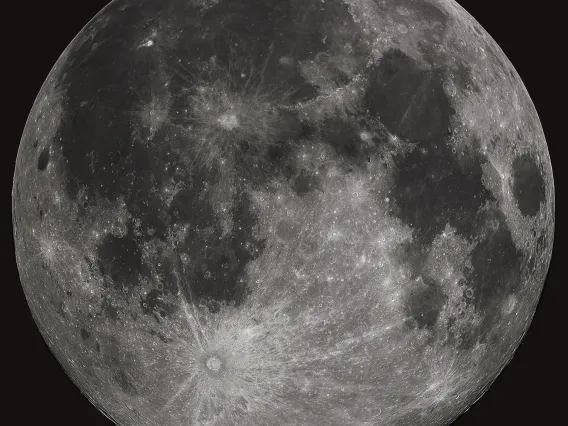
Lunar Studies
Lunar Studies
×Lunar research was one of the hallmarks of the Lunar and Planetary Laboratory in its first decade (the 1960s) as the United States prepared for the Apollo missions and LPL led the way in mapping possible landing sites. In the half-century since, the kinds of lunar research performed have changed, but the Moon is still an object of intense scrutiny. Our nearest neighbor in space lacks many of the processes occurring on the surface of Earth today, including the effects of wind, water and biology, so the rocks on its surface contain records of a much earlier era of Solar System history. On the other hand, because it lacks either an atmosphere or a strong internal magnetic field, its surface experiences effects that the Earth’s surface does not. Current LPL researchers study many different aspects of the Moon, including its composition, history, surface properties, magnetic field, interior structure, and even its tenuous atmosphere. Although the first studies were done with telescopes, we now have everything from the samples returned in the Apollo missions to modern spacecraft missions in orbit around the Moon. Read more about our history with lunar research.
Lunar Studies Faculty

Jeffrey Andrews-Hanna
Professor
Lunar Studies, Planetary Geophysics, Planetary Surfaces, Titan & Outer Solar System
Erik Asphaug
Professor
Lunar Studies, Planetary Analogs, Planetary Geophysics, Planetary Surfaces, Small Bodies, Theoretical Astrophysics, Titan & Outer Solar System
Jessica Barnes
Associate Professor
Cosmochemistry, Lunar Studies, Planetary Analogs
William Boynton
Professor Emeritus
Astrobiology, Cosmochemistry, Lunar Studies, Small Bodies
Veronica Bray
Associate Research Professor
Lunar Studies, Planetary Analogs, Planetary Surfaces
Lynn Carter
Associate Department Head, Professor, University Distinguished Scholar
Earth, Lunar Studies, Planetary Analogs, Planetary Geophysics, Planetary Surfaces, Titan & Outer Solar System
Christopher Hamilton
Associate Professor
Astrobiology, Earth, Lunar Studies, Photogrammetry, Planetary Analogs, Planetary Geophysics, Planetary Surfaces
Angela Marusiak
Assistant Research Professor
Lunar Studies, Planetary Analogs, Planetary Geophysics, Small Bodies, Titan & Outer Solar System
Isamu Matsuyama
Professor
Astrobiology, Exoplanets, Lunar Studies, Planetary Formation and Evolution, Planetary Geophysics, Theoretical Astrophysics, Titan & Outer Solar System
Alfred McEwen
Regents Professor
Astrobiology, Lunar Studies, Photogrammetry, Planetary Analogs, Planetary Geophysics, Planetary Surfaces
Timothy Swindle
Professor Emeritus
Cosmochemistry, Lunar Studies, Small Bodies, Theoretical AstrophysicsLunar Studies Researchers

Brett Carr
Researcher/Scientist
Earth, Lunar Studies, Photogrammetry, Planetary Analogs, Planetary Surfaces
Rishi Chandra
PTYS Graduate Student
Earth, Lunar Studies, Planetary Analogs, Planetary Geophysics, Planetary Surfaces, Small Bodies
Sarah Sutton
Photogrammetry Program Lead, HiRISE, Researcher/Scientist
Earth, Lunar Studies, Photogrammetry, Planetary Analogs, Planetary Surfaces, Small BodiesLunar Studies Support Staff

Elana Alevy
Research Technician
Cosmochemistry, Lunar Studies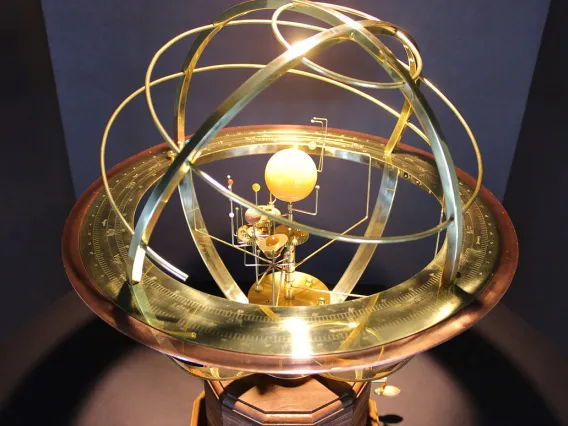
Orbital Dynamics
Orbital Dynamics
×Kepler's laws of planetary motion turn out to be far from the last word on planetary orbits. Orbits change over time, some changes are slow and periodic, others are chaotic and dramatic; these determine the architecture of planetary systems. In orbital dynamics research, we seek to discover the past and future of planetary systems - the diverse effects of gravity that shape where and how planets form and how their orbits evolve in time. We study the orbital evolution of planetary and satellite systems, and small bodies (asteroids and comets), as well as interplanetary dust, in the solar system and in exo-planetary systems. We seek discovery and understanding of the dynamical transport processes of planetary materials across vast distances in space and over geologically long times. We study how Earth's habitability is affected by its orbital history, and how orbital dynamics shapes extra-terrestrial environments.
Recent News
July 2020
-
Kathryn Volk is now the Chair of the AAS Division on Dynamical Astronomy
-
A new paper by Kathryn Volk (co-authored with Renu Malhotra) on the source of dynamical instability in multiplanet systems: "Dynamical instabilities in systems of multiple short-period planets are likely driven by secular chaos: a case study of Kepler-102" Volk & Malhotra 2020, AJ in press
-
Steward Observatory Graduate Student Rachel Smullen and Kathryn Volk had a paper accepted about using machine learning to dynamically classify Kuiper belt objects: "Machine Learning Classification of Kuiper Belt Populations" Smullen & Volk, MNRAS in press
June 2020
- A new paper by Prof Renu Malhotra describes the discovery of low eccentricity bridges between first order mean motion resonances: On the Divergence of First Order Resonance Widths at Low Eccentricities
- Graduate Student Nathaniel Hendler led this new paper on measuring the sizes of 199 protoplanetary disks: The Evolution of Dust Disk Sizes from a Homogeneous Analysis of 1-10 Myr old Stars
March 2020
- Regents Professor Renu Malhotra co-authored this paper on Search for L5 Earth Trojans with DECam, Markwardt et al., MNRAS, 492(4):6105-6119 (2020)
February 2020
- Graduate student Hamish Hay successfully defended his PhD Dissertation, “A Tale of Tides: icy satellites, subsurface oceans, and tightly-packed planetary systems”
- Graduate student Teddy Kareta led this paper on the new interstellar object 2I/Borisov Carbon Chain Depletion of 2I/Borisov
December 2019
- A new paper led by graduate student Teddy Kareta "Physical Characterization of the 2017 December Outburst of the Centaur 174P/Echeclus", (2019), Astronomical Journal, 158, 6.
- Regents Professor Renu Malhotra’s work featured in the Economist How the planets got their spots - The Economist, December 2019
November 2019
- Resonant Kuiper Belt Objects: a review, Geoscience Letters, 6:12 (2019). (a review paper by Regents Professor Renu Malhotra)
October 2019
- Kathryn Volk’s work featured in UA News Beyond Jupiter, Researchers Discovered a 'Cradle of Comets'
August 2019
- A new paper by visiting graduate student Lan Lei and Regents Professor Renu Malhotra Neptune's resonances in the Scattered Disk, CMDA, 131, article ID 39, 26 pp. (2019)
April 2019
- A new paper led by graduate student Hamish Hay Tides Between the TRAPPIST-1 Planets
March 2019
- LPL’s 2019 Kuiper Award goes to graduate student Hamish Hay!
February 2019
- Nonlinear tidal dissipation in the subsurface oceans of Enceladus and other icy satellites (a new paper led by Hamish Hay)
- The case for a deep search for Earth's Trojan asteroids, Nature Astronomy (18 February 2019). (A Comment by Regents Professor Renu Malhotra)
- Regents Professor Renu Malhotra quoted in PBS Nova article Battle scars on Pluto and Charon, PBS Nova, February 2019
December 2018
- Regents Professor Renu Malhotra’s work featured in the New York Times A Journey into the Solar System’s outer reaches, New York Times, December 2018
- Regents Professor Renu Malhotra’s work featured in Science magazine Did the ancient Sun go on a diet? Science, December 2018
November 2018
- A paper led by Teddy Kareta "Rotationally Resolved Spectroscopic Characterization of Near-Earth Object (3200) Phaethon", (2018)
September 2018
- A paper co-authored by graduate student Hamish Hay Ocean tidal heating in icy satellites with solid shells
June 2018
- Associate Professor of Practice Steve Kortenkamp’s Project POEM featured in the UA News UA Encourages Visually Impaired Teens in STEM - June 13, 2018
December 2017
- Nathaniel Hendler led this paper on the transition disc of T Chameleon A likely planet-induced gap in the disc around T Cha
Orbital Dynamics Faculty

Renu Malhotra
Louise Foucar Marshall Science Research Professor, Regents Professor
Astrobiology, Exoplanets, Orbital Dynamics, Planetary Formation and Evolution, Small Bodies, Theoretical AstrophysicsOrbital Dynamics Researchers

Robert Melikyan
PTYS Graduate Student
Orbital Dynamics, Small Bodies
Stephen Schwartz
DCC Associate Staff Scientist (Asphaug)
Orbital Dynamics, Planetary Astronomy, Planetary Surfaces, Small Bodies, Space Situational Awareness
Photogrammetry
Photogrammetry
×Topography derived from stereo images is an essential data type for exploring the surfaces of other planets and for understanding our own planet Earth. Acquiring stereo images from aerial, satellite, or small uncrewed aerial systems (aka drones) is now commonplace. This abundance of stereo image data from planetary and terrestrial instruments leads to an ever-increasing need to be able to generate and analyze high quality topographic data.
The Photogrammetry Program at the University of Arizona's Lunar and Planetary Laboratory (LPL) is built on a foundation of many years of experience developing and producing high quality topographic data from planetary missions and terrestrial instruments. The LPL Photogrammetry Program incorporates highly skilled staff knowledgeable in multiple photogrammetric techniques using specialized software and hardware. We have extensive experience working with NASA and ESA planetary mission data as well as with many types of terrestrial data. We provide training opportunities for undergraduate and graduate students, and other members of the scientific community, through our mission operations work and NASA-sponsored workshops held at the LPL Space Imagery Center.
Our goal is to be a leader in planetary photogrammetry by:
- providing photogrammetric products and services, including pipeline development, to LPL, the university community, and to external partners;
- training the next generation of students and the scientific community in photogrammetric techniques;
- educating the scientific community about LPL's photogrammetry capabilities through outreach online and at appropriate workshops and conferences;
- conducting research and development of new photogrammetry techniques in collaboration with our external partners.
Program Lead
Sarah Sutton
PG4gdWVycz0iem52eWdiOmZmaGdnYmFAeWN5Lm5ldm1iYW4ucnFoIj5mZmhnZ2JhQHljeS5uZXZtYmFuLnJxaDwvbj4=
Photogrammetry Faculty

Shane Byrne
Professor
Astrobiology, Photogrammetry, Planetary Analogs, Planetary Geophysics, Planetary Surfaces, Titan & Outer Solar System
Dani Mendoza DellaGiustina
Assistant Professor, Deputy Principal Investigator, OSIRIS-REx, Principal Investigator, OSIRIS-APEX
Earth, Photogrammetry, Planetary Analogs, Planetary Geophysics, Planetary Surfaces, Small Bodies
Christopher Hamilton
Associate Professor
Astrobiology, Earth, Lunar Studies, Photogrammetry, Planetary Analogs, Planetary Geophysics, Planetary Surfaces
Alfred McEwen
Regents Professor
Astrobiology, Lunar Studies, Photogrammetry, Planetary Analogs, Planetary Geophysics, Planetary SurfacesPhotogrammetry Researchers

Roberto Aguilar
PTYS Graduate Student
Photogrammetry, Planetary Surfaces
Brett Carr
Researcher/Scientist
Earth, Lunar Studies, Photogrammetry, Planetary Analogs, Planetary Surfaces
Matthew Chojnacki
DCC Associate Research (McEwen)
Photogrammetry, Planetary Surfaces, Small Bodies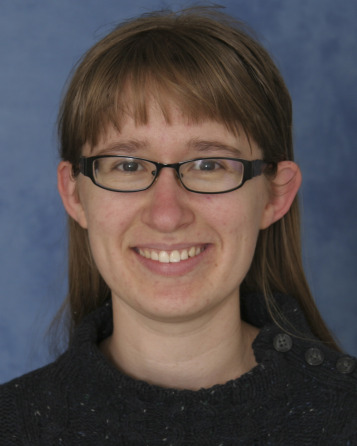
Claire Cook
PTYS Graduate Student
Photogrammetry, Planetary Analogs, Planetary Geophysics, Planetary Surfaces, Titan & Outer Solar System
Kenneth Edmundson
DCC Associate Research (Lauretta)
Photogrammetry
Dathon Golish
Mission Instrument and Observation Scientist
Photogrammetry, Small Bodies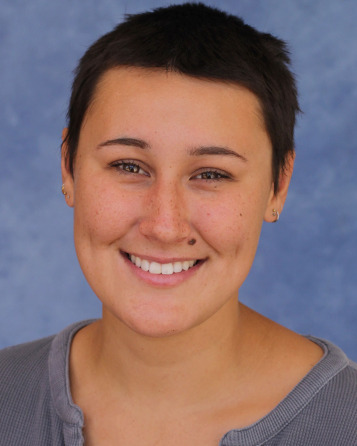
Rowan Huang
PTYS Graduate Student
Photogrammetry, Planetary Surfaces
Euibin Kim
PTYS Graduate Student
Photogrammetry, Planetary Formation and Evolution, Planetary Surfaces
Michael Phillips
Researcher/Scientist
Astrobiology, Photogrammetry, Planetary Analogs, Planetary Surfaces
Christina Singh
PTYS Graduate Student
Astrobiology, Photogrammetry, Planetary Analogs, Planetary Surfaces
Reed Spurling
Undergraduate PTYS Minor
Photogrammetry
Sarah Sutton
Photogrammetry Program Lead, HiRISE, Researcher/Scientist
Earth, Lunar Studies, Photogrammetry, Planetary Analogs, Planetary Surfaces, Small BodiesPhotogrammetry Support Staff

Kris Akers
Research Engineering Technician
Photogrammetry
Kris Becker
Senior Data Analyst, OSIRIS-REx
Photogrammetry
Audrie Fennema
Engineer, Satellite Payload Operations, HiRISE
Photogrammetry
Jason Perry
Staff Technician, HiRISE
Photogrammetry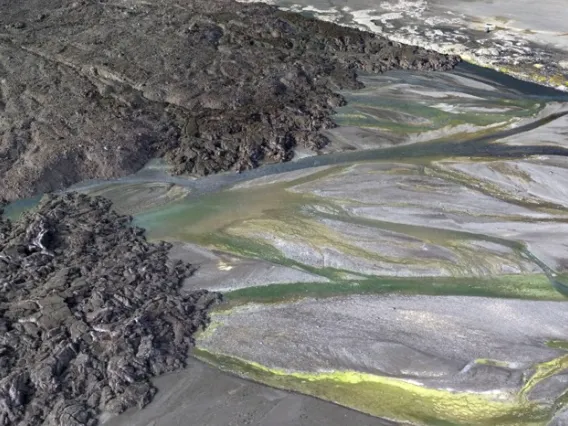
Planetary Analogs
Planetary Analogs
×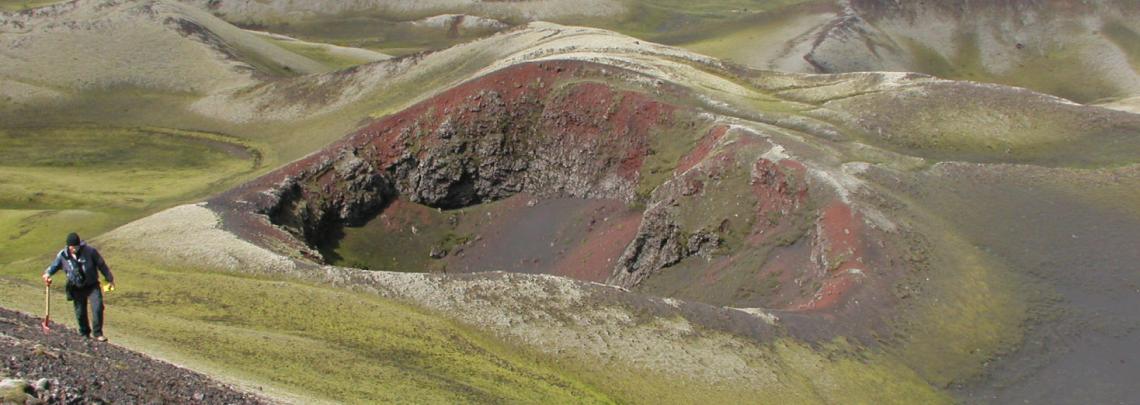 Hamilton Research Group
Hamilton Research GroupHamilton Research Group
Dr. Hamilton's Research Group investigates a range of geologic surface processes to better understand the history of terrestrial bodies in the Solar System. These processes include volcanic, tectonic, glacial, fluvial, aeolian, and impact cratering activity, which we explore through a combination of field-based observations, remote sensing, geophysical modeling, and machine learning.
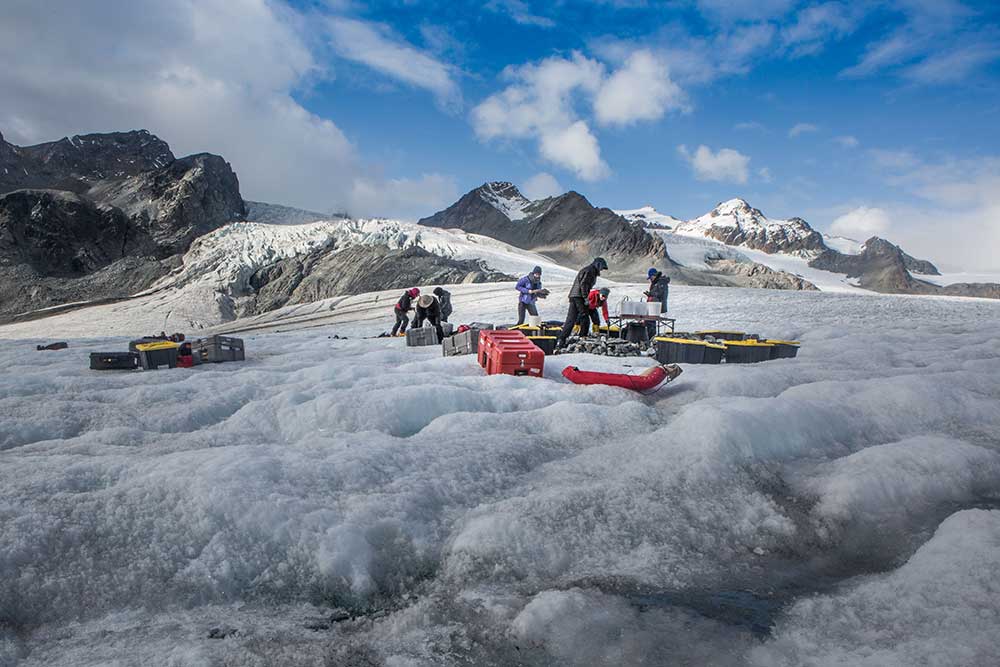 SIIOS
SIIOSSeismometer to Investigate Ice and Ocean Structure (SIIOS)
The icy moons of Europa and Enceladus are thought to have subsurface oceans in contact with mineral-rich interiors, likely providing the ingredients needed for life as we know it. Their crustal thickness and structure is therefore one of the most important and controversial topics in astrobiology. In a future lander-based spacecraft investigation, seismic measurements will be a key geophysical tool for obtaining this critical knowledge. The Seismometer to Investigate Ice and Ocean Structure (SIIOS) field-tests flight-ready technologies and develops the analytical methods necessary to make a seismic study of Europa and Enceladus a reality.
 RAVEN
RAVENRover–Aerial Vehicle Exploration Network (RAVEN)
A team of scientists led by LPL’s Christopher Hamilton, an associate professor, are gearing up to send drones on exploration missions across a vast lava field in Iceland to test a next-generation Mars exploration concept. Hamilton is the principal investigator on a project that has been awarded a $3.1 million NASA grant to develop a new concept combining rovers and unmanned aerial systems, commonly known as drones, to explore regions of the red planet that have been previously inaccessible.
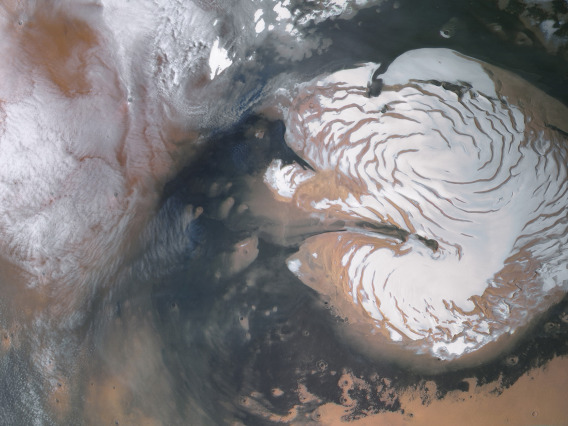 TAPIR
TAPIRTerrestrial And Planetary Investigations and Reconnaissance (TAPIR)
TAPIR research themes include debris-covered glaciers, terrestrial glaciers and ice sheets, Mars polar studies, and geophysical instrumentation techniques.
Planetary Analogs Faculty

Erik Asphaug
Professor
Lunar Studies, Planetary Analogs, Planetary Geophysics, Planetary Surfaces, Small Bodies, Theoretical Astrophysics, Titan & Outer Solar System
Jessica Barnes
Associate Professor
Cosmochemistry, Lunar Studies, Planetary Analogs
Veronica Bray
Associate Research Professor
Lunar Studies, Planetary Analogs, Planetary Surfaces
Shane Byrne
Professor
Astrobiology, Photogrammetry, Planetary Analogs, Planetary Geophysics, Planetary Surfaces, Titan & Outer Solar System
Lynn Carter
Associate Department Head, Professor, University Distinguished Scholar
Earth, Lunar Studies, Planetary Analogs, Planetary Geophysics, Planetary Surfaces, Titan & Outer Solar System
Dani Mendoza DellaGiustina
Assistant Professor, Deputy Principal Investigator, OSIRIS-REx, Principal Investigator, OSIRIS-APEX
Earth, Photogrammetry, Planetary Analogs, Planetary Geophysics, Planetary Surfaces, Small Bodies
Virginia Gulick
Research Professor
Astrobiology, Planetary Analogs, Planetary Surfaces
Christopher Hamilton
Associate Professor
Astrobiology, Earth, Lunar Studies, Photogrammetry, Planetary Analogs, Planetary Geophysics, Planetary Surfaces
Jack Holt
Professor, EDO Director
Earth, Planetary Analogs, Planetary Geophysics, Planetary Surfaces
Angela Marusiak
Assistant Research Professor
Lunar Studies, Planetary Analogs, Planetary Geophysics, Small Bodies, Titan & Outer Solar System
Alfred McEwen
Regents Professor
Astrobiology, Lunar Studies, Photogrammetry, Planetary Analogs, Planetary Geophysics, Planetary Surfaces
Stefano Nerozzi
Assistant Research Professor
Earth, Planetary Analogs, Planetary Geophysics, Planetary SurfacesPlanetary Analogs Researchers

Brett Carr
Researcher/Scientist
Earth, Lunar Studies, Photogrammetry, Planetary Analogs, Planetary Surfaces
Rishi Chandra
PTYS Graduate Student
Earth, Lunar Studies, Planetary Analogs, Planetary Geophysics, Planetary Surfaces, Small Bodies
Claire Cook
PTYS Graduate Student
Photogrammetry, Planetary Analogs, Planetary Geophysics, Planetary Surfaces, Titan & Outer Solar System
Samuel Crossley
Researcher/Scientist
Cosmochemistry, Planetary Analogs, Planetary Formation and Evolution, Small Bodies
Nathan Hadland
PTYS Graduate Student
Astrobiology, Earth, Planetary Analogs, Planetary Surfaces
Samantha Moruzzi
PTYS Graduate Student
Planetary Analogs, Planetary Geophysics, Planetary Surfaces, Titan & Outer Solar System
Michael Phillips
Researcher/Scientist
Astrobiology, Photogrammetry, Planetary Analogs, Planetary Surfaces
Christina Singh
PTYS Graduate Student
Astrobiology, Photogrammetry, Planetary Analogs, Planetary Surfaces
Sarah Sutton
Photogrammetry Program Lead, HiRISE, Researcher/Scientist
Earth, Lunar Studies, Photogrammetry, Planetary Analogs, Planetary Surfaces, Small Bodies
Wesley Tucker
Postdoctoral Research Associate
Planetary Analogs, Planetary Geophysics, Planetary Surfaces, Titan & Outer Solar System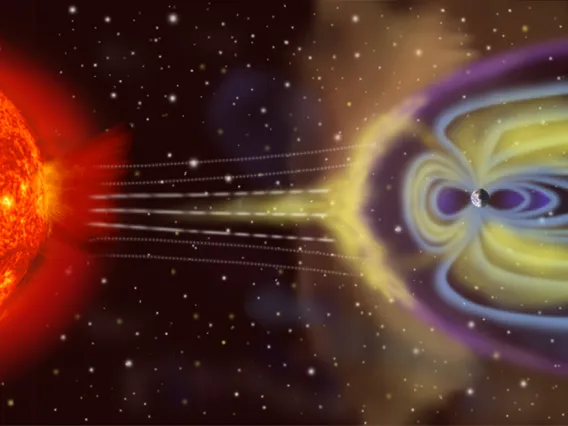
Planetary Astronomy
Planetary Astronomy
×The planets of the solar system, along with their satellite systems, are our only accessible example of the end state of planetary system development. Observational study of these worlds provides us insight into how systems of planets form, the role of migration, bombardment and stellar interaction in their evolution, and the range of potential sites of habitability. Planetary astronomy at LPL targets planets on multiple levels ranging from observations of surface features and composition, through the dynamic and chemical processes in their atmospheres, and ultimately to the interface of their magnetic and atmospheric interaction with the solar wind. These measurements are obtained from a combination of in situ robotic probes, a global network of ground and space-based observatories, and customized instrumentation developed by LPL scientists and engineers. The results are then interpreted in coordination with local laboratory based and theoretical facilities to improve our understanding of the solar neighborhood.
Planetary Astronomy Faculty

Gilda Ballester
Research Professor (Retired)
Exoplanets, Planetary Astronomy, Planetary Atmospheres
Caitlin Griffith
Professor Emeritus
Astrobiology, Exoplanets, Planetary Astronomy, Planetary Atmospheres, Planetary Formation and Evolution, Planetary Surfaces, Titan & Outer Solar System
Pierre Haenecour
Assistant Professor
Astrobiology, Cosmochemistry, Planetary Astronomy, Small Bodies
Walter Harris
Professor
Planetary Astronomy, Planetary Atmospheres, Small Bodies, Solar and Heliospheric Research
Robert (Bob) McMillan
Research Professor (Retired)
Asteroid Surveys, Planetary Astronomy, Small Bodies
Ilaria Pascucci
Professor
Astrobiology, Exoplanets, Planetary Astronomy, Planetary Formation and Evolution
Vishnu Reddy
Professor
Cosmochemistry, Planetary Astronomy, Planetary Surfaces, Small Bodies, Space Situational Awareness
George Rieke
Regents Professor
Planetary AstronomyPlanetary Astronomy Researchers

Arin Avsar
PTYS Graduate Student
Exoplanets, Planetary Astronomy, Planetary Formation and Evolution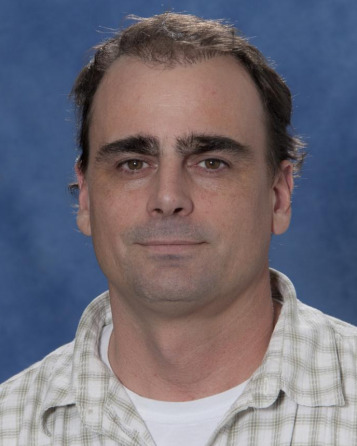
Jason Corliss
Research Scientist/Senior Staff Scientist
Planetary Astronomy, Planetary Atmospheres, Small Bodies, Solar and Heliospheric Research
Erich Karkoschka
Research Scientist/Senior Staff Scientist
Planetary Astronomy, Planetary Atmospheres, Planetary Surfaces, Titan & Outer Solar System
Lily Robinthal
PTYS Graduate Student
Astrobiology, Exoplanets, Planetary Astronomy, Planetary Atmospheres
Stephen Schwartz
DCC Associate Staff Scientist (Asphaug)
Orbital Dynamics, Planetary Astronomy, Planetary Surfaces, Small Bodies, Space Situational Awareness
Jingyu Wang
PTYS Graduate Student
Astrobiology, Exoplanets, Planetary Astronomy, Planetary Atmospheres
James Windsor
Postdoctoral Research Associate
Astrobiology, Exoplanets, Planetary Astronomy, Planetary Atmospheres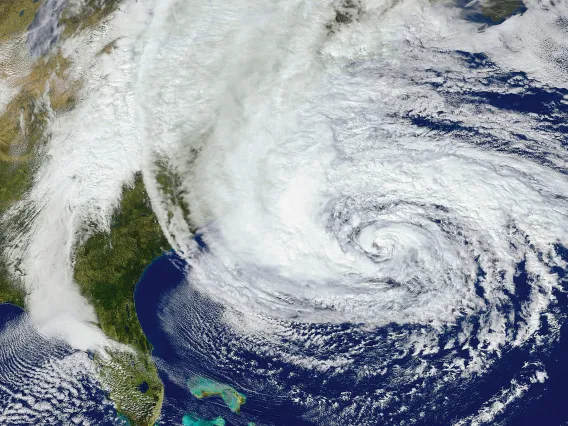
Planetary Atmospheres
Planetary Atmospheres
×The Lunar and Planetary Laboratory has a strong background in the study of planetary and satellite atmospheres. Since the pioneering days of Gerard Kuiper, atmospheres have been an integral part of the research program at LPL. Faculty and staff have been involved in most major space missions that have targeted planetary and satellite atmospheres in the solar system. They have served in leadership roles and participated in instrument development, management as well as the analysis and interpretation of the science results. While prior research focused on the solar system, the department is now also actively involved in the study of extrasolar planet atmospheres. LPL scientists benefit from knowledge gained over decades of detailed solar system studies and apply it to explain new discoveries on extrasolar planets.
Current research into planetary and satellite atmospheres at LPL includes many aspects of solar system and extrasolar planets. LPL scientists are analyzing data and developing models to characterize the atmospheres of Venus, Earth and Mars in the inner solar system. They are involved in research and missions dedicated to the study of the giant planet, satellite and dwarf planet atmospheres in the outer solar system. Beyond the solar system, there is a vibrant effort to observe and model the atmospheres of extrasolar planets. This includes spectroscopic studies and models of extrasolar giant planets as well as efforts to define and constrain the habitability of rocky planet atmospheres for future studies. The goal of these research endeavors is to address fundamental questions about the nature, evolution and habitability of planetary and satellite atmospheres.
Planetary Atmospheres Faculty

Dániel Apai
Interim Associate Dean for Research, College of Science, Principal Investigator, Alien Earths, Professor
Astrobiology, Exoplanets, Planetary Atmospheres, Planetary Formation and Evolution
Gilda Ballester
Research Professor (Retired)
Exoplanets, Planetary Astronomy, Planetary Atmospheres
Caitlin Griffith
Professor Emeritus
Astrobiology, Exoplanets, Planetary Astronomy, Planetary Atmospheres, Planetary Formation and Evolution, Planetary Surfaces, Titan & Outer Solar System
Walter Harris
Professor
Planetary Astronomy, Planetary Atmospheres, Small Bodies, Solar and Heliospheric Research
William Hubbard
Professor Emeritus
Exoplanets, Planetary Atmospheres, Planetary Formation and Evolution, Theoretical Astrophysics, Titan & Outer Solar System
Tommi Koskinen
Associate Department Head, Associate Professor
Exoplanets, Planetary Atmospheres, Planetary Formation and Evolution, Titan & Outer Solar System
Sukrit Ranjan
Assistant Professor
Astrobiology, Earth, Exoplanets, Planetary Atmospheres, Planetary Formation and Evolution, Theoretical Astrophysics
Roger Yelle
Professor
Astrobiology, Exoplanets, Planetary Atmospheres, Titan & Outer Solar SystemPlanetary Atmospheres Researchers

Rahul Arora
PTYS Graduate Student
Exoplanets, Planetary Atmospheres
Naman Bajaj
PTYS Graduate Student
Exoplanets, Planetary Atmospheres, Planetary Formation and Evolution
Galen Bergsten
PTYS Graduate Student
Astrobiology, Exoplanets, Planetary Atmospheres, Planetary Formation and Evolution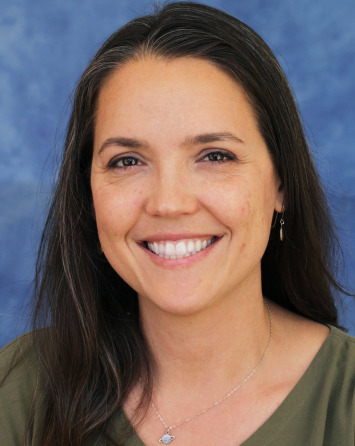
Zarah Brown
Postdoctoral Research Associate
Planetary Atmospheres, Planetary Formation and Evolution
Jason Corliss
Research Scientist/Senior Staff Scientist
Planetary Astronomy, Planetary Atmospheres, Small Bodies, Solar and Heliospheric Research
Searra Foote
PTYS Graduate Student
Astrobiology, Exoplanets, Planetary Atmospheres
Joanna Hardesty
PTYS Graduate Student
Exoplanets, Planetary Atmospheres, Planetary Formation and Evolution
Lori Huseby
PTYS Graduate Student
Exoplanets, Planetary Atmospheres
Erich Karkoschka
Research Scientist/Senior Staff Scientist
Planetary Astronomy, Planetary Atmospheres, Planetary Surfaces, Titan & Outer Solar System
Chaucer Langbert
PTYS Graduate Student
Exoplanets, Planetary Atmospheres
Thea McKenna
PTYS Graduate Student
Planetary Atmospheres, Planetary Surfaces
Cole Meyer
PTYS Graduate Student
Planetary Atmospheres, Planetary Surfaces, Solar and Heliospheric Research
Fuda Nguyen
PTYS Graduate Student
Exoplanets, Planetary Atmospheres, Planetary Formation and Evolution, Theoretical Astrophysics
Tyler Reese
PTYS Graduate Student
Planetary Atmospheres, Solar and Heliospheric Research
Bashar Rizk
Research Scientist/Senior Staff Scientist, OSIRIS-REx/OCAMS
Asteroid Surveys, Planetary Atmospheres
Lily Robinthal
PTYS Graduate Student
Astrobiology, Exoplanets, Planetary Astronomy, Planetary Atmospheres
Kayla Smith
PTYS Graduate Student
Astrobiology, Exoplanets, Planetary Atmospheres
Anna Taylor
PTYS Graduate Student
Exoplanets, Planetary Atmospheres, Theoretical Astrophysics
Jingyu Wang
PTYS Graduate Student
Astrobiology, Exoplanets, Planetary Astronomy, Planetary Atmospheres
James Windsor
Postdoctoral Research Associate
Astrobiology, Exoplanets, Planetary Astronomy, Planetary Atmospheres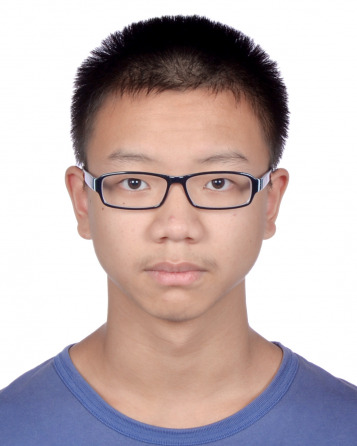
Chengyan Xie
PTYS Graduate Student
Planetary Atmospheres, Planetary Formation and Evolution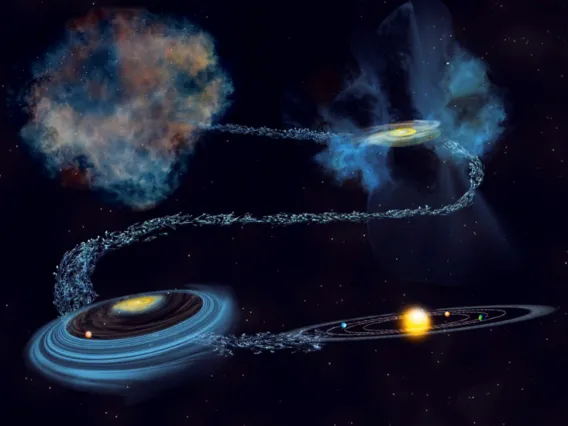
Planetary Formation and Evolution
Planetary Formation and Evolution
×Exoplanet discoveries made in the past decade have revealed that planetary systems are ubiquitous in the Universe and far more diverse than predicted by theoretical models that could reproduce the properties of our own Solar System. At LPL, our research efforts include studying the environments where planets form, the gaseous and dusty disks around young stars. Additionally, we engage in theoretical explorations to better comprehend the process of planetary formation and evolution under different initial conditions. Through the integration of observational data from disks and exoplanets with theoretical models, LPL scientists aim at developing a comprehensive and predictive theory of how planets are formed and how they evolve over time.
Planetary Formation and Evolution Faculty

Dániel Apai
Interim Associate Dean for Research, College of Science, Principal Investigator, Alien Earths, Professor
Astrobiology, Exoplanets, Planetary Atmospheres, Planetary Formation and Evolution
Caitlin Griffith
Professor Emeritus
Astrobiology, Exoplanets, Planetary Astronomy, Planetary Atmospheres, Planetary Formation and Evolution, Planetary Surfaces, Titan & Outer Solar System
William Hubbard
Professor Emeritus
Exoplanets, Planetary Atmospheres, Planetary Formation and Evolution, Theoretical Astrophysics, Titan & Outer Solar System
Tommi Koskinen
Associate Department Head, Associate Professor
Exoplanets, Planetary Atmospheres, Planetary Formation and Evolution, Titan & Outer Solar System
Renu Malhotra
Louise Foucar Marshall Science Research Professor, Regents Professor
Astrobiology, Exoplanets, Orbital Dynamics, Planetary Formation and Evolution, Small Bodies, Theoretical Astrophysics
Isamu Matsuyama
Professor
Astrobiology, Exoplanets, Lunar Studies, Planetary Formation and Evolution, Planetary Geophysics, Theoretical Astrophysics, Titan & Outer Solar System
Ilaria Pascucci
Professor
Astrobiology, Exoplanets, Planetary Astronomy, Planetary Formation and Evolution
Sukrit Ranjan
Assistant Professor
Astrobiology, Earth, Exoplanets, Planetary Atmospheres, Planetary Formation and Evolution, Theoretical AstrophysicsPlanetary Formation and Evolution Researchers

Arin Avsar
PTYS Graduate Student
Exoplanets, Planetary Astronomy, Planetary Formation and Evolution
Naman Bajaj
PTYS Graduate Student
Exoplanets, Planetary Atmospheres, Planetary Formation and Evolution
Galen Bergsten
PTYS Graduate Student
Astrobiology, Exoplanets, Planetary Atmospheres, Planetary Formation and Evolution
Zarah Brown
Postdoctoral Research Associate
Planetary Atmospheres, Planetary Formation and Evolution
Samuel Crossley
Researcher/Scientist
Cosmochemistry, Planetary Analogs, Planetary Formation and Evolution, Small Bodies
Dingshan Deng
PTYS Graduate Student
Astrobiology, Exoplanets, Planetary Formation and Evolution
Kiki Gonglewski
PTYS Graduate Student
Astrobiology, Exoplanets, Planetary Formation and Evolution
Joanna Hardesty
PTYS Graduate Student
Exoplanets, Planetary Atmospheres, Planetary Formation and Evolution
Euibin Kim
PTYS Graduate Student
Photogrammetry, Planetary Formation and Evolution, Planetary Surfaces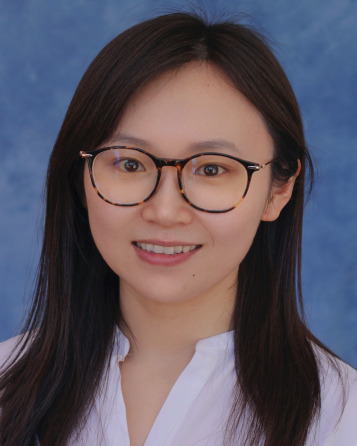
Feng Long
Postdoctoral Research Associate, Sagan Fellow
Planetary Formation and Evolution, Theoretical Astrophysics
Fuda Nguyen
PTYS Graduate Student
Exoplanets, Planetary Atmospheres, Planetary Formation and Evolution, Theoretical Astrophysics
Peter Stephenson
Postdoctoral Research Associate
Planetary Formation and Evolution
Robin Van Auken
PTYS Graduate Student
Planetary Formation and Evolution, Planetary Surfaces
Chengyan Xie
PTYS Graduate Student
Planetary Atmospheres, Planetary Formation and Evolution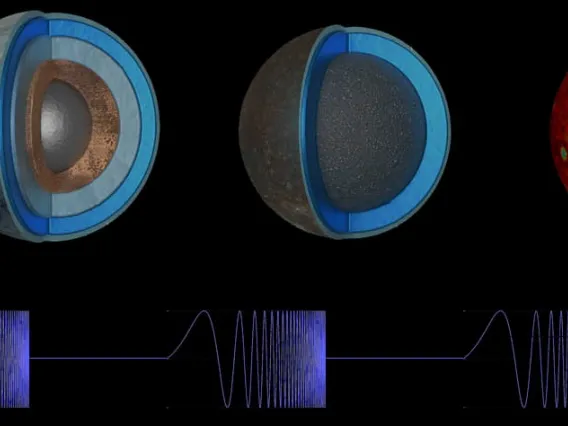
Planetary Geophysics
Planetary Geophysics
×At LPL, we use planetary geophysics to study the interior structure and dynamics of solid planetary bodies. Geophysical data provides a means to see beneath the surfaces of the planets. Radar data is used to peer through the clouds of Venus and Titan, to measure the surface topography of Venus and Titan, and to probe the interiors of glaciers and lava flows on Mars. Laser altimeters have measured the surface topography of Mars and the Moon with incredible precision. Gravity data illuminates the structure of the crust and mantle of the Moon, Mars, Venus, and Mercury. Magnetic data reveals the presence of ancient dynamos in the cores of the Moon and Mars and an active dynamo on Mercury. The global shapes and gravity fields of the planets and how they deform in response to rotation and tides reveal the deep interior structure all the way down to the core.
Geophysical models provide a means to study the processes operating at and below the surfaces of the planets, both today and in the past. Models of the flow of water through surface and ground water, and as ice through glaciers inform our understanding of the past hydrology and climate of Mars, while models of methane flow on Titan help us understand its active hydrocarbon hydrology. Models of volcanic and tectonic processes and the response of the lithosphere reveal details of the crustal evolution of the terrestrial planets and other solid-surface bodies. Models of impacts show the dynamics of cosmic collisions ranging from small crater-forming impacts to the Moon-forming impact. Models of the rotational and tidal deformation of planets and satellites help constrain their internal structure and thermal evolution. Together, geophysical data and models provide the keys to unlocking the past evolution and present-day structure of the planets.
 TAPIR
TAPIRTerrestrial And Planetary Investigations and Reconnaissance (TAPIR)
TAPIR research themes include debris-covered glaciers, terrestrial glaciers and ice sheets, Mars polar studies, and geophysical instrumentation techniques.
Planetary Geophysics Faculty

Jeffrey Andrews-Hanna
Professor
Lunar Studies, Planetary Geophysics, Planetary Surfaces, Titan & Outer Solar System
Erik Asphaug
Professor
Lunar Studies, Planetary Analogs, Planetary Geophysics, Planetary Surfaces, Small Bodies, Theoretical Astrophysics, Titan & Outer Solar System
Shane Byrne
Professor
Astrobiology, Photogrammetry, Planetary Analogs, Planetary Geophysics, Planetary Surfaces, Titan & Outer Solar System
Lynn Carter
Associate Department Head, Professor, University Distinguished Scholar
Earth, Lunar Studies, Planetary Analogs, Planetary Geophysics, Planetary Surfaces, Titan & Outer Solar System
Dani Mendoza DellaGiustina
Assistant Professor, Deputy Principal Investigator, OSIRIS-REx, Principal Investigator, OSIRIS-APEX
Earth, Photogrammetry, Planetary Analogs, Planetary Geophysics, Planetary Surfaces, Small Bodies
Christopher Hamilton
Associate Professor
Astrobiology, Earth, Lunar Studies, Photogrammetry, Planetary Analogs, Planetary Geophysics, Planetary Surfaces
Jack Holt
Professor, EDO Director
Earth, Planetary Analogs, Planetary Geophysics, Planetary Surfaces
Lon Hood
Research Professor
Earth, Planetary Geophysics
Angela Marusiak
Assistant Research Professor
Lunar Studies, Planetary Analogs, Planetary Geophysics, Small Bodies, Titan & Outer Solar System
Isamu Matsuyama
Professor
Astrobiology, Exoplanets, Lunar Studies, Planetary Formation and Evolution, Planetary Geophysics, Theoretical Astrophysics, Titan & Outer Solar System
Alfred McEwen
Regents Professor
Astrobiology, Lunar Studies, Photogrammetry, Planetary Analogs, Planetary Geophysics, Planetary Surfaces
Stefano Nerozzi
Assistant Research Professor
Earth, Planetary Analogs, Planetary Geophysics, Planetary SurfacesPlanetary Geophysics Researchers

Namya Baijal
PTYS Graduate Student
Planetary Geophysics, Planetary Surfaces, Small Bodies
Rishi Chandra
PTYS Graduate Student
Earth, Lunar Studies, Planetary Analogs, Planetary Geophysics, Planetary Surfaces, Small Bodies
Claire Cook
PTYS Graduate Student
Photogrammetry, Planetary Analogs, Planetary Geophysics, Planetary Surfaces, Titan & Outer Solar System
Ruby Fulford
PTYS Graduate Student
Astrobiology, Planetary Geophysics, Planetary Surfaces, Small Bodies, Titan & Outer Solar System
Samantha Moruzzi
PTYS Graduate Student
Planetary Analogs, Planetary Geophysics, Planetary Surfaces, Titan & Outer Solar System
Wesley Tucker
Postdoctoral Research Associate
Planetary Analogs, Planetary Geophysics, Planetary Surfaces, Titan & Outer Solar System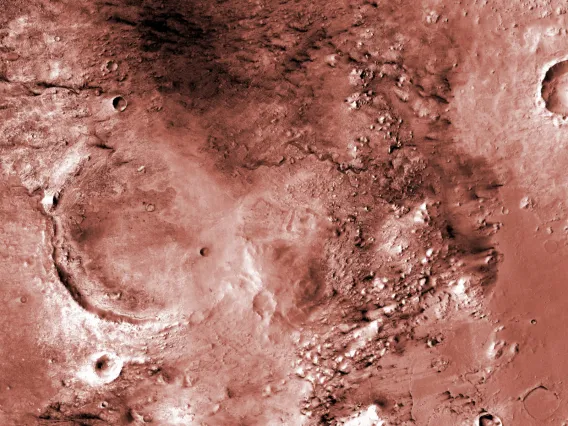
Planetary Surfaces
Planetary Surfaces
×Planetary surfaces are influenced by their interior processes (e.g. volcanoes), exterior effects (e.g. impact cratering) and their atmospheres (e.g. wind and rain) and so can be incredibly informative when it comes to figuring out a planet’s history. The decade from the mid-1960s to mid-1970s saw the exploration of much of the inner solar system with the photography of surfaces of the Moon (including its unseen far-side), Mercury and Mars. LPL’s previous work on telescopic mapping of the lunar surface had left it well prepared to play leading roles in most of these missions and the interpretation of the data they returned. In the following decades, LPL continued contributing to the study of planetary surfaces around the solar system with cameras aboard the Mars Pathfinder mission, the Huygens lander on Saturn’s moon Titan and the operation of the Phoenix lander on Mars. The study of these surfaces has also grown in sophistication and now includes analysis of surface composition from remote spacecraft as well as analysis of returned samples here in the laboratory.
Today at Mars, LPL is operating the HiRISE camera aboard Mars Reconnaissance Orbiter, which takes higher resolution images than any camera to fly on a planetary mission. LPL was home to the VIMS instrument on the Cassini spacecraft, which took images in hundreds of different colors to allow the composition of the target to be determined. LPL faculty also have ongoing involvement in numerous other instruments and missions investigating planetary surfaces.
Planetary Surfaces Group Meetings
 TAPIR
TAPIRTerrestrial And Planetary Investigations and Reconnaissance (TAPIR)
TAPIR research themes include debris-covered glaciers, terrestrial glaciers and ice sheets, Mars polar studies, and geophysical instrumentation techniques.
Planetary Surfaces Faculty

Jeffrey Andrews-Hanna
Professor
Lunar Studies, Planetary Geophysics, Planetary Surfaces, Titan & Outer Solar System
Erik Asphaug
Professor
Lunar Studies, Planetary Analogs, Planetary Geophysics, Planetary Surfaces, Small Bodies, Theoretical Astrophysics, Titan & Outer Solar System
Veronica Bray
Associate Research Professor
Lunar Studies, Planetary Analogs, Planetary Surfaces
Shane Byrne
Professor
Astrobiology, Photogrammetry, Planetary Analogs, Planetary Geophysics, Planetary Surfaces, Titan & Outer Solar System
Lynn Carter
Associate Department Head, Professor, University Distinguished Scholar
Earth, Lunar Studies, Planetary Analogs, Planetary Geophysics, Planetary Surfaces, Titan & Outer Solar System
Dani Mendoza DellaGiustina
Assistant Professor, Deputy Principal Investigator, OSIRIS-REx, Principal Investigator, OSIRIS-APEX
Earth, Photogrammetry, Planetary Analogs, Planetary Geophysics, Planetary Surfaces, Small Bodies
Caitlin Griffith
Professor Emeritus
Astrobiology, Exoplanets, Planetary Astronomy, Planetary Atmospheres, Planetary Formation and Evolution, Planetary Surfaces, Titan & Outer Solar System
Virginia Gulick
Research Professor
Astrobiology, Planetary Analogs, Planetary Surfaces
Christopher Hamilton
Associate Professor
Astrobiology, Earth, Lunar Studies, Photogrammetry, Planetary Analogs, Planetary Geophysics, Planetary Surfaces
Jack Holt
Professor, EDO Director
Earth, Planetary Analogs, Planetary Geophysics, Planetary Surfaces
Alfred McEwen
Regents Professor
Astrobiology, Lunar Studies, Photogrammetry, Planetary Analogs, Planetary Geophysics, Planetary Surfaces
Stefano Nerozzi
Assistant Research Professor
Earth, Planetary Analogs, Planetary Geophysics, Planetary Surfaces
Vishnu Reddy
Professor
Cosmochemistry, Planetary Astronomy, Planetary Surfaces, Small Bodies, Space Situational AwarenessPlanetary Surfaces Researchers

Roberto Aguilar
PTYS Graduate Student
Photogrammetry, Planetary Surfaces
Namya Baijal
PTYS Graduate Student
Planetary Geophysics, Planetary Surfaces, Small Bodies
Brett Carr
Researcher/Scientist
Earth, Lunar Studies, Photogrammetry, Planetary Analogs, Planetary Surfaces
Rishi Chandra
PTYS Graduate Student
Earth, Lunar Studies, Planetary Analogs, Planetary Geophysics, Planetary Surfaces, Small Bodies
Matthew Chojnacki
DCC Associate Research (McEwen)
Photogrammetry, Planetary Surfaces, Small Bodies
Claire Cook
PTYS Graduate Student
Photogrammetry, Planetary Analogs, Planetary Geophysics, Planetary Surfaces, Titan & Outer Solar System
Michael Daniel
PTYS Graduate Student
Earth, Planetary Surfaces
Ruby Fulford
PTYS Graduate Student
Astrobiology, Planetary Geophysics, Planetary Surfaces, Small Bodies, Titan & Outer Solar System
Gabriel Gowman
PTYS Graduate Student
Planetary Surfaces
Nathan Hadland
PTYS Graduate Student
Astrobiology, Earth, Planetary Analogs, Planetary Surfaces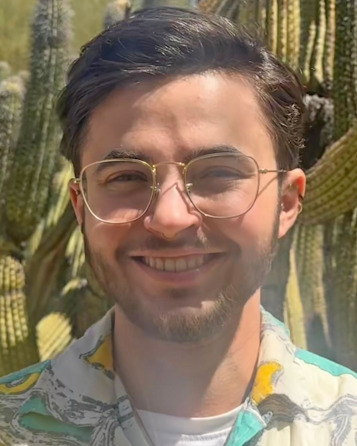
Orion Hon
PTYS Graduate Student
Planetary Surfaces
Rowan Huang
PTYS Graduate Student
Photogrammetry, Planetary Surfaces
Rocio Jacobo Bojorquez
PTYS Graduate Student
Planetary Surfaces
Erich Karkoschka
Research Scientist/Senior Staff Scientist
Planetary Astronomy, Planetary Atmospheres, Planetary Surfaces, Titan & Outer Solar System
Euibin Kim
PTYS Graduate Student
Photogrammetry, Planetary Formation and Evolution, Planetary Surfaces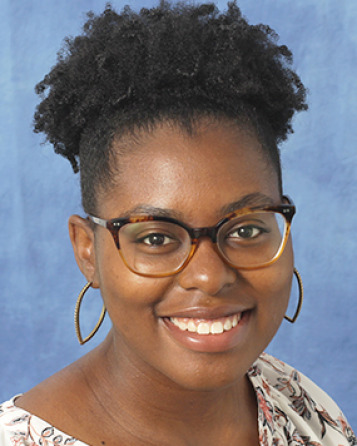
Kiana McFadden
PTYS Graduate Student
Planetary Surfaces, Small Bodies
Thea McKenna
PTYS Graduate Student
Planetary Atmospheres, Planetary Surfaces
Cole Meyer
PTYS Graduate Student
Planetary Atmospheres, Planetary Surfaces, Solar and Heliospheric Research
Samantha Moruzzi
PTYS Graduate Student
Planetary Analogs, Planetary Geophysics, Planetary Surfaces, Titan & Outer Solar System
Michael Phillips
Researcher/Scientist
Astrobiology, Photogrammetry, Planetary Analogs, Planetary Surfaces
Andrew Ryan
Researcher/Scientist, OSIRIS-REx
Planetary Surfaces
Stephen Schwartz
DCC Associate Staff Scientist (Asphaug)
Orbital Dynamics, Planetary Astronomy, Planetary Surfaces, Small Bodies, Space Situational Awareness
Christina Singh
PTYS Graduate Student
Astrobiology, Photogrammetry, Planetary Analogs, Planetary Surfaces
Sarah Sutton
Photogrammetry Program Lead, HiRISE, Researcher/Scientist
Earth, Lunar Studies, Photogrammetry, Planetary Analogs, Planetary Surfaces, Small Bodies
Wesley Tucker
Postdoctoral Research Associate
Planetary Analogs, Planetary Geophysics, Planetary Surfaces, Titan & Outer Solar System
Robin Van Auken
PTYS Graduate Student
Planetary Formation and Evolution, Planetary SurfacesPlanetary Surfaces Support Staff

Singleton Papendick
Science Operations Engineer, HiRISE
Earth, Planetary Surfaces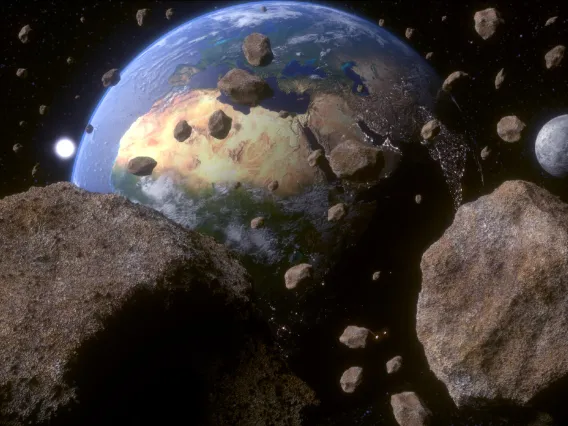
Small Bodies
Small Bodies
×LPL has long been a leader in researching the small bodies of the solar system. Active research includes:
- Two world-renowned groundbased asteroid survey programs: SPACEWATCH®, directed by Dr. Melissa Brucker, claims a number of firsts in hunting for small bodies, many related to being the first to use CCD-scanning routinely; and Catalina Sky Survey, under the direction of Carson Fuls, has led the world in asteroid discoveries each year since 2005.
- The first American asteroid sample-return mission. OSIRIS-REx, with Professor Dante Lauretta as the Principal Investigator, was launched in 2016, arrived at asteroid Bennu in 2018, began its return to Earth in 2021, and is on track for Fall 2023 delivery.
- The OSIRIS-APEX mission, led by Assistant Professor Dani DellaGiustina, will reprise the discoveries of the OSIRIS-REx spacecraft at a second asteroid, Apophis.
- Several groups active in meteorite research, led by professors Jessica Barnes, Pierre Haenecour, Dante Lauretta, and Tom Zega.
- Research into the orbital evolution of the main asteroid belt and the Kuiper Belt, led by Regents Professor Renu Malhotra.
- LPL also has a long history of comet research, which continues with new and ongoing studies by Professor Walter Harris and Professor Emeritus Uwe Fink.
 Catalina Sky Survey
Catalina Sky Survey SPACEWATCH®
SPACEWATCH® OSIRIS-REx
OSIRIS-REx OSIRIS-APEX
OSIRIS-APEXSmall Bodies Faculty

Erik Asphaug
Professor
Lunar Studies, Planetary Analogs, Planetary Geophysics, Planetary Surfaces, Small Bodies, Theoretical Astrophysics, Titan & Outer Solar System
William Boynton
Professor Emeritus
Astrobiology, Cosmochemistry, Lunar Studies, Small Bodies
Dani Mendoza DellaGiustina
Assistant Professor, Deputy Principal Investigator, OSIRIS-REx, Principal Investigator, OSIRIS-APEX
Earth, Photogrammetry, Planetary Analogs, Planetary Geophysics, Planetary Surfaces, Small Bodies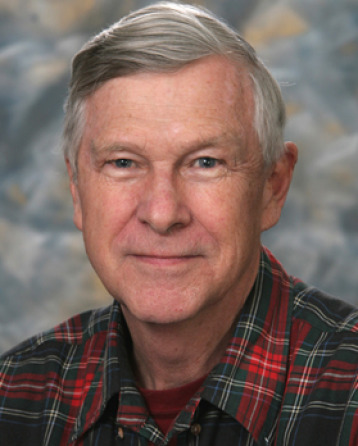
Uwe Fink
Professor Emeritus
Small Bodies
Pierre Haenecour
Assistant Professor
Astrobiology, Cosmochemistry, Planetary Astronomy, Small Bodies
Walter Harris
Professor
Planetary Astronomy, Planetary Atmospheres, Small Bodies, Solar and Heliospheric Research
Ellen Howell
Research Professor
Small Bodies
Dante Lauretta
Director, Arizona Astrobiology Center, Principal Investigator, OSIRIS-REx, Regents Professor
Astrobiology, Cosmochemistry, Small Bodies
Renu Malhotra
Louise Foucar Marshall Science Research Professor, Regents Professor
Astrobiology, Exoplanets, Orbital Dynamics, Planetary Formation and Evolution, Small Bodies, Theoretical Astrophysics
Angela Marusiak
Assistant Research Professor
Lunar Studies, Planetary Analogs, Planetary Geophysics, Small Bodies, Titan & Outer Solar System
Robert (Bob) McMillan
Research Professor (Retired)
Asteroid Surveys, Planetary Astronomy, Small Bodies
Michael Nolan
Deputy Principal Investigator, OSIRIS-APEX, Research Professor
Small Bodies
Vishnu Reddy
Professor
Cosmochemistry, Planetary Astronomy, Planetary Surfaces, Small Bodies, Space Situational Awareness
Timothy Swindle
Professor Emeritus
Cosmochemistry, Lunar Studies, Small Bodies, Theoretical Astrophysics
Tom Zega
Professor
Astrobiology, Cosmochemistry, Small BodiesSmall Bodies Researchers

Namya Baijal
PTYS Graduate Student
Planetary Geophysics, Planetary Surfaces, Small Bodies
Adam Battle
R&D Software Engineer, SPACE 4 Center
Asteroid Surveys, Small Bodies, Space Situational Awareness
Jacob Bernal
DCC Postdoctoral Research Associate (Zega), NSF Postdoctoral Fellow
Astrobiology, Cosmochemistry, Small Bodies
Melissa Brucker
Principal Investigator, Spacewatch, Research Scientist
Asteroid Surveys, Small Bodies
David Cantillo
PTYS Graduate Student
Astrobiology, Small Bodies, Space Situational Awareness
Rishi Chandra
PTYS Graduate Student
Earth, Lunar Studies, Planetary Analogs, Planetary Geophysics, Planetary Surfaces, Small Bodies
Laura Chaves
Postdoctoral Research Associate
Cosmochemistry, Small Bodies
Matthew Chojnacki
DCC Associate Research (McEwen)
Photogrammetry, Planetary Surfaces, Small Bodies
Jason Corliss
Research Scientist/Senior Staff Scientist
Planetary Astronomy, Planetary Atmospheres, Small Bodies, Solar and Heliospheric Research
Samuel Crossley
Researcher/Scientist
Cosmochemistry, Planetary Analogs, Planetary Formation and Evolution, Small Bodies
Ruby Fulford
PTYS Graduate Student
Astrobiology, Planetary Geophysics, Planetary Surfaces, Small Bodies, Titan & Outer Solar System
Carson Fuls
Director, Catalina Sky Survey, PTYS Graduate Student
Asteroid Surveys, Small Bodies
Dathon Golish
Mission Instrument and Observation Scientist
Photogrammetry, Small Bodies
Devin Hoover
PTYS Graduate Student
Small Bodies
Kana Ishimaru
PTYS Graduate Student
Cosmochemistry, Small Bodies
Steve Larson
Research Scientist/Senior Staff Scientist
Asteroid Surveys, Small Bodies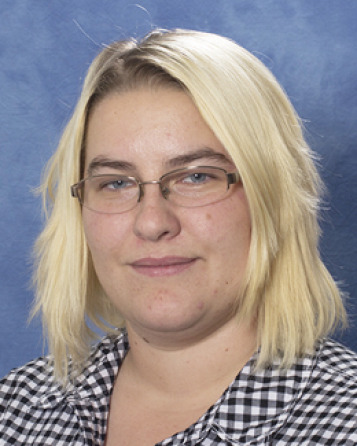
Cassandra Lejoly
Research Scientist/Observer, Spacewatch
Small Bodies
Kiana McFadden
PTYS Graduate Student
Planetary Surfaces, Small Bodies
Robert Melikyan
PTYS Graduate Student
Orbital Dynamics, Small Bodies
Samuel Myers
PTYS Graduate Student
Small Bodies
Stephen Schwartz
DCC Associate Staff Scientist (Asphaug)
Orbital Dynamics, Planetary Astronomy, Planetary Surfaces, Small Bodies, Space Situational Awareness
Sarah Sutton
Photogrammetry Program Lead, HiRISE, Researcher/Scientist
Earth, Lunar Studies, Photogrammetry, Planetary Analogs, Planetary Surfaces, Small BodiesSmall Bodies Support Staff

Dolores Hill
Research Specialist, Senior
Cosmochemistry, Small Bodies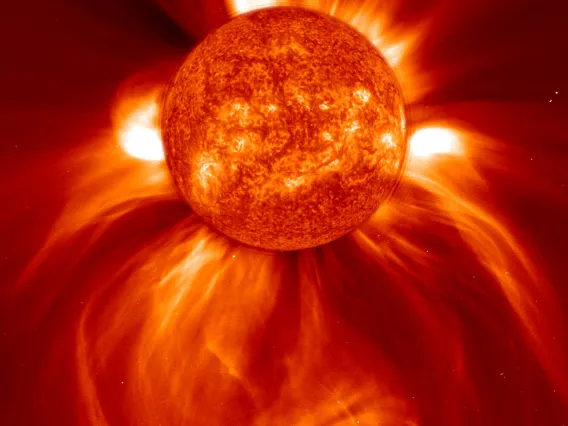
Solar & Heliospheric
Solar and Heliospheric Research
×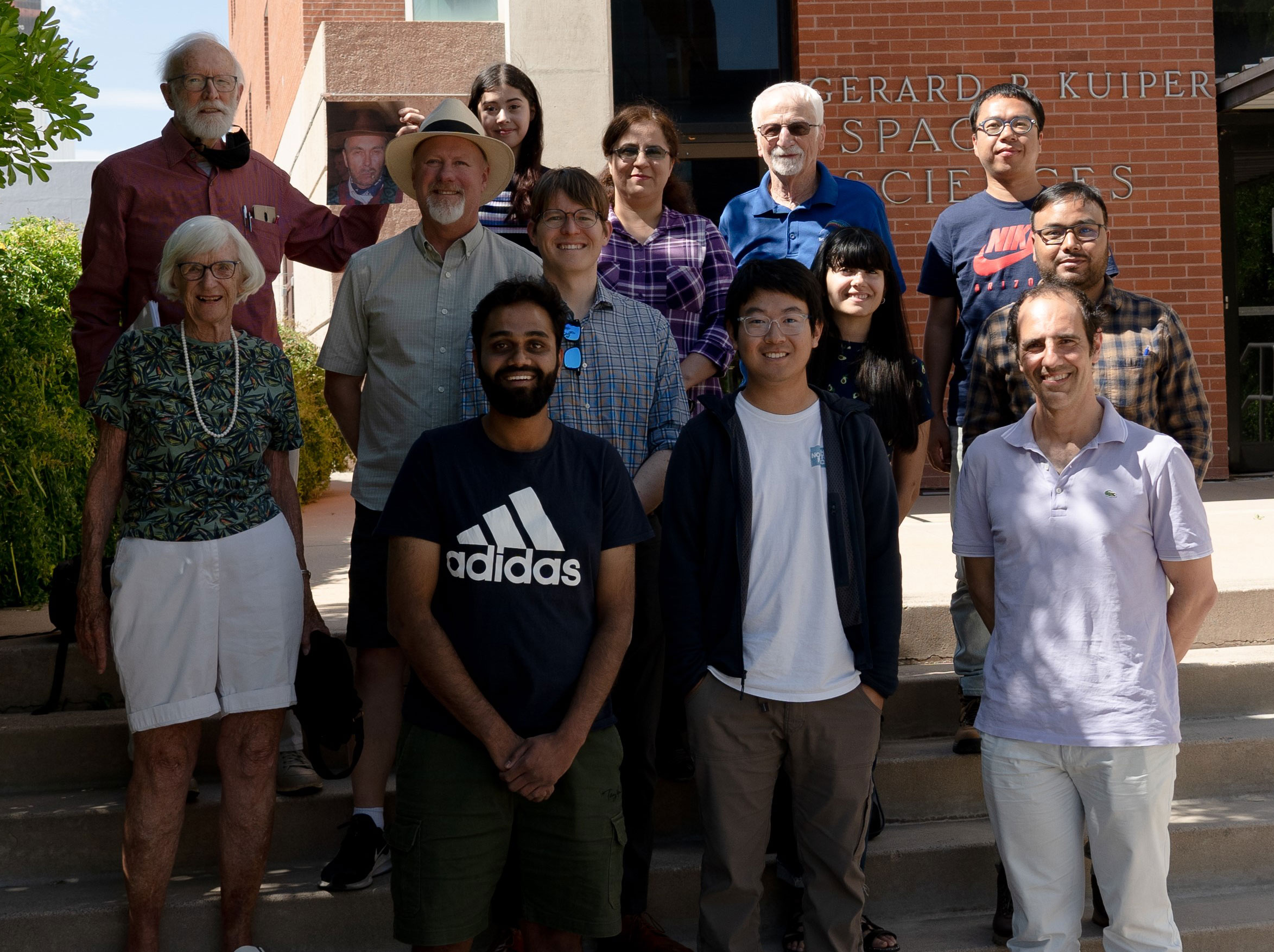 Heliophysics Research Group
Heliophysics Research GroupSolar and Heliospheric Research Group
The Lunar and Planetary Laboratory has had a long history studying the Sun’s atmosphere and magnetic field as it moves outward at supersonic speeds throughout the solar system until it encounters the local interstellar medium. The region of the interstellar space near the Sun that is ‘carved out’ by the solar wind is known as the Heliosphere. Current LPL researchers study many different aspects of the Heliosphere, including how it affects the transport of galactic cosmic rays within the solar system, as well as the acceleration and transport of high-energy solar particles, both of which comprise the space radiation environment. LPL researchers have had significant involvement in the Voyager spacecraft missions which are currently exploring the boundaries of the Heliosphere, as well as involvement with other spacecraft missions aimed at studying the Sun and solar wind, such as the Advanced Composition Explorer and Ulysses, and also in the "mission to touch the Sun," Parker Solar Probe.
Solar & Heliospheric Faculty

Joe Giacalone
Professor
Solar and Heliospheric Research, Theoretical Astrophysics
Walter Harris
Professor
Planetary Astronomy, Planetary Atmospheres, Small Bodies, Solar and Heliospheric Research
Kristopher Klein
Associate Professor
Solar and Heliospheric Research, Theoretical Astrophysics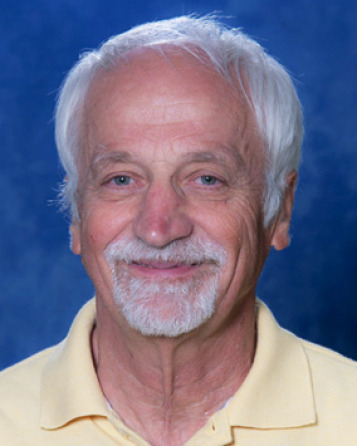
Jozsef Kota
Senior Research Scientist (Retired)
Solar and Heliospheric Research, Theoretical AstrophysicsSolar & Heliospheric Researchers

Jason Corliss
Research Scientist/Senior Staff Scientist
Planetary Astronomy, Planetary Atmospheres, Small Bodies, Solar and Heliospheric Research
Mark Giampapa
DCC Visiting Research Scholar (Giacalone)
Solar and Heliospheric Research
Jack Harvey
DCC Visiting Research Scholar (Giacalone)
Solar and Heliospheric Research
John Leibacher
DCC Visiting Research Scholar (Giacalone)
Solar and Heliospheric Research
Mihailo Martinović
Researcher/Scientist
Solar and Heliospheric Research
Cole Meyer
PTYS Graduate Student
Planetary Atmospheres, Planetary Surfaces, Solar and Heliospheric Research
Ashraf Moradi
Postdoctoral Research Associate
Solar and Heliospheric Research
Marcia Neugebauer
DCC Visiting Research Scientist (Giacalone)
Solar and Heliospheric Research
Tyler Reese
PTYS Graduate Student
Planetary Atmospheres, Solar and Heliospheric Research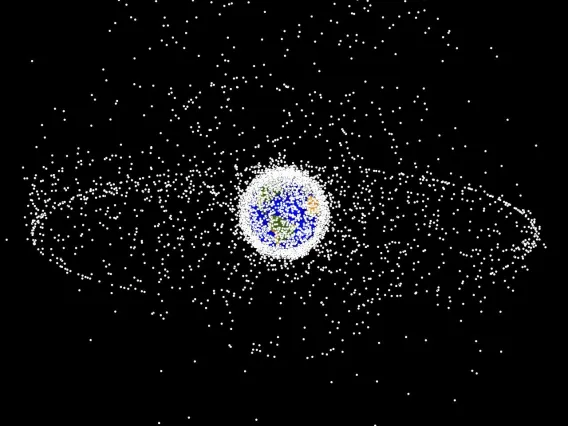
Space Situational Awareness
Space Situational Awareness
×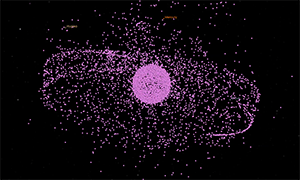 Reddy Research Group
Reddy Research GroupOrbital space around our Earth is congested, contested and competitive. Our research group is actively working to ensure sustainable management of this valuable resource for future generations. Our spectroscopy lab is capable of characterizing space material under space-like conditions so we can better interpret spectral properties of objects in Earth orbit and uniquely identify them. We have a dedicated telescope for collecting visible wavelength spectral data (0.35-1.0 µm) of space objects. Undergraduate engineering students built the RAPTORS telescope that will enable us to characterize objects in geostationary belt.
Projects related to small bodies include characterization of near-Earth asteroids for planetary defense, asteroid-meteorite link, rapid recovery of meteorites using radar and ground-based support for spacecraft missions. Space surveillance topics of interest include daytime imaging, telescopic and laboratory spectral characterization of space materials, sensor tasking, and cyber infrastructure for big data.
Space Situational Awareness Faculty

Vishnu Reddy
Professor
Cosmochemistry, Planetary Astronomy, Planetary Surfaces, Small Bodies, Space Situational AwarenessSpace Situational Awareness Researchers

Adam Battle
R&D Software Engineer, SPACE 4 Center
Asteroid Surveys, Small Bodies, Space Situational Awareness
David Cantillo
PTYS Graduate Student
Astrobiology, Small Bodies, Space Situational Awareness
Stephen Schwartz
DCC Associate Staff Scientist (Asphaug)
Orbital Dynamics, Planetary Astronomy, Planetary Surfaces, Small Bodies, Space Situational Awareness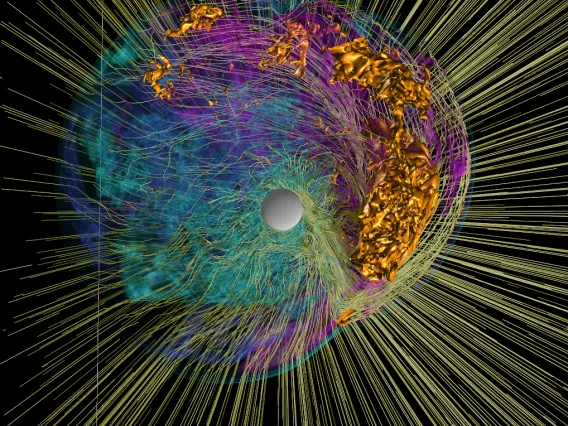
Theoretical Astrophysics
Theoretical Astrophysics
×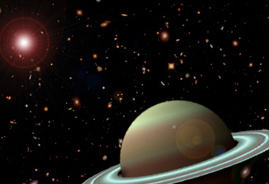 Theoretical Astrophysics Program
Theoretical Astrophysics ProgramTheoretical Astrophysics Program
In 1985, the University of Arizona consolidated its traditional and long-standing strength in astronomy and planetary sciences through an interdisciplinary program in theoretical astrophysics that includes the departments of Physics, Astronomy, Planetary Sciences (LPL), and Applied Mathematics Departments, as well as the National Optical Astronomy Observatory. The Theoretical Astrophysics Program (TAP) administers a Monday colloquium series, graduate student research and recruitment prizes, a postdoctoral fellowship, and a visitor program.
Theoretical Astrophysics Faculty

Erik Asphaug
Professor
Lunar Studies, Planetary Analogs, Planetary Geophysics, Planetary Surfaces, Small Bodies, Theoretical Astrophysics, Titan & Outer Solar System
Joe Giacalone
Professor
Solar and Heliospheric Research, Theoretical Astrophysics
William Hubbard
Professor Emeritus
Exoplanets, Planetary Atmospheres, Planetary Formation and Evolution, Theoretical Astrophysics, Titan & Outer Solar System
Kristopher Klein
Associate Professor
Solar and Heliospheric Research, Theoretical Astrophysics
Jozsef Kota
Senior Research Scientist (Retired)
Solar and Heliospheric Research, Theoretical Astrophysics
Renu Malhotra
Louise Foucar Marshall Science Research Professor, Regents Professor
Astrobiology, Exoplanets, Orbital Dynamics, Planetary Formation and Evolution, Small Bodies, Theoretical Astrophysics
Isamu Matsuyama
Professor
Astrobiology, Exoplanets, Lunar Studies, Planetary Formation and Evolution, Planetary Geophysics, Theoretical Astrophysics, Titan & Outer Solar System
Sukrit Ranjan
Assistant Professor
Astrobiology, Earth, Exoplanets, Planetary Atmospheres, Planetary Formation and Evolution, Theoretical Astrophysics
Timothy Swindle
Professor Emeritus
Cosmochemistry, Lunar Studies, Small Bodies, Theoretical AstrophysicsTheoretical Astrophysics Researchers

Feng Long
Postdoctoral Research Associate, Sagan Fellow
Planetary Formation and Evolution, Theoretical Astrophysics
Fuda Nguyen
PTYS Graduate Student
Exoplanets, Planetary Atmospheres, Planetary Formation and Evolution, Theoretical Astrophysics
Anna Taylor
PTYS Graduate Student
Exoplanets, Planetary Atmospheres, Theoretical Astrophysics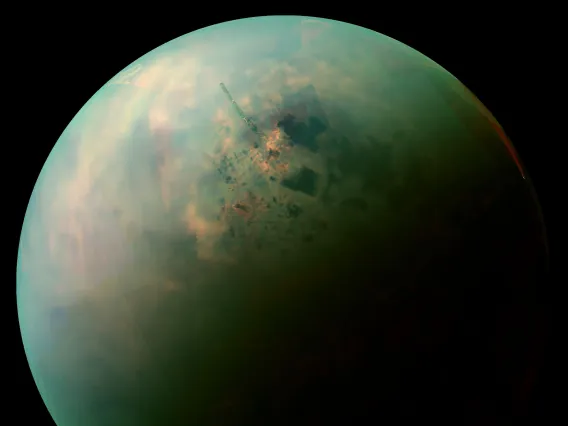
Titan & Outer Solar System
Titan & Outer Solar System
×Titan Media
Tour of Titan from Cassini-VIMS: 30 Years of Exploration
Video by Cassini VIMS team
The Cassini/VIMS team, based at LPL, has created an unparalleled map of Titan, which is a culmination of nearly 3 decades of effort by a diverse team of dedicated people. Custom mapping software sewed together the best Titan data collected during over 100 flybys of Saturn’s largest moon, and months of detailed adjustments to lighting and mosaic seams produced the most complete hyperspectral map of Titan in existence. This video commemorates our achievements—technical and artistic - and conveys in some small way the emotions felt by the group of dedicated people who worked on VIMS and Cassini-Huygens. This mission is a human achievement of the highest order, and for those who worked on it, pride in the mission will stay with us the rest of our lives.Download (720P, 158MB) (1080P, 425MB)
Additional Videos
- Approaching Titan a Billion Times Closer (24.2 MB)
- The View from Huygens on January 14, 2005 (44.5MB)
- The Descent Imager/Spectral Radiometer During the Descent of Huygens onto Titan on January 14, 2005 (39.1 MB)
- Read the Full Description
Titan & Outer Solar System Faculty

Jeffrey Andrews-Hanna
Professor
Lunar Studies, Planetary Geophysics, Planetary Surfaces, Titan & Outer Solar System
Erik Asphaug
Professor
Lunar Studies, Planetary Analogs, Planetary Geophysics, Planetary Surfaces, Small Bodies, Theoretical Astrophysics, Titan & Outer Solar System
Shane Byrne
Professor
Astrobiology, Photogrammetry, Planetary Analogs, Planetary Geophysics, Planetary Surfaces, Titan & Outer Solar System
Lynn Carter
Associate Department Head, Professor, University Distinguished Scholar
Earth, Lunar Studies, Planetary Analogs, Planetary Geophysics, Planetary Surfaces, Titan & Outer Solar System
Caitlin Griffith
Professor Emeritus
Astrobiology, Exoplanets, Planetary Astronomy, Planetary Atmospheres, Planetary Formation and Evolution, Planetary Surfaces, Titan & Outer Solar System
William Hubbard
Professor Emeritus
Exoplanets, Planetary Atmospheres, Planetary Formation and Evolution, Theoretical Astrophysics, Titan & Outer Solar System
Tommi Koskinen
Associate Department Head, Associate Professor
Exoplanets, Planetary Atmospheres, Planetary Formation and Evolution, Titan & Outer Solar System
Angela Marusiak
Assistant Research Professor
Lunar Studies, Planetary Analogs, Planetary Geophysics, Small Bodies, Titan & Outer Solar System
Isamu Matsuyama
Professor
Astrobiology, Exoplanets, Lunar Studies, Planetary Formation and Evolution, Planetary Geophysics, Theoretical Astrophysics, Titan & Outer Solar System
Roger Yelle
Professor
Astrobiology, Exoplanets, Planetary Atmospheres, Titan & Outer Solar SystemTitan & Outer Solar System Researchers

Claire Cook
PTYS Graduate Student
Photogrammetry, Planetary Analogs, Planetary Geophysics, Planetary Surfaces, Titan & Outer Solar System
Ruby Fulford
PTYS Graduate Student
Astrobiology, Planetary Geophysics, Planetary Surfaces, Small Bodies, Titan & Outer Solar System
Erich Karkoschka
Research Scientist/Senior Staff Scientist
Planetary Astronomy, Planetary Atmospheres, Planetary Surfaces, Titan & Outer Solar System
Samantha Moruzzi
PTYS Graduate Student
Planetary Analogs, Planetary Geophysics, Planetary Surfaces, Titan & Outer Solar System
Wesley Tucker
Postdoctoral Research Associate
Planetary Analogs, Planetary Geophysics, Planetary Surfaces, Titan & Outer Solar System
